I have travelled with these 4 guests many times over the last 8 years. We have had so much fun exploring all over Zambia, large parts of Botswana but this was my first adventure into East Africa with them. We had initially planned for only the Tanzania part of the safari, but the option to add Amboseli in the hope of spending time with some of the super-tuskers was too tempting.
We spent a total of 24 days together – with well-placed overnights in Nairobi and Arusha to allow for some rest – split between Tawi Lodge, Tortilis Camp, The Highlands Camp, Olakira Migration Camp and Namiri Plains. We put in long hours, early starts and experienced dust storms, rain and mud along the way, but the results were well-worth it: great experiences in nature and some of the best photographic opportunities that I have enjoyed anywhere. It was a pleasure throughout. What follows is a camp-by-camp summary of the trip, with albums to go with it. Thank you for taking the time to read through.
Even better, take a bit of time to explore the websites of my guests; it’s so rewarding to me to see the quality of their images, taken in challenging circumstances. Photos by Phox has already loaded some images and I know that Don & Kathy will be adding theirs soon.
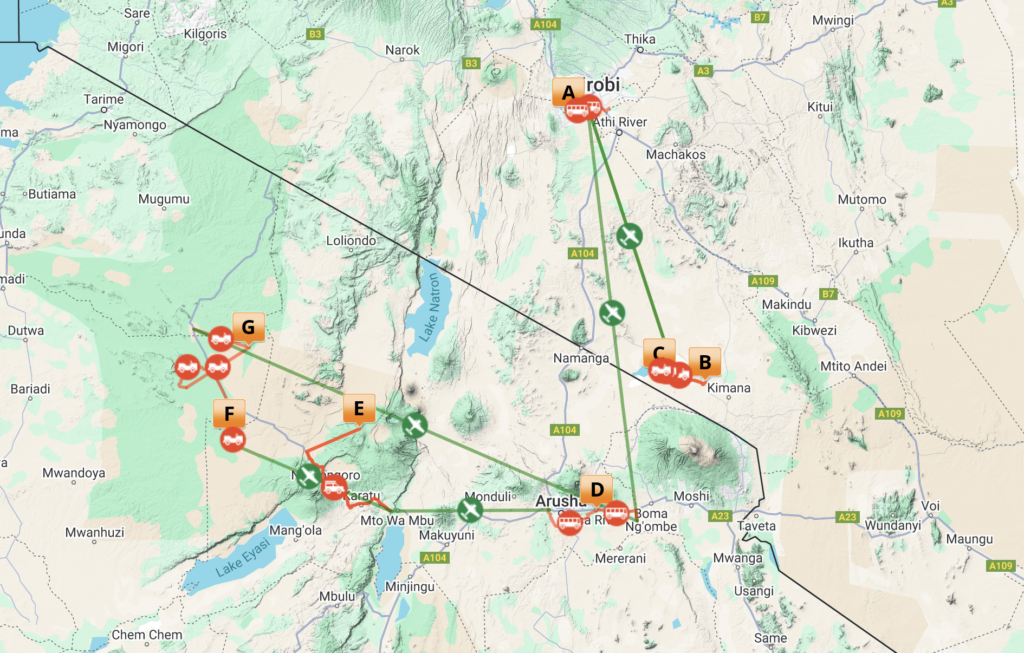
We started at Tawi Lodge a beautiful and well appointed lodge on the eastern edge of Amboseli National Park. It is in a private conservancy, allowing off-road driving and controlled access by other vehicles. From the lodge gardens, we had superb views of Kilimanjaro, good fortune that was to continue almost every day that we were in the area.
We had chosen Tawi Lodge because Craig — one of the remaining super-tuskers — often spends time in the conservancies around the eastern side of the park, and we hoped that we would be able to find him. While he is an old elephant (53 years in 2025) and is largely slowing down, he is free to roam widely and has been known to reach as far as Tsavo NP in recent years. In another stroke of good fortune, we were able to find him and spend time with him every time that we went to look!
Having built up to this moment for a long time, it still far exceeded expectations when we finally caught sight of him for the first time. It wasn’t a great view, because he was resting in the shade of an acacia tree, but his tusks were emerging from the side of the bush and reflected the afternoon sunlight. Tusks that reach to the ground is, sadly, a feature of elephants now mostly seen in the history books. To see an elephant that bears huge ivories, as they are supposed to grow, is a huge privilege. He is an extraordinary elephant, totally unconcerned with the movements of vehicles around him, but we were fortunate that there were few others around when we were there. During our time with him, we watched him use those massive tusks to strip trees, to dig in the ground and as a stand to rest his head when snoozing in the shade of a tree!
We spent two mornings and two afternoons with him; with such extended time, we could sit and watch, observe his character and enjoy his presence, and then switch into photographic mode when good opportunities presented. It was fantastic. On some occasions, we focused on close ups of him and at other times, when the surroundings were appropriate, we moved back to present him in his environment, including against Africa’s famous snow-capped mountain.
For the rest of our time at Tawi Lodge, we explored the eastern part of the Amboseli NP. Even at this quieter time of the year, the park was busy so we tried to find quieter areas and wait for things to unfold. Getting great images of wildlife under the ceiling of Kilimanjaro is not straightforward, so we focused on suitable scenarios and put in the time. One magic evening, we were also lucky to see caracal as well left the park, brilliantly spotted by Tom our guide from the camp.
The second half of our time in Amboseli was spent on the western side, at Tortilis Camp. We were hosted brilliantly by the team there and, again, guided well by Joseph. We had chosen to spend time in this area to explore the massive dry lake bed across which herds of elephants and other game travel as part of their daily foraging. The afternoon that we arrived, we drove to the top of a nearby hill and observed the dry lake bed in the distance; soon after, the heavens opened and we enjoyed a short but intense rain shower. By the following morning, the lake bed was no longer visible and had become…..a lake!
There wasn’t much chance of it drying up before we left, so we turned our attention to other things; almost immediately we found a cheetah female with her 4 cubs! They had just killed a gazelle and were finishing up the remains; when the rain returned, we had a chance to create images of the cubs playing in the mud while the mother kept watch nearby.
The following day, when it had dried out, we were able to reach the grassland on the edge of the lake bed. Large elephant herds were moving across the plain towards us, and this allowed us to create great images, as well as enjoying a memorable experience. Stormy skies are optimal for this kind of photography which is another benefit of avoiding the peak season where it’s usually dry and clear.
After an overnight in Arusha, we journeyed on to the Highlands Camp, on the flank of Olmoti Crater north of the more famous Ngorongoro Crater. I had chosen this location because the group wanted to visit the Ngorongoro crater, but I wanted us to escape the busy area in the evening after the safari. I also wanted to see more of the high-altitude grasslands that surround the craters. It turned out to be a wonderful balance – we could visit the crater in the daytime, enjoying that special place with its unique setting, but return to a quiet, peaceful and beautiful location in the evenings. We also had a chance to drive through grassland where Masai live in their traditional way tending goats, sheep and cattle.
The Ngorongoro Crater is an interesting destination for safari, and is beautiful it its own right, but the raised roads, restrictive timings and weight of visitors makes it unsuitable for serious photographic safaris. We enjoyed the views, took some photos along the lake shore, observed black rhinos in the distance and knew that we had more prime safari locations ahead of us.
A short flight took us to Ndutu, a famous conservation area to the south of the Serengeti NP. This area is the calving ground of hundreds-of-thousands of wildebeest in January each year and attracts a sizeable population of visitors to match. Once the herds have moved on, the short-grass plains are left with the resident antelope and gazelles, a few straggling wildebeest, and the standard number of resident predators. While there is much less for the predators to eat, this sometimes works in favour of photographers who can predict which of the remaining prey might be a target.
We arrived on the morning after a significant rainfall the night before. We could see from the air that the roads were flooded and the plains were glistening with the reflection of sunlight off the static water lying on the grass. I wondered about how access would be, but I need not have worried. The water soon started to dissipate and by the following morning, we were able to explore everywhere that we wanted to reach.
This area is special for flamingos along the lakeshore, lions, cheetah, lovebirds and beautiful woodlands along the lake. Caracal are spotted sometimes and serval are regular sightings. We focused on the targets that were special to the area — lovebirds, general birding, lions, flamingos and serval. We knew that we would see a lot more cheetah at our final camp.
It turned out to be a very productive 3 days; great flamingos, a congregation of lions on top of a mound making a lion cake, a coalition of 3 cheetah, lovebirds and excellent serval sightings.
The camp is well set up, allowing us early departures in the morning with a packed breakfast and flexible lunchtimes if we arrived back late. We were rarely up late in the evenings so early dinners were also very welcome!
Our final camp was the unparalleled Namiri Plains. We had booked a Retreat (a family house of sorts) which is entirely self-contained with a private chef, housekeeper and private guide. It was superb. We launched each day from the track just behind the Retreat, we could take our mealtimes whenever suited the group and we were able to keep entirely to our own schedule. The team from Namiri looked after us very well, including understanding that we are not a normal group and we wanted to maximise our safari time (rather than stop for bush breakfasts!) I am very grateful to them, and especially to Emmy, Patena and Emmanuel who took great care of us. I will be back at Olakira and Namiri in March 2026 and I am already looking ahead with anticipation!
A week in one camp is quite a long time. But in the eastern Serengeti it is barely enough. There is so much going on to keep photographers busy that the time flies past; each day we had to choose between following cheetahs which were hunting, or waiting for lions to emerge from caves with their tiny cubs, or watching as serval hunted rodents in the grass. In the week, we saw more than 20 different cheetah (many of them several times) nearly 50 lions, 7 serval, 2 African wildcats and much more besides. We watched as a cheetah and her daughter dragged down a baby wildebeest, captured the moment when a lioness killed an owl which was roosting near her cubs and sat on the edge of a storm while lions climbed a rocky kopje and scouted for prey. One morning, while watching lions approach us, 3 cheetahs popped up out of the grass alongside our vehicle! It was extraordinary throughout.
I would return here in a heartbeat and the group which I was guiding are considering a 2-week visit to Namiri Plains in the near future…..
This trip was a pleasure. It’s always a privilege to welcome back repeat guests and a vote of confidence that I do not take lightly. We were rewarded for our long hours with some of my best safari memories and I can’t wait to return to this area in the coming years.
Thank you for reading to the end; if you want to see a daily blog, including videos of behind the scenes, please visit the Highlights section of my Instagram page.
If you think you’d enjoy the northern Tanzanian wildlife, I’m running trips to this region again in 2026 (currently full but I might arrange another) and 2027 (2 spaces available). Find out more here.

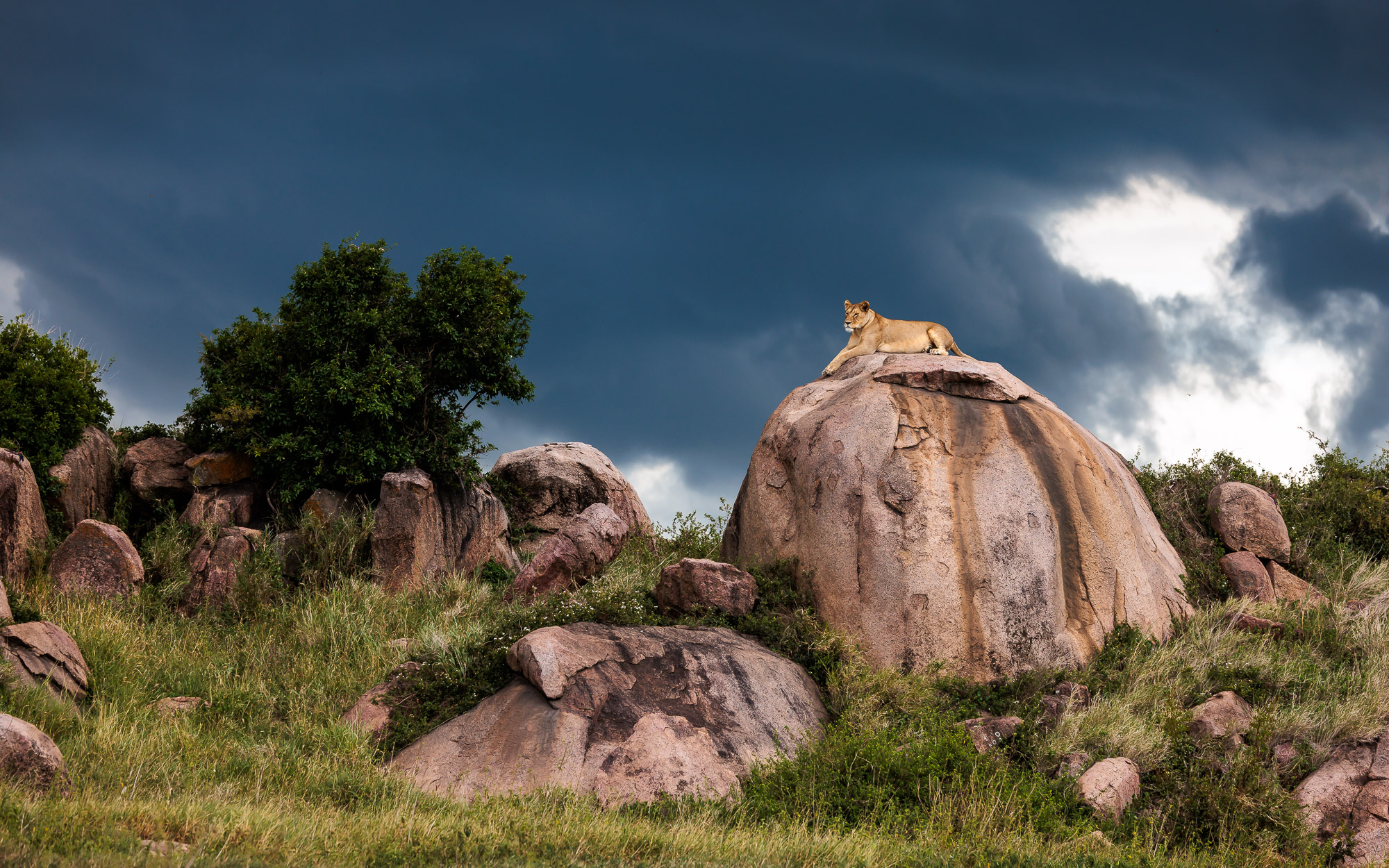
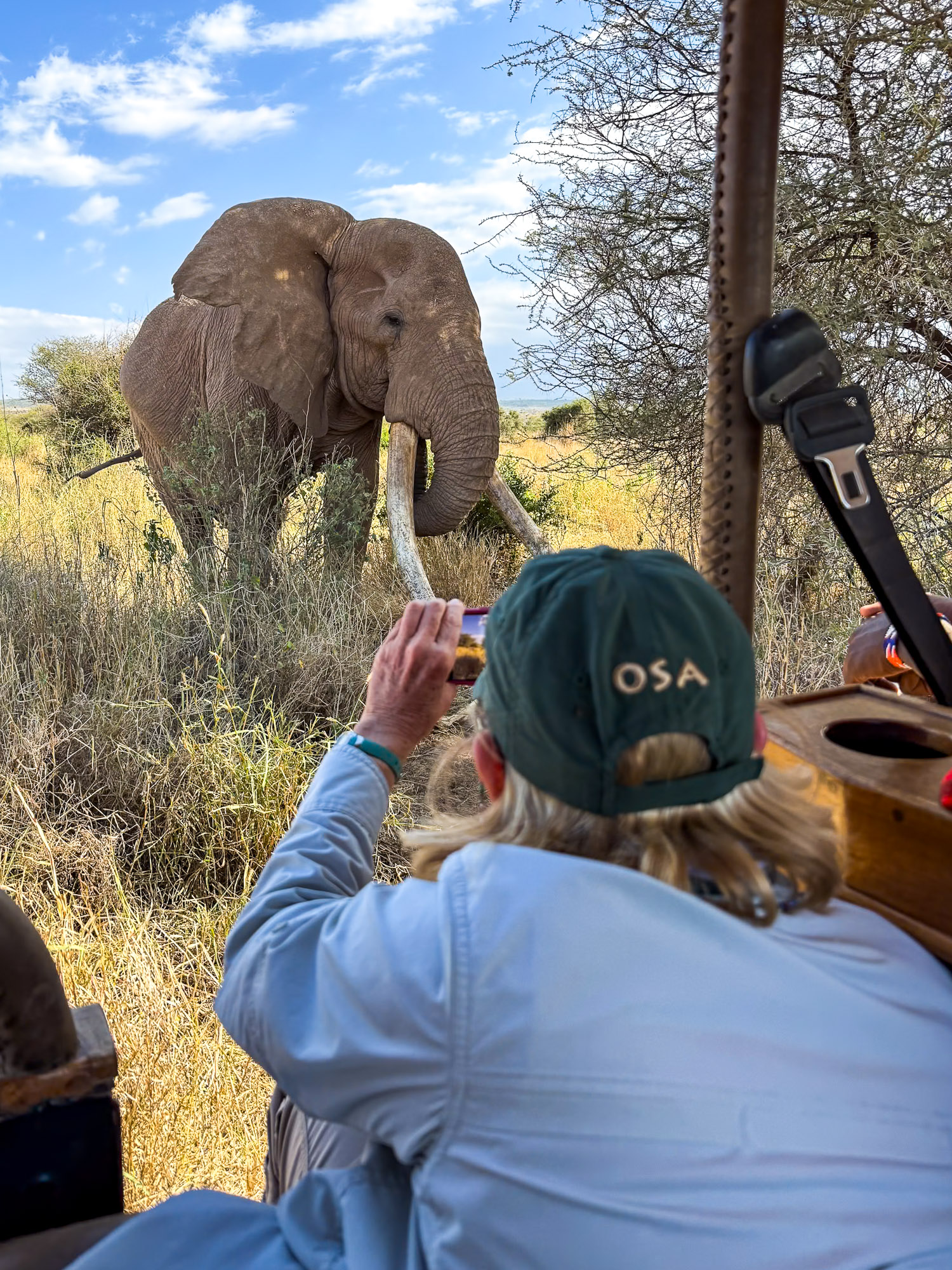
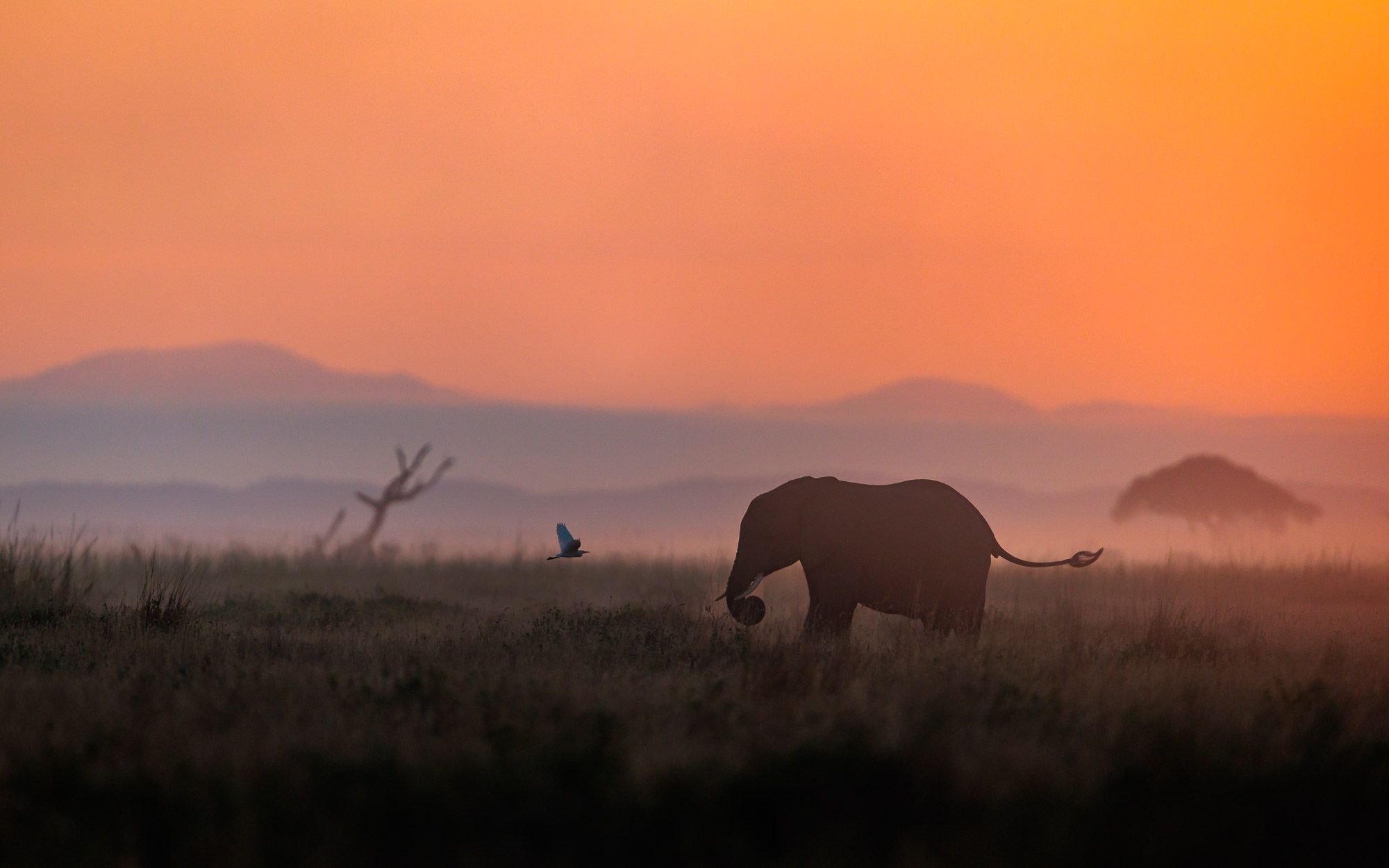
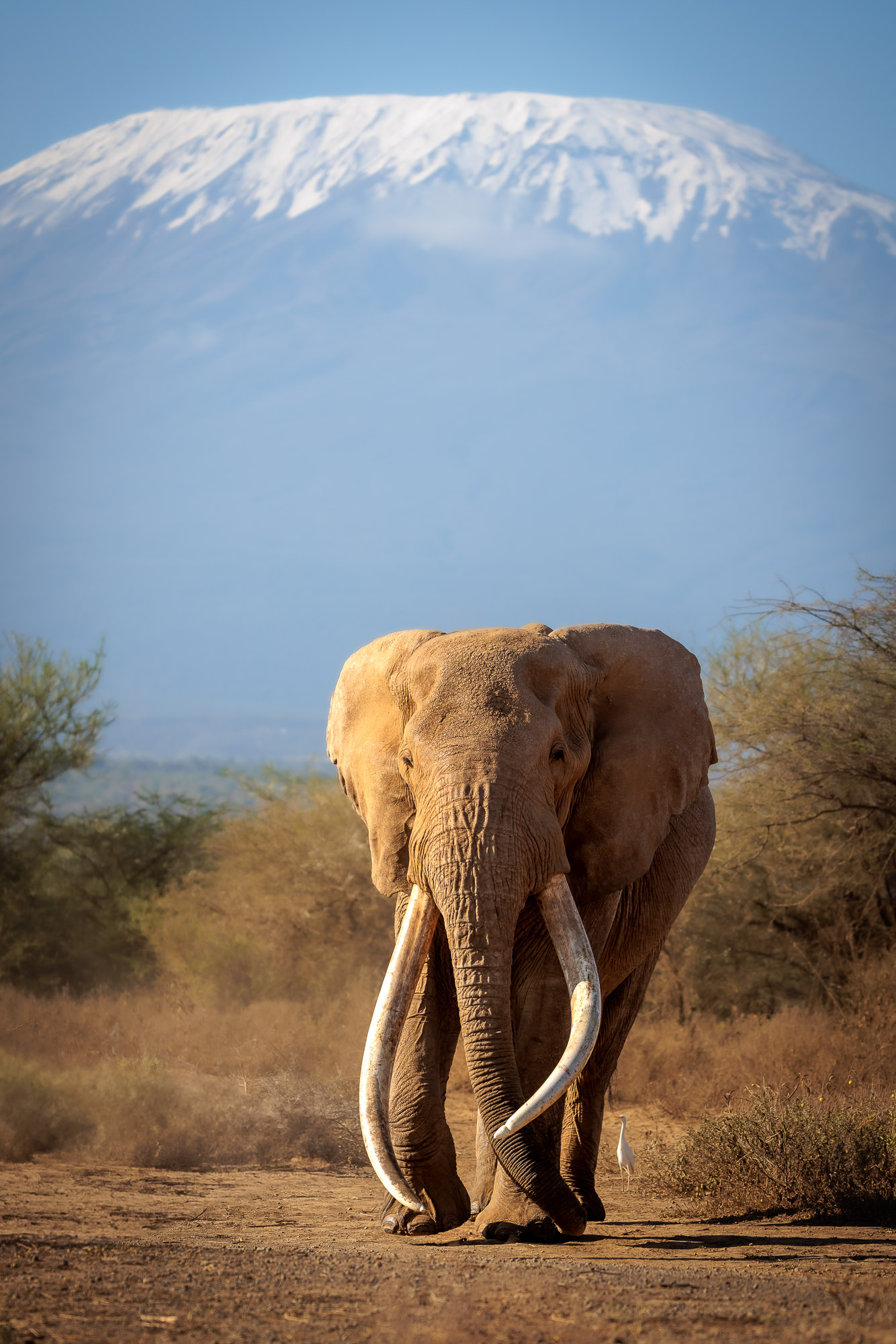

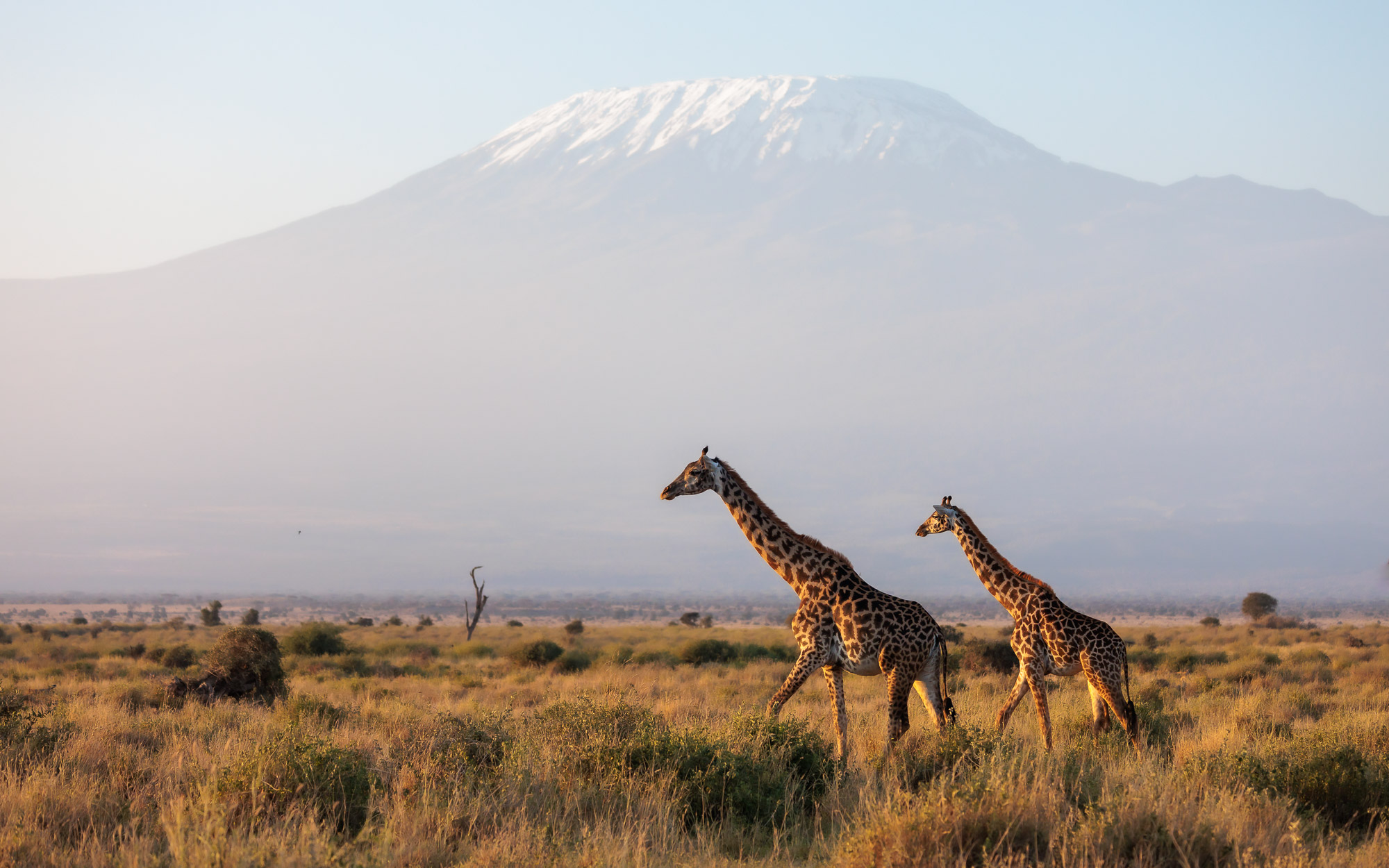
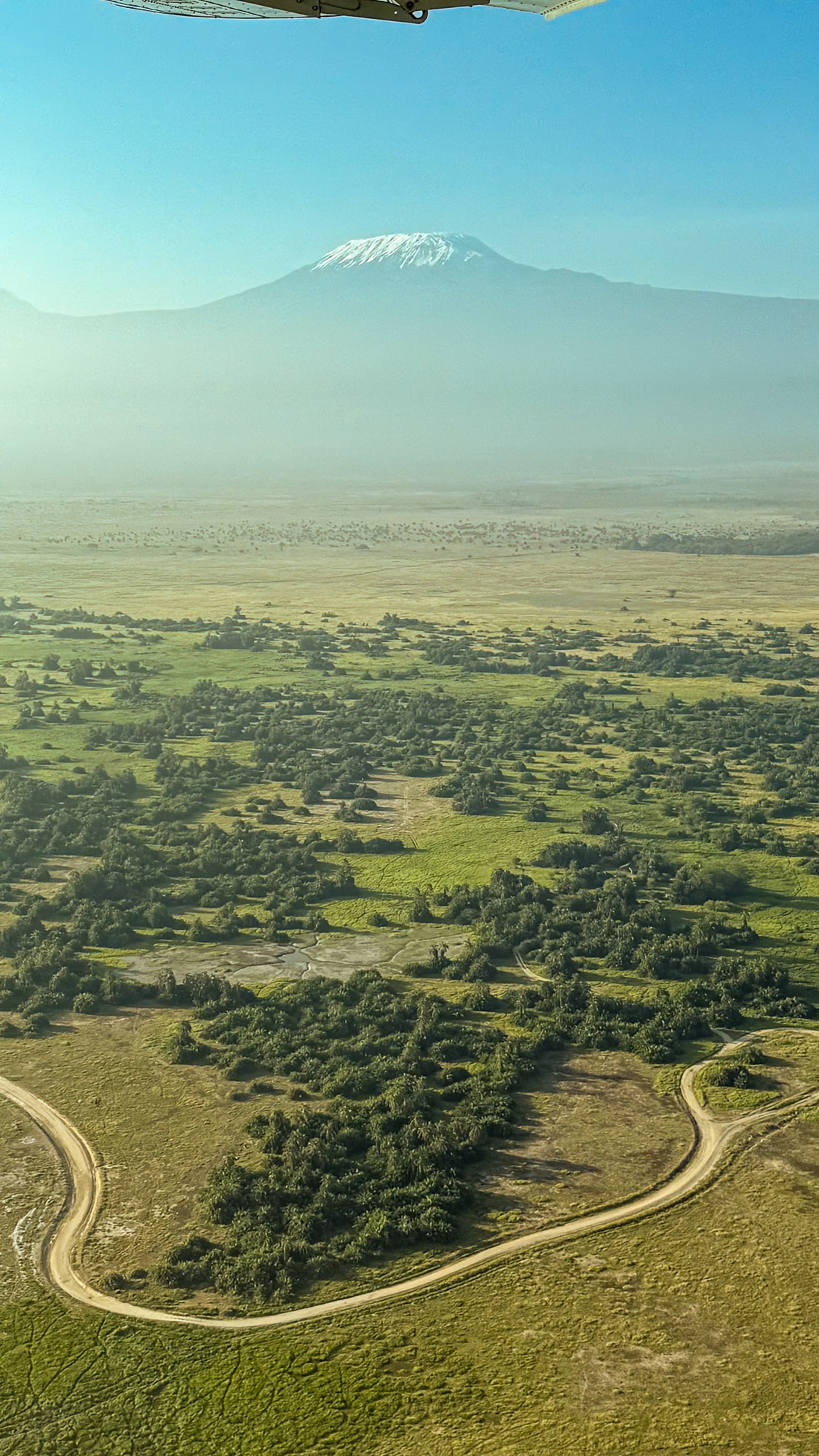
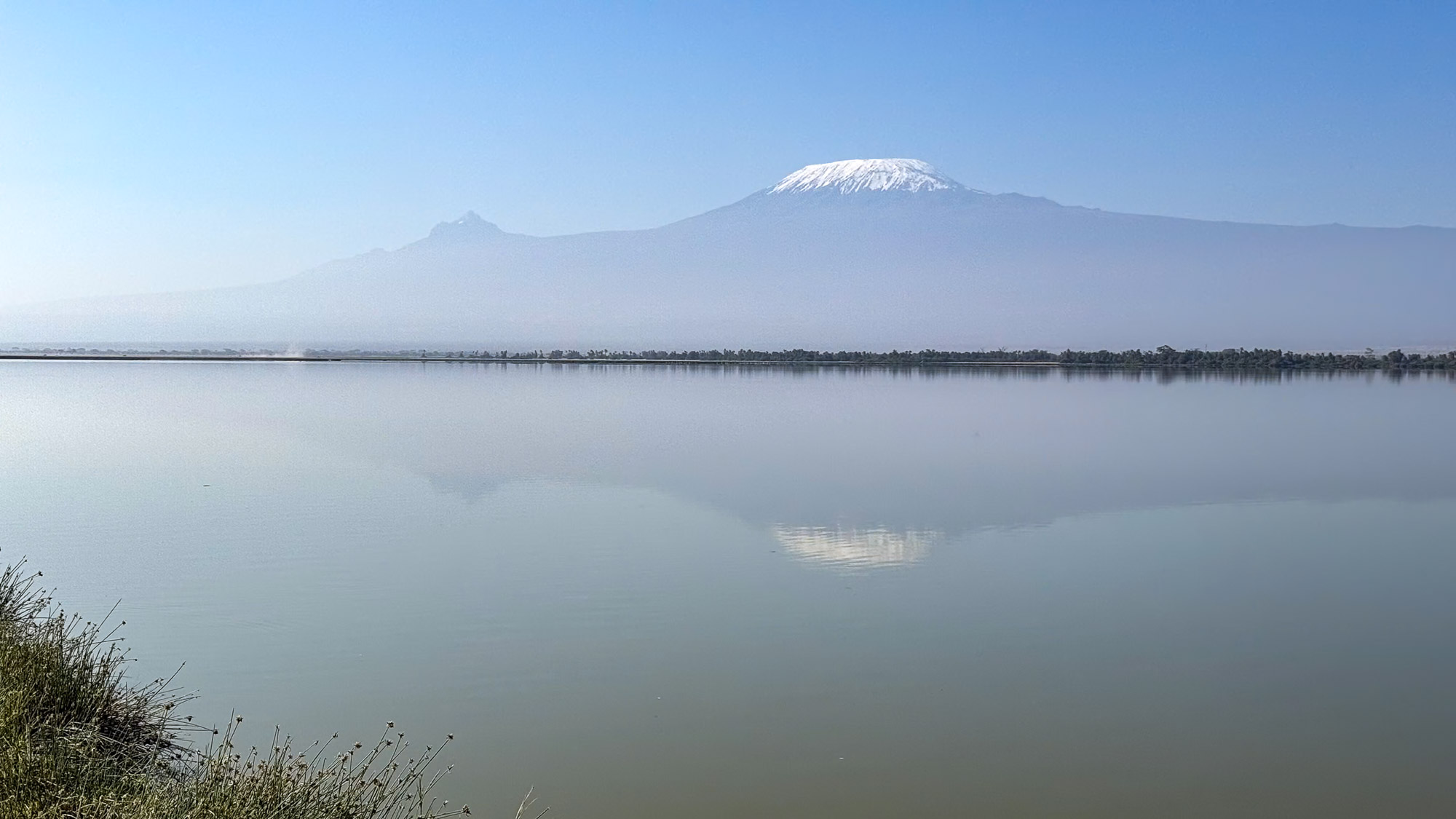

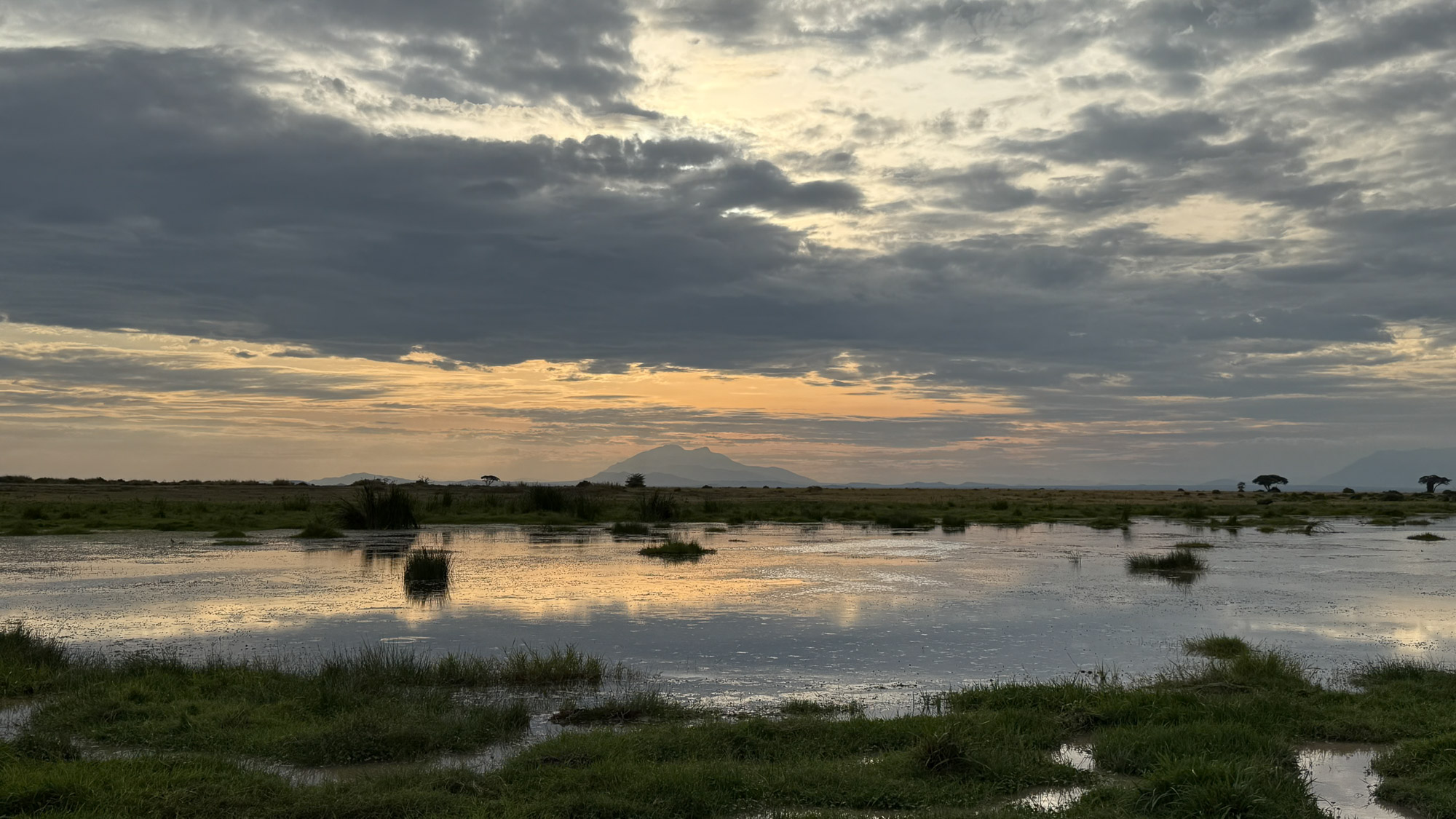
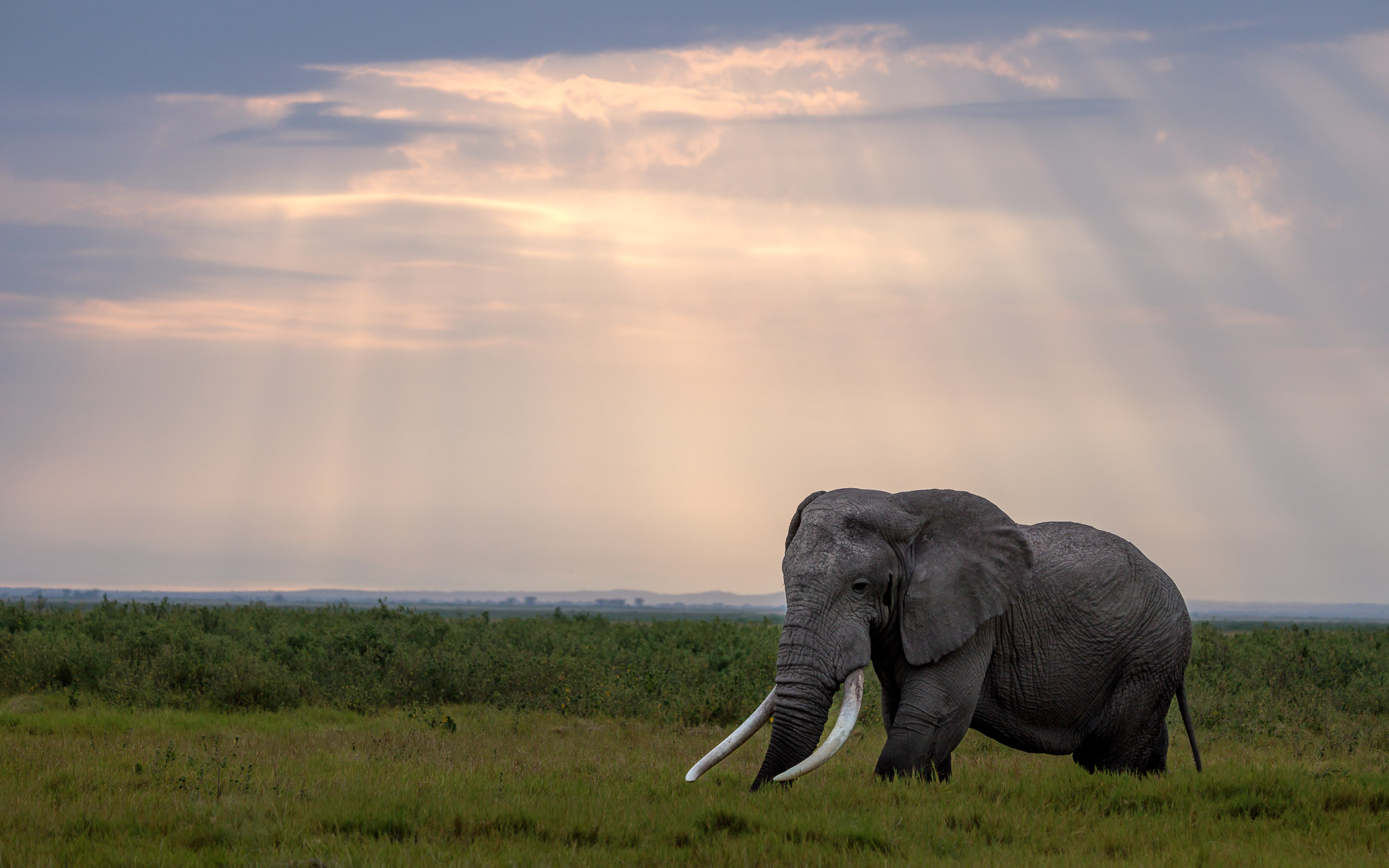
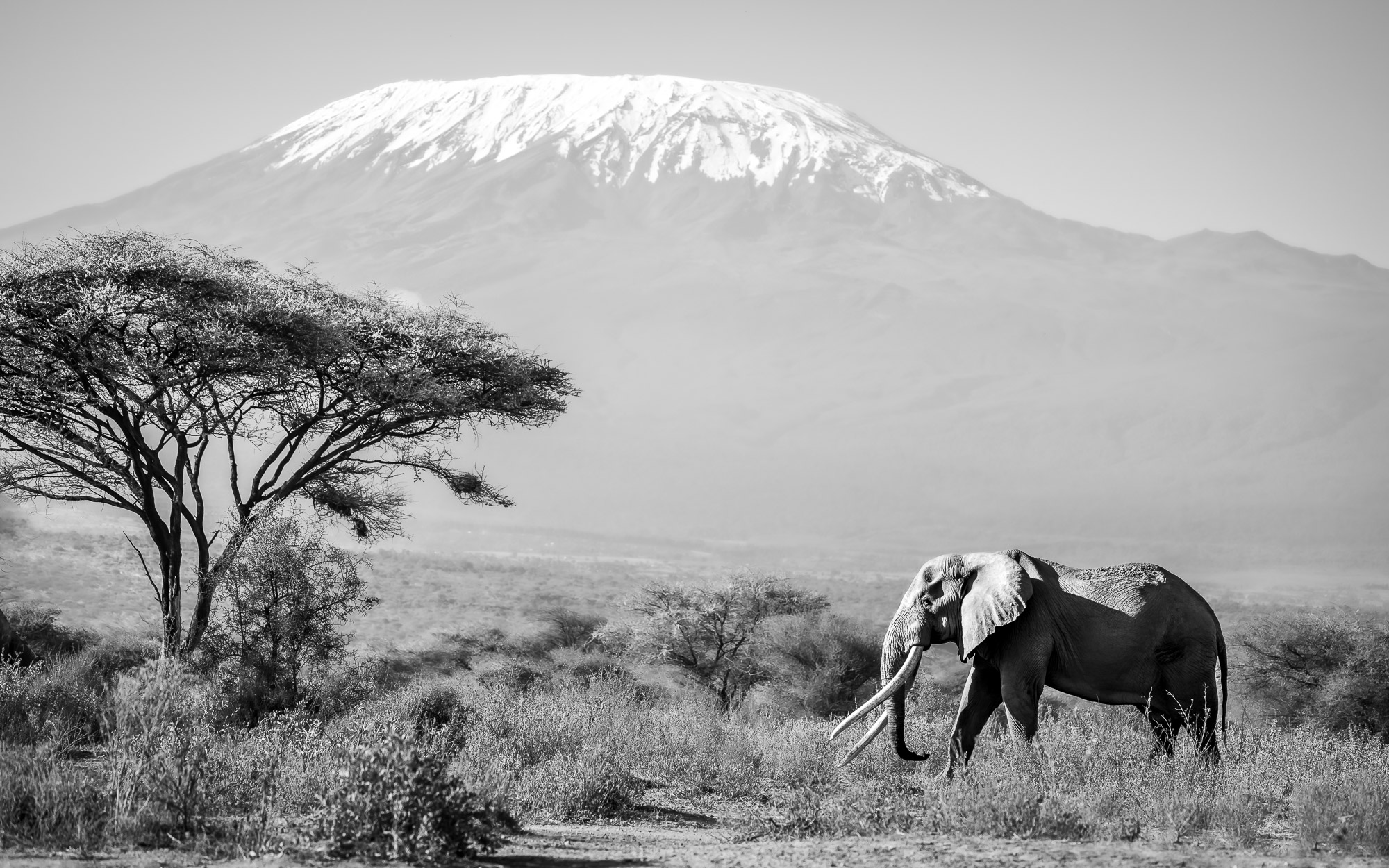
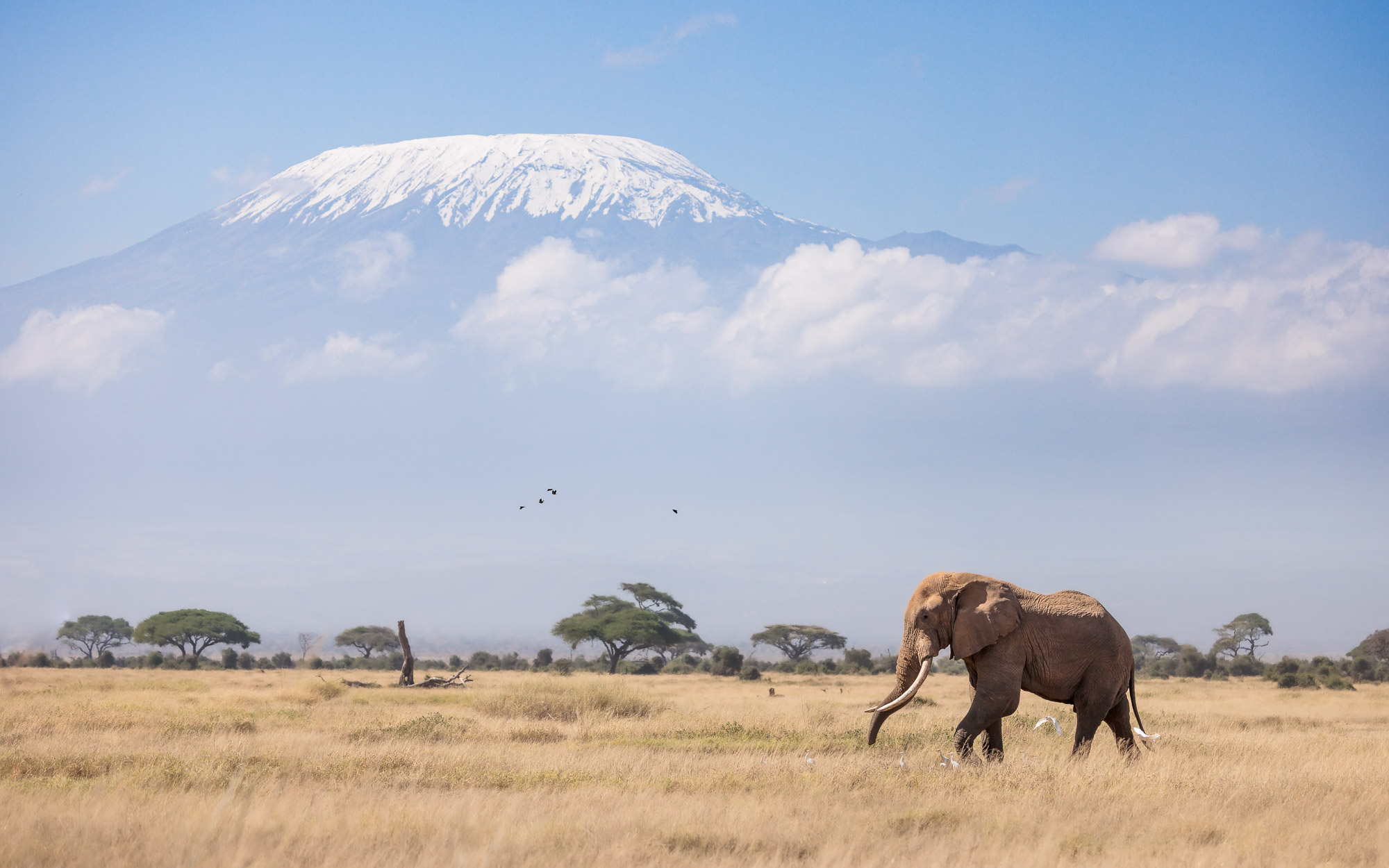
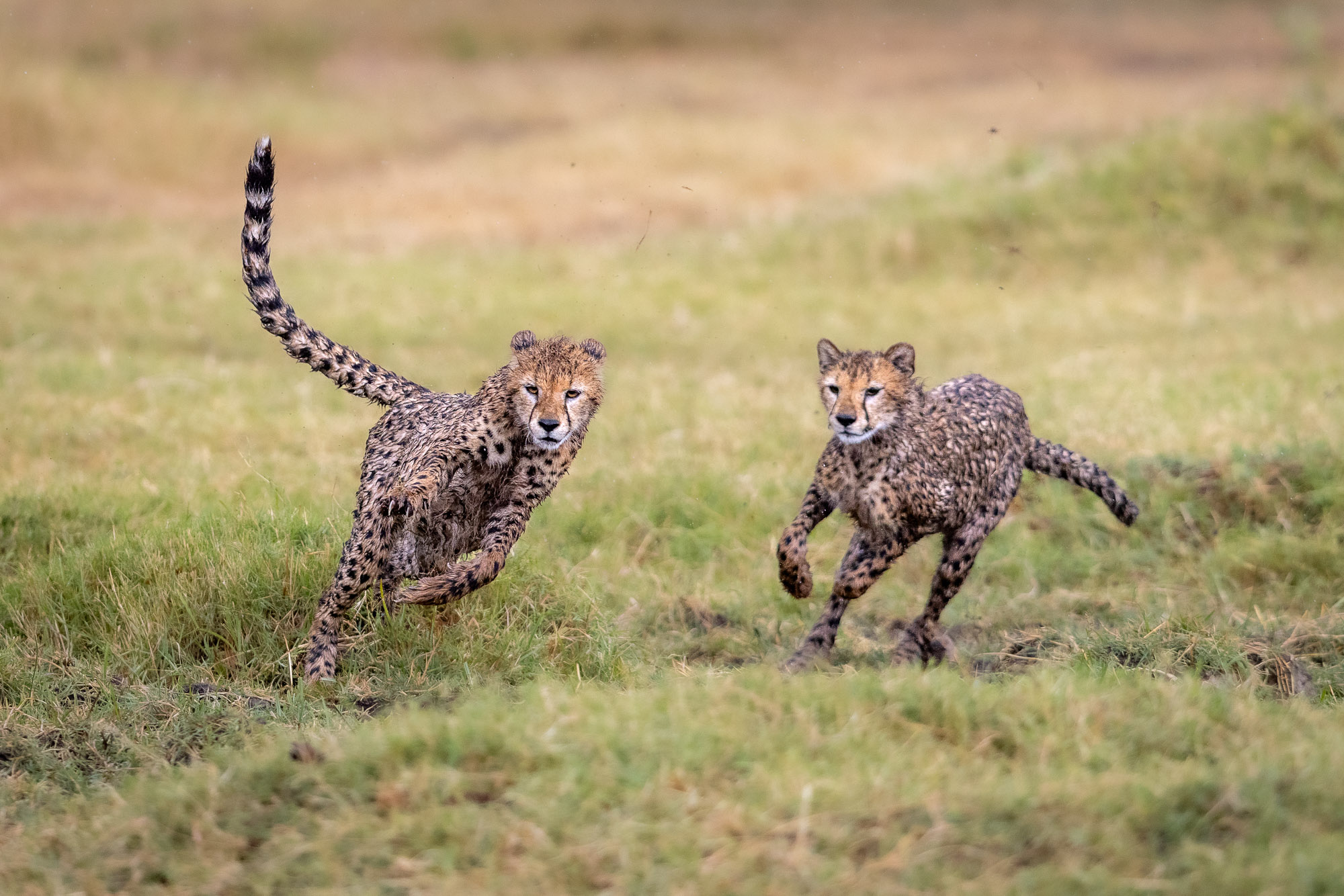
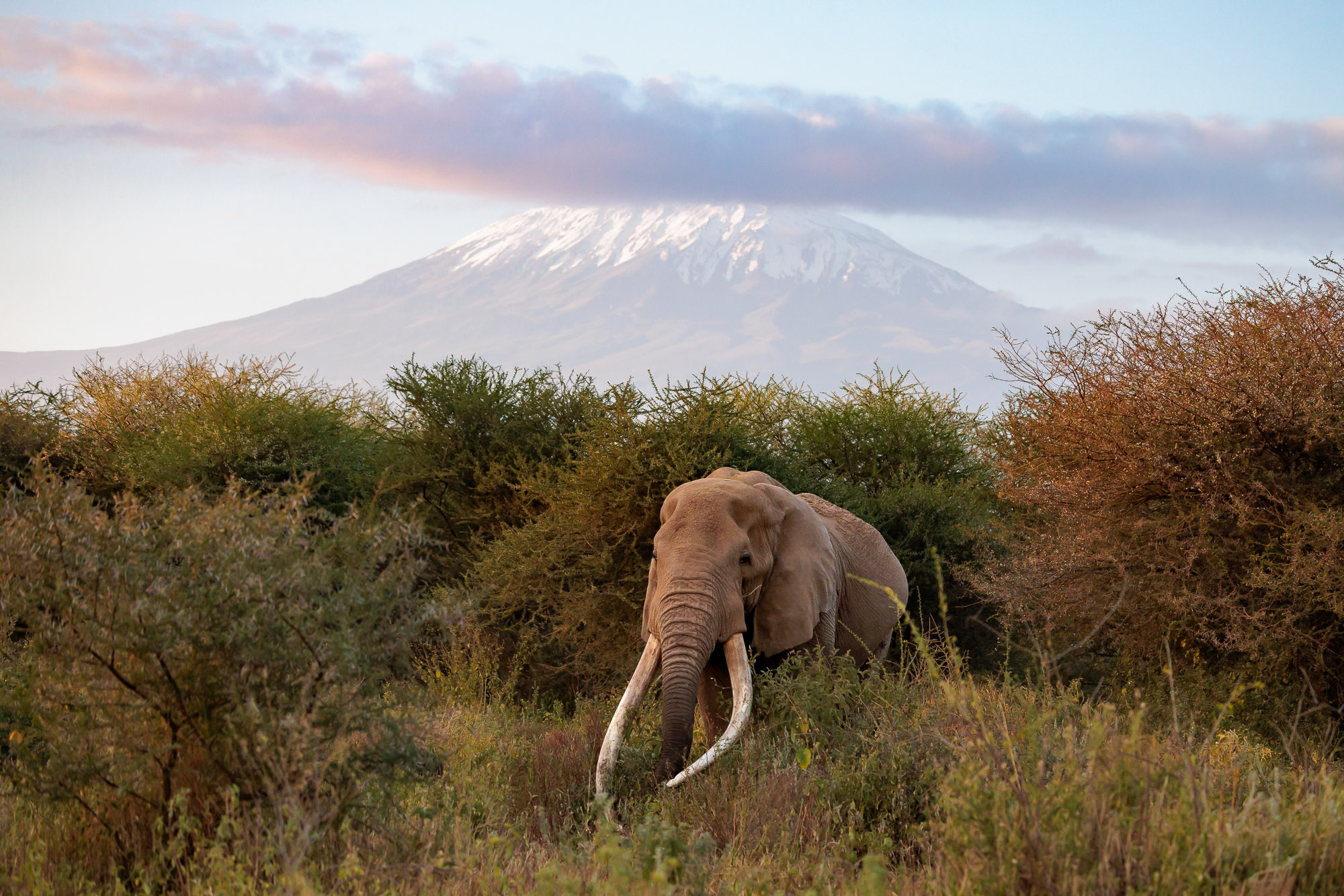
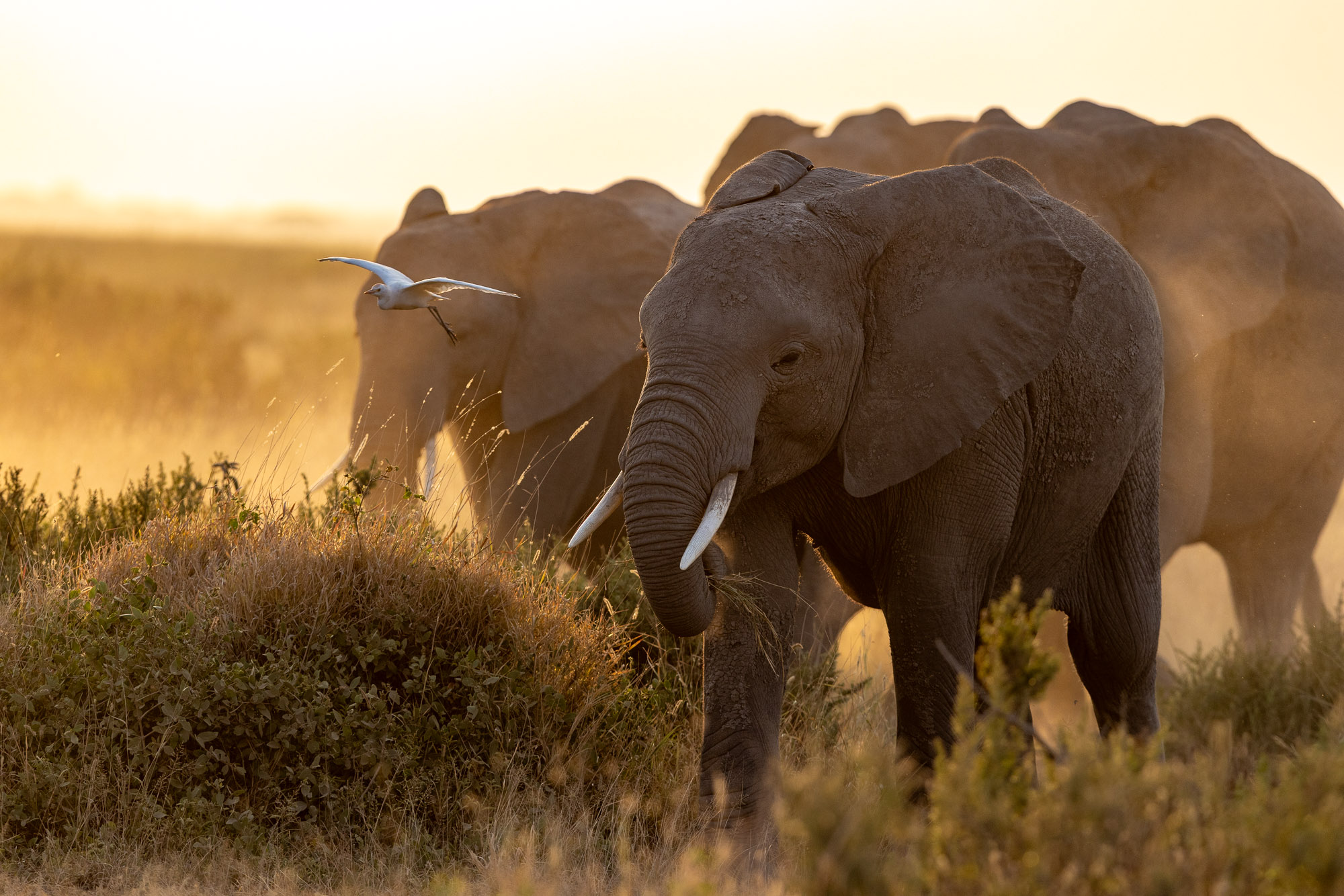
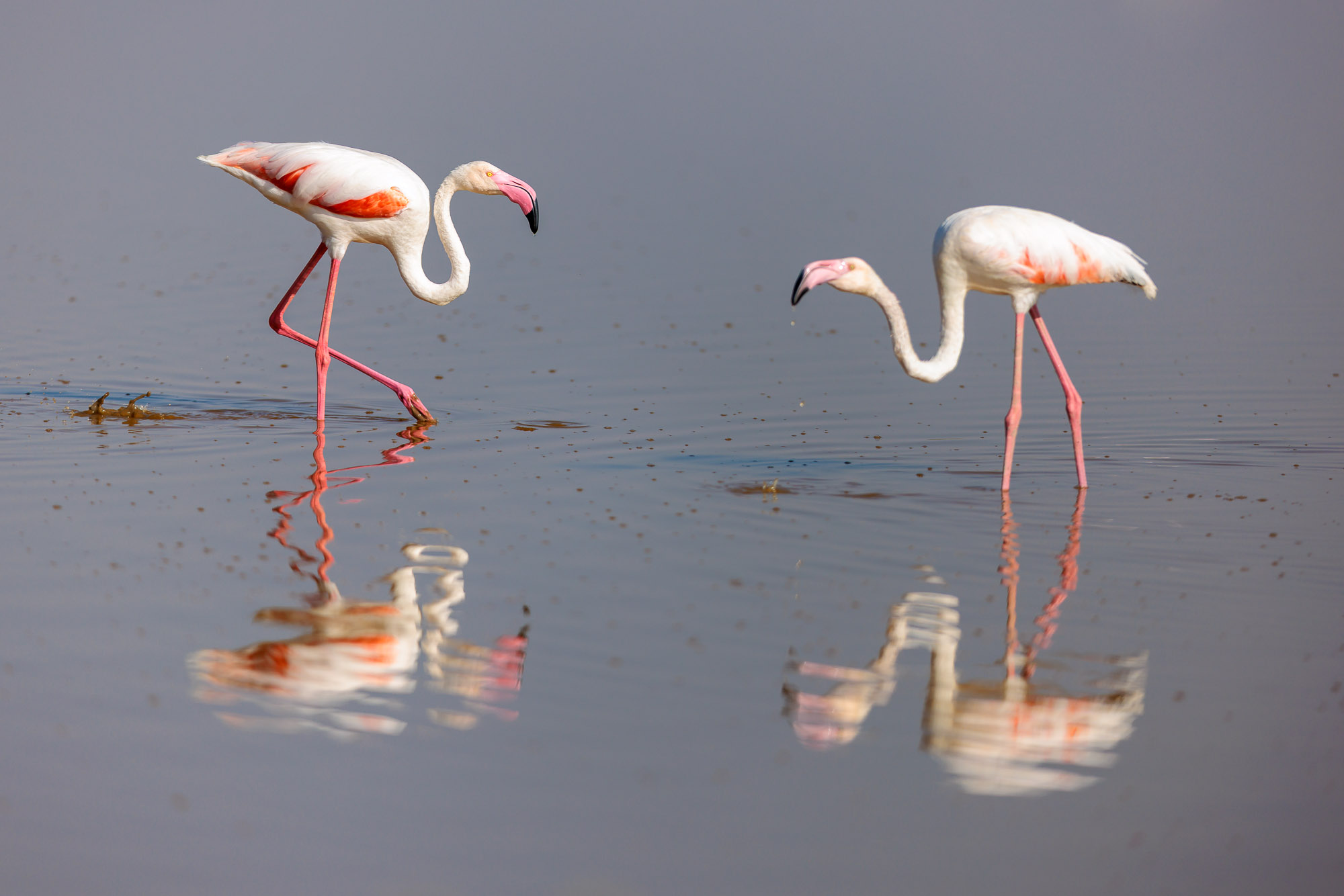
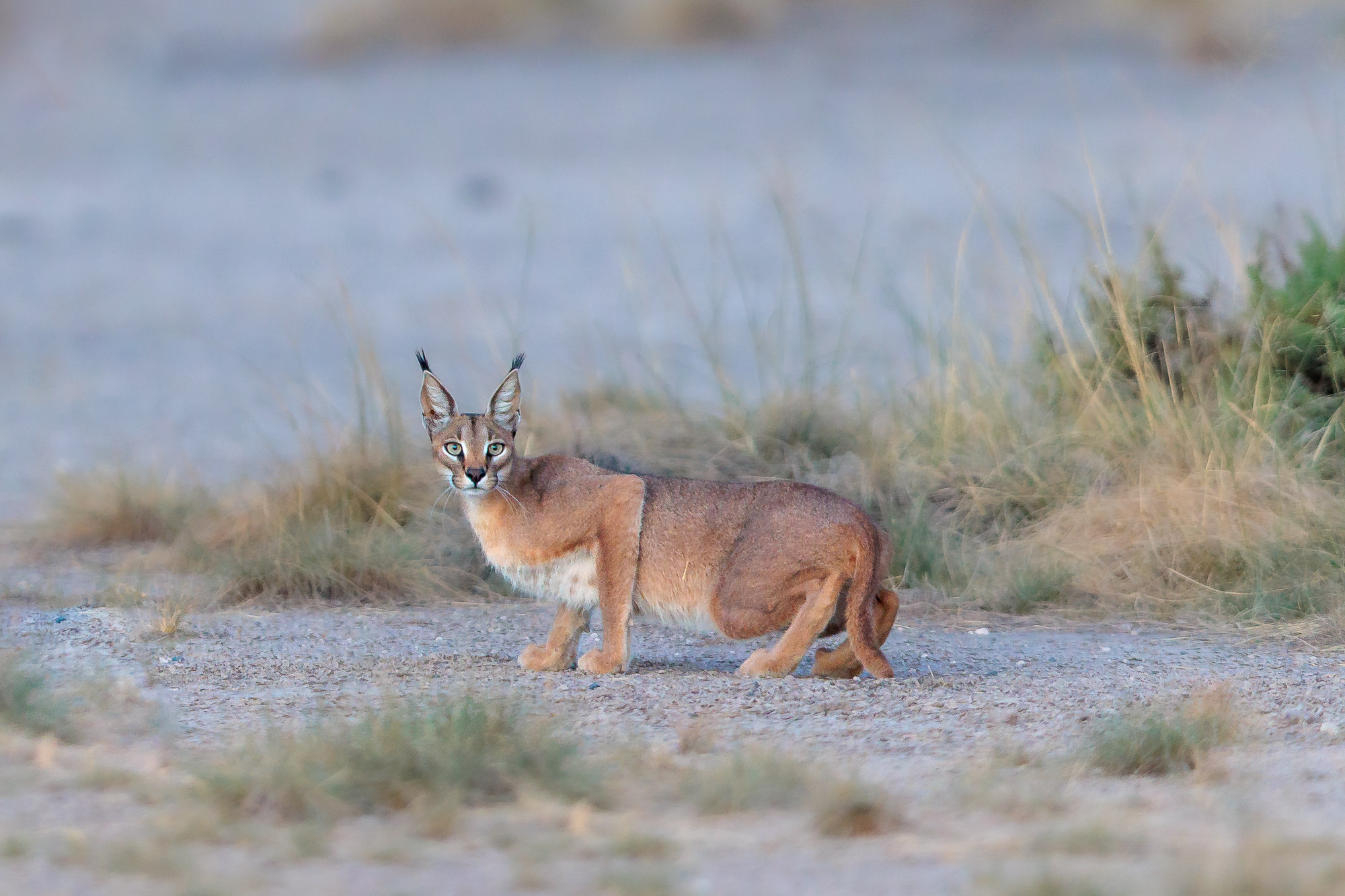
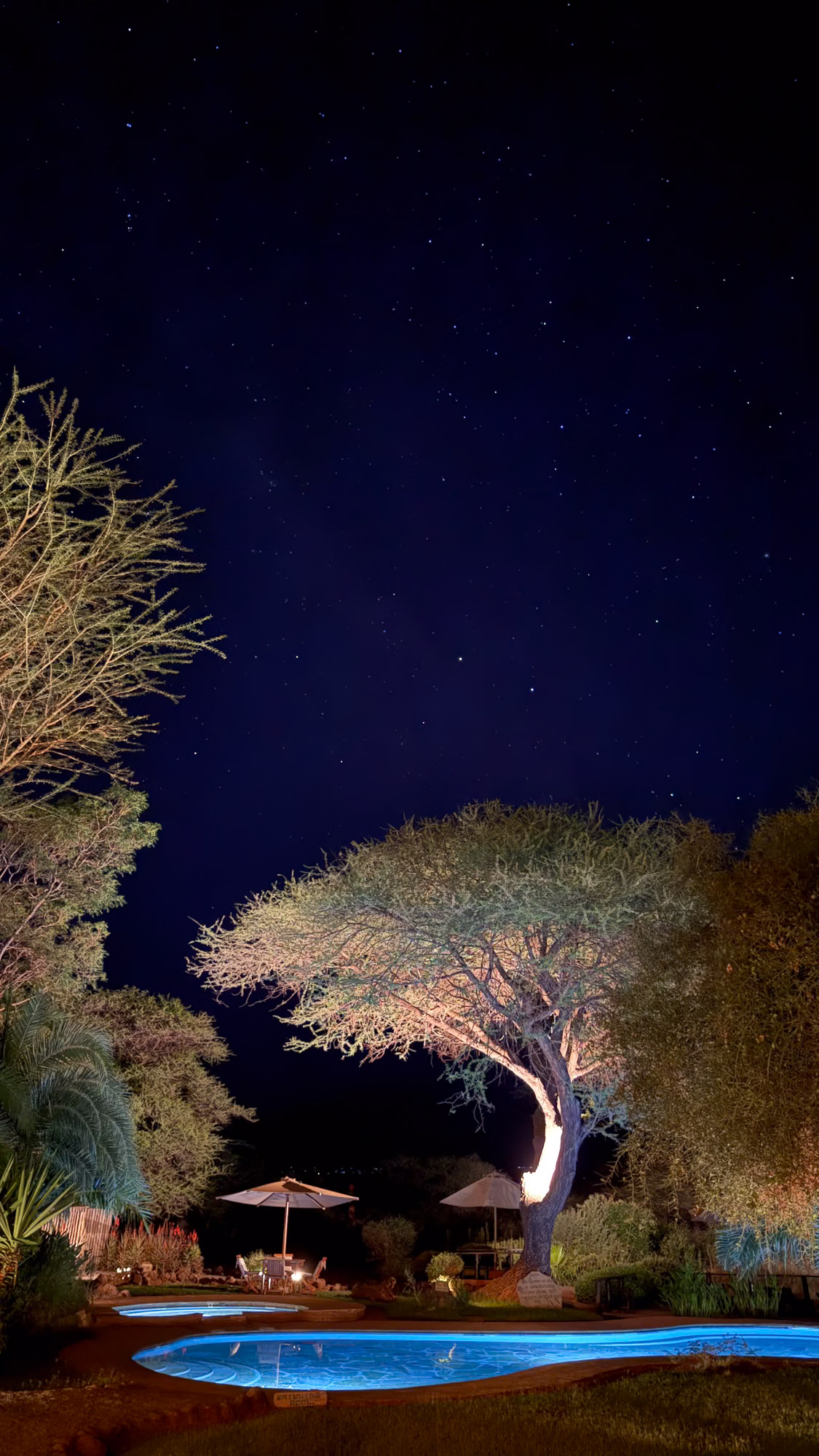

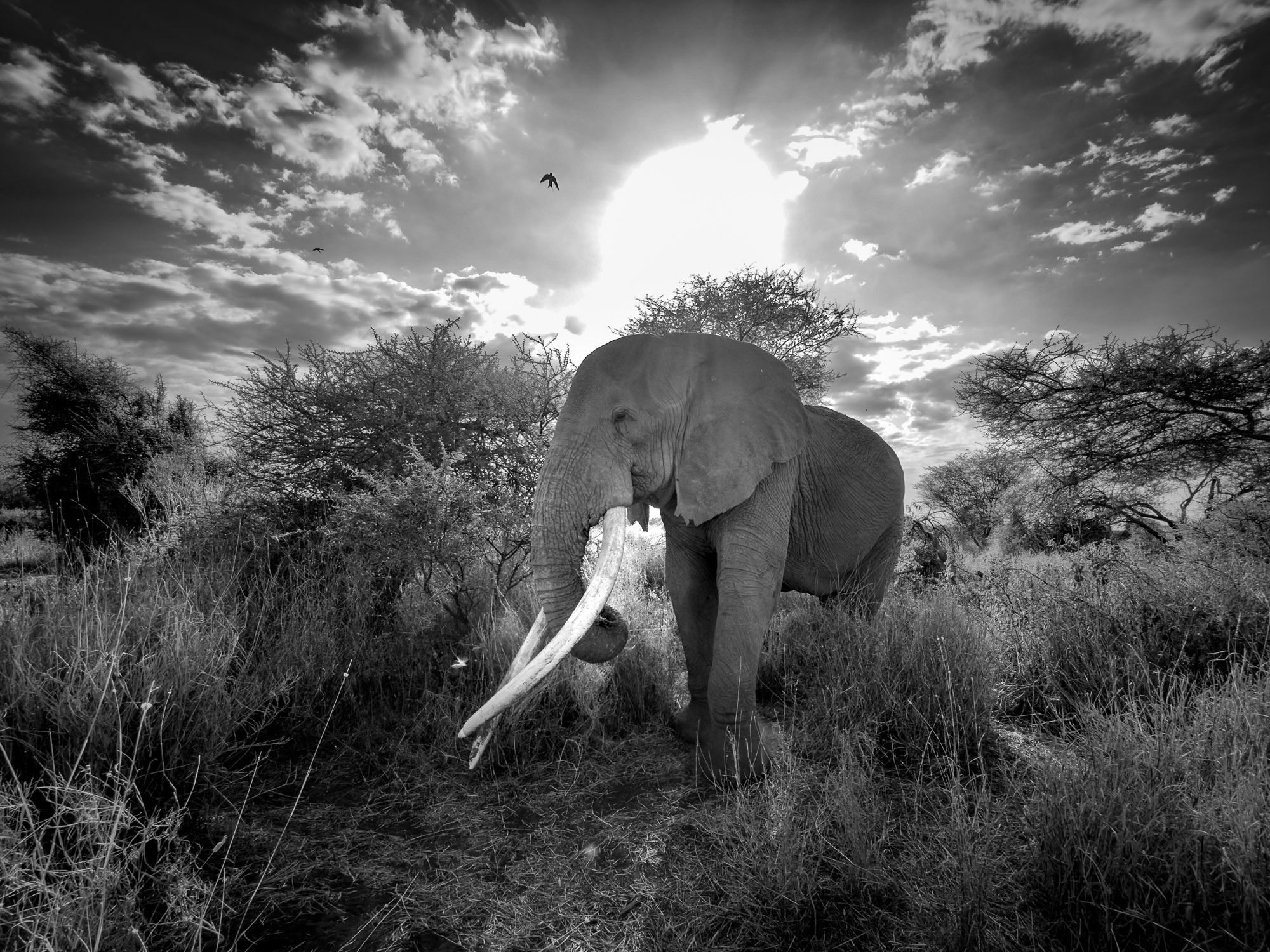
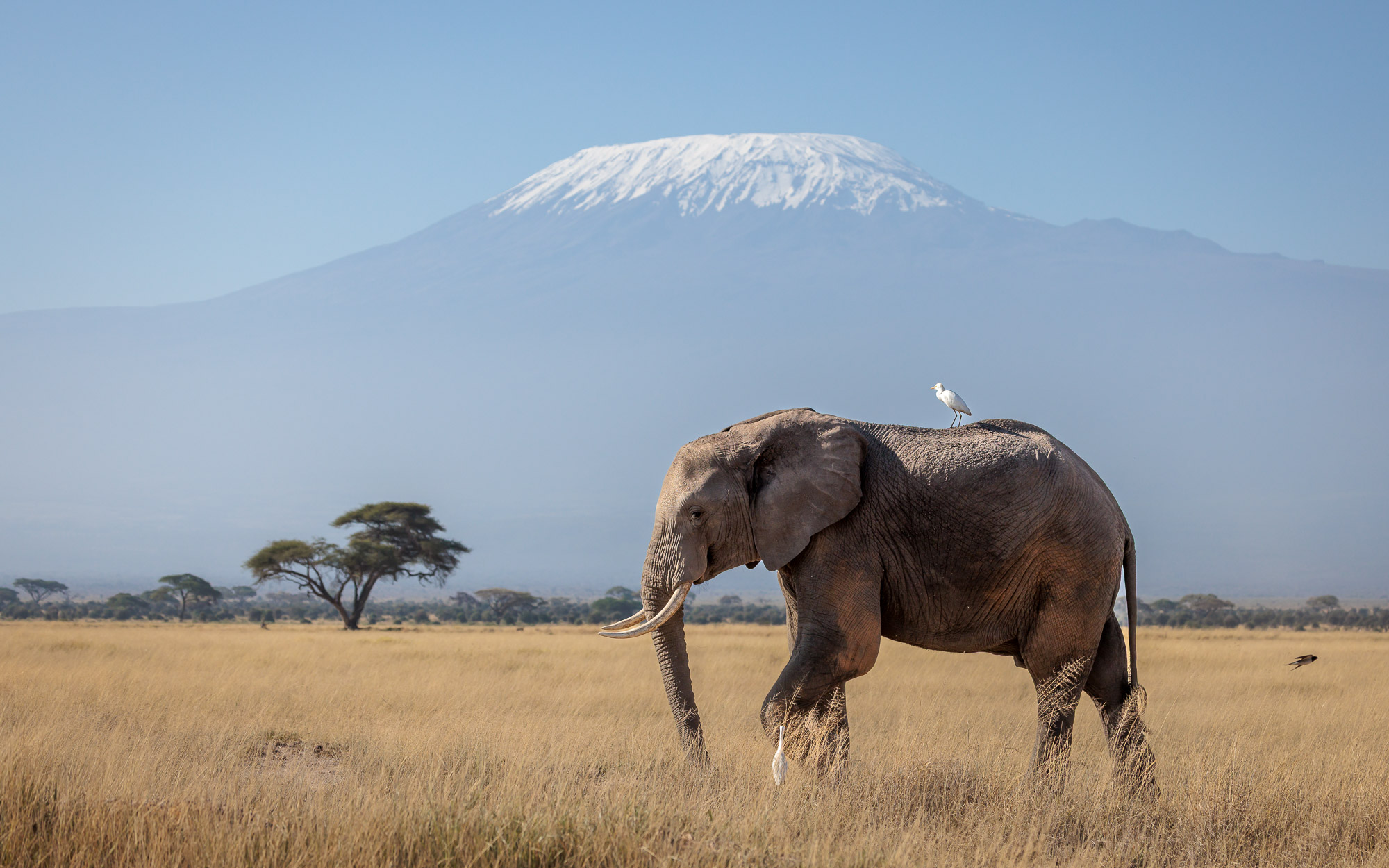
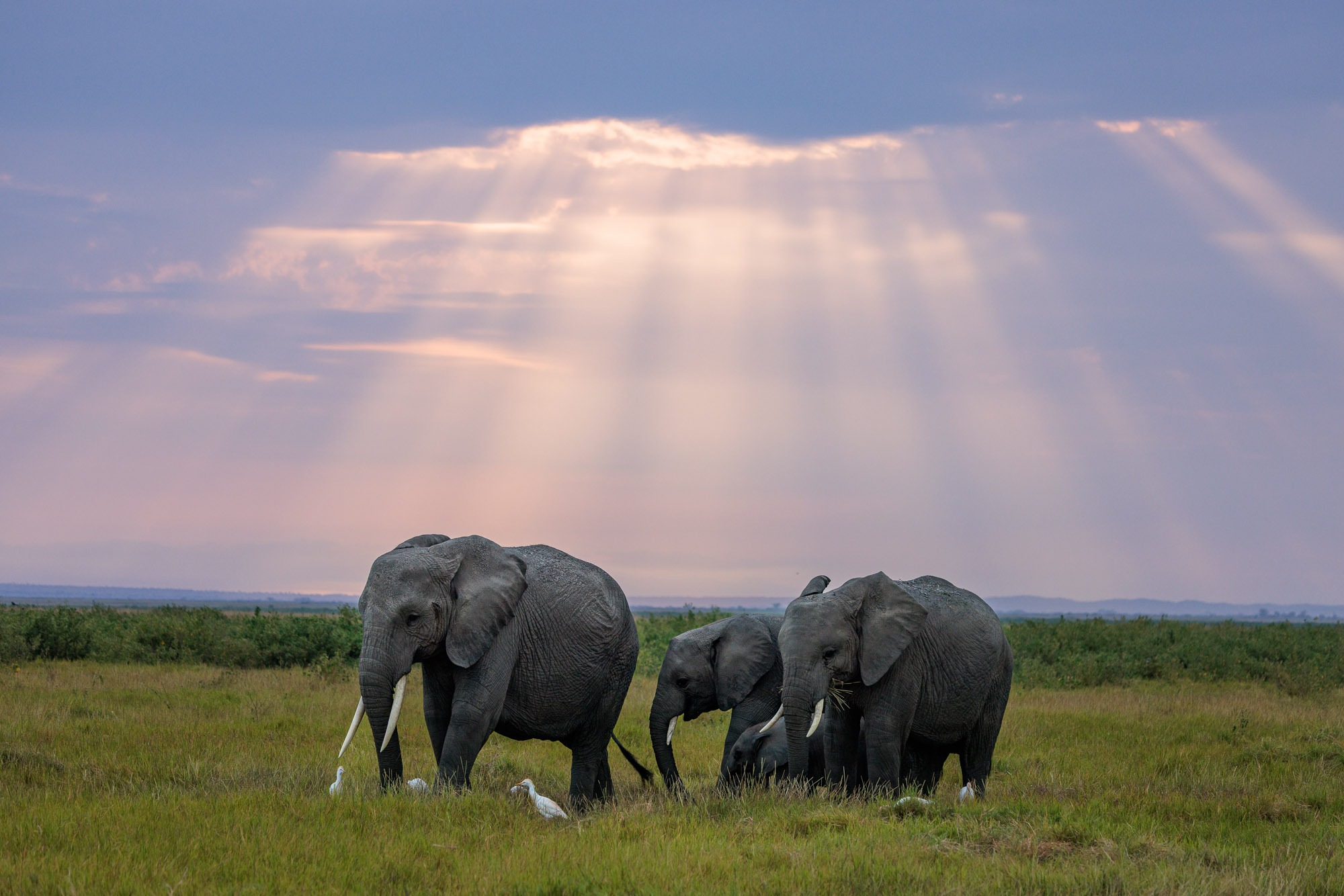
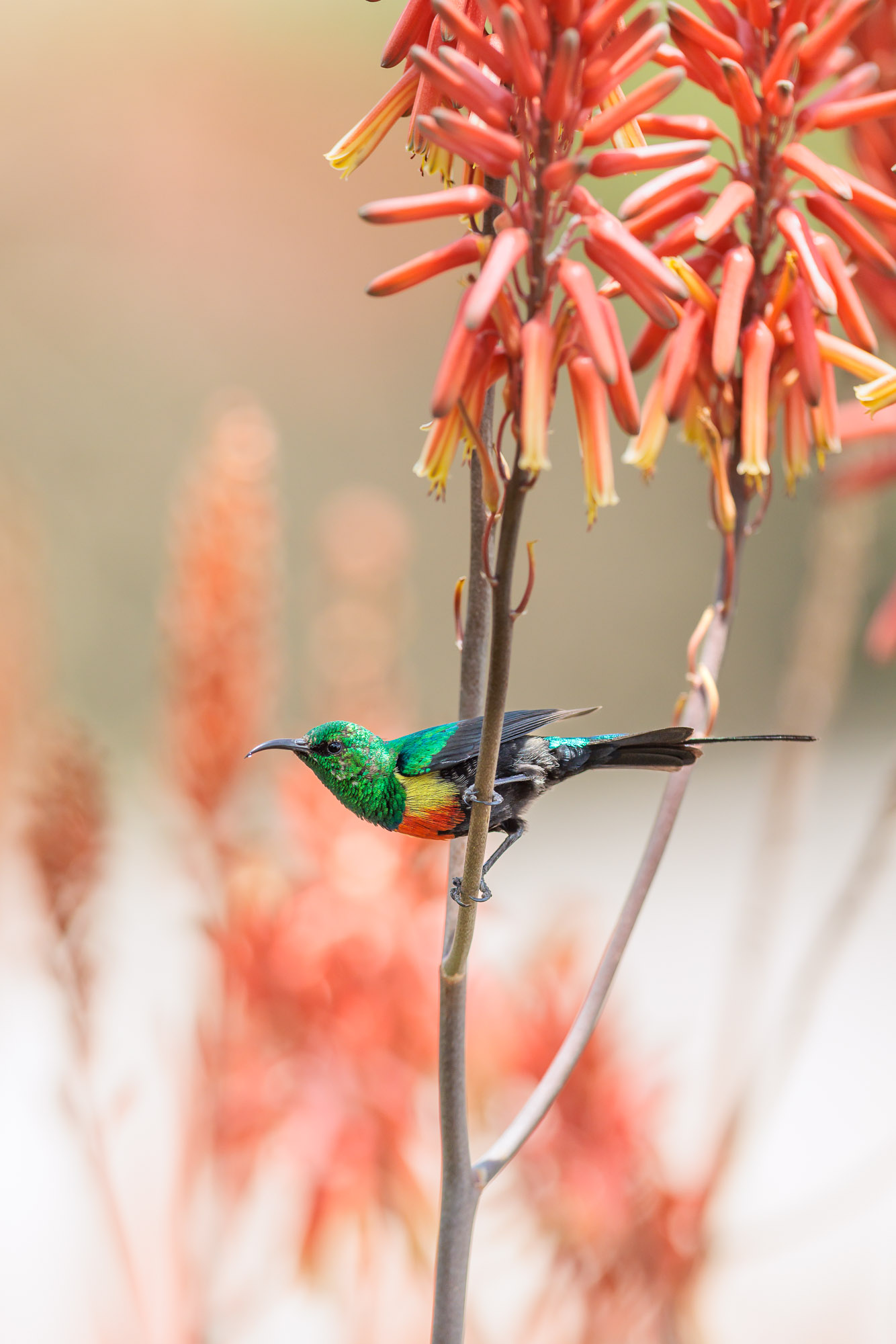
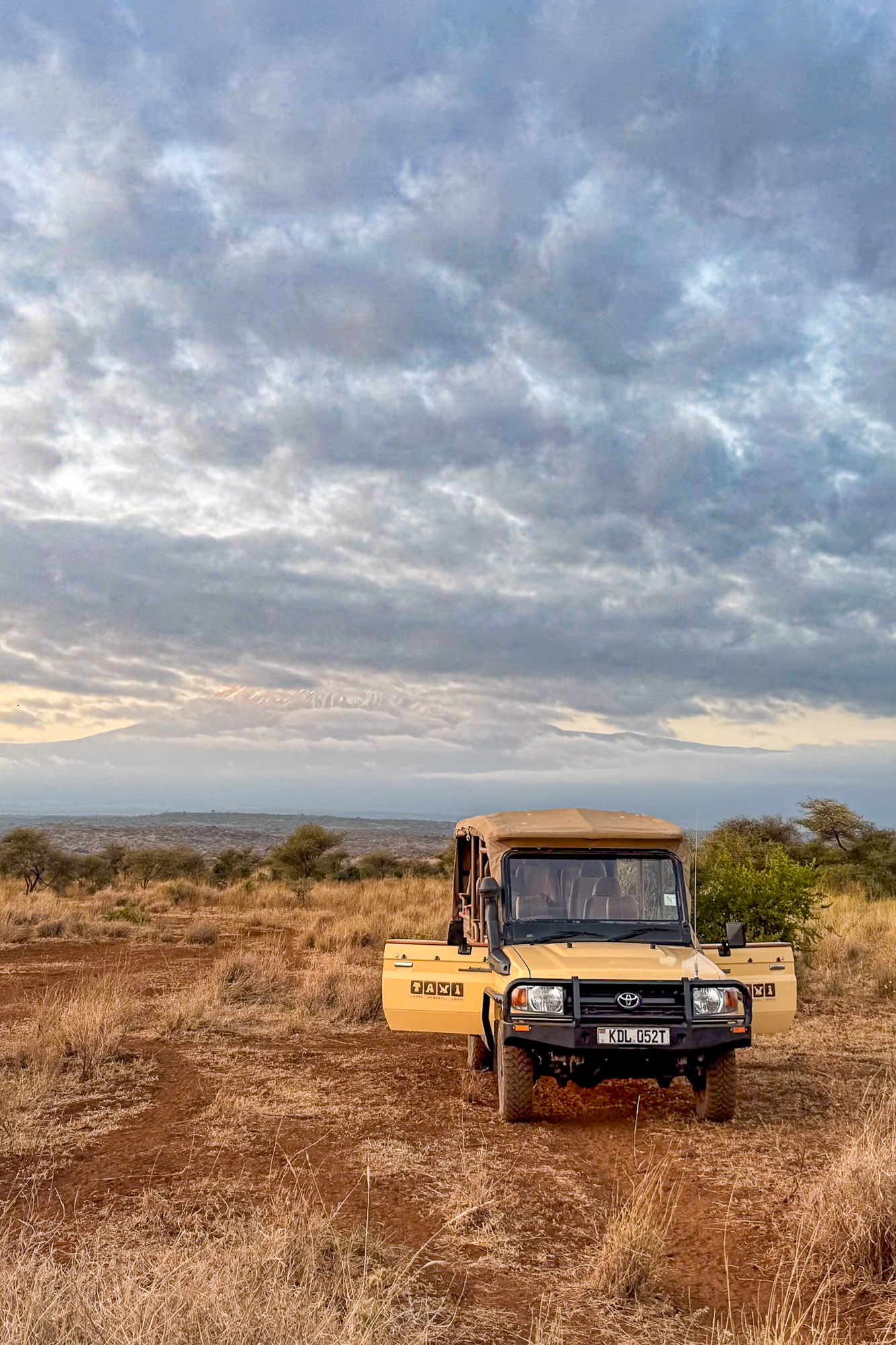
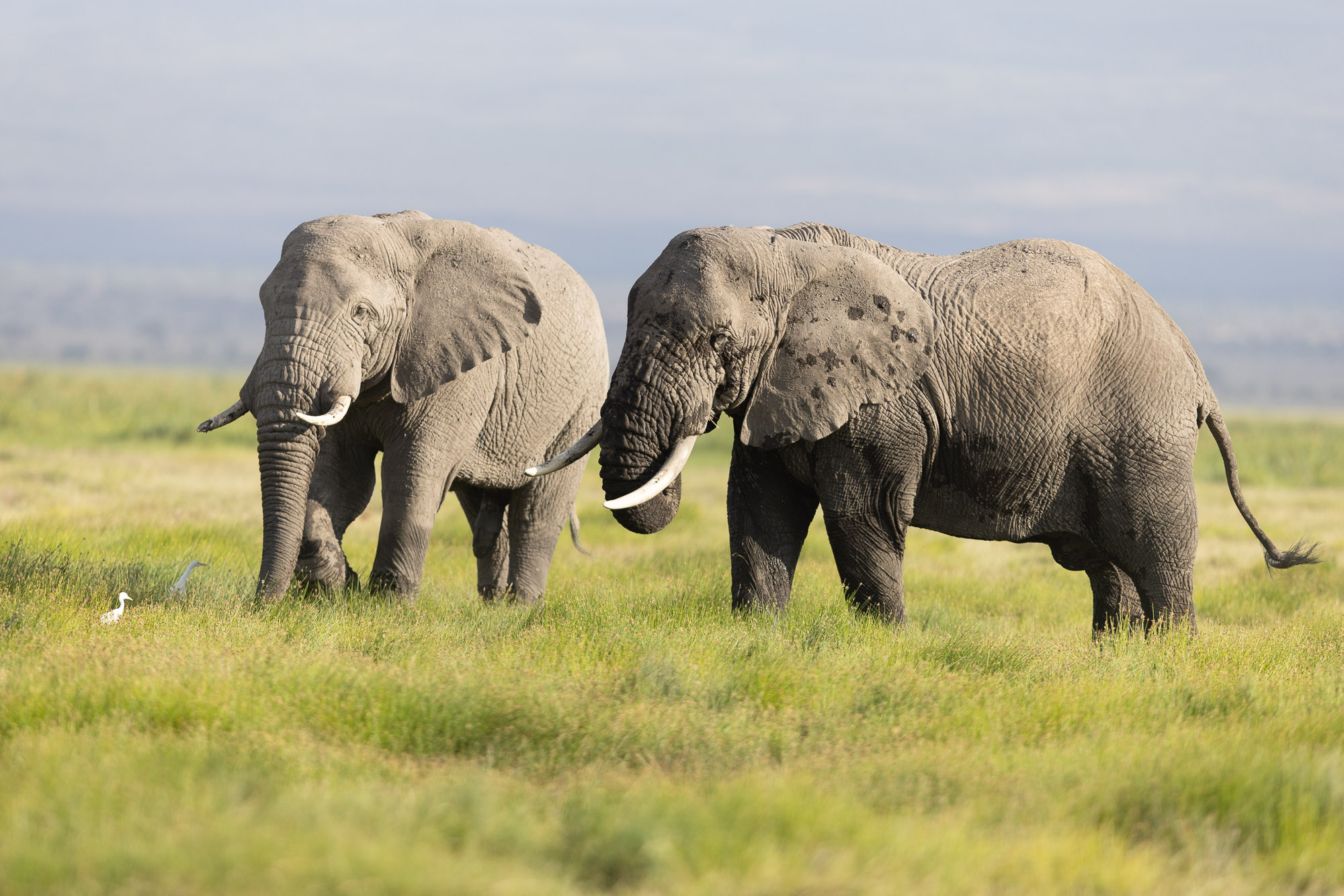
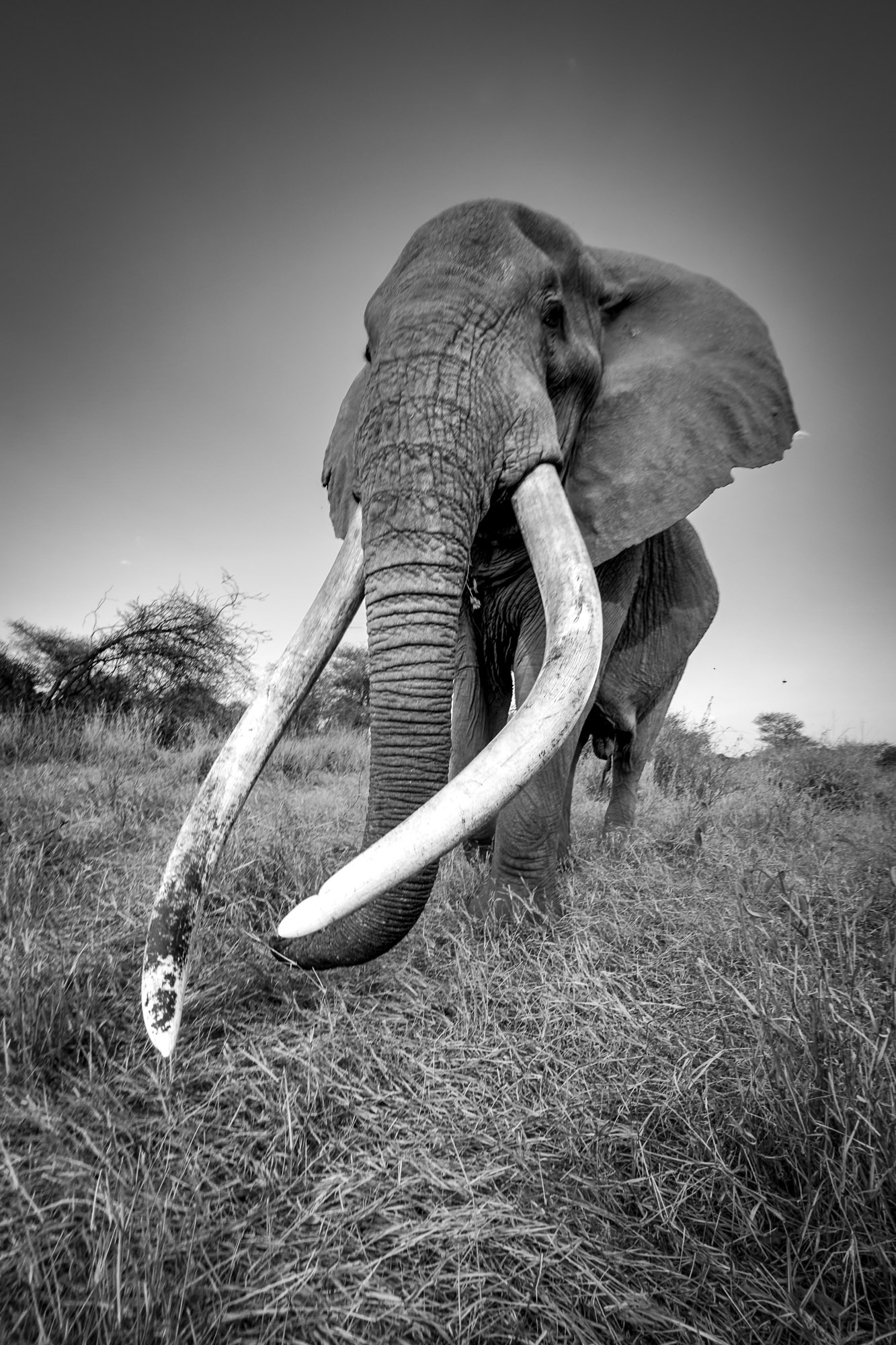
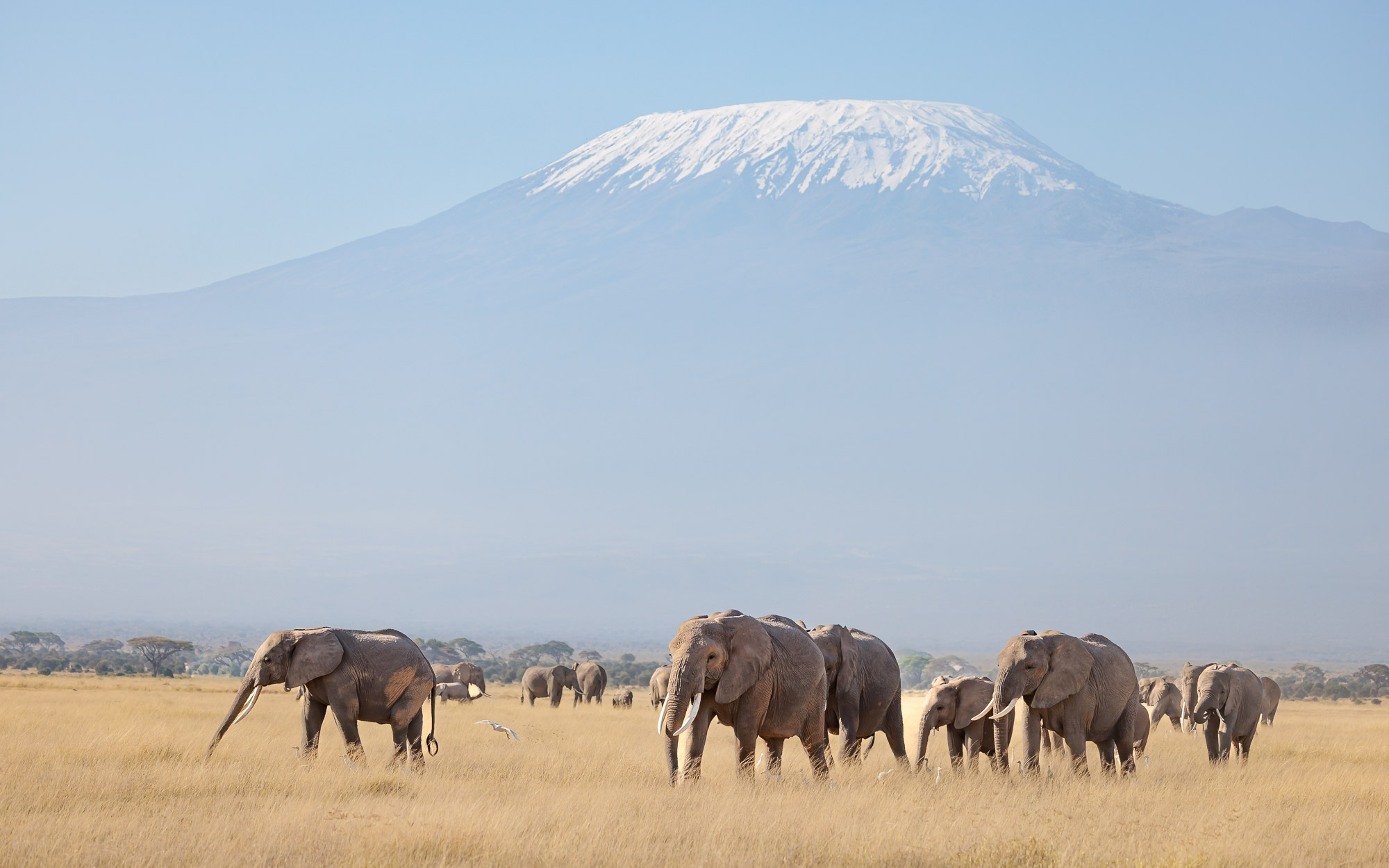
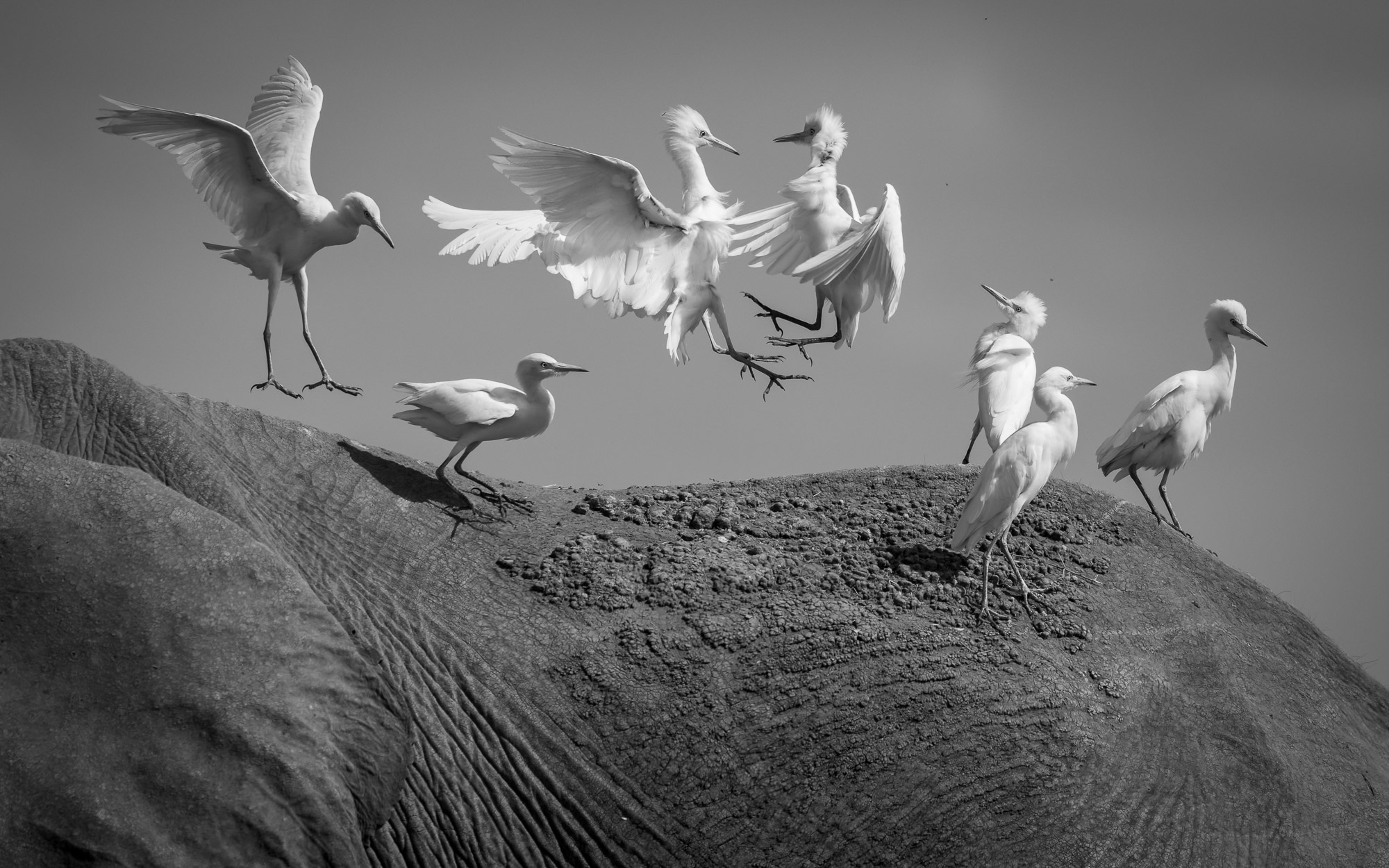
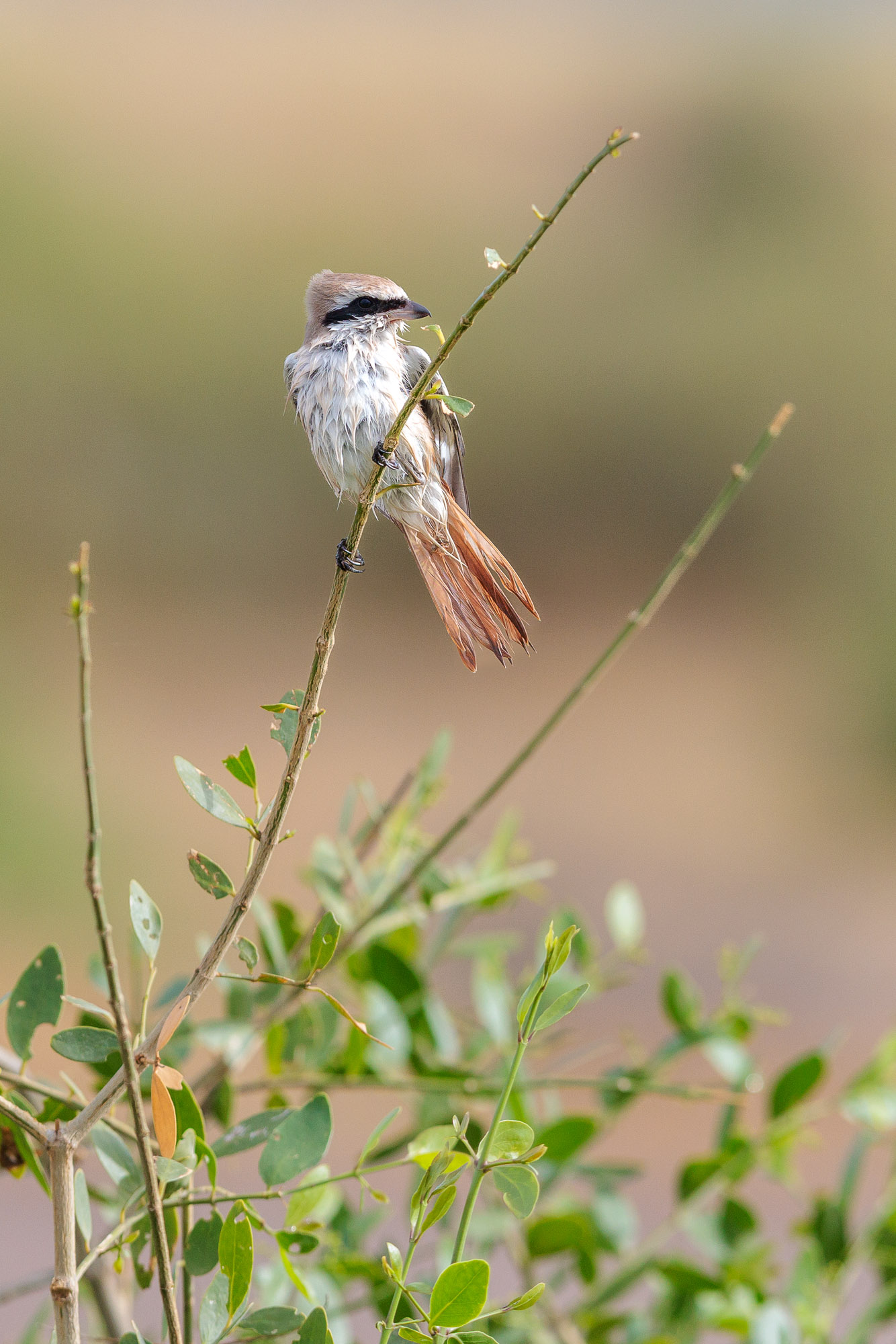
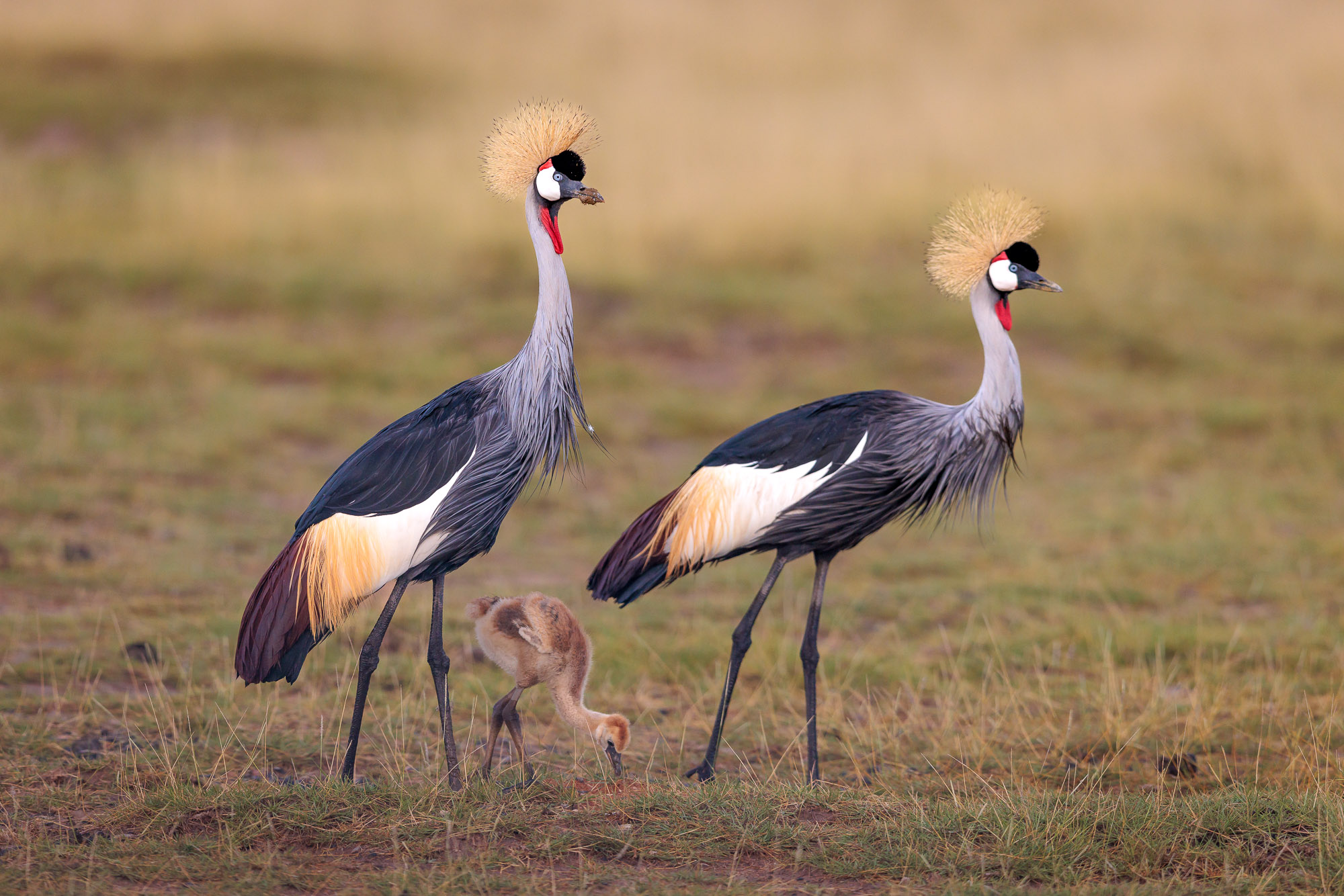
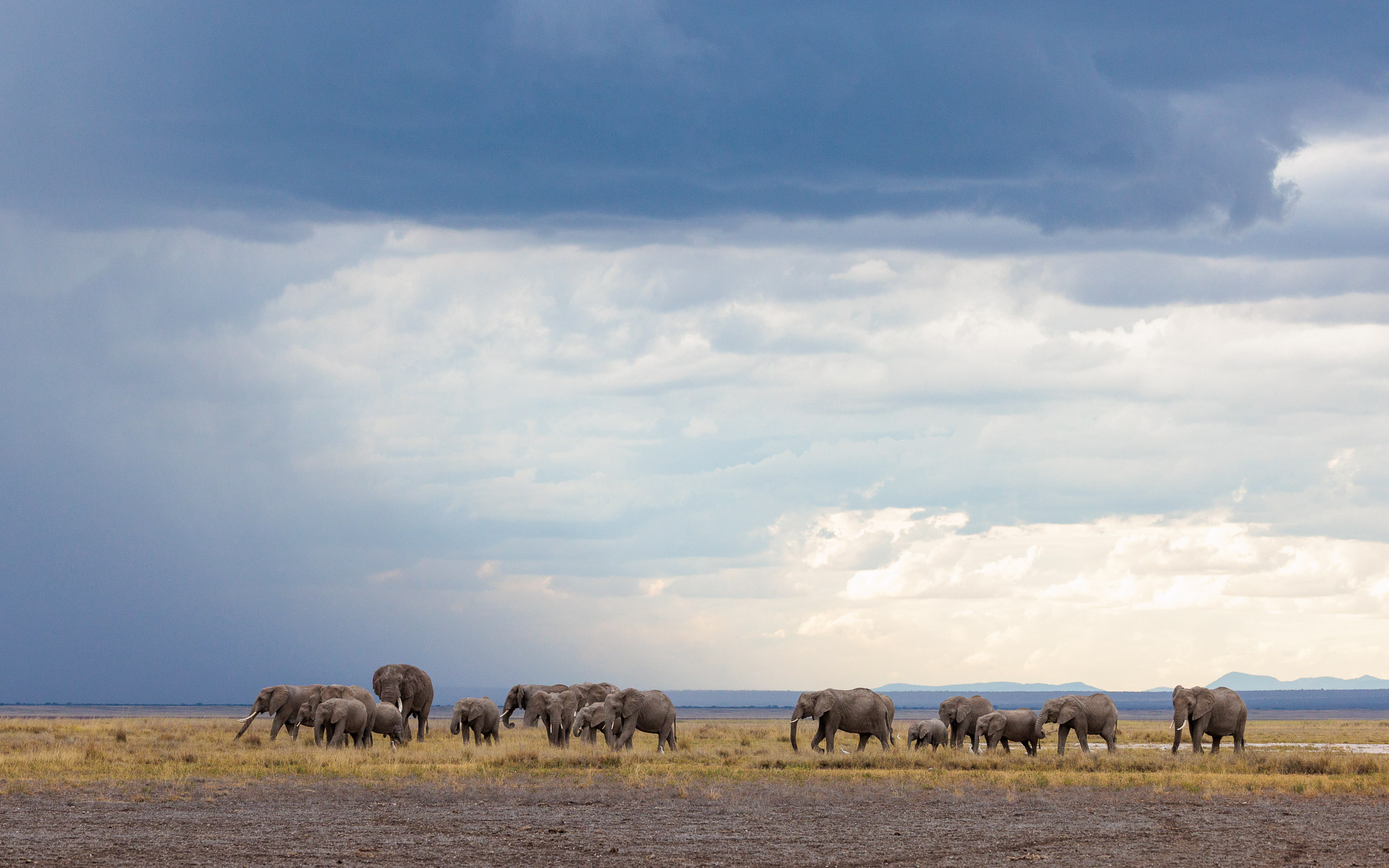
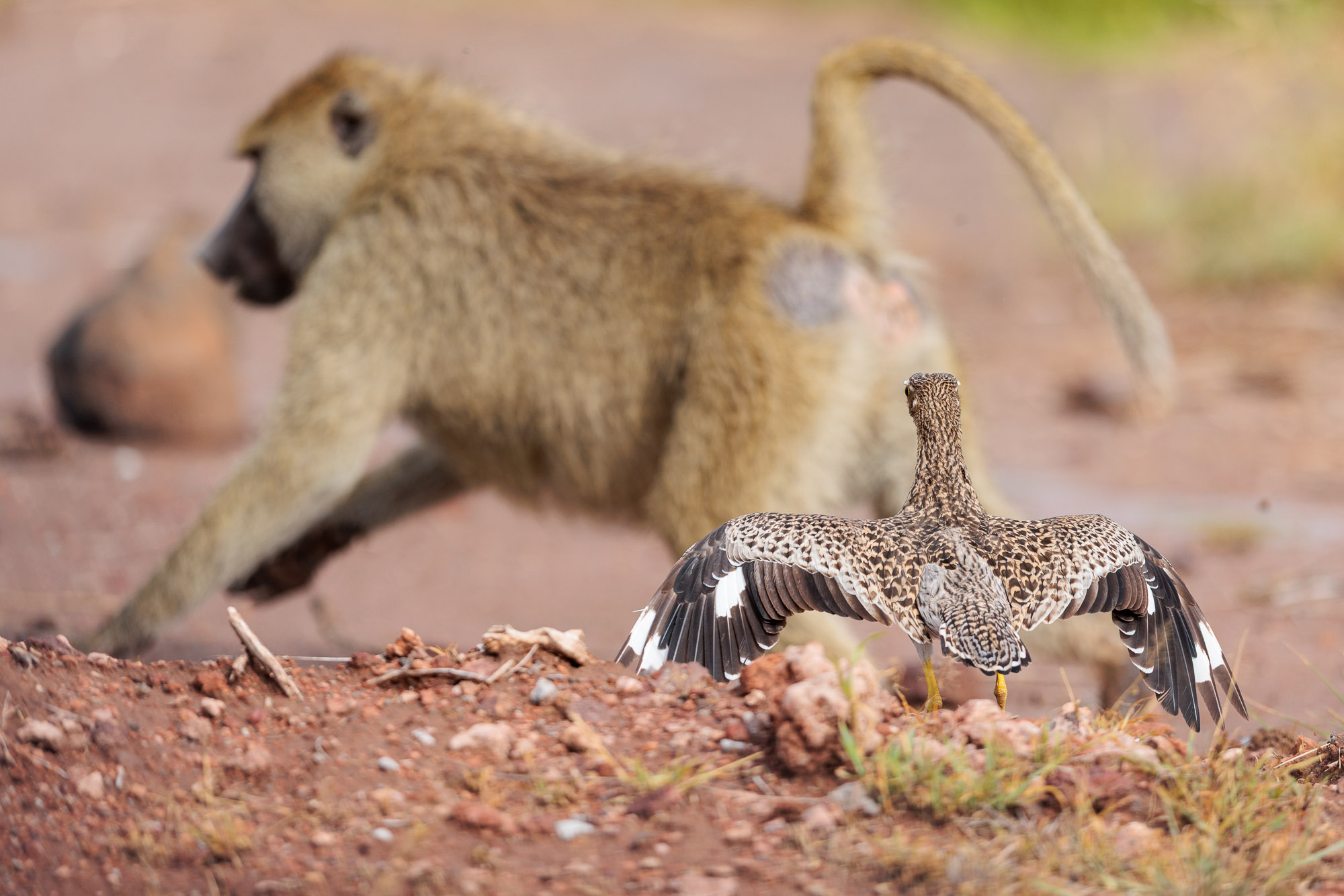

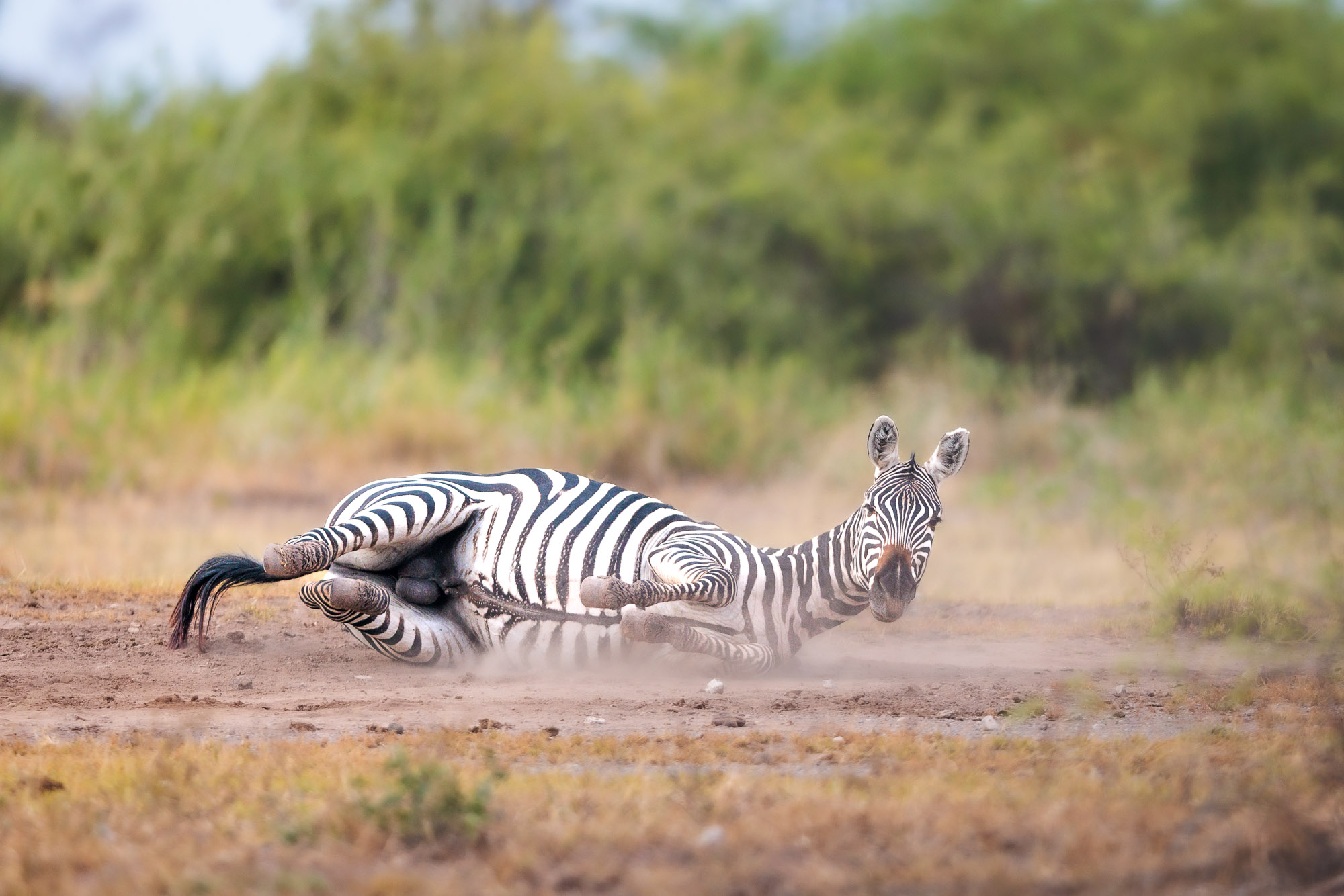
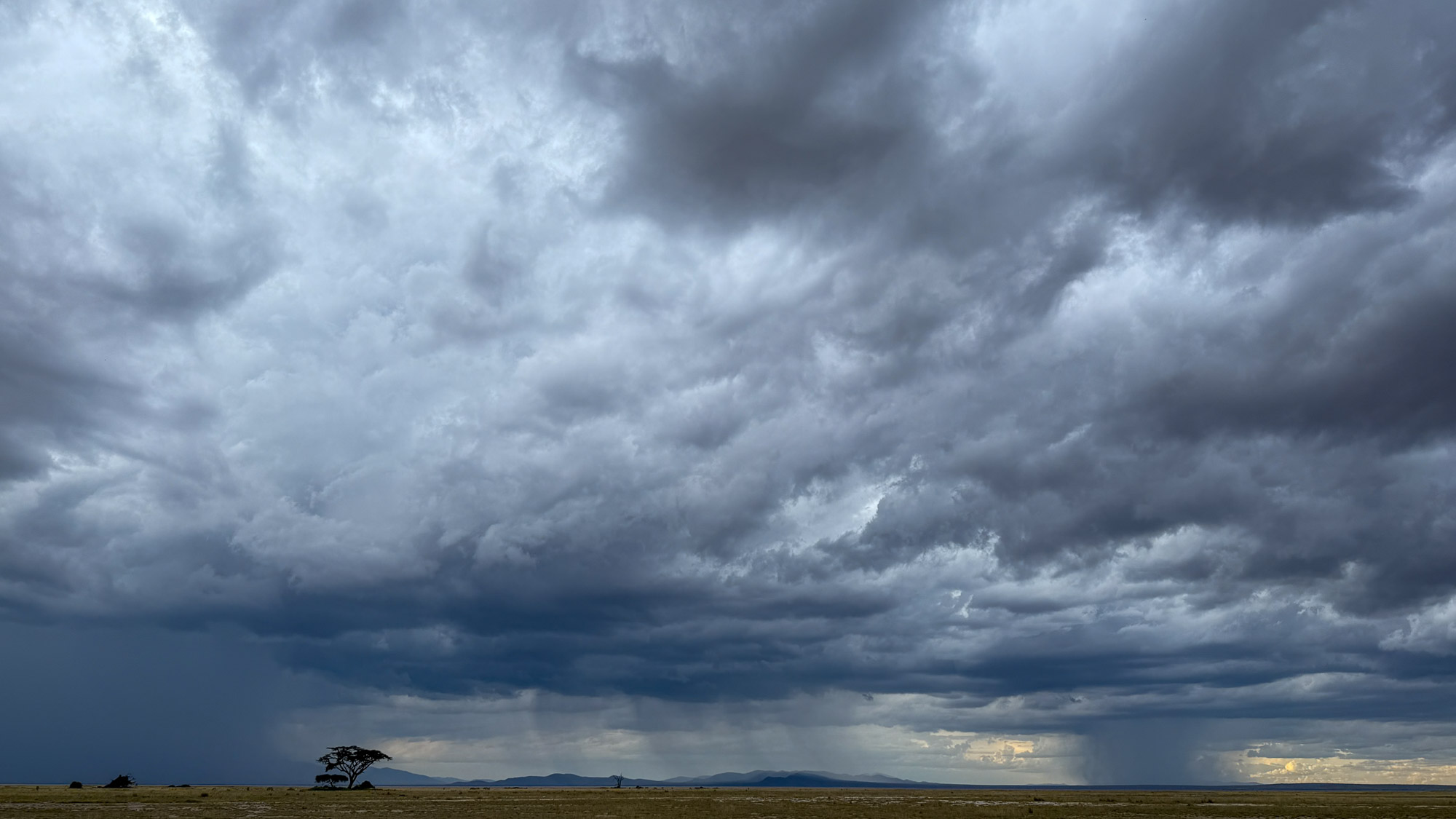

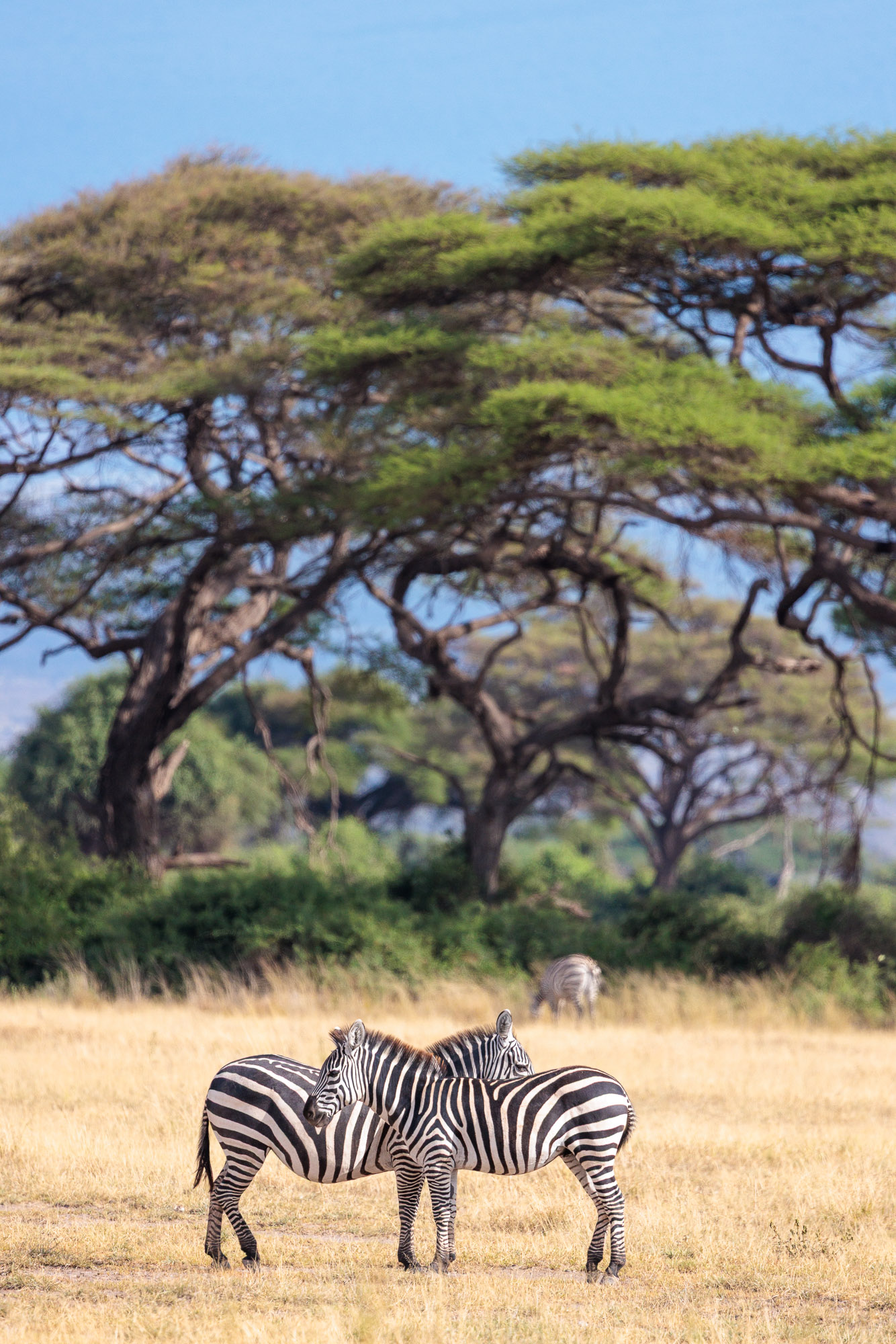
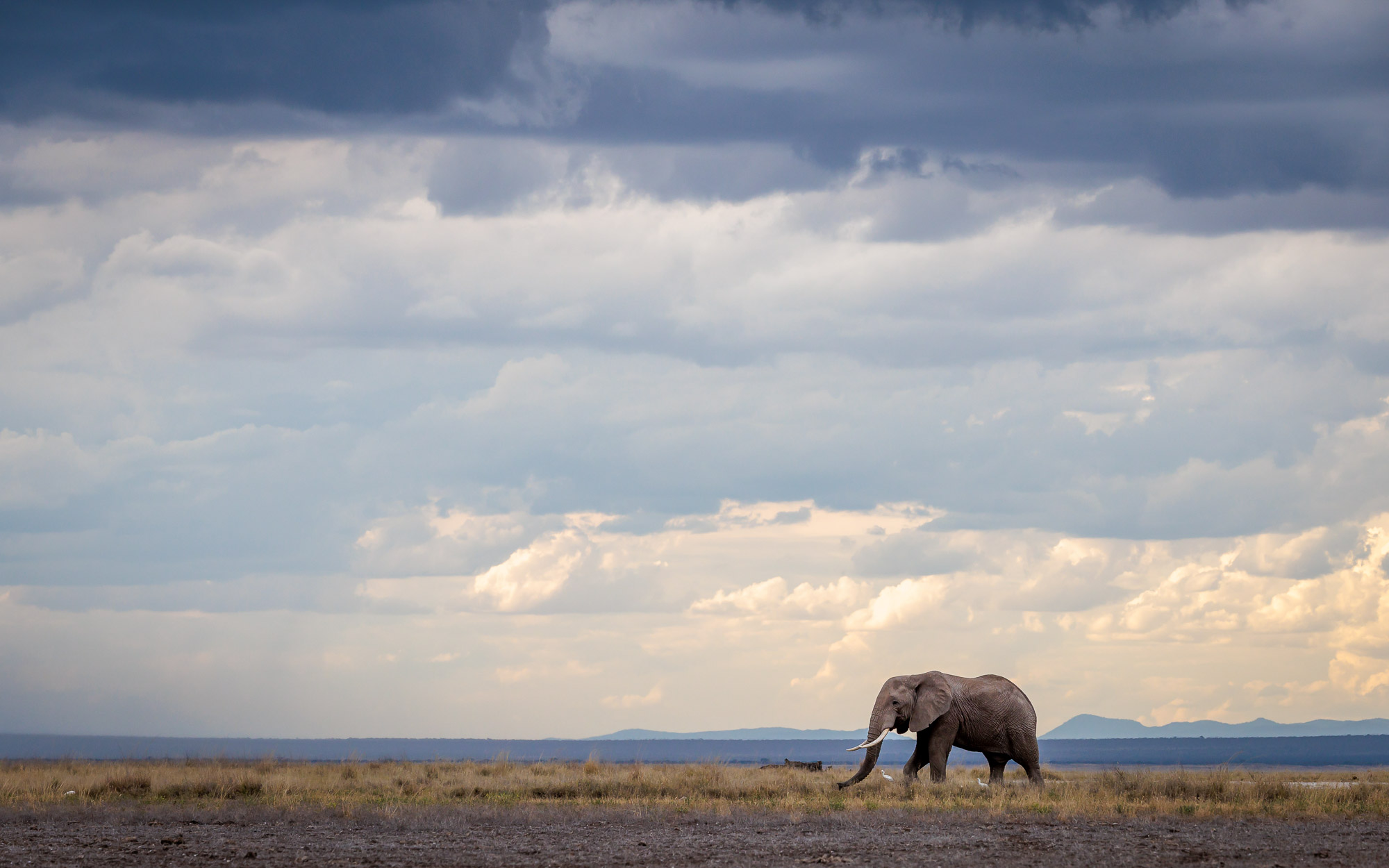
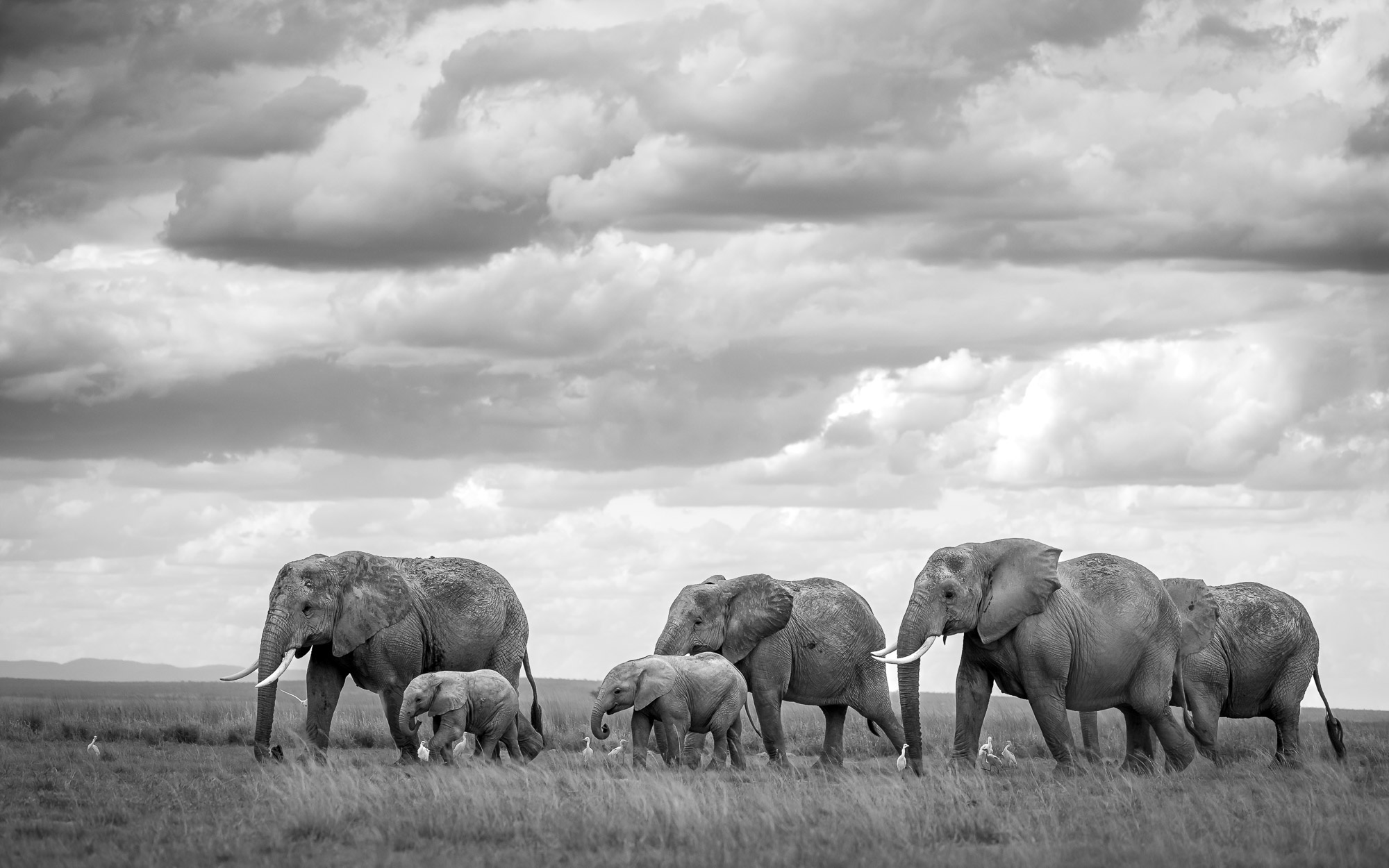
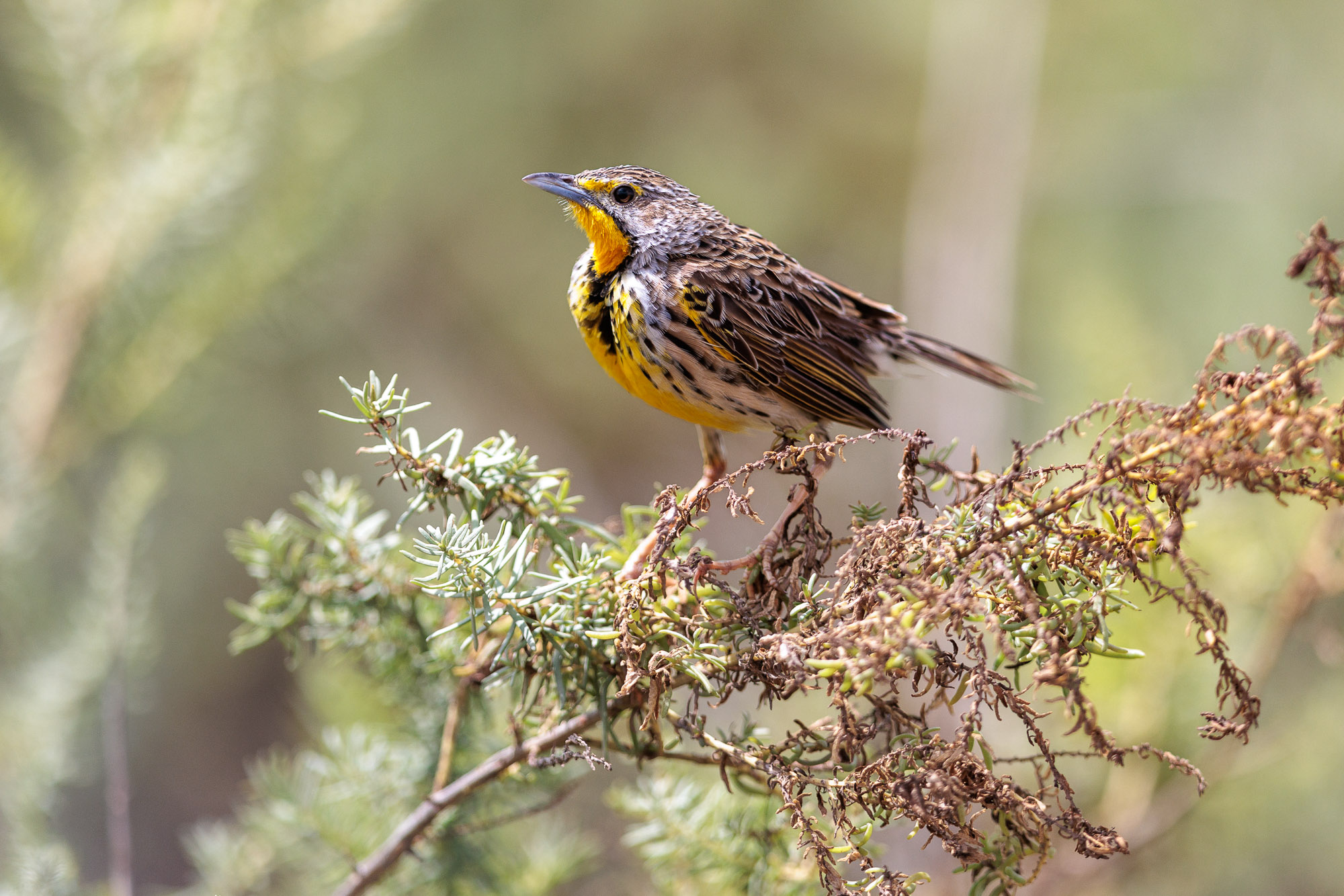

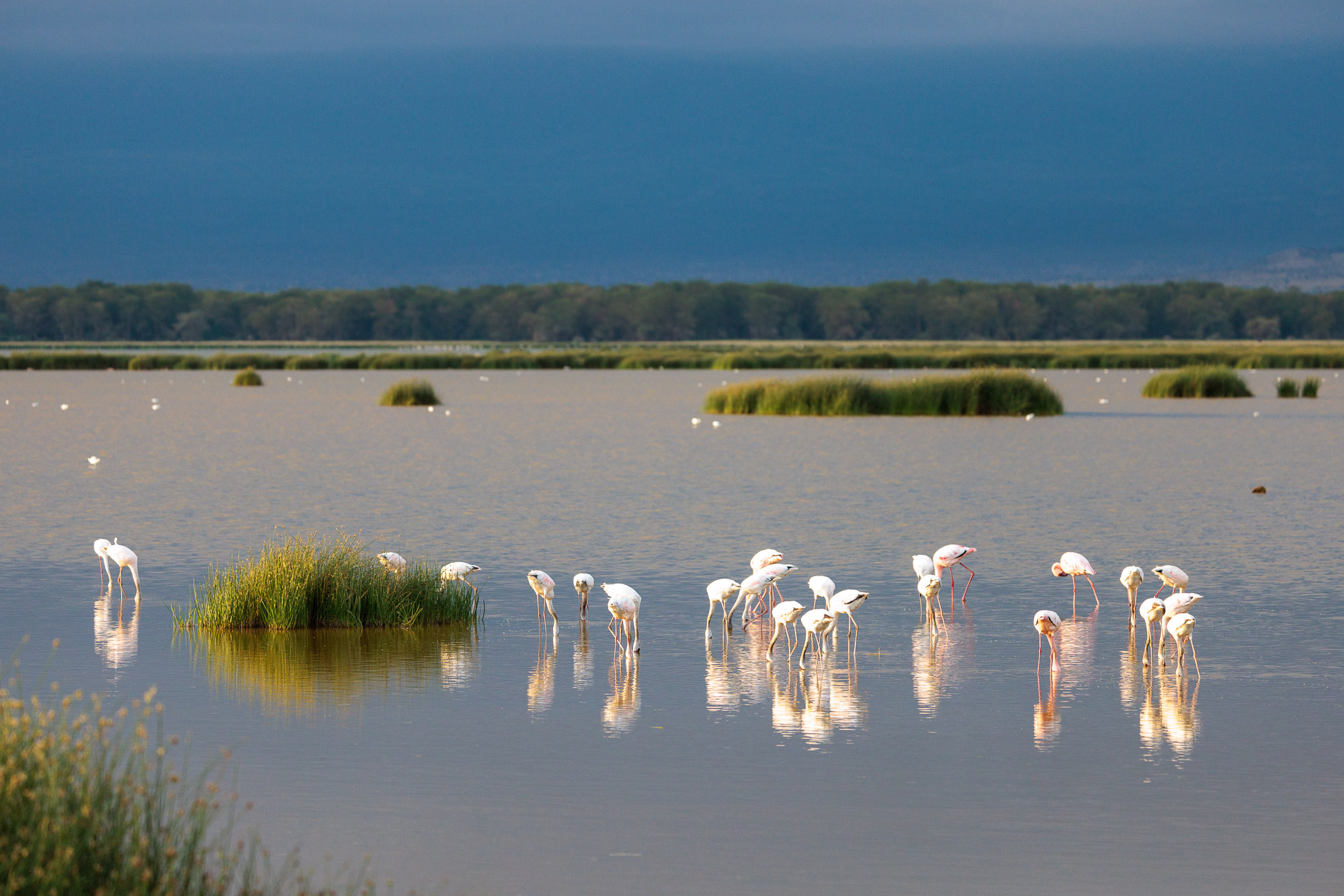
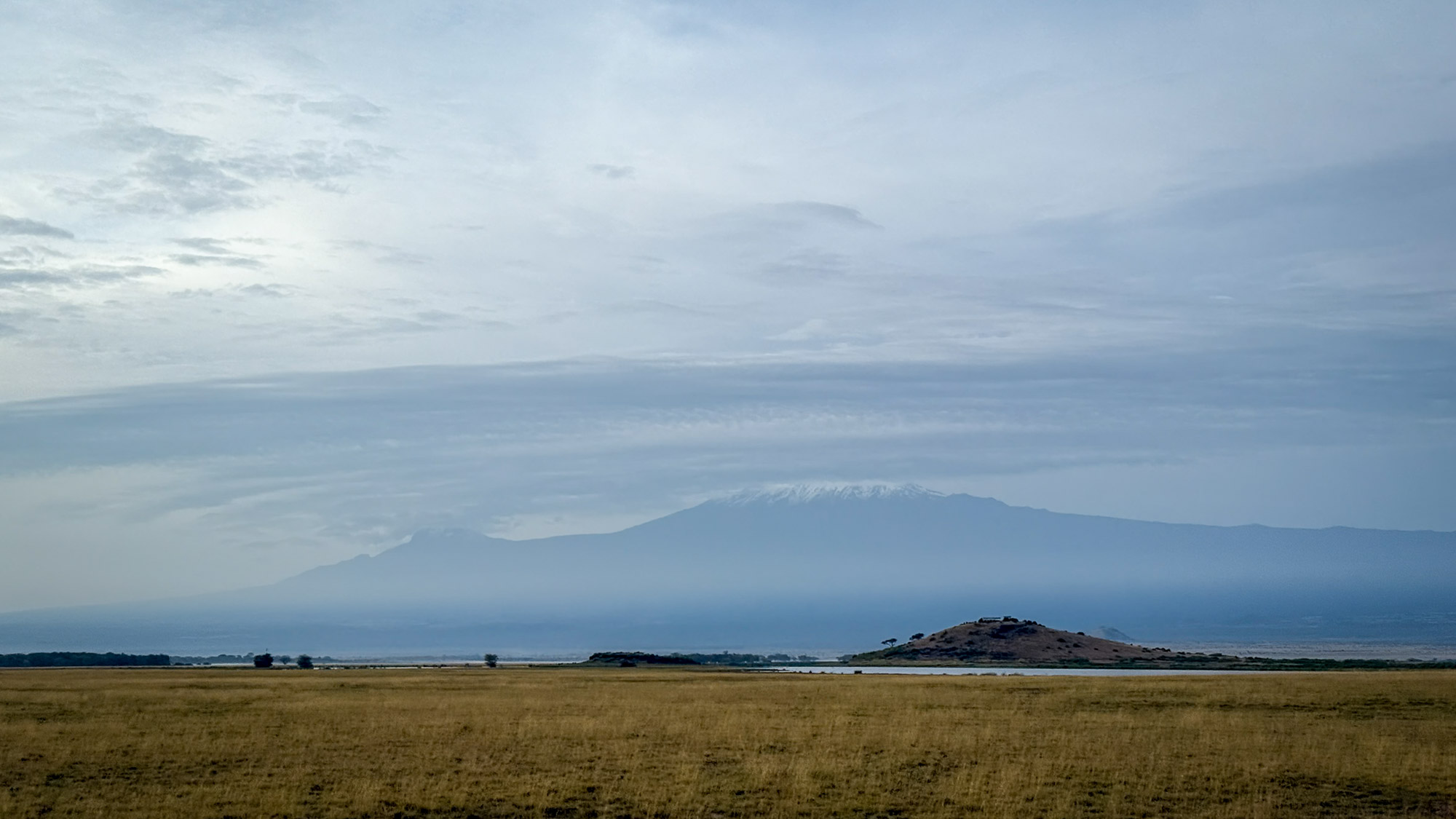
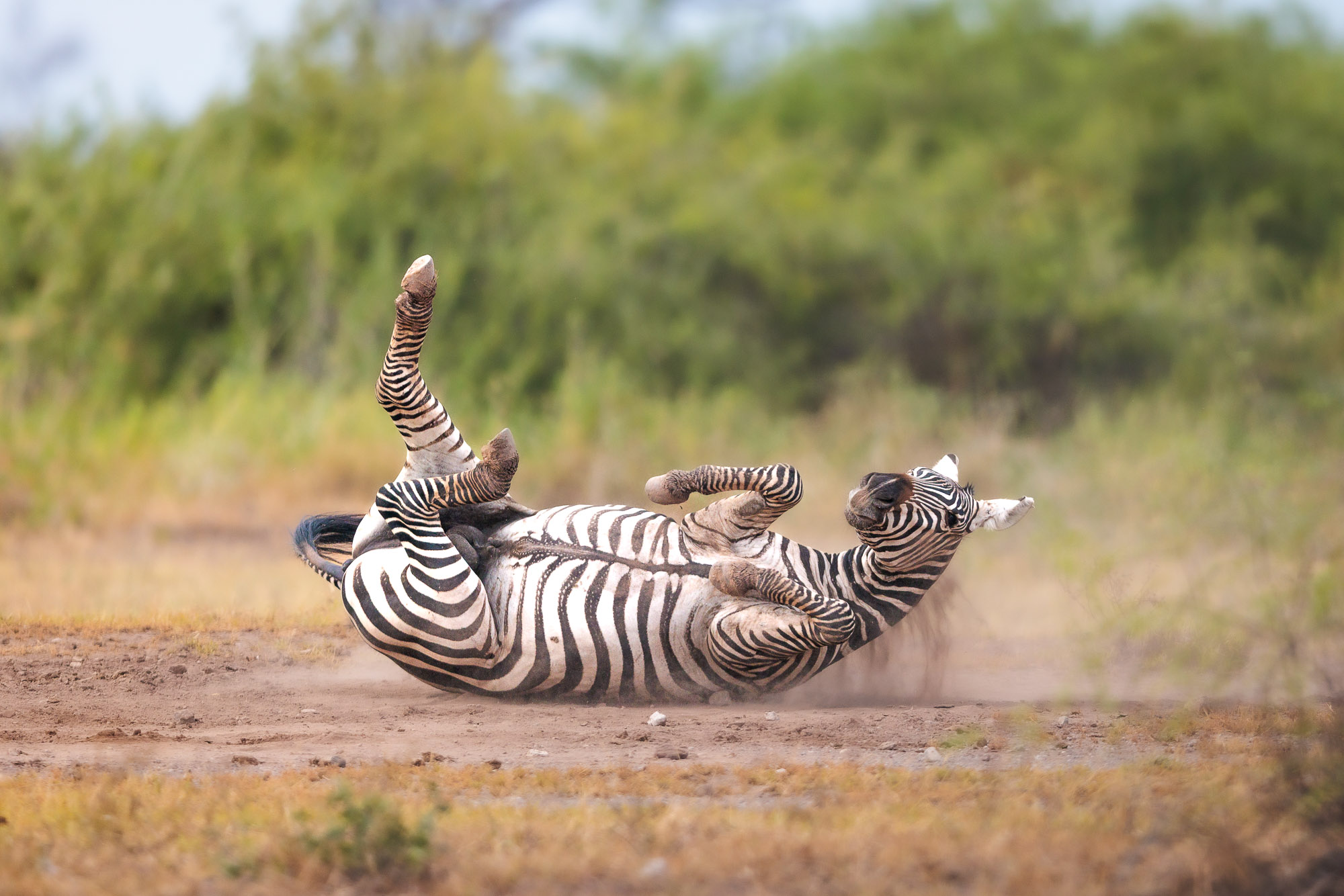
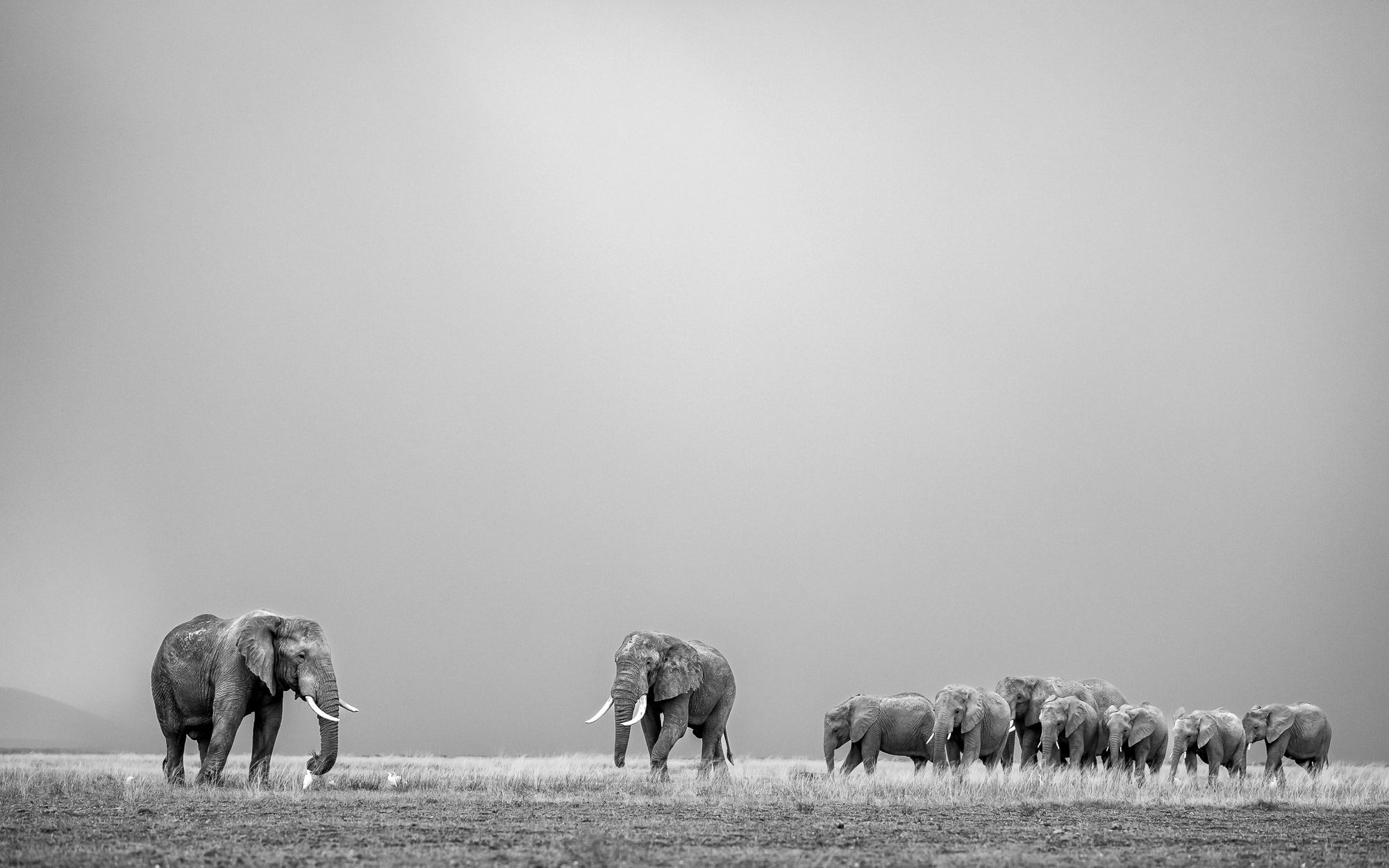

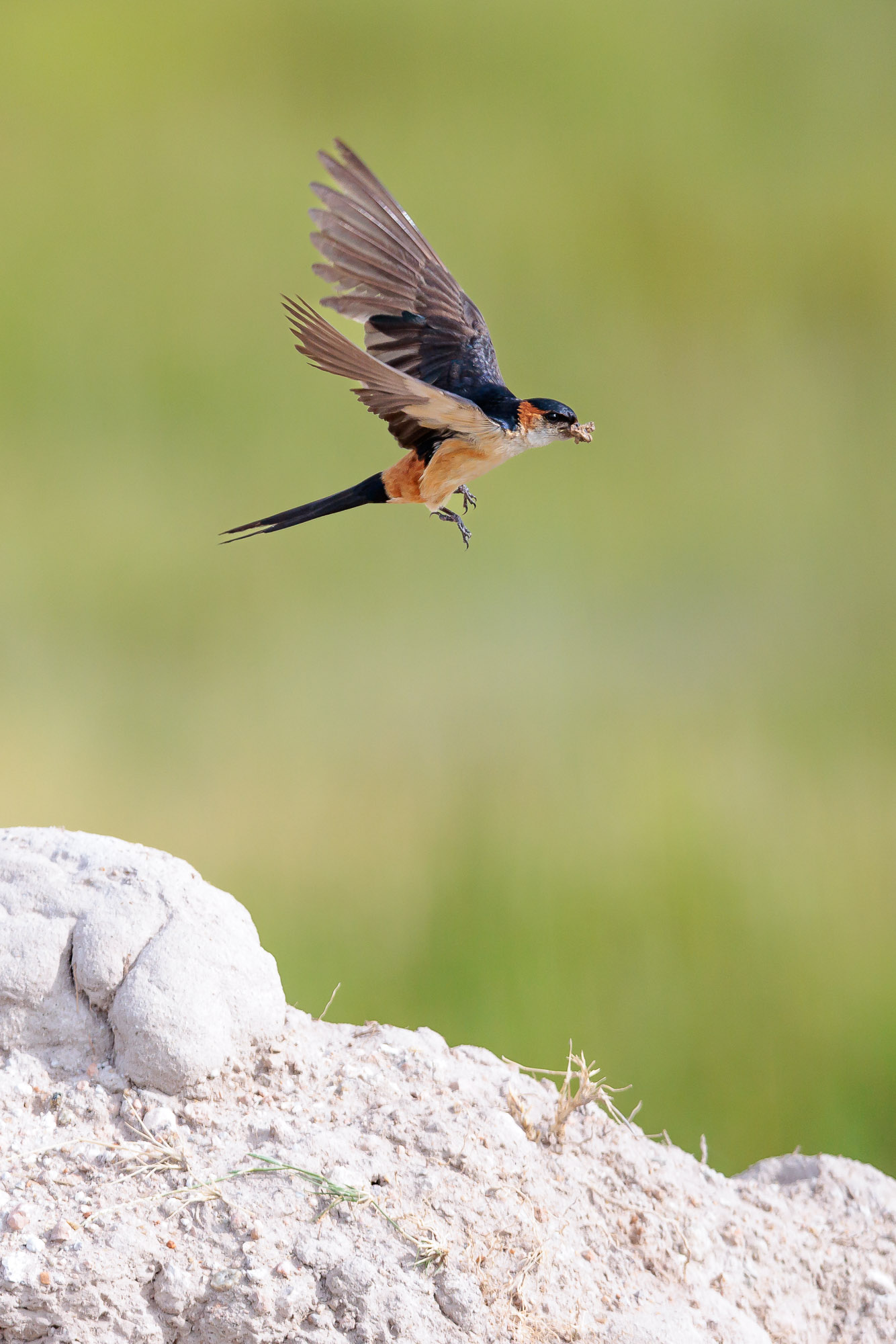


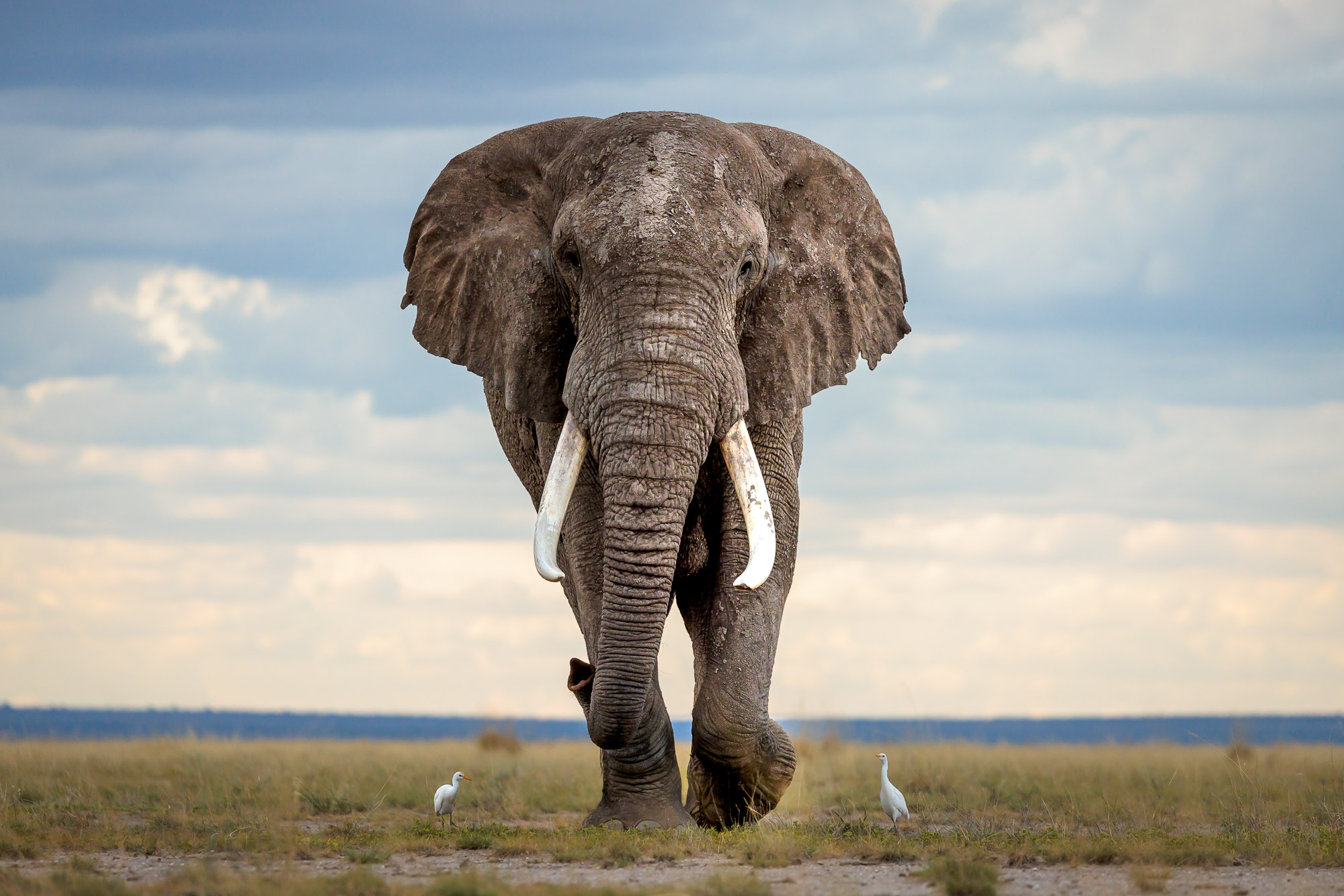
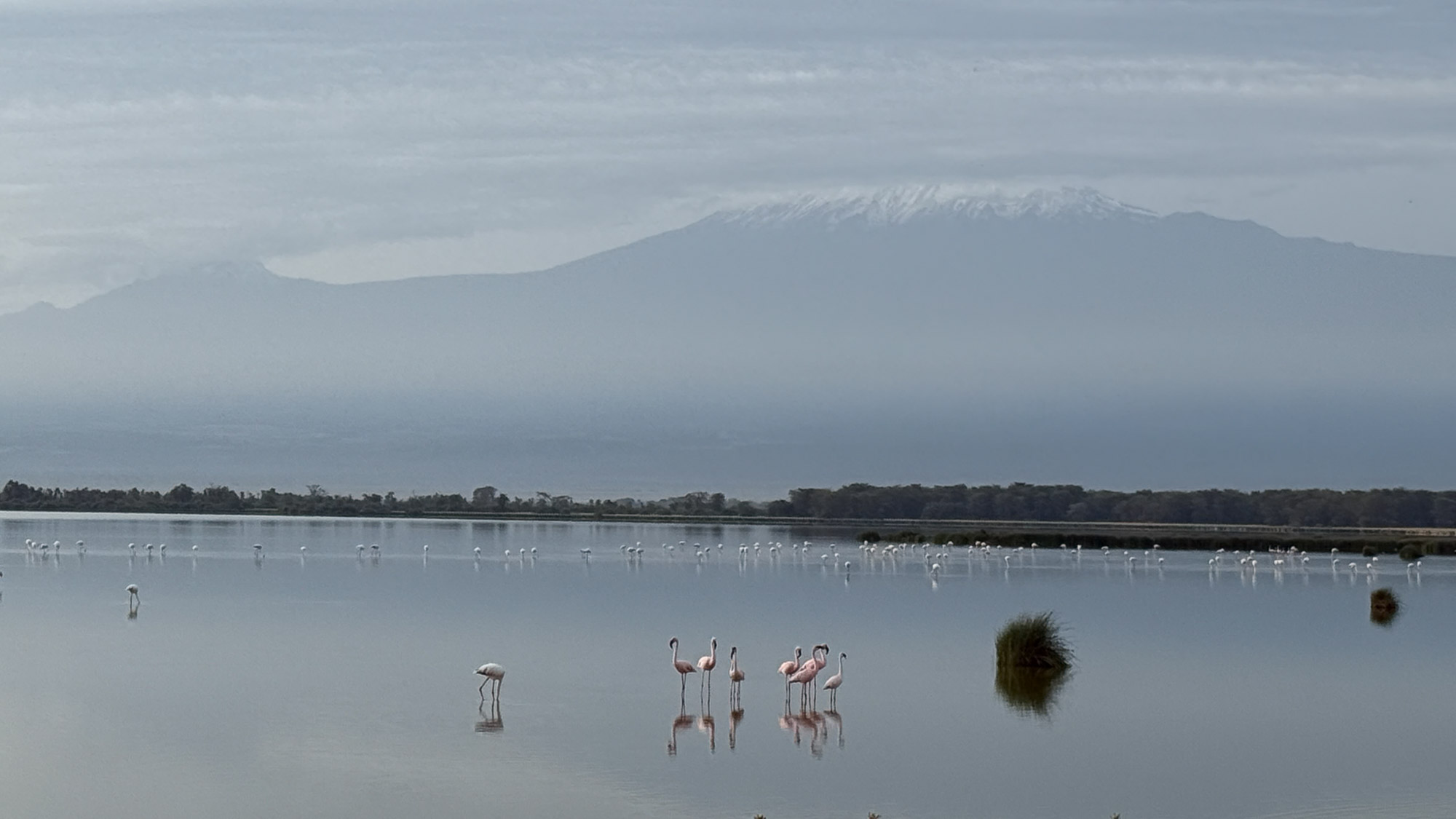
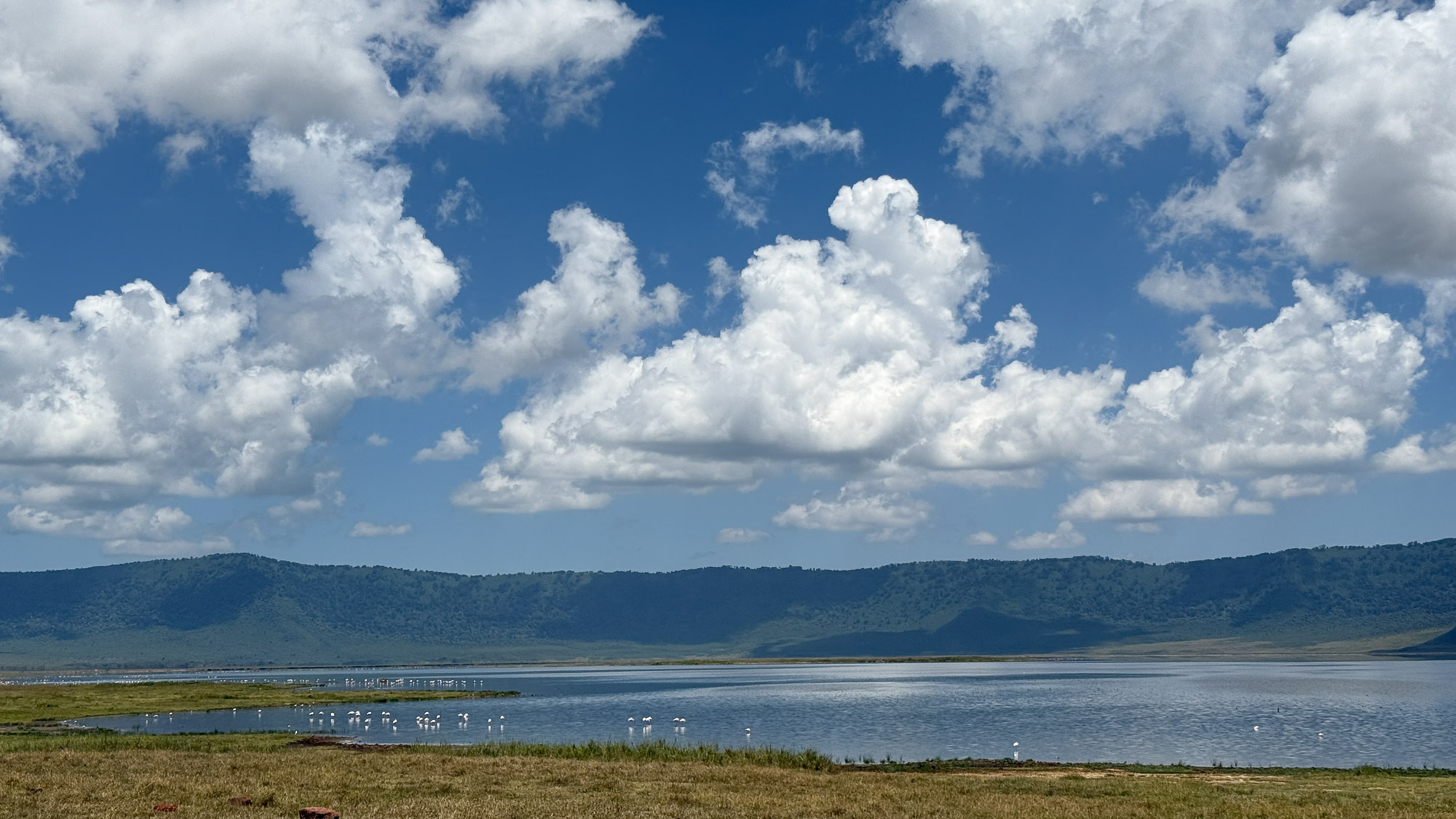
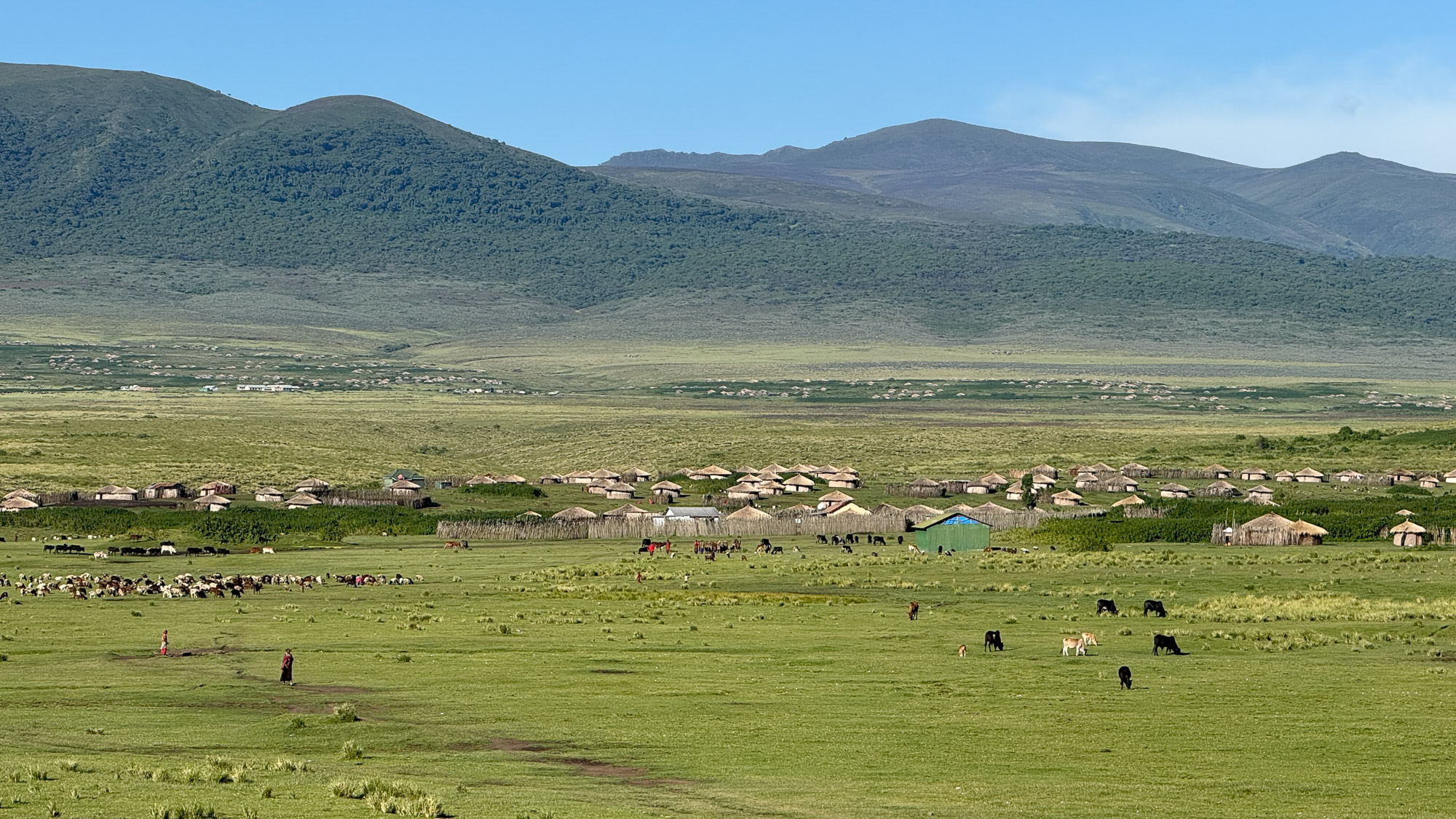
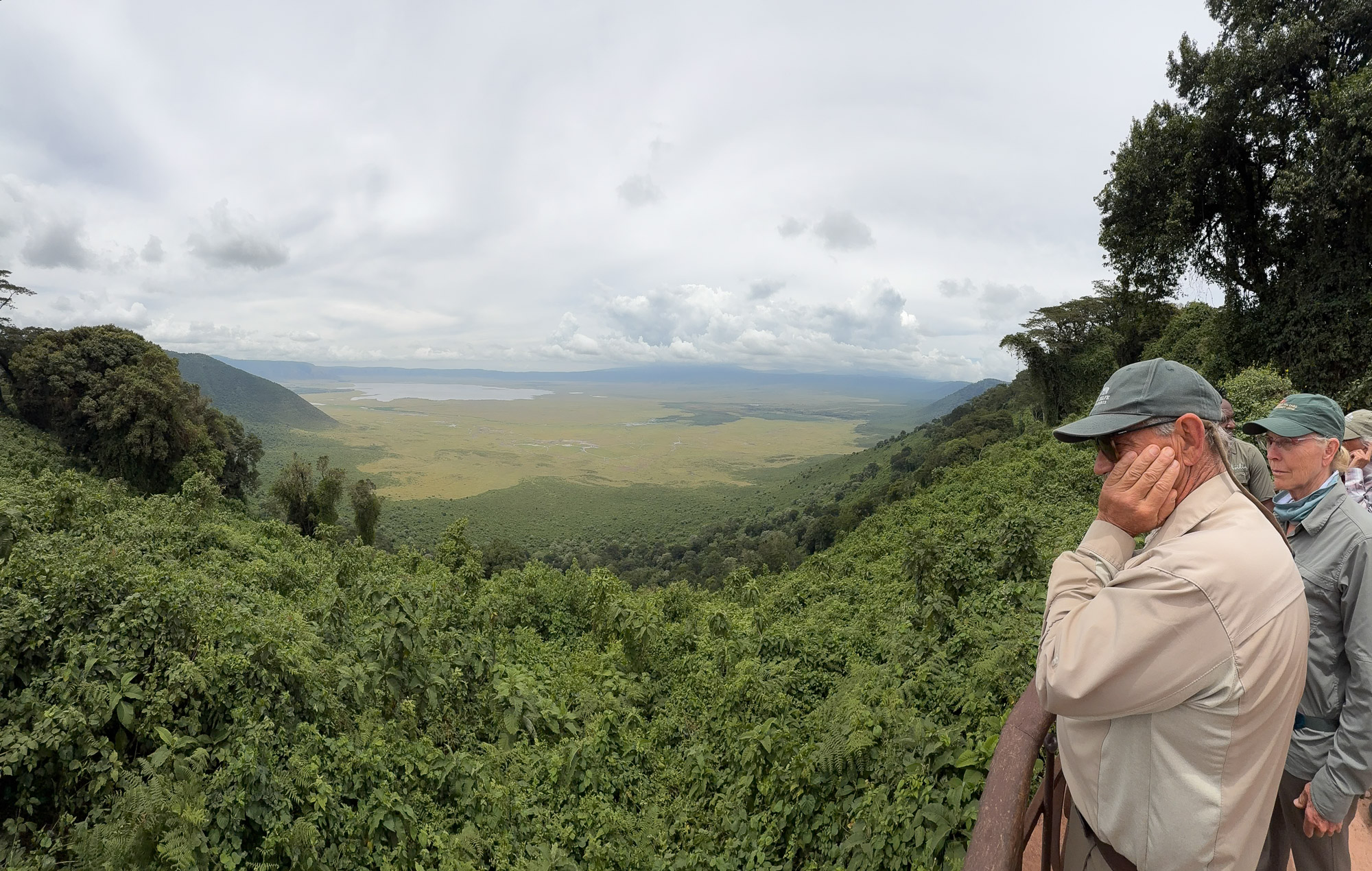
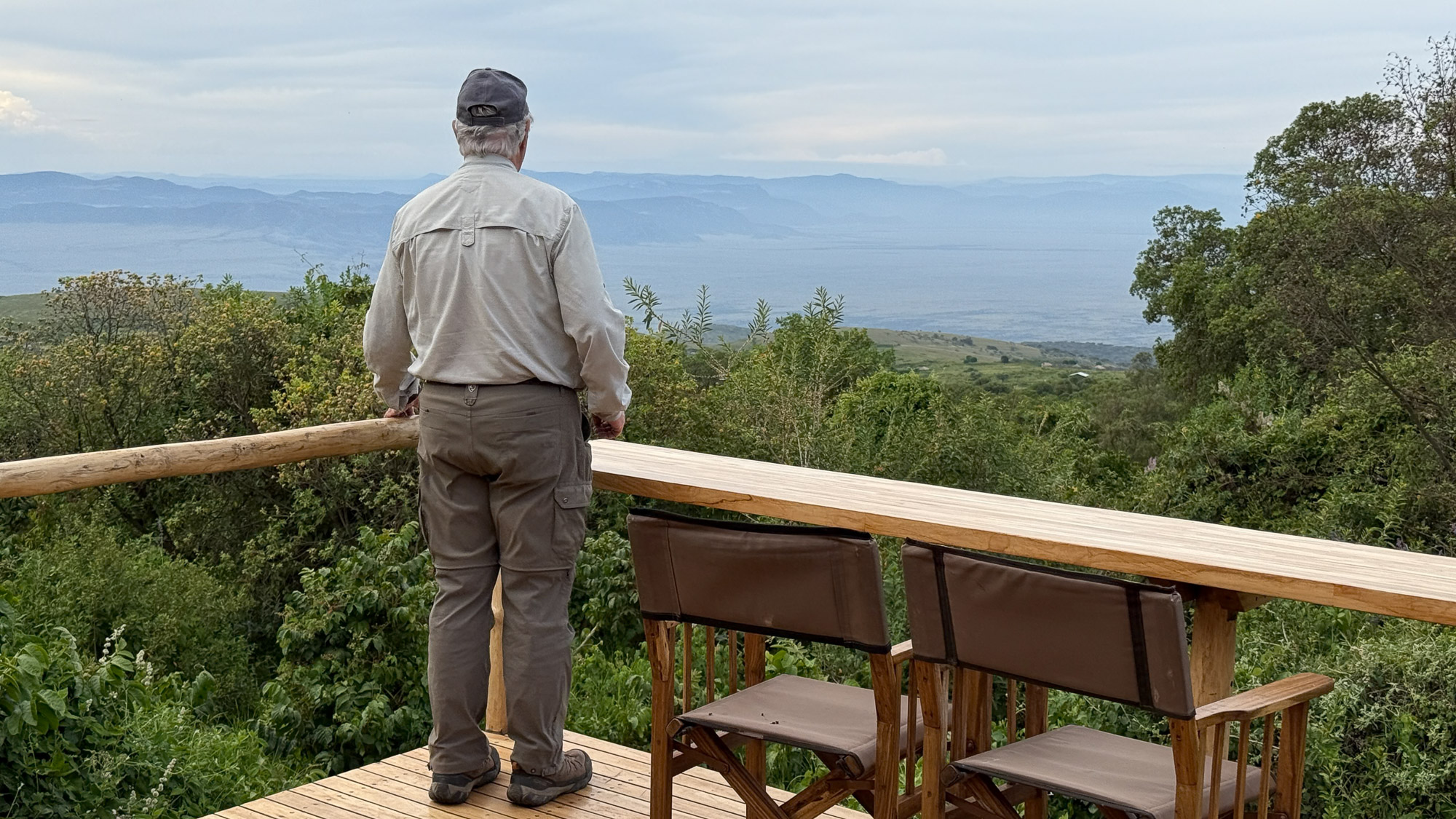

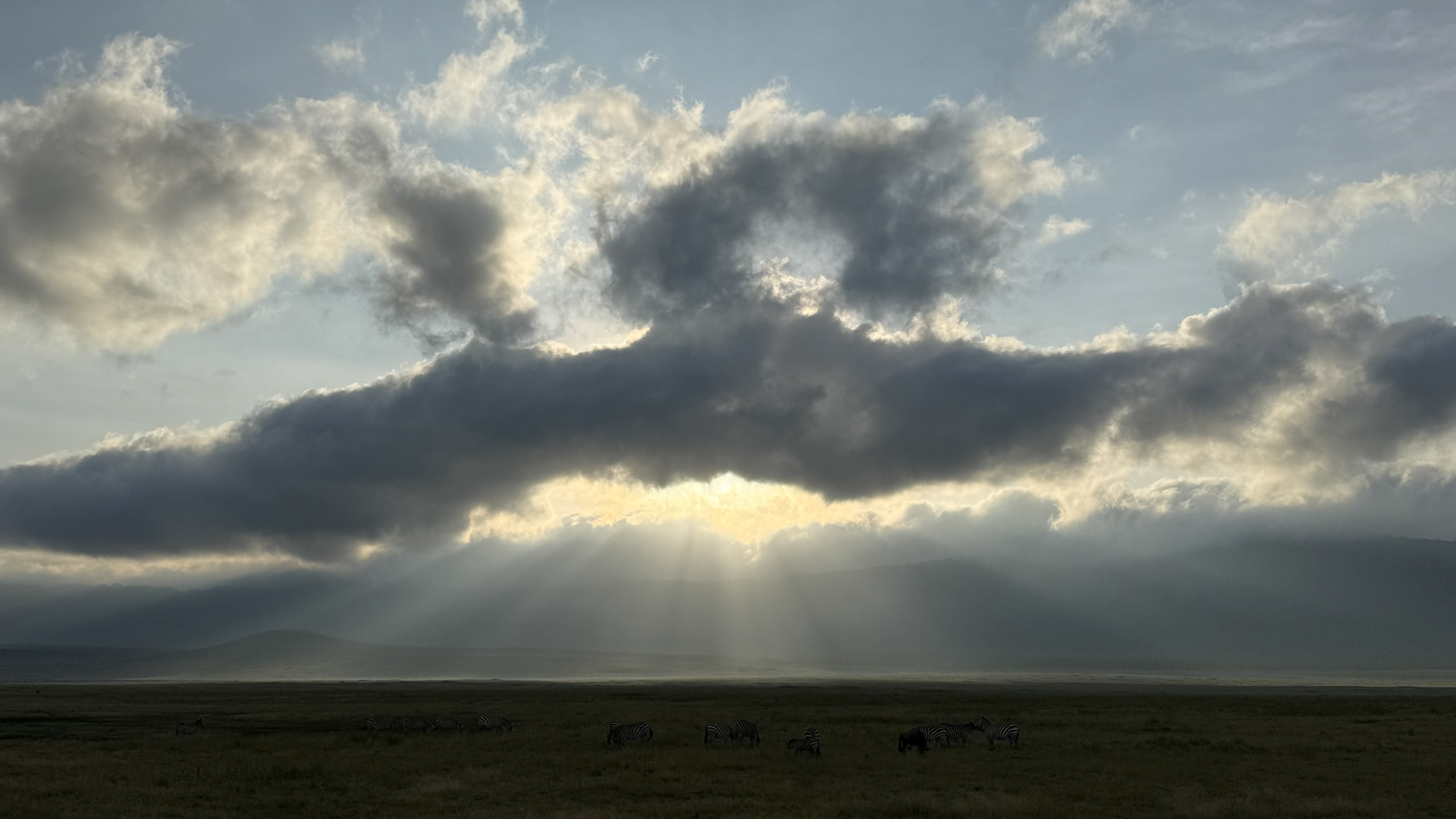
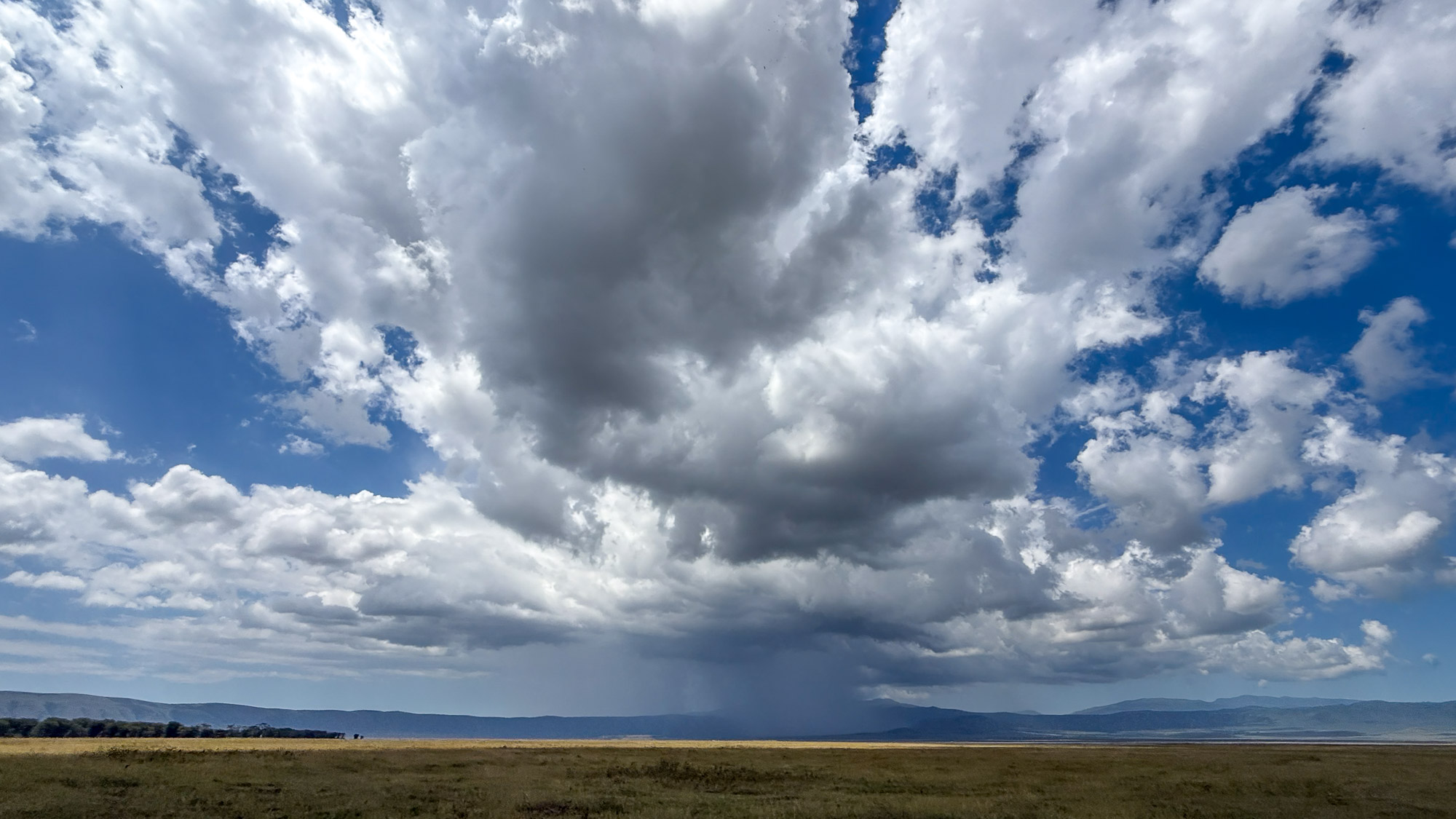
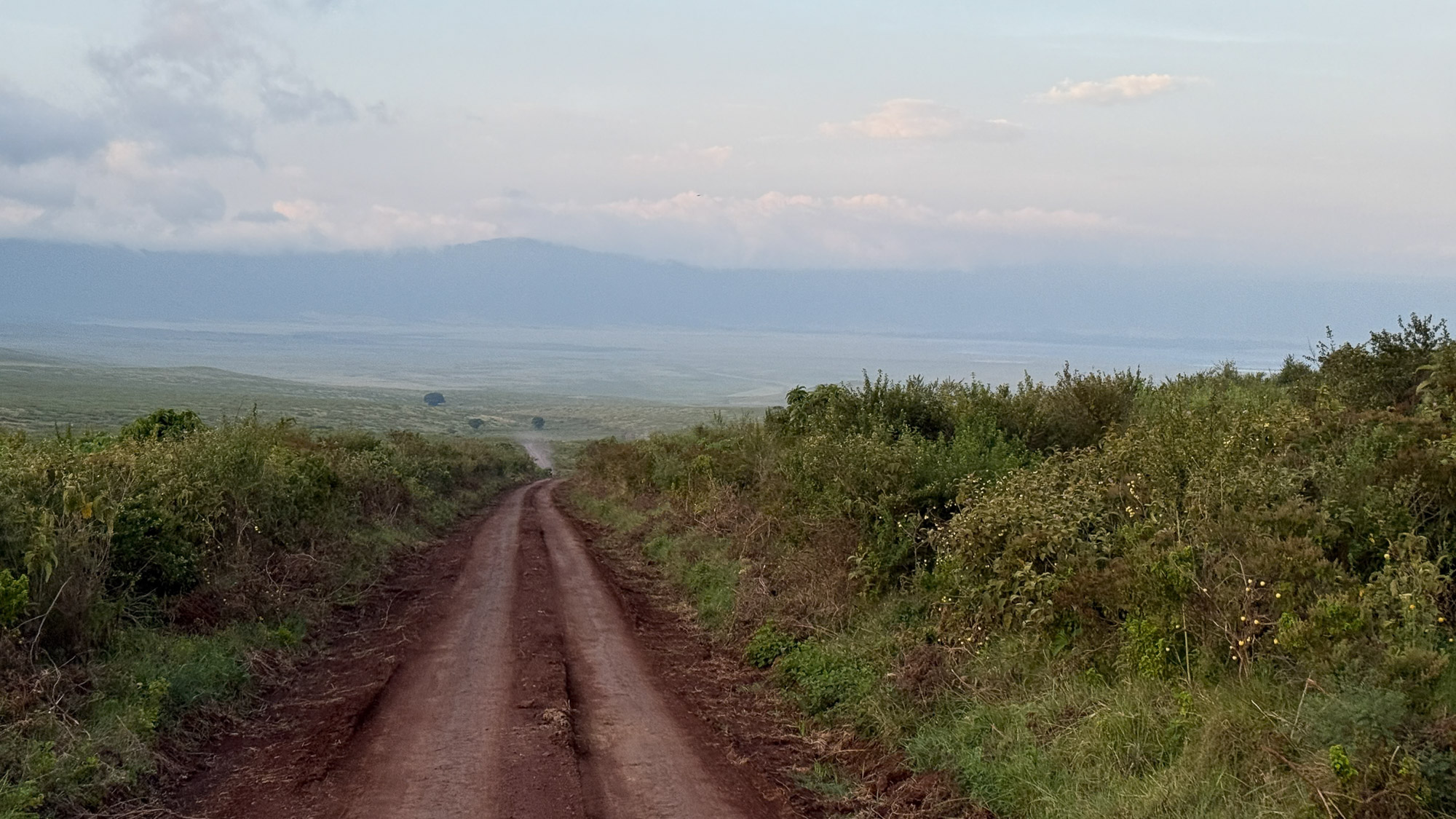
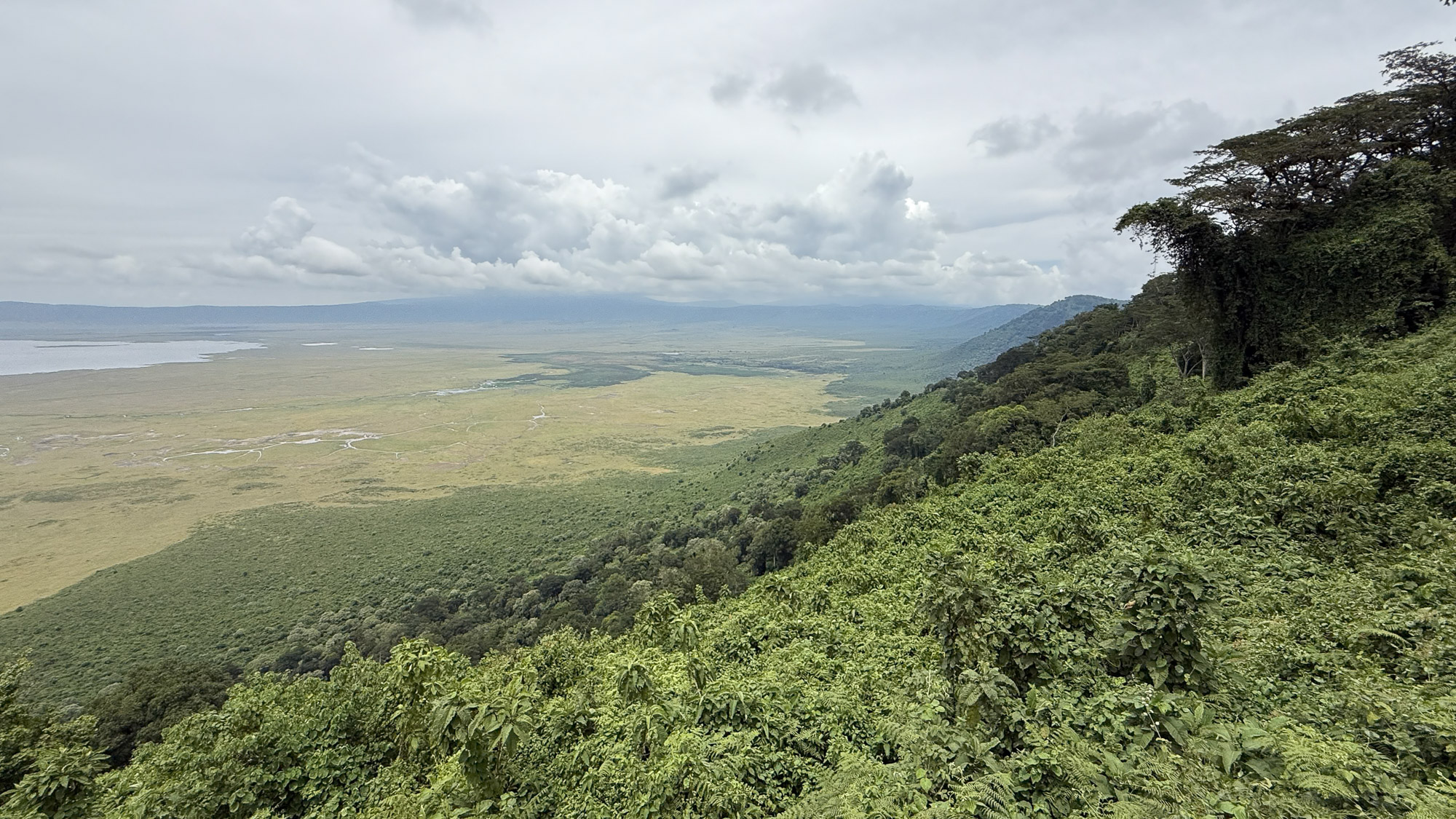
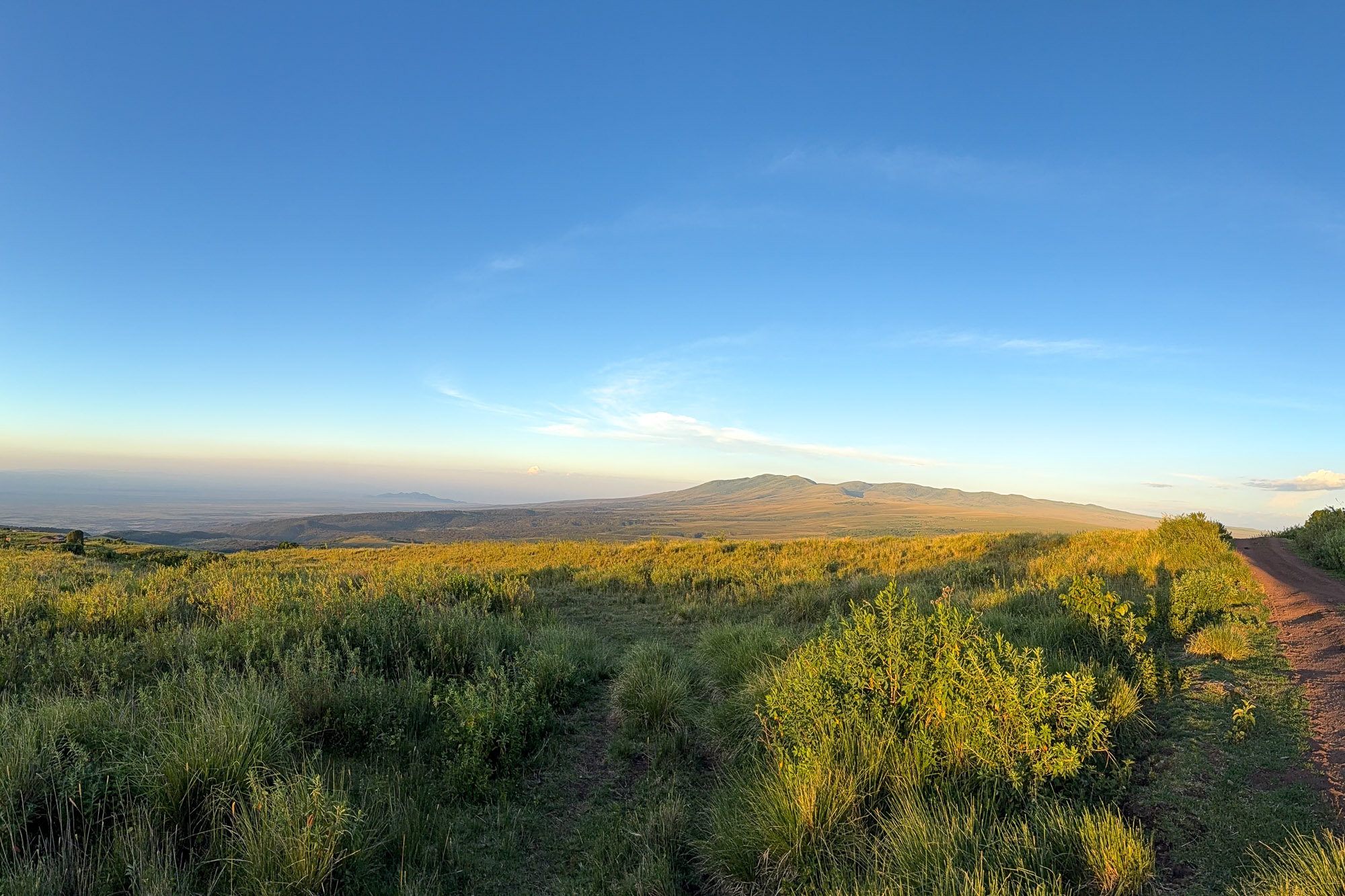
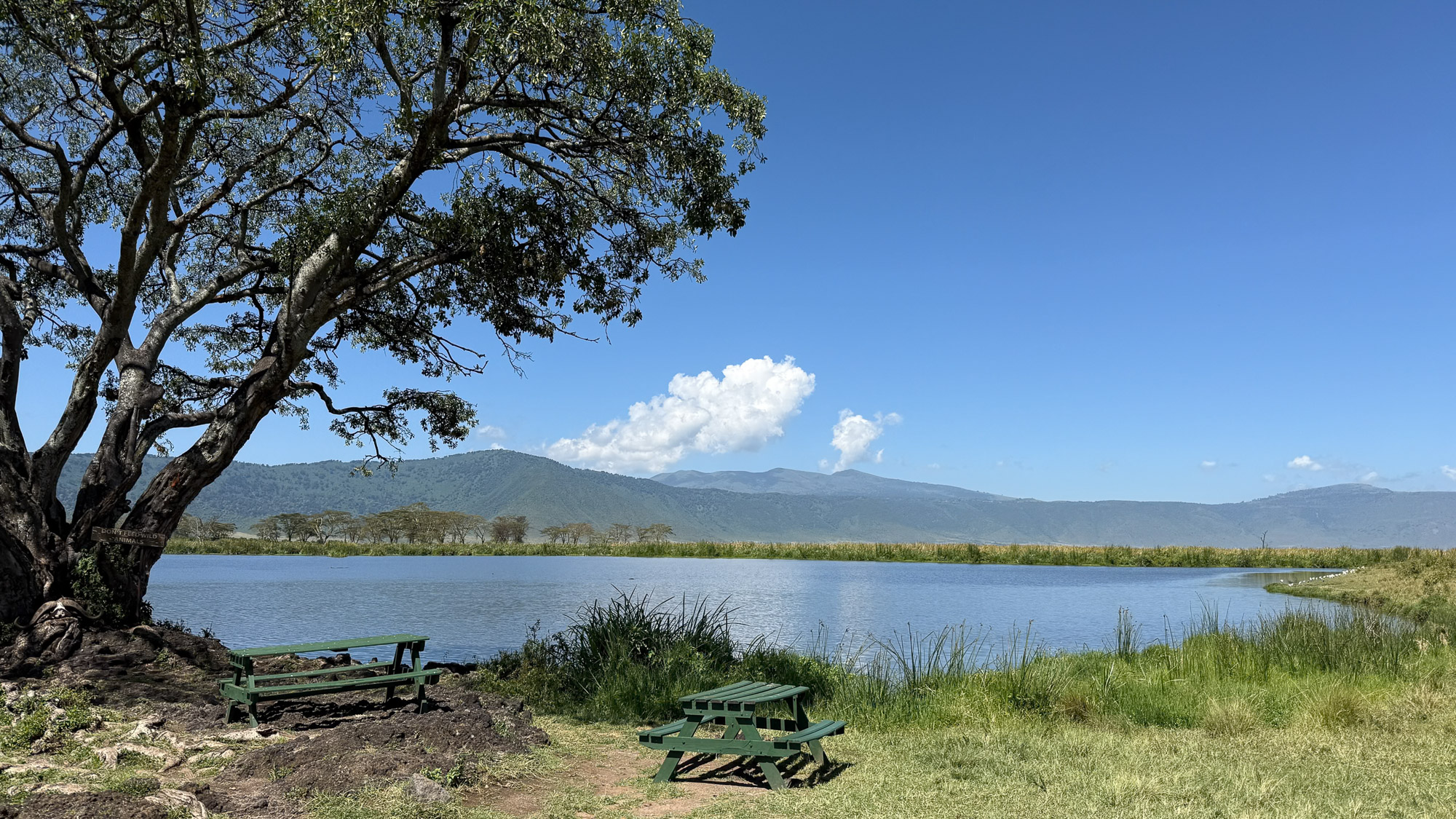
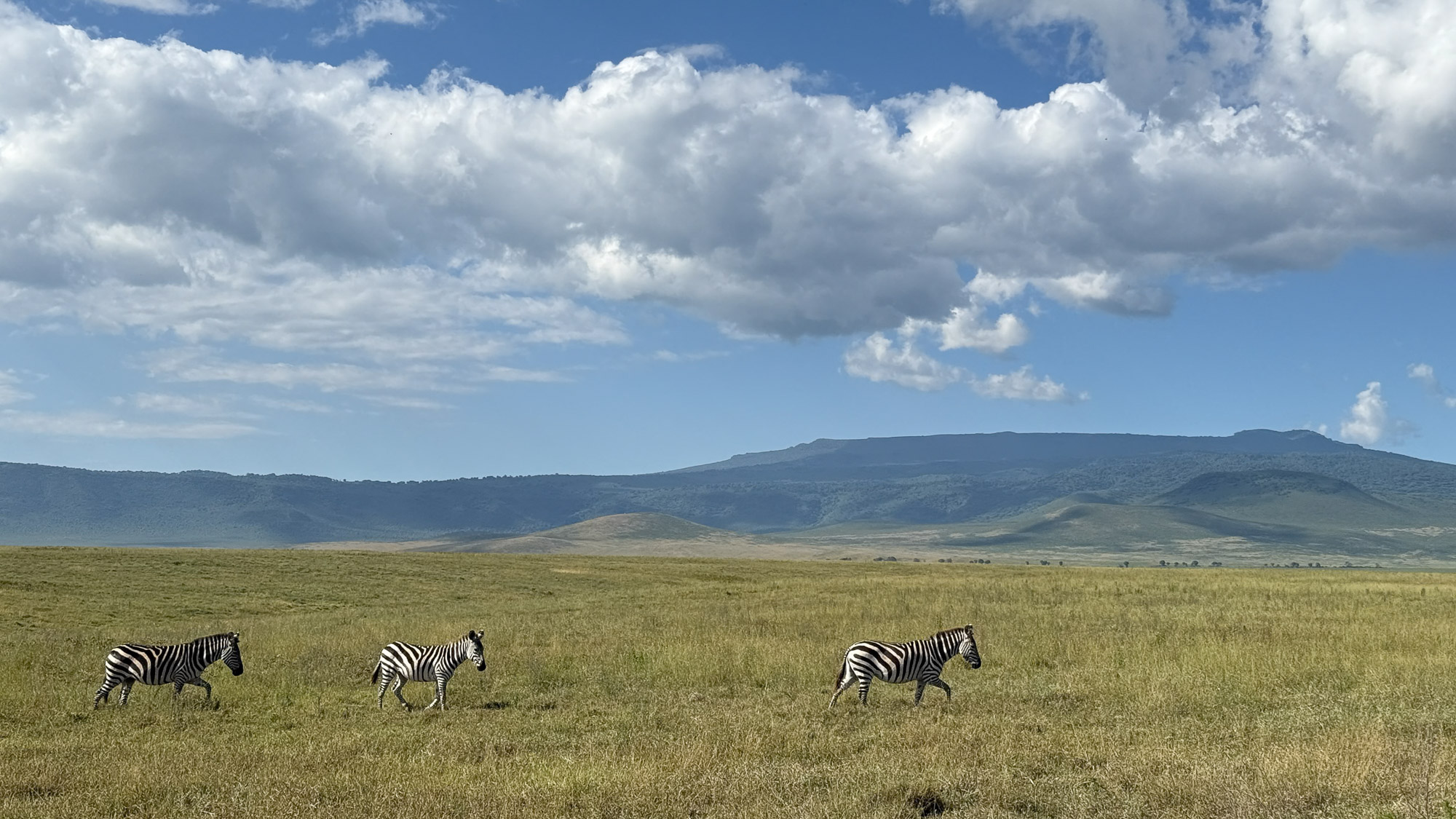
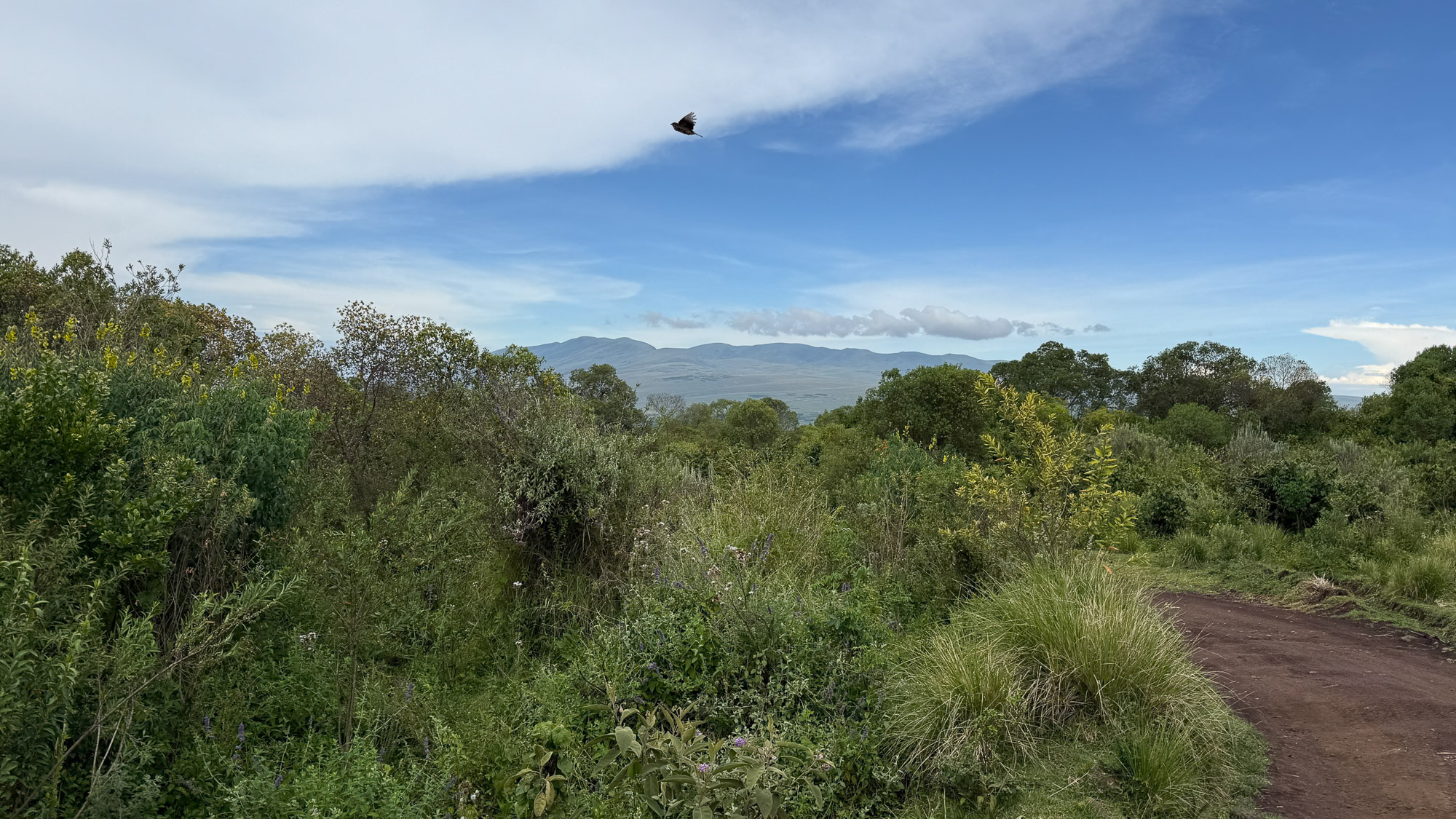
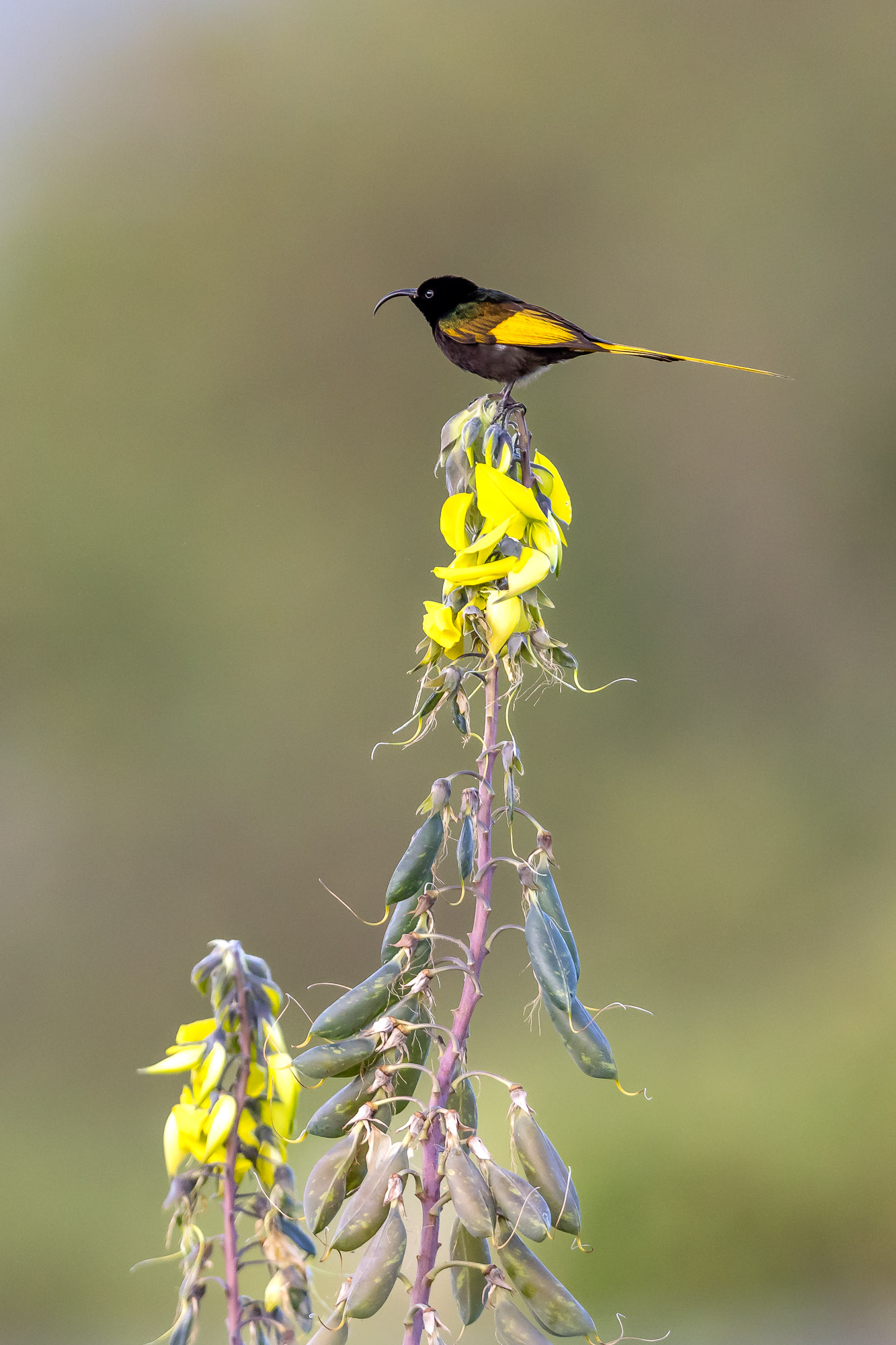
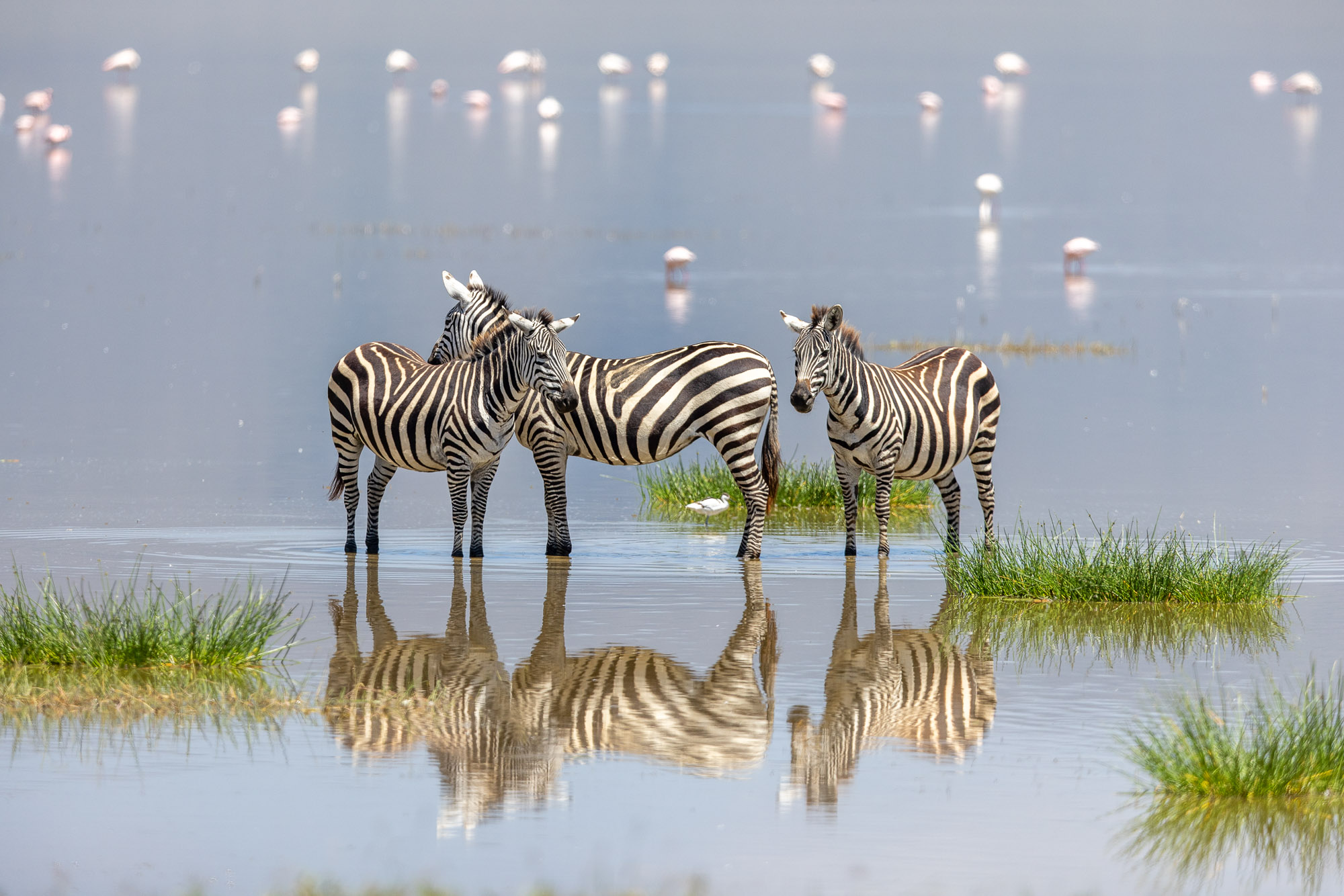
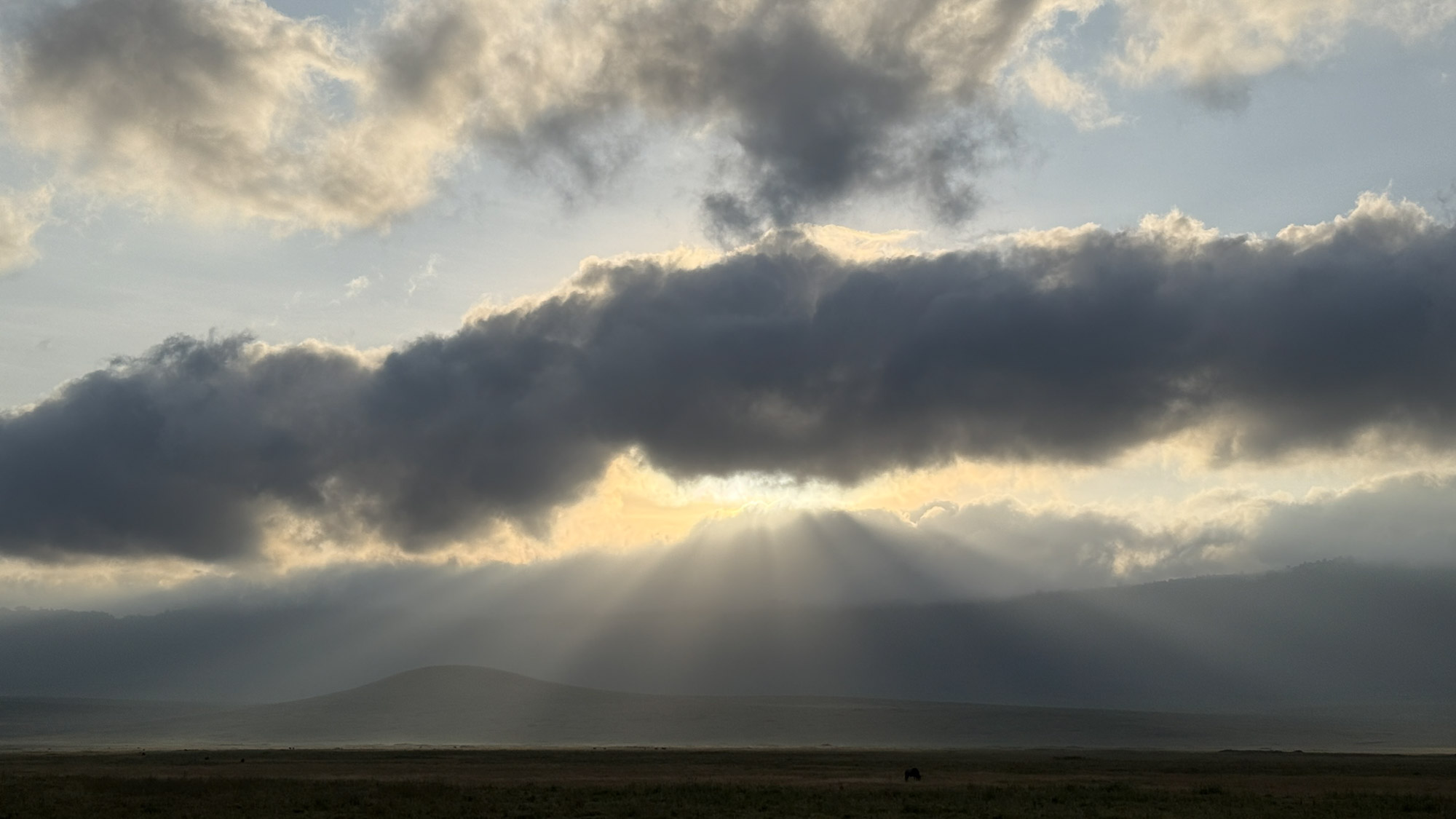
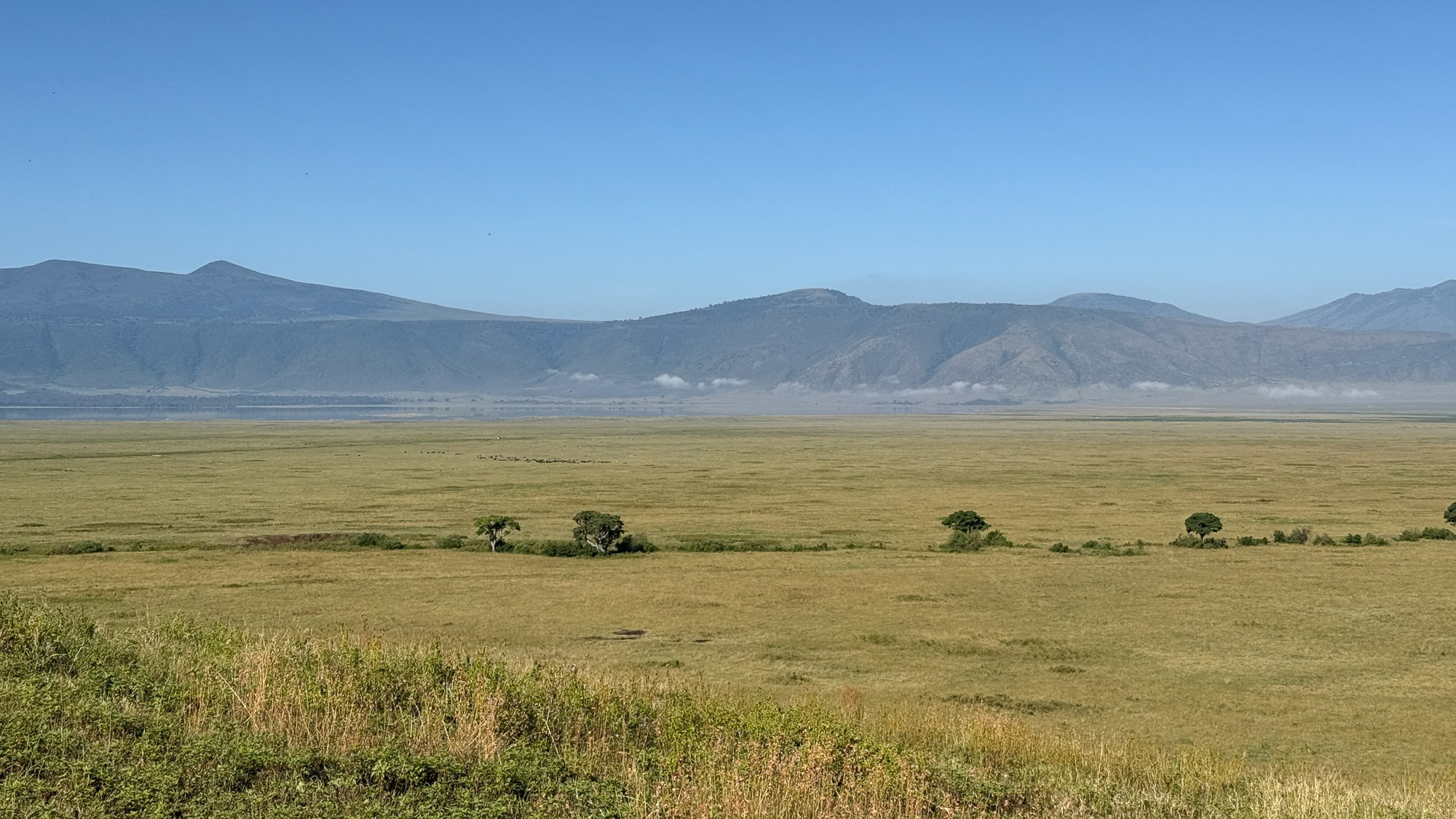

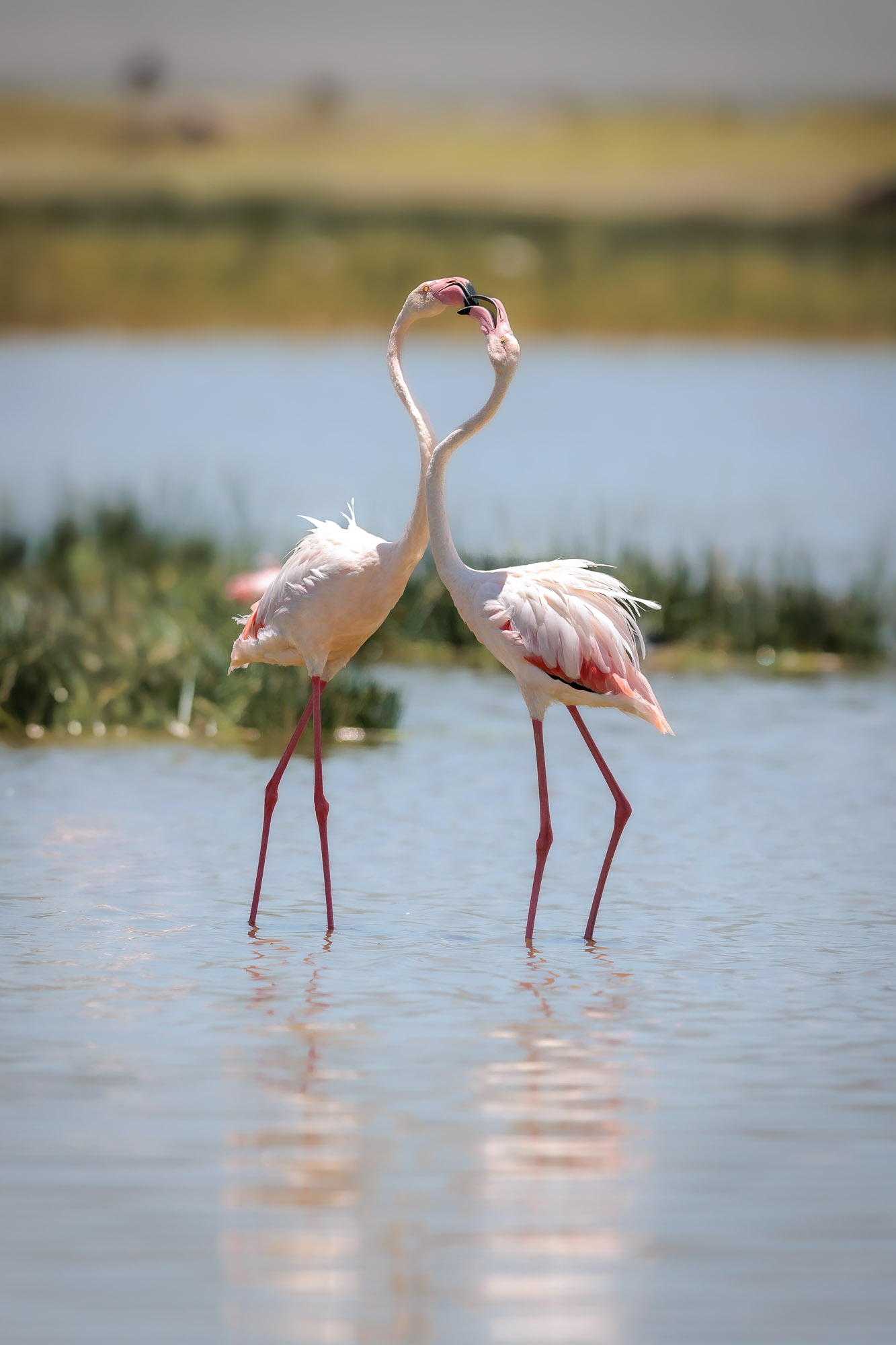
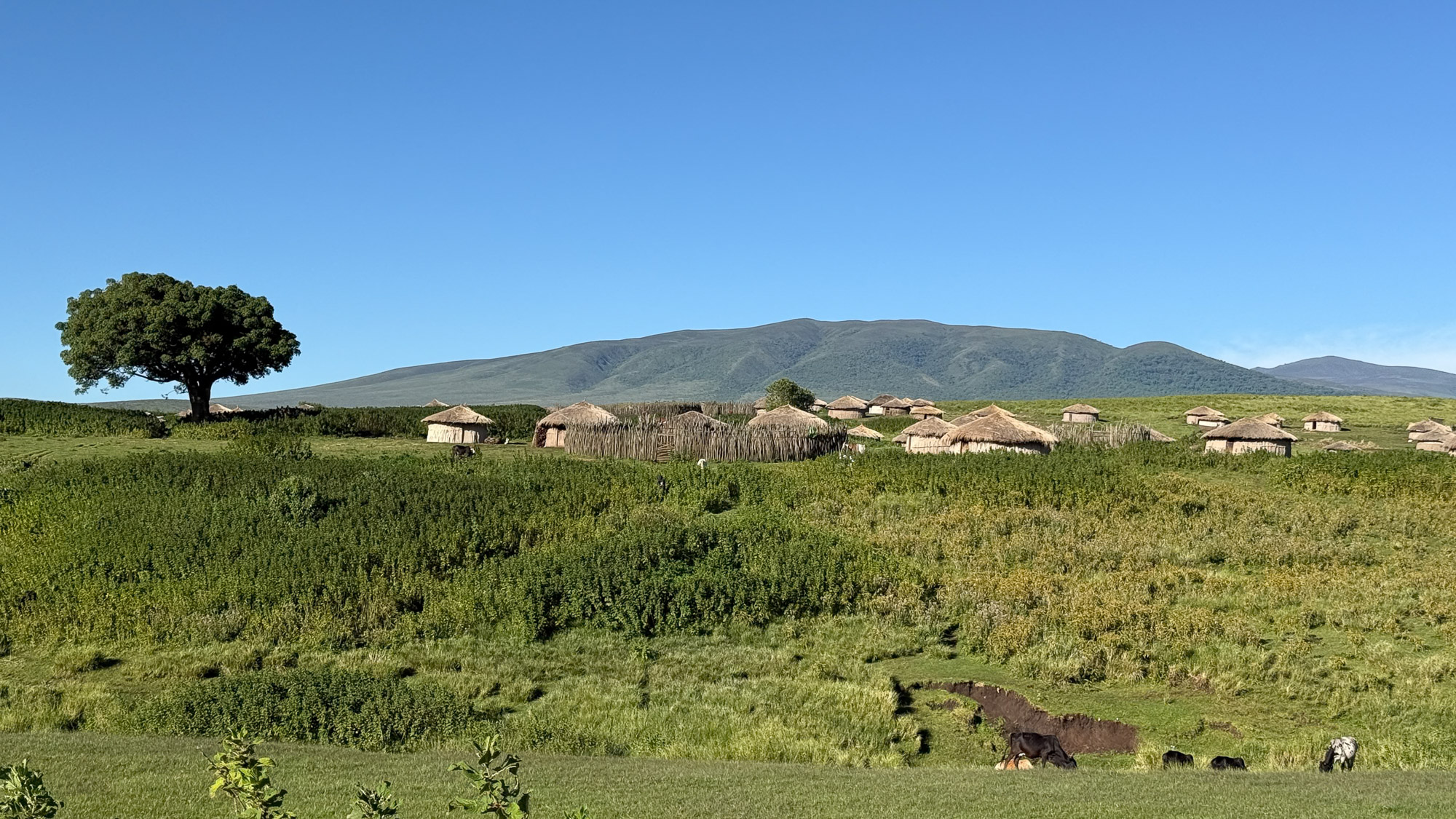
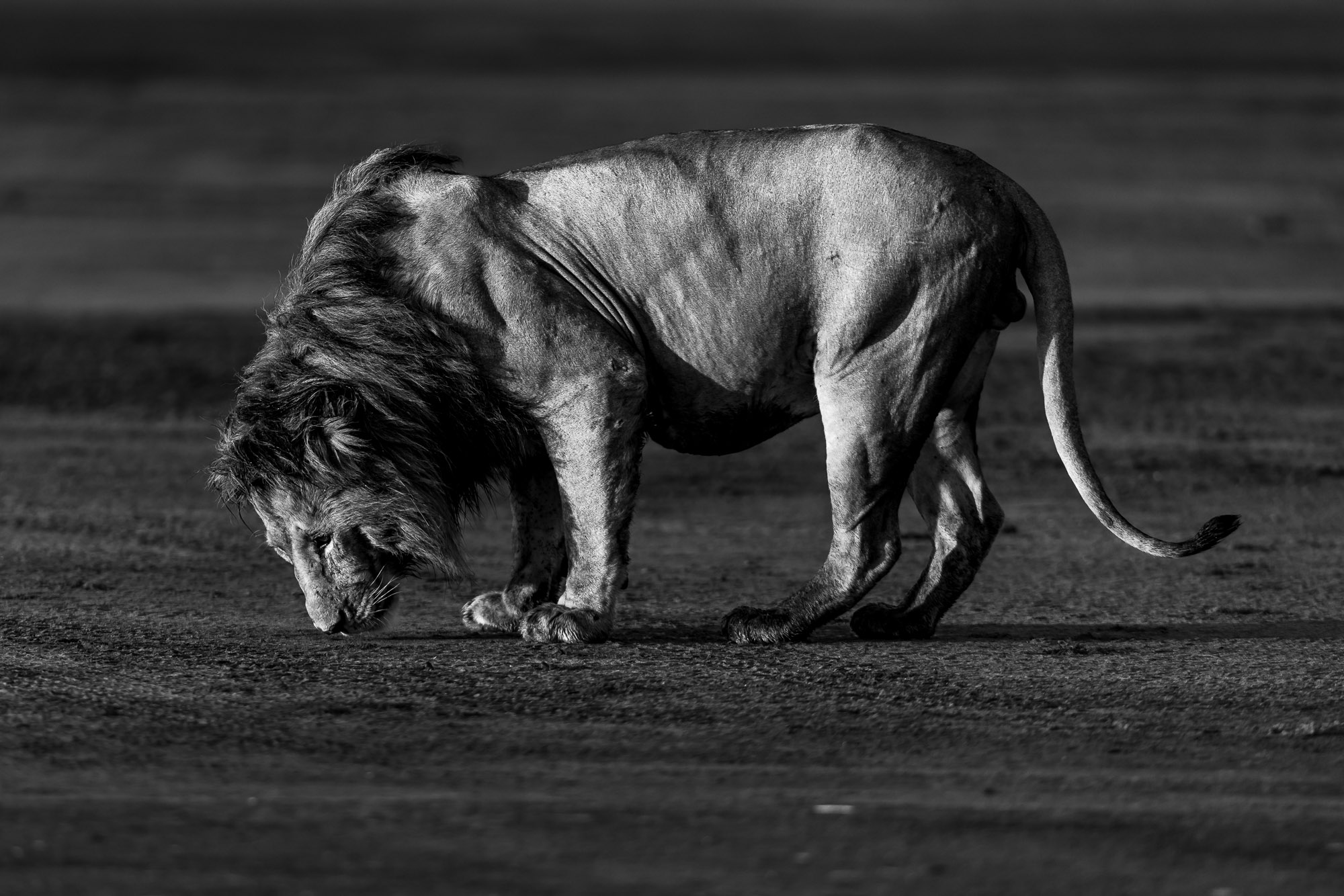
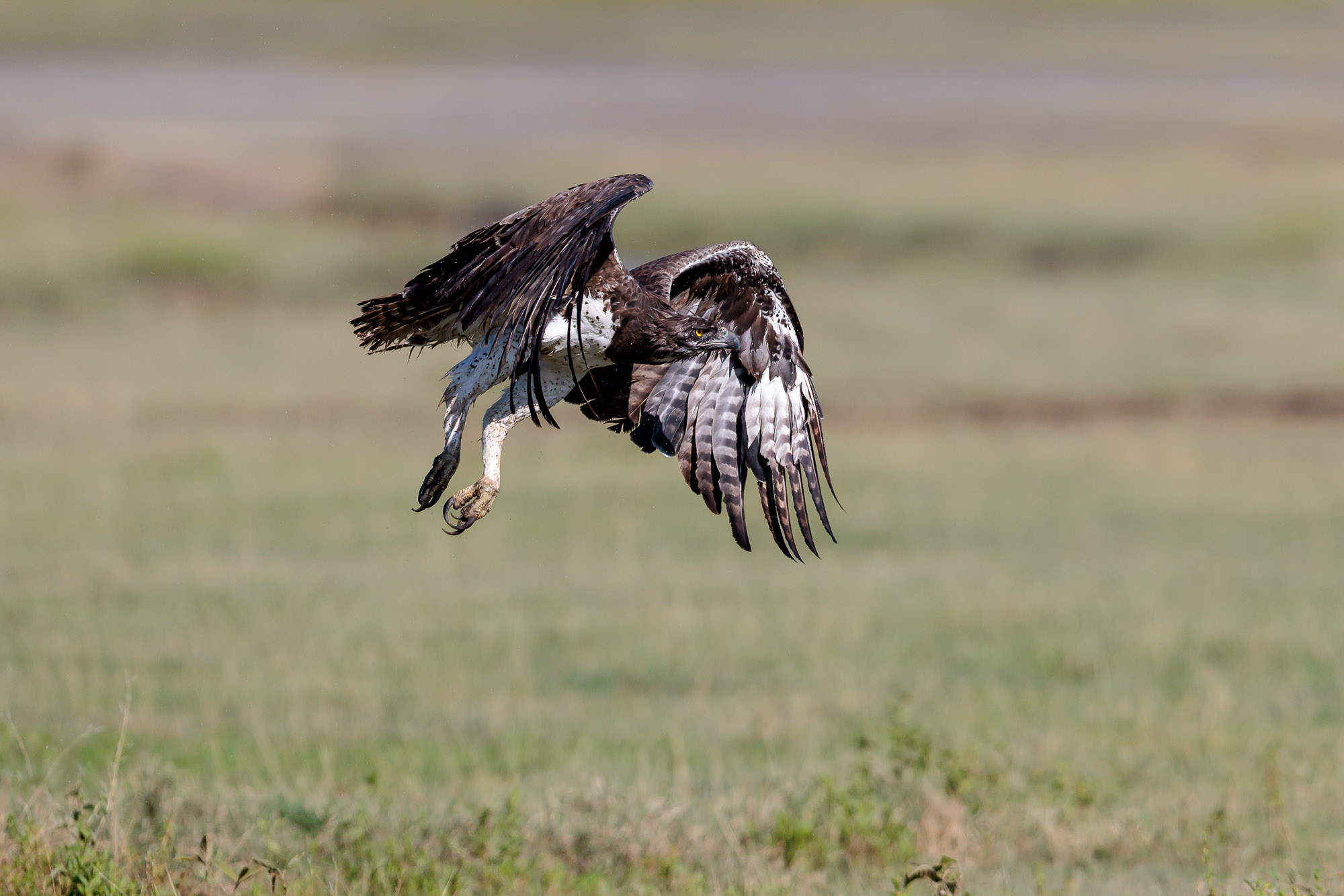
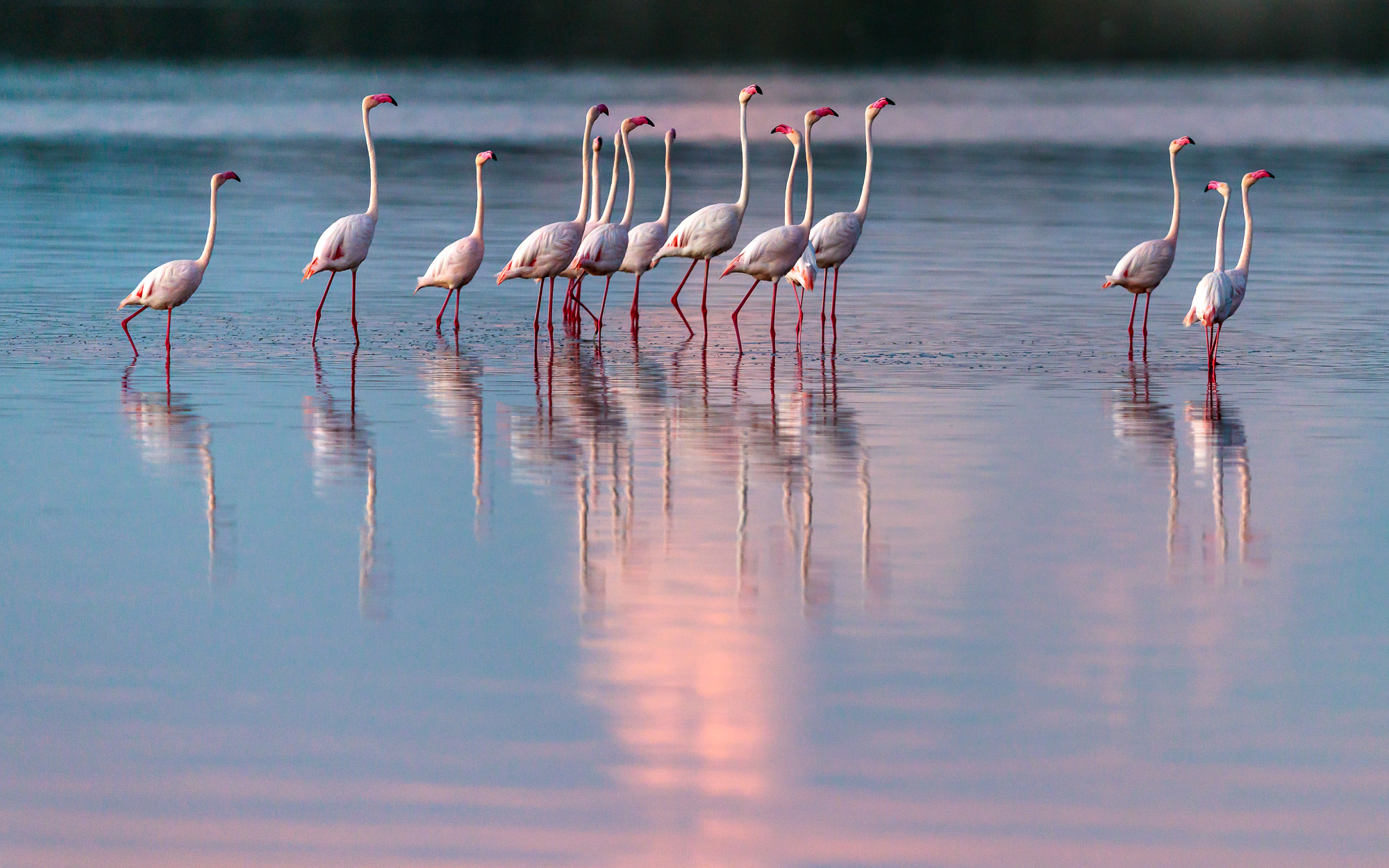
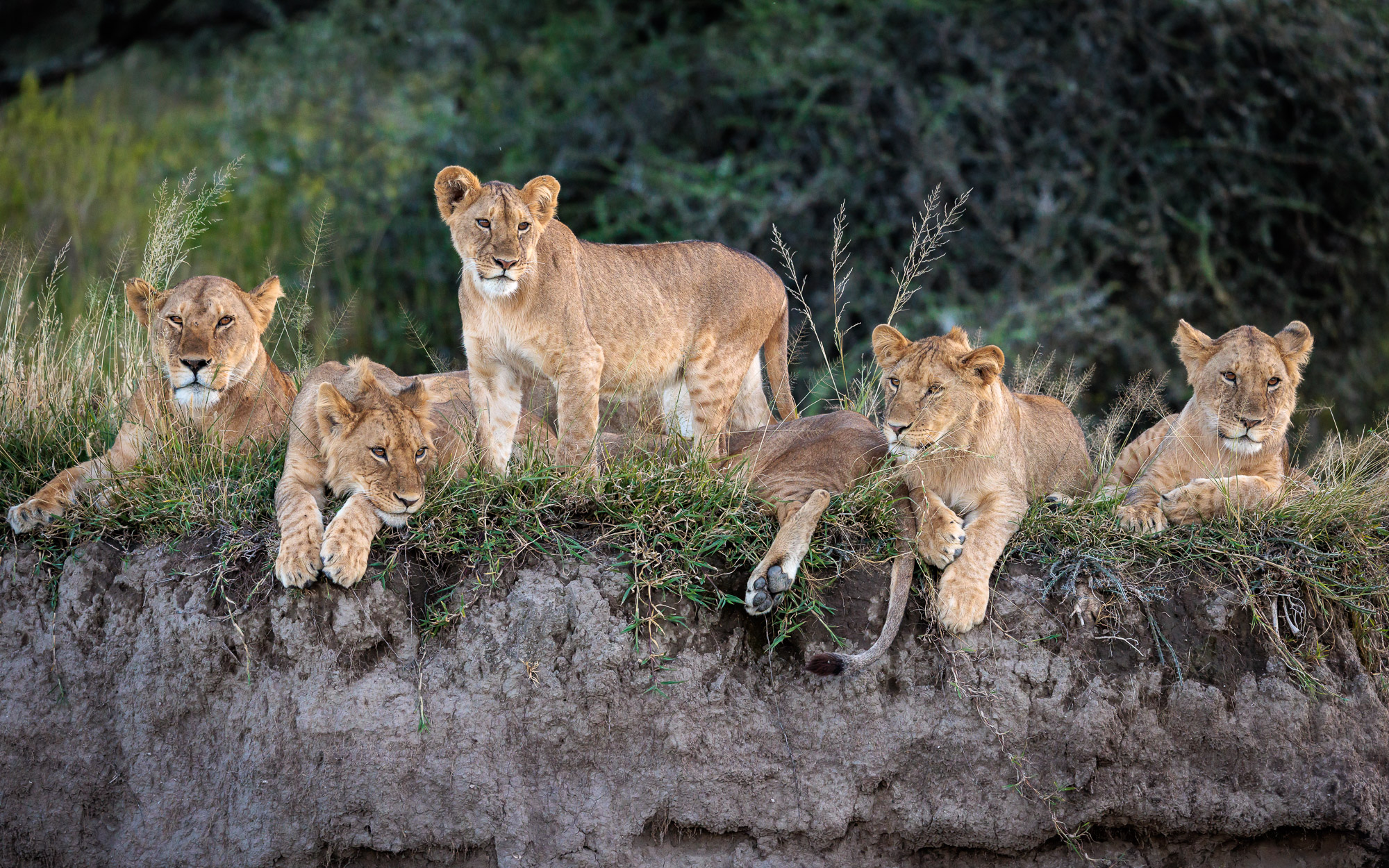
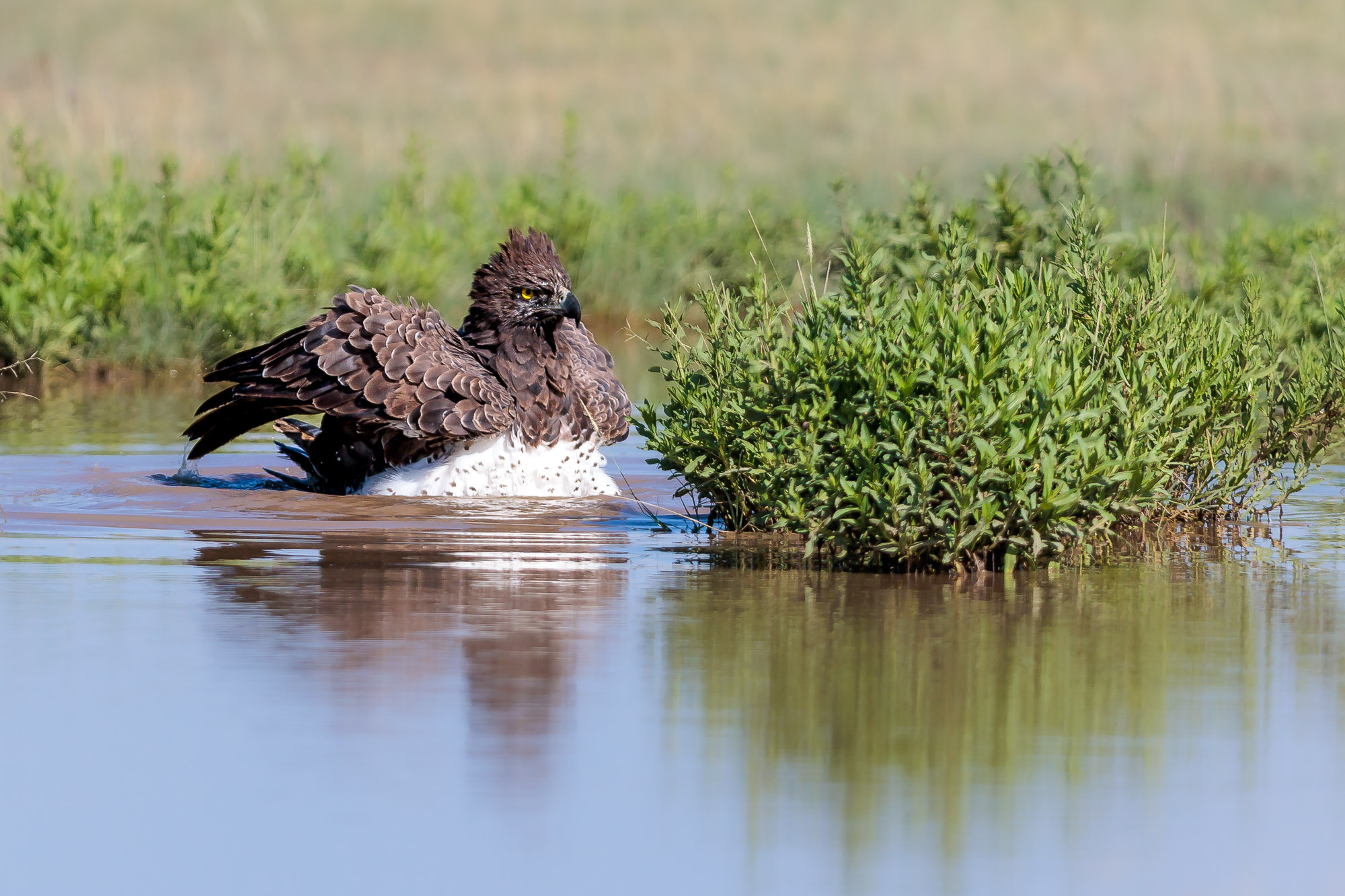
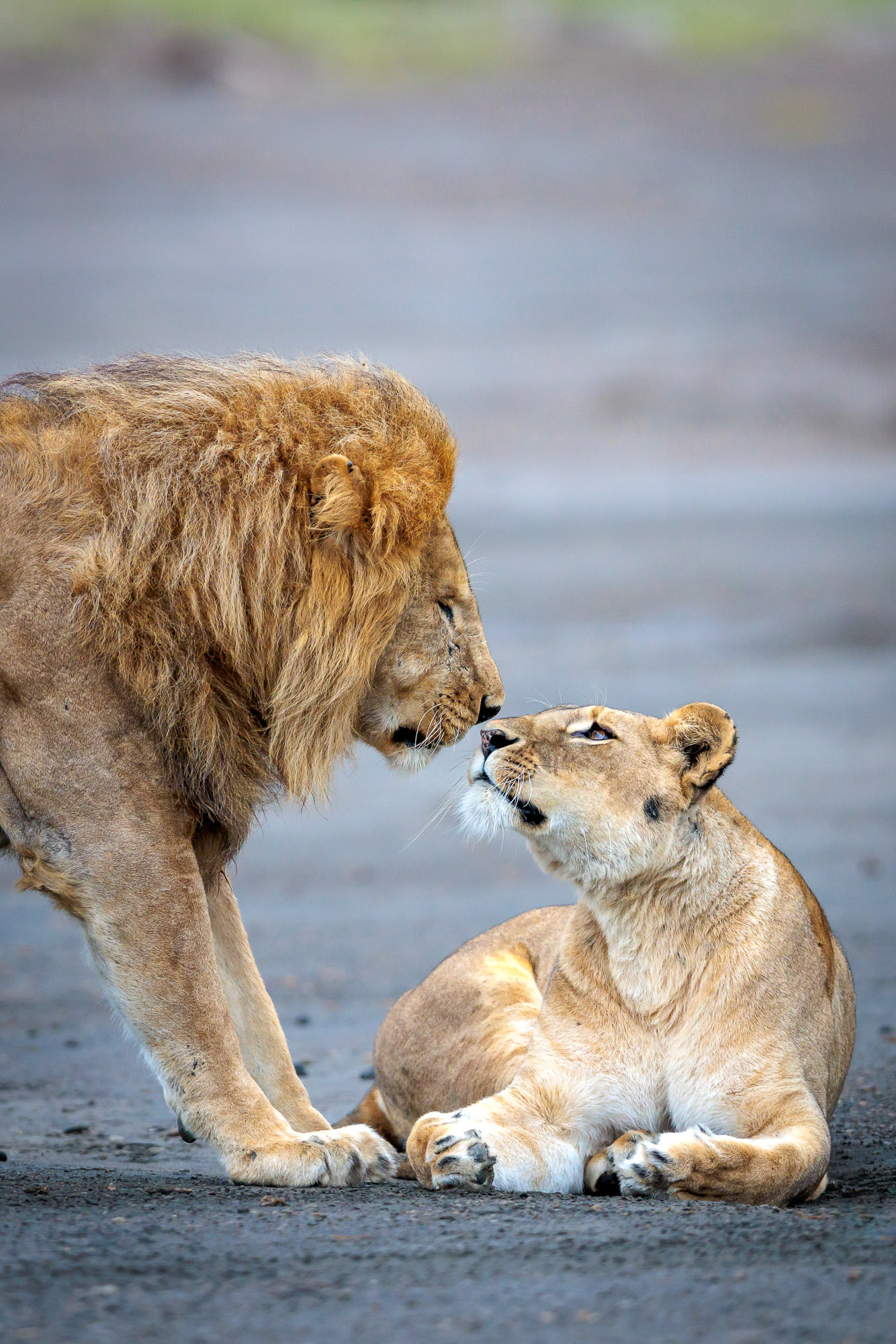
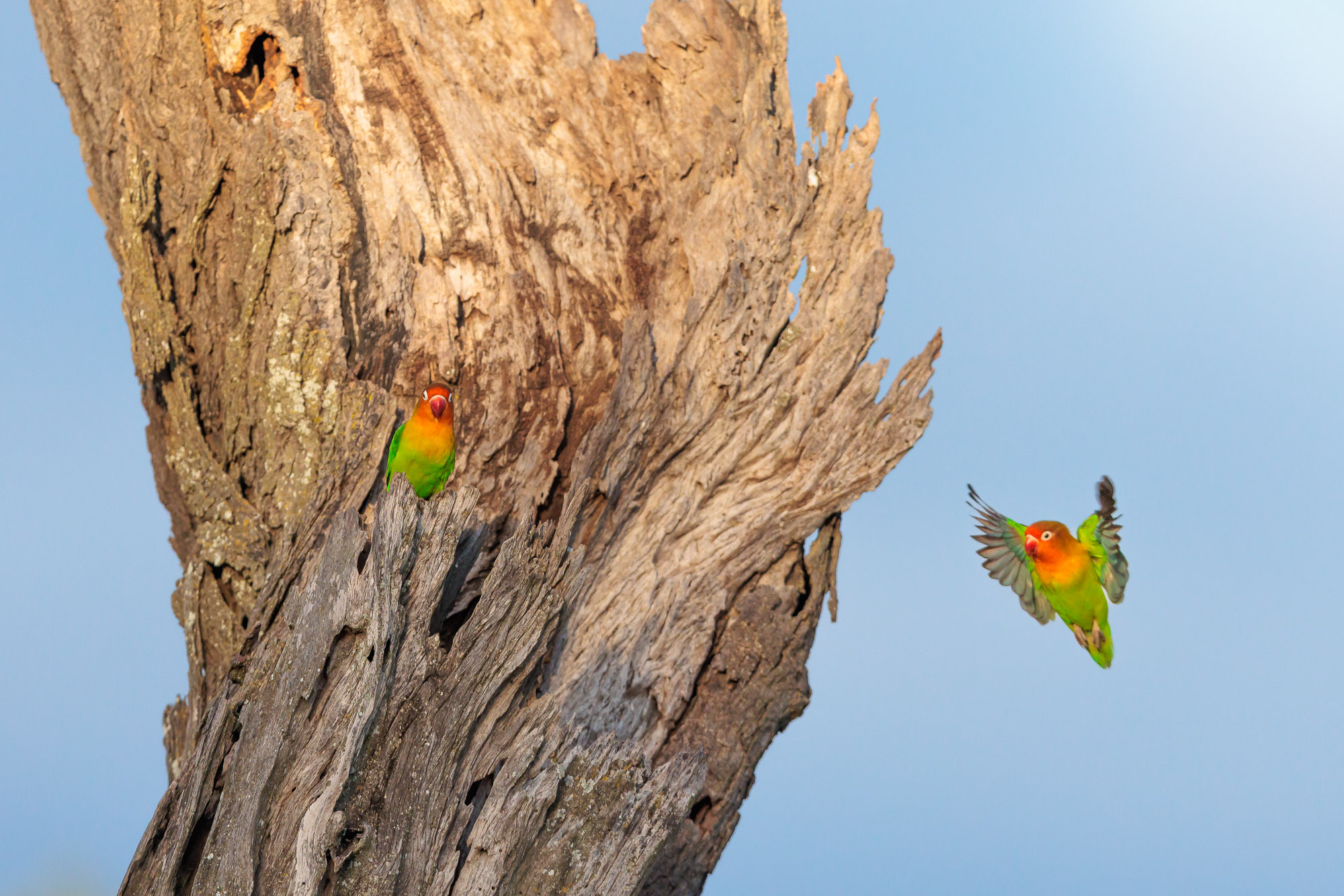
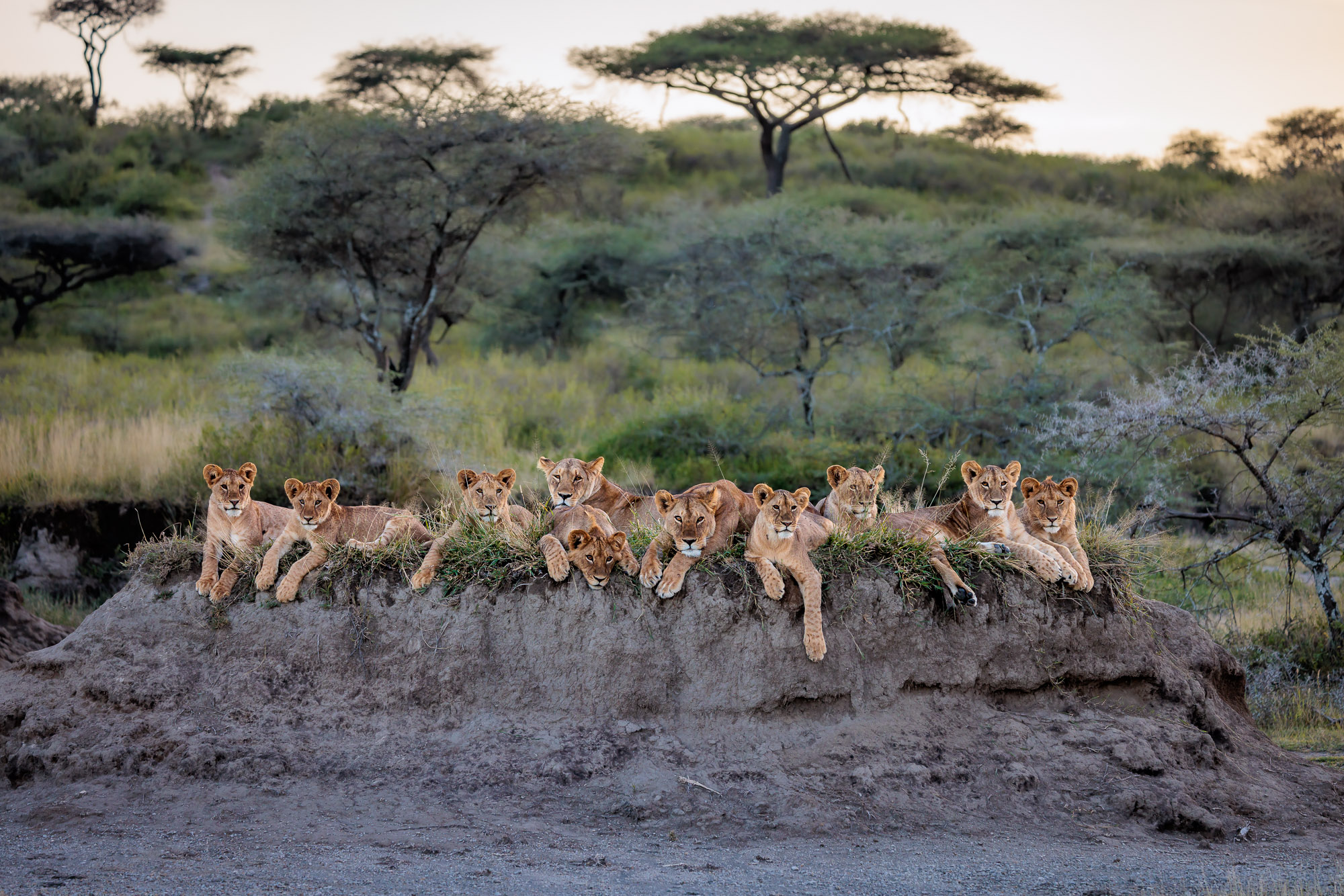
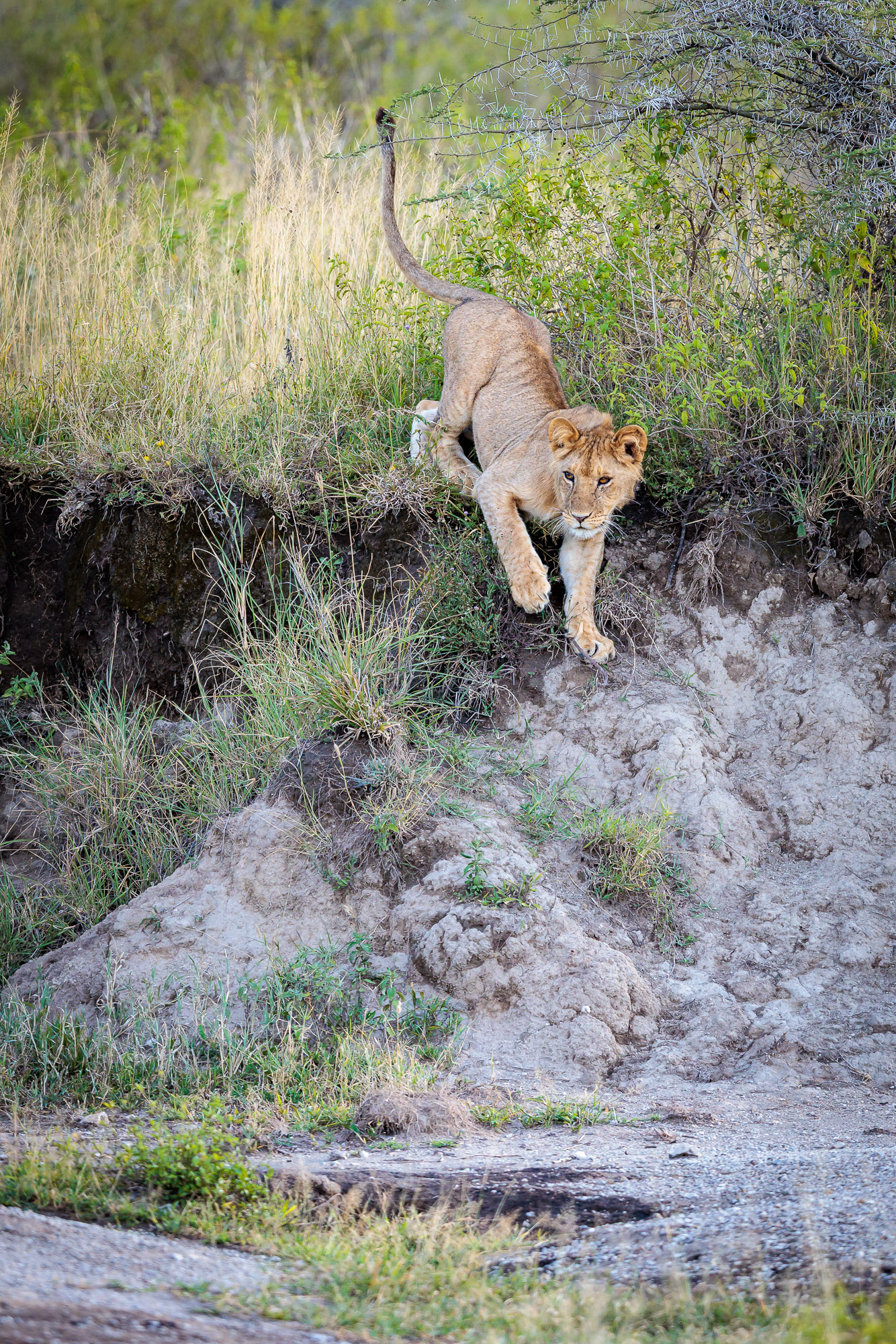
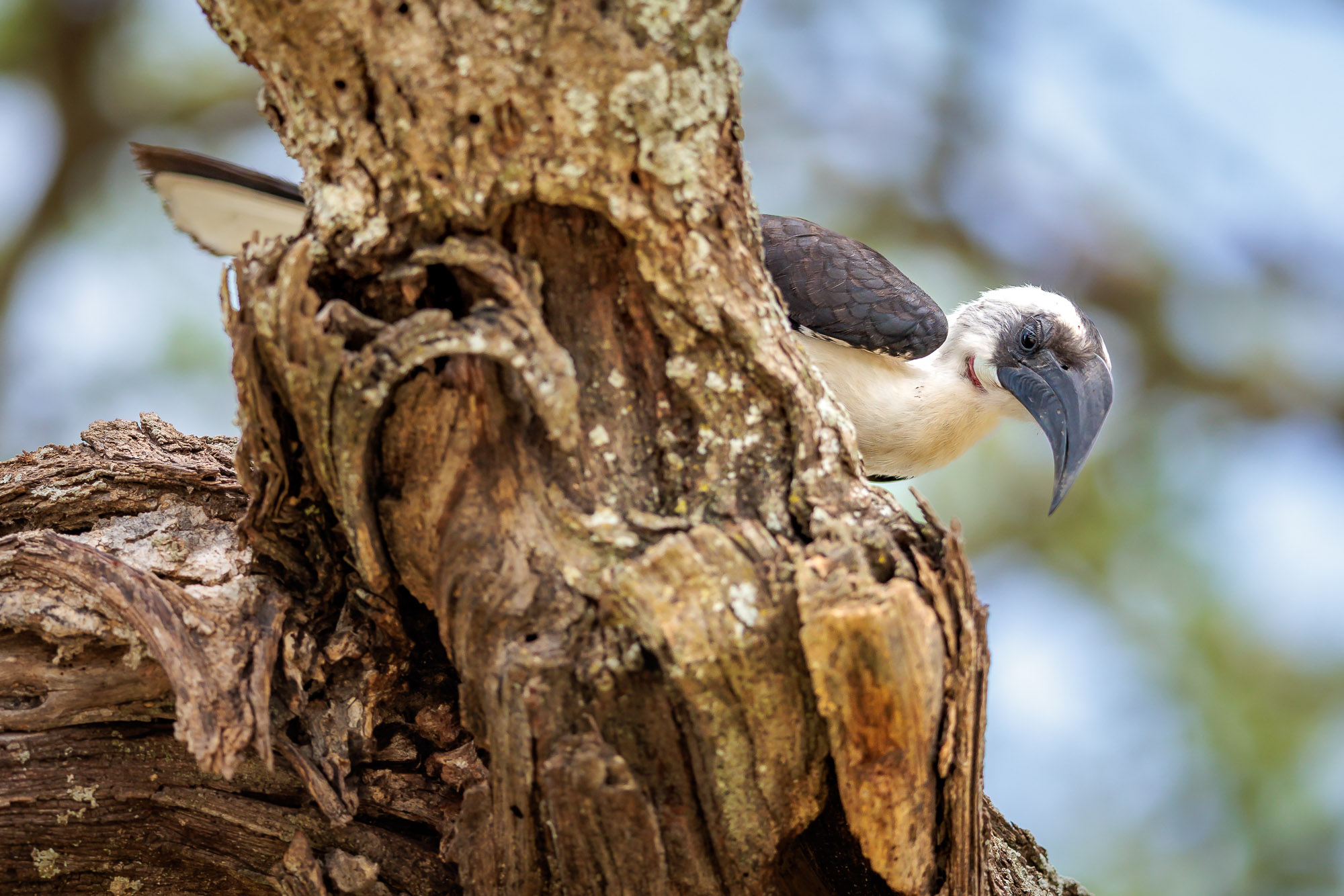
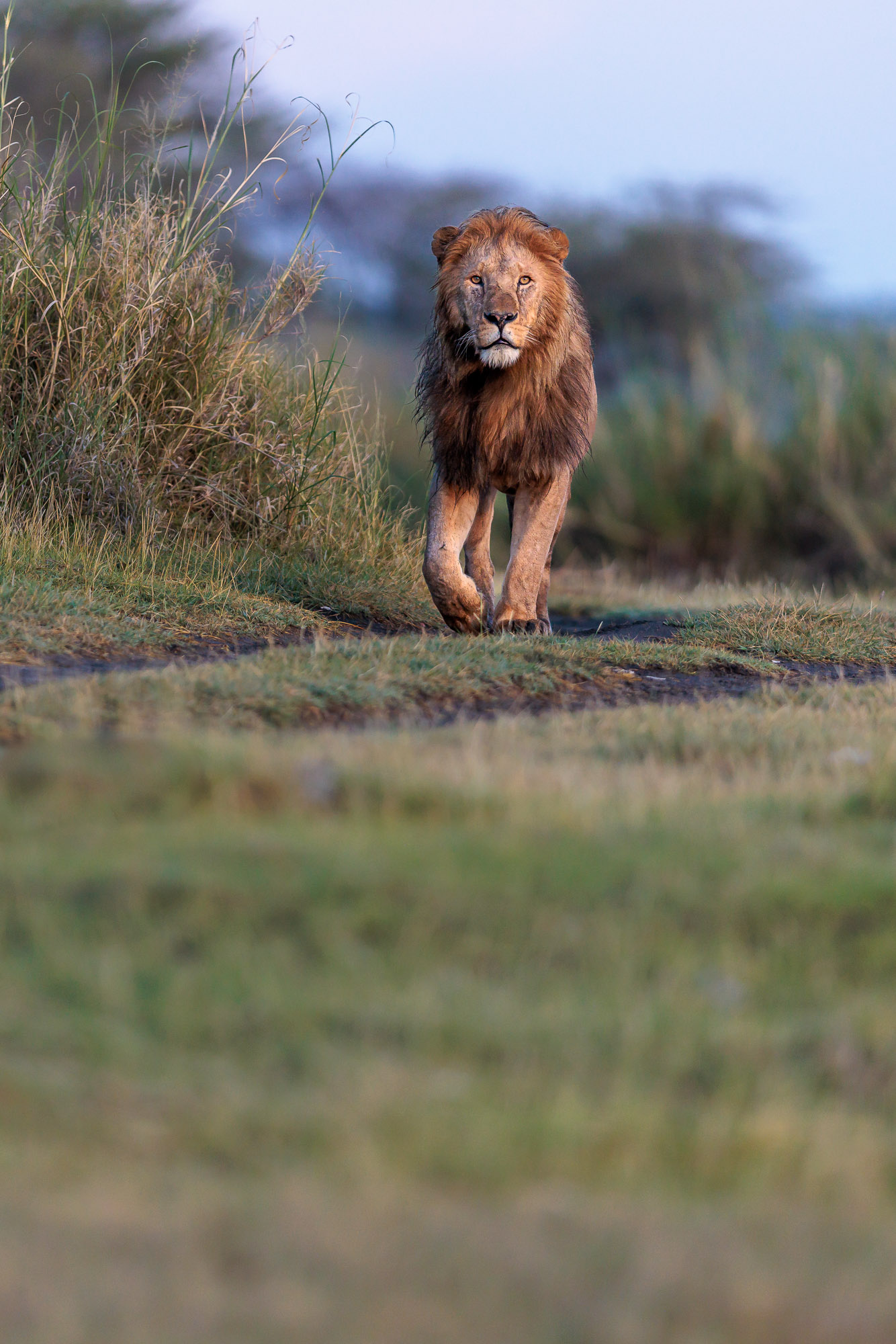
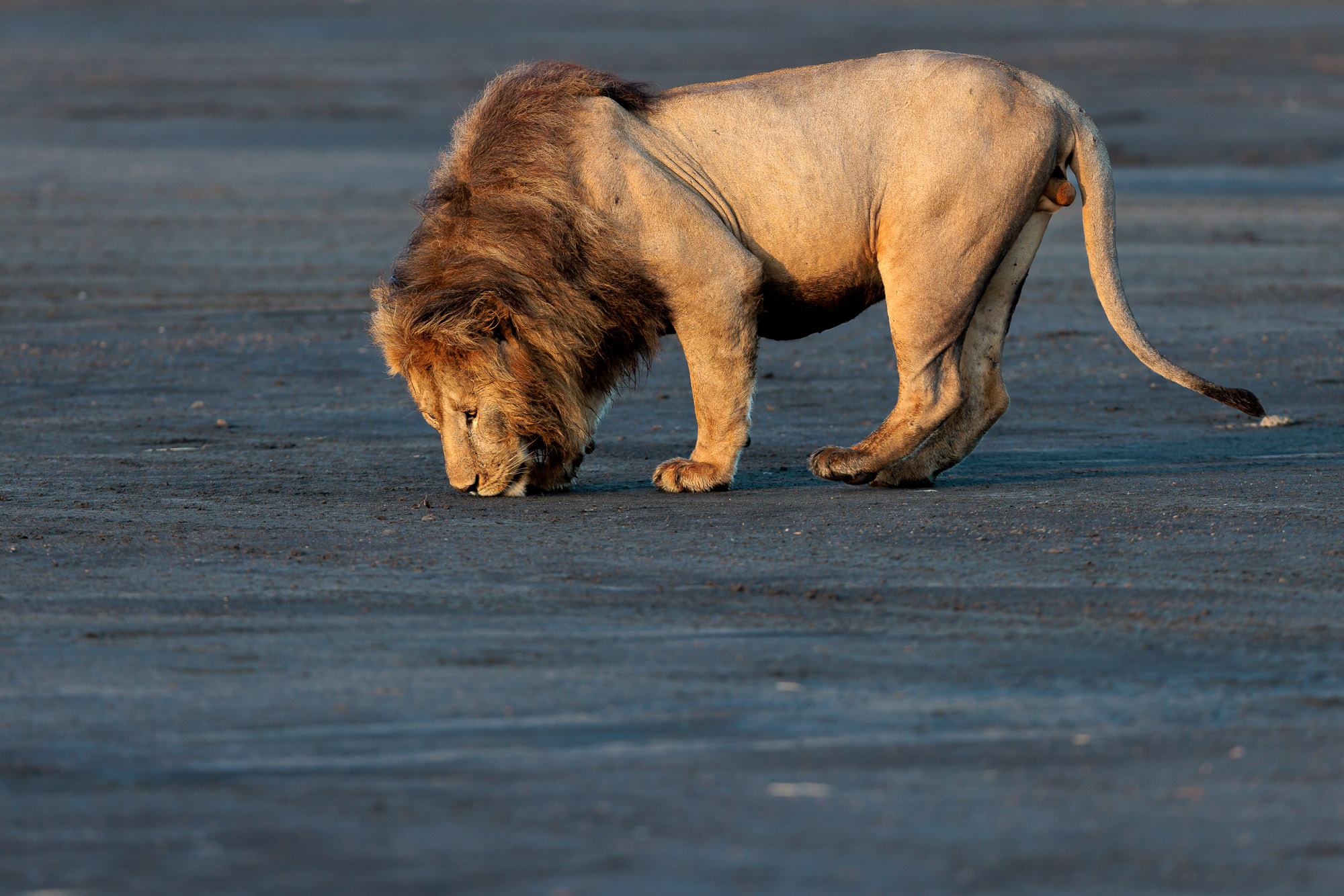
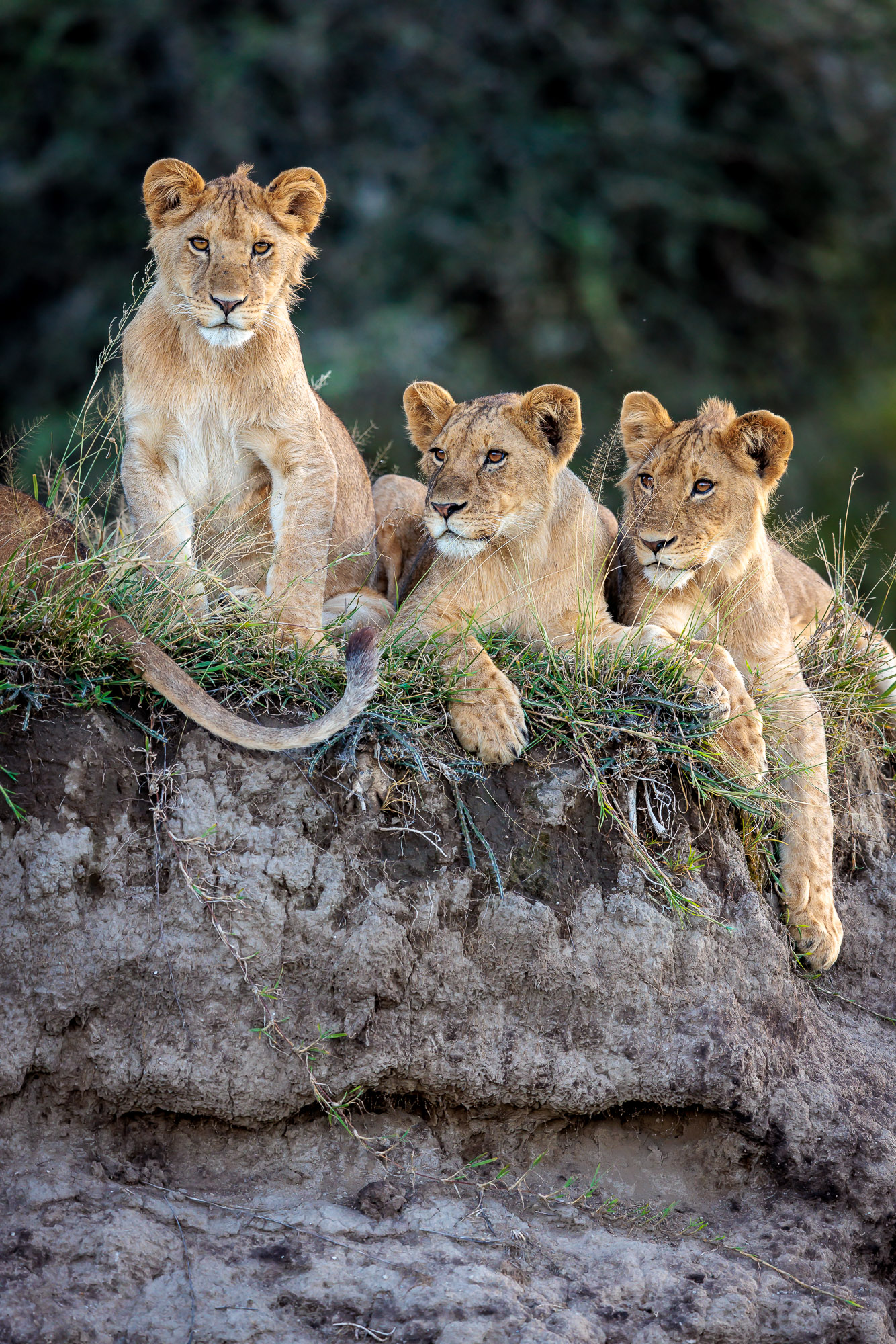


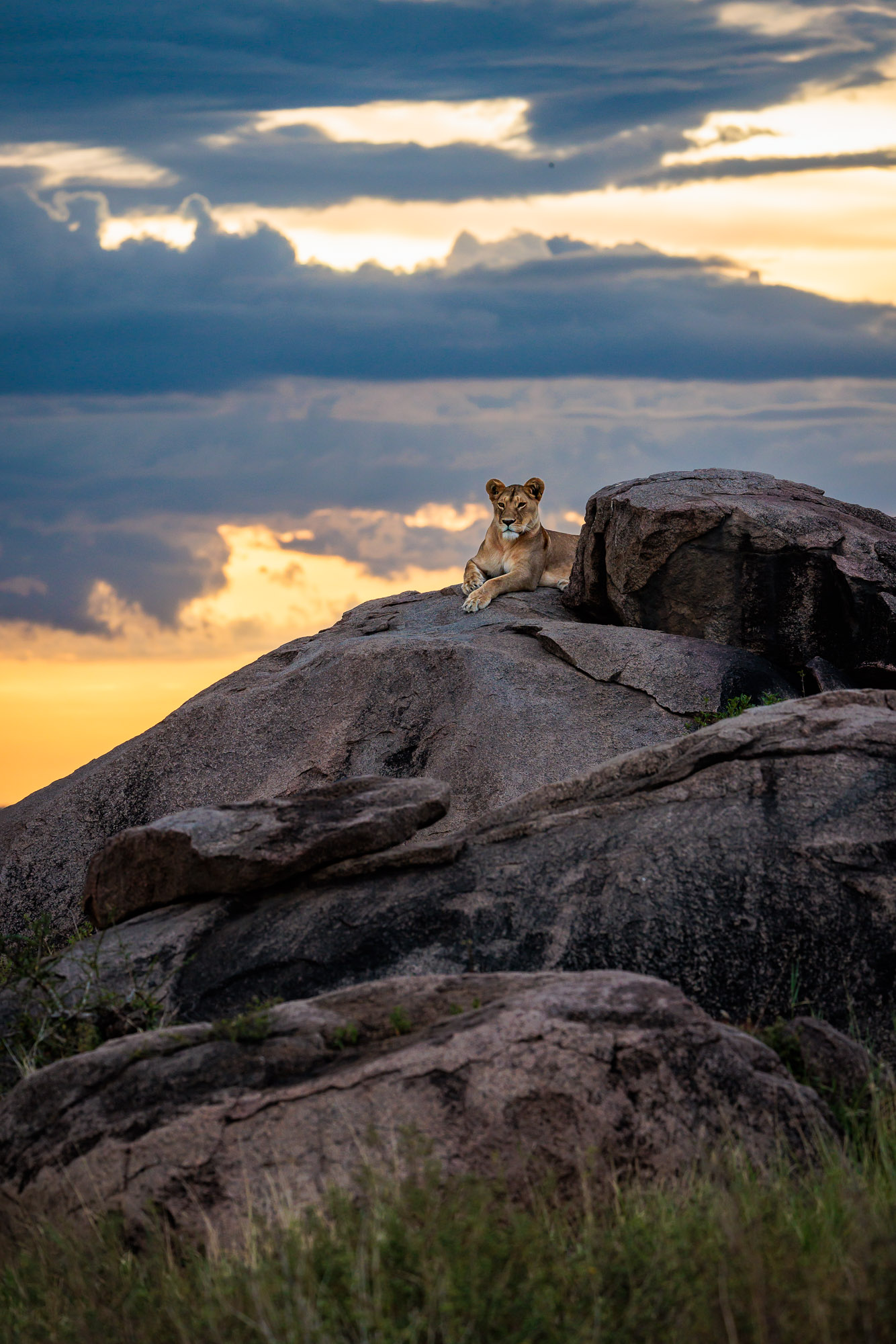
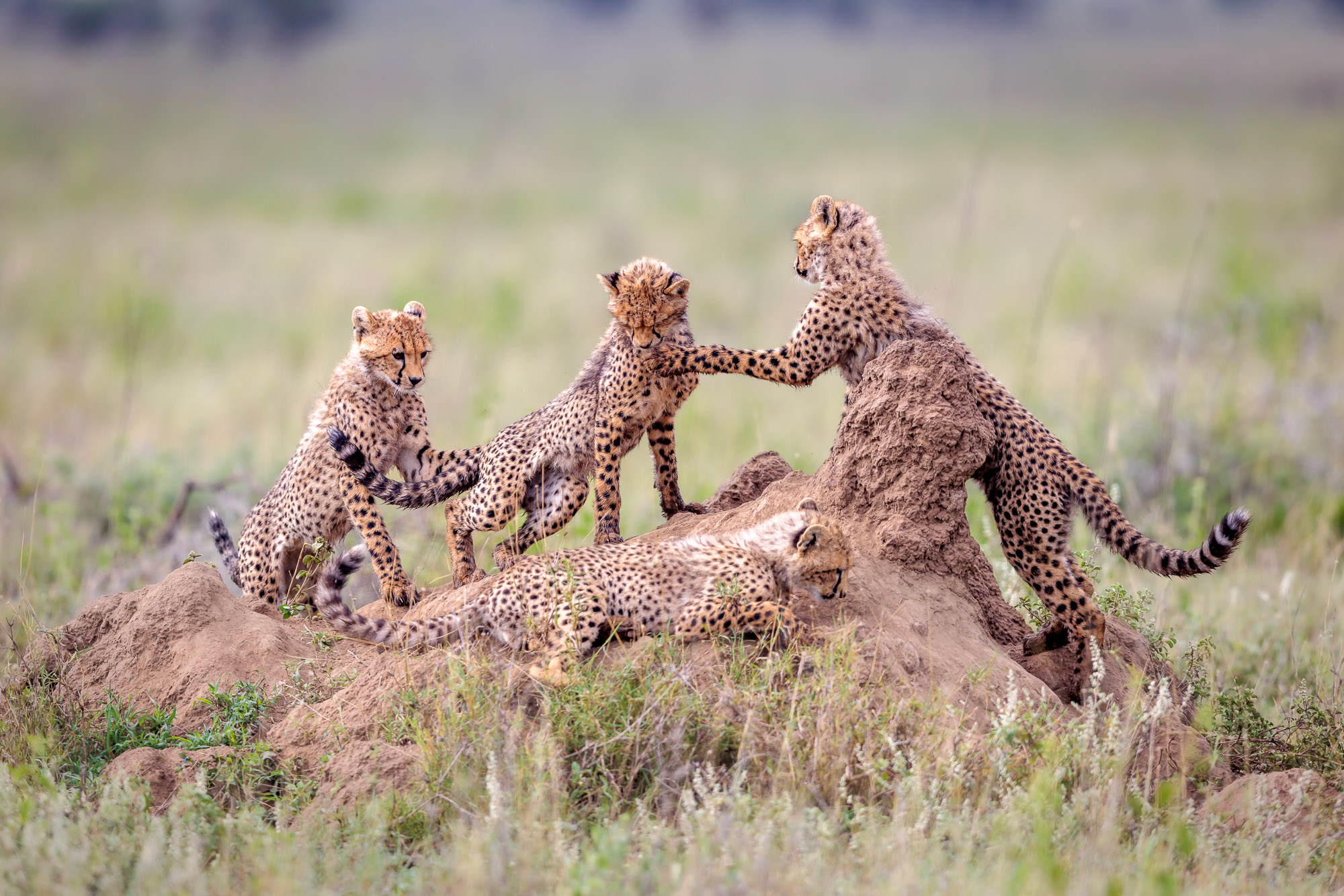
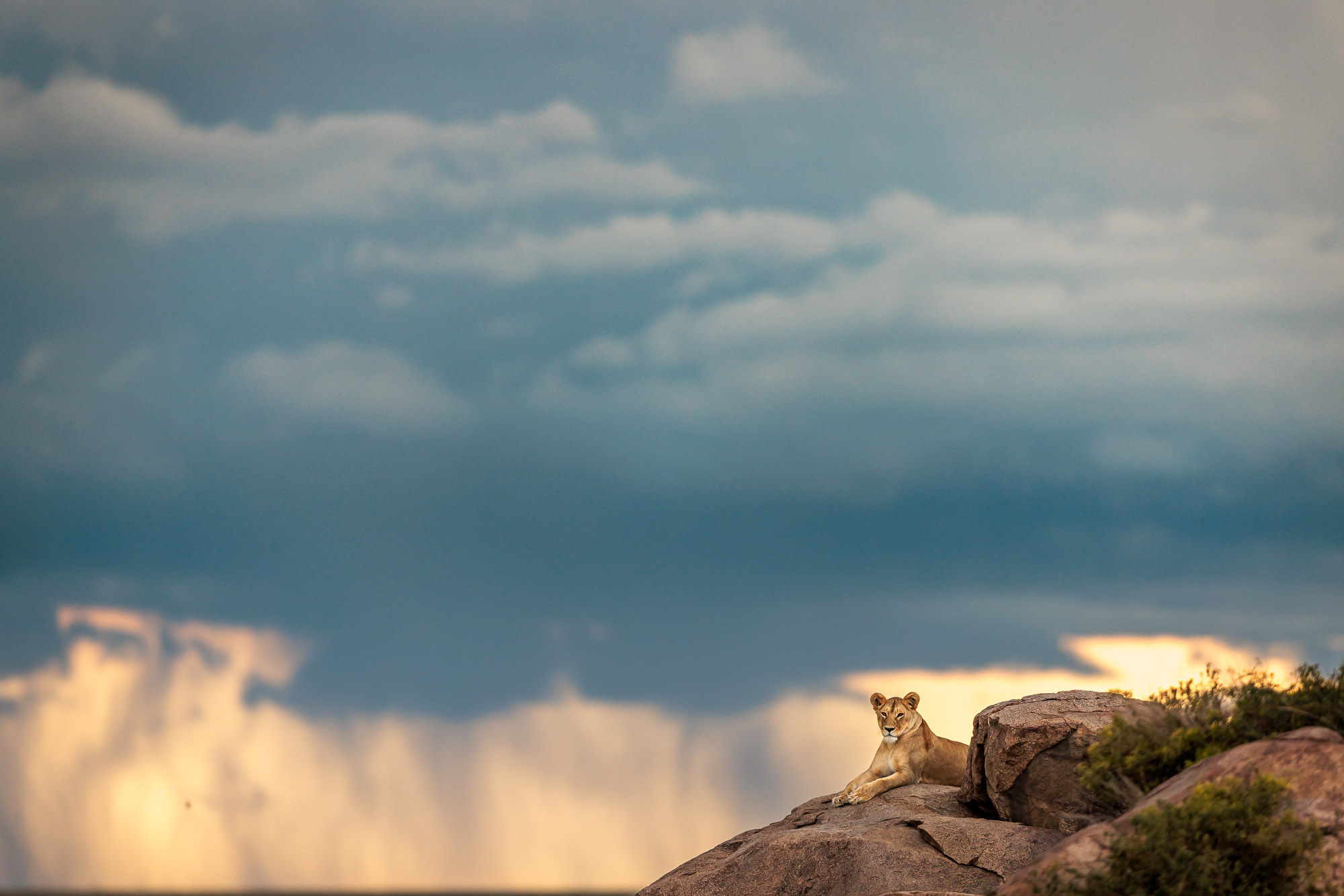
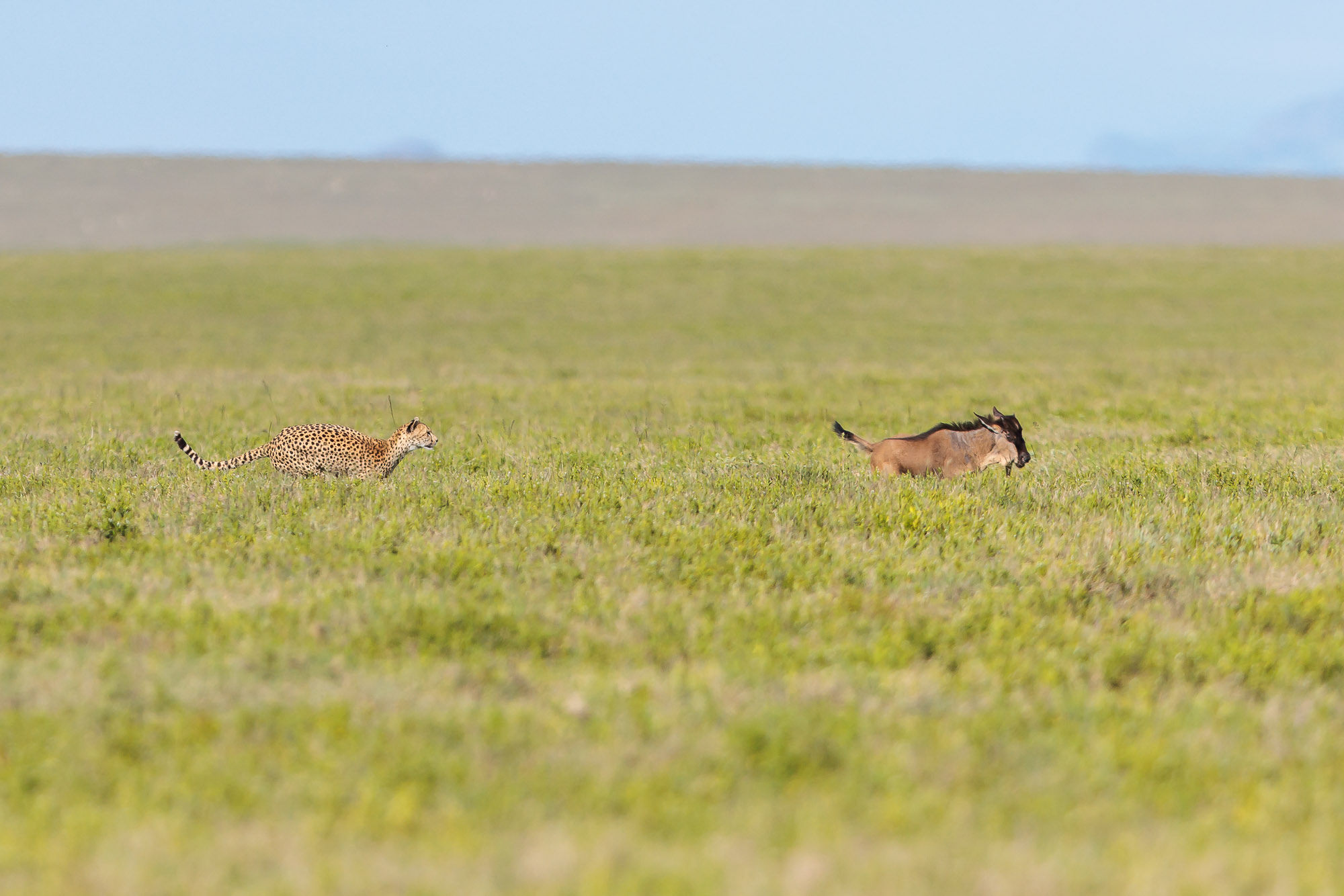
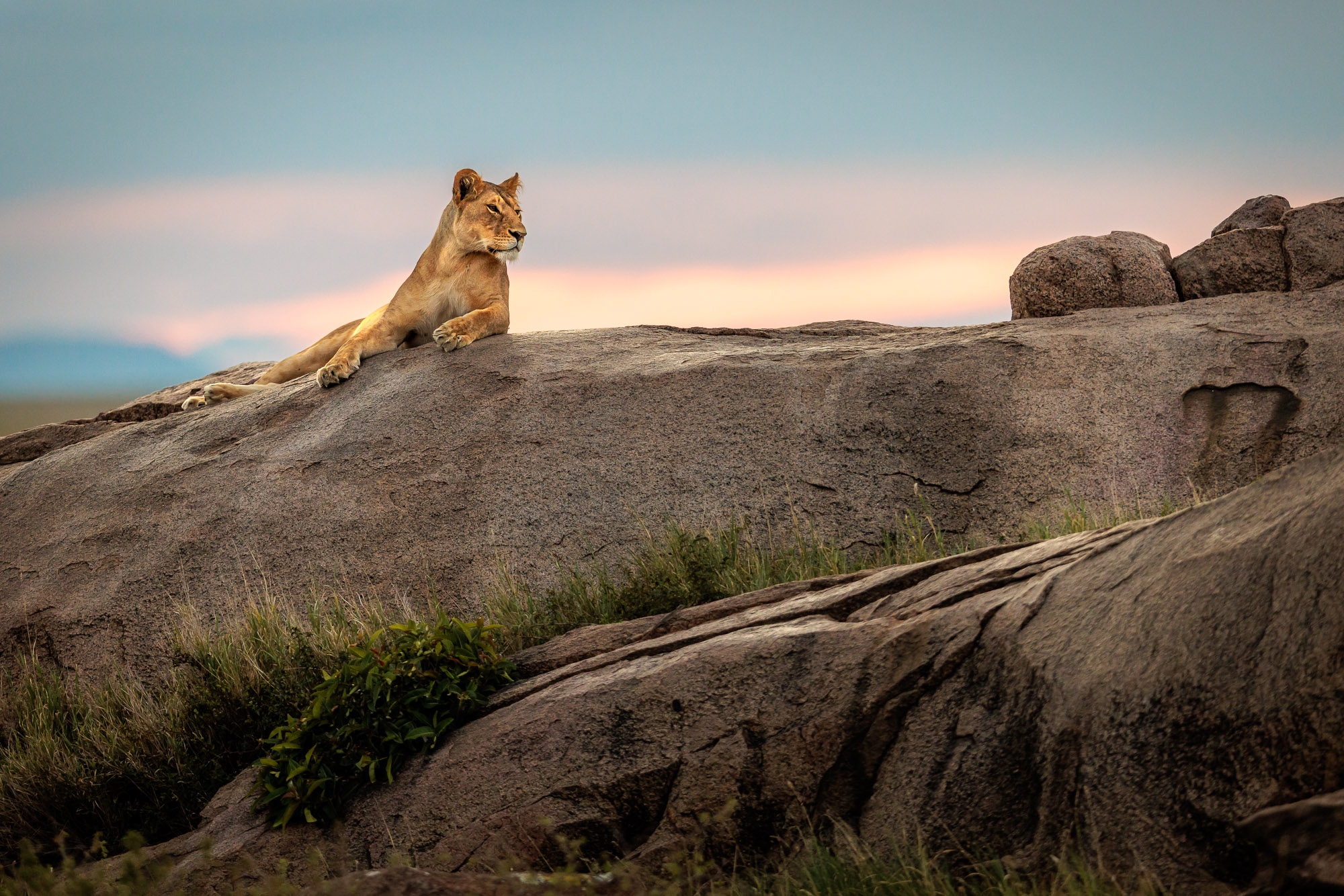
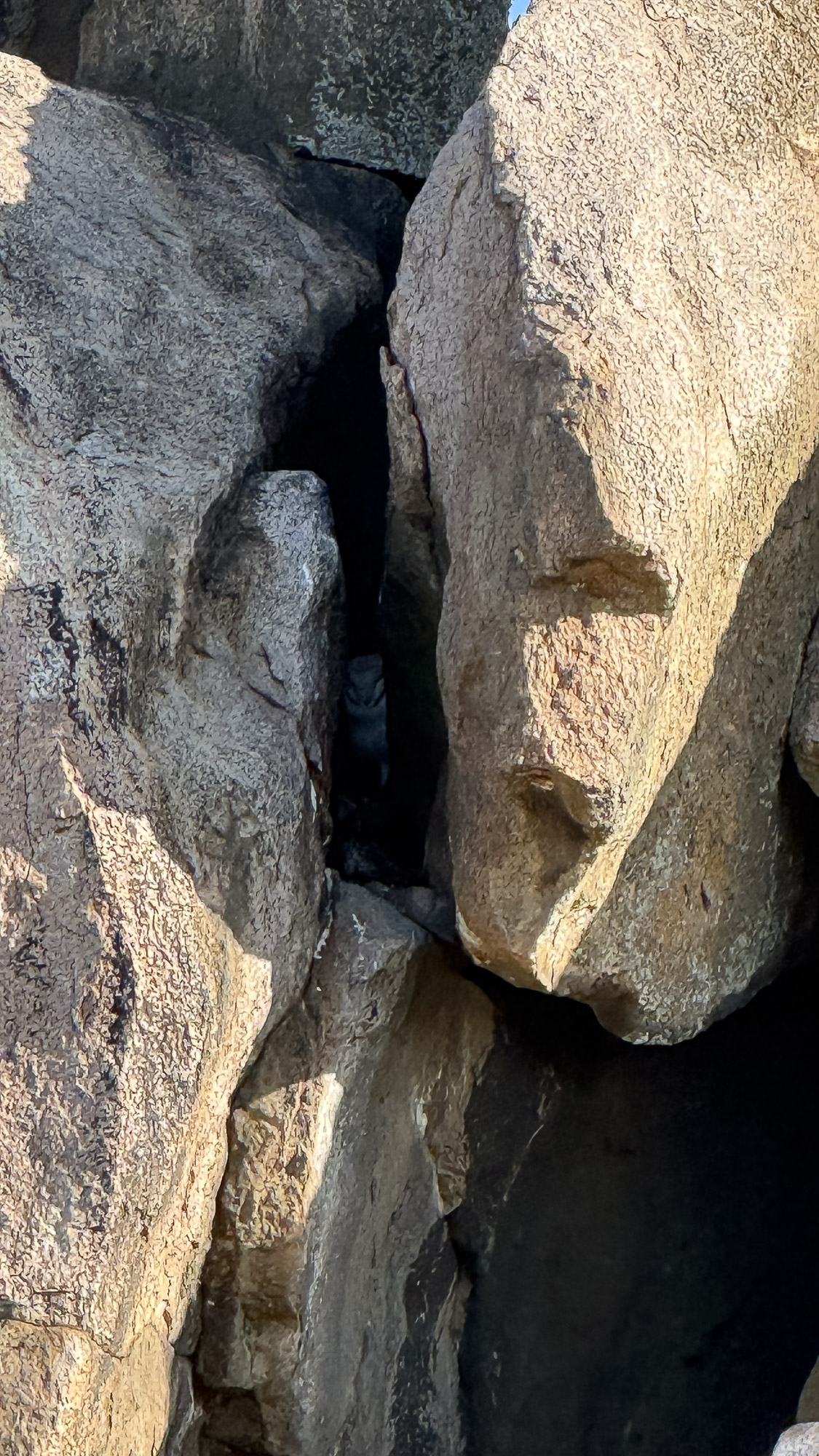
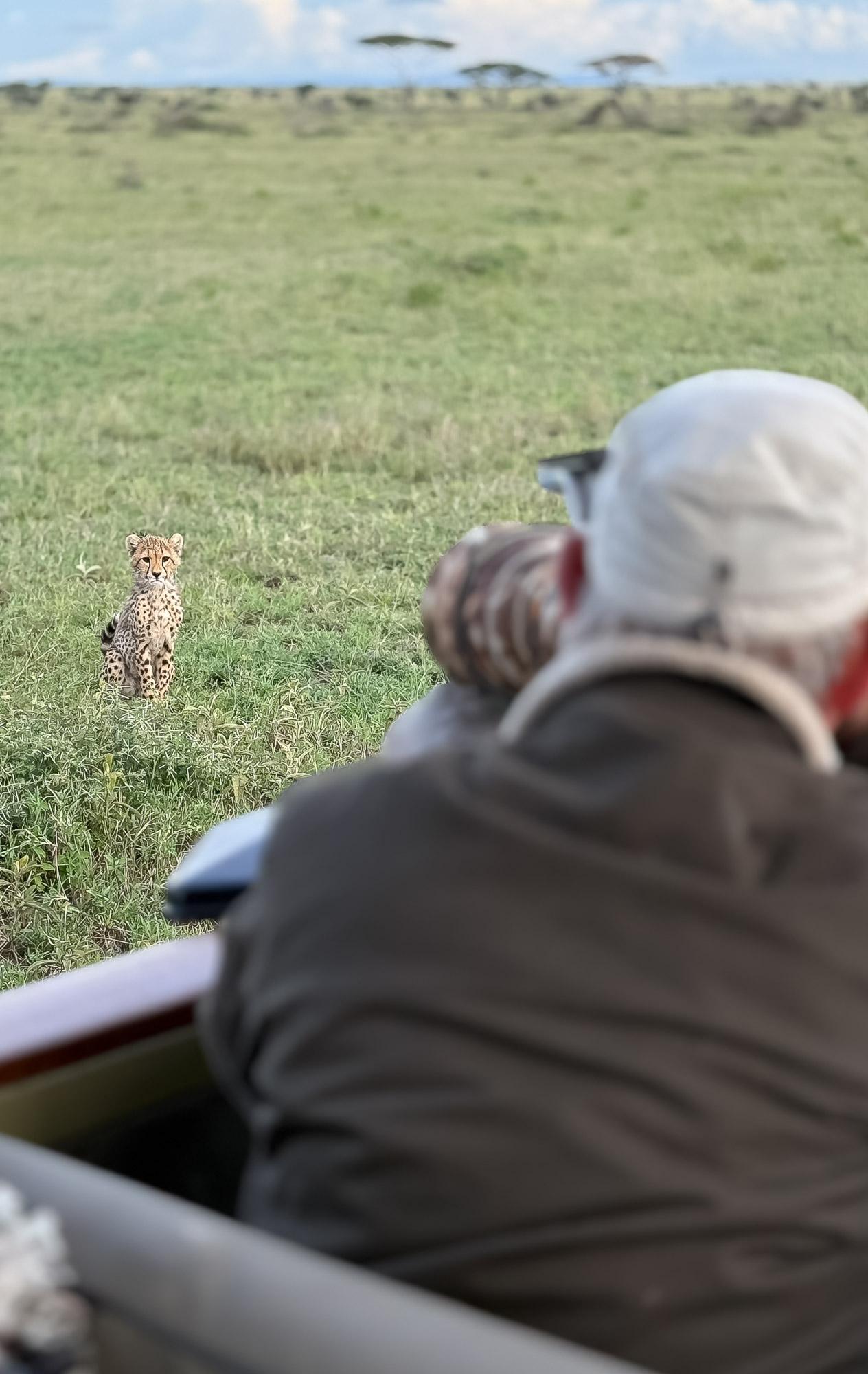
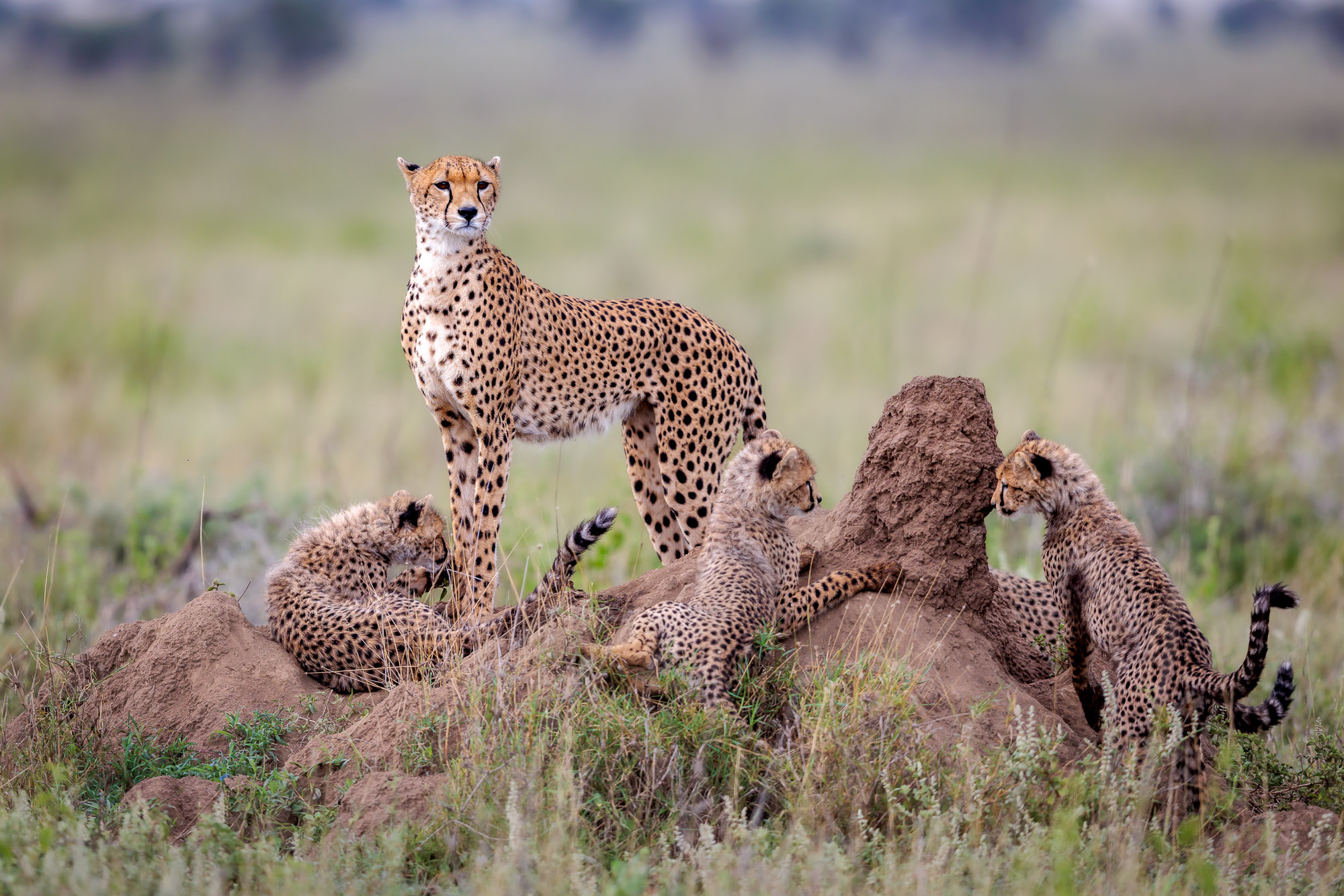
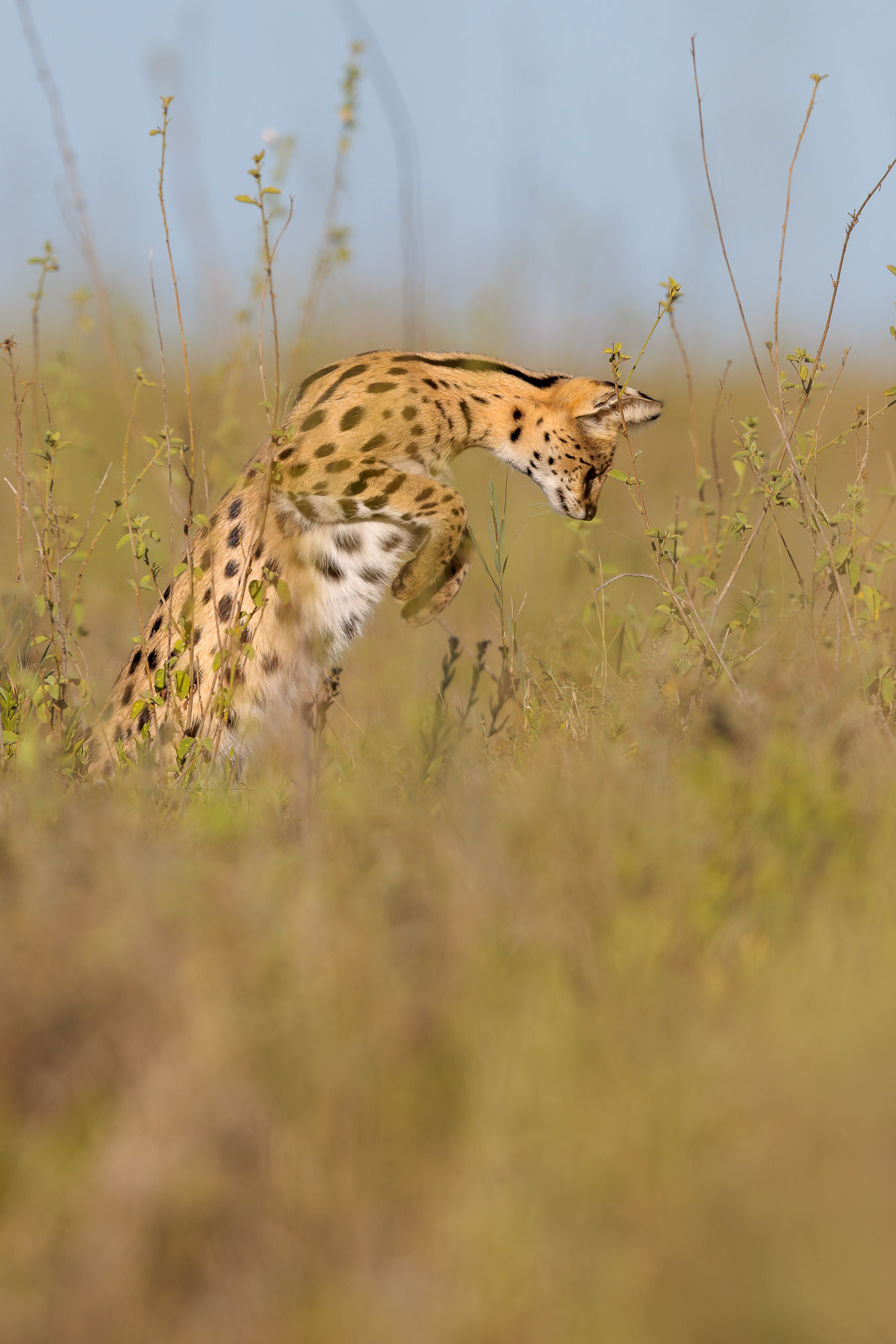
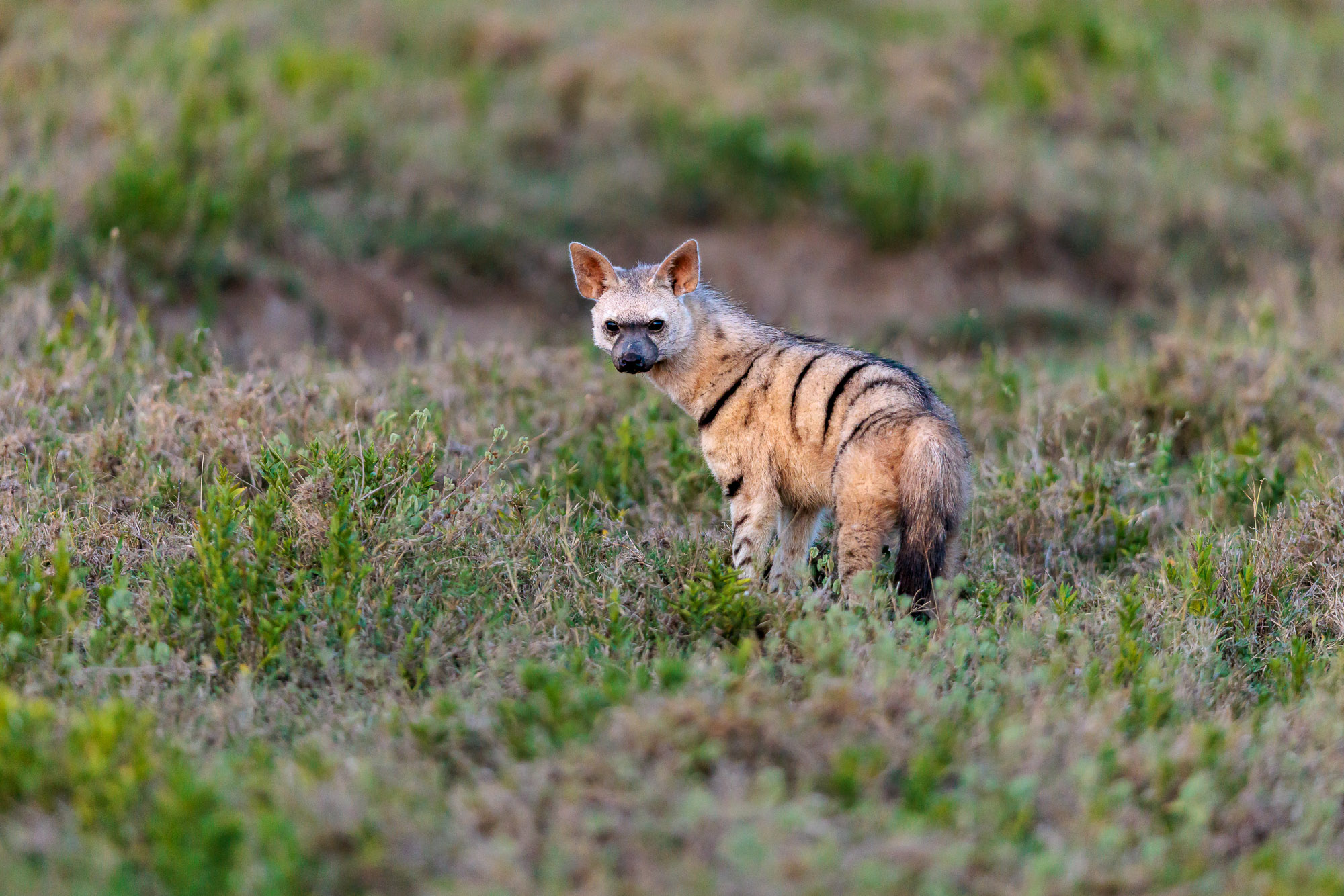
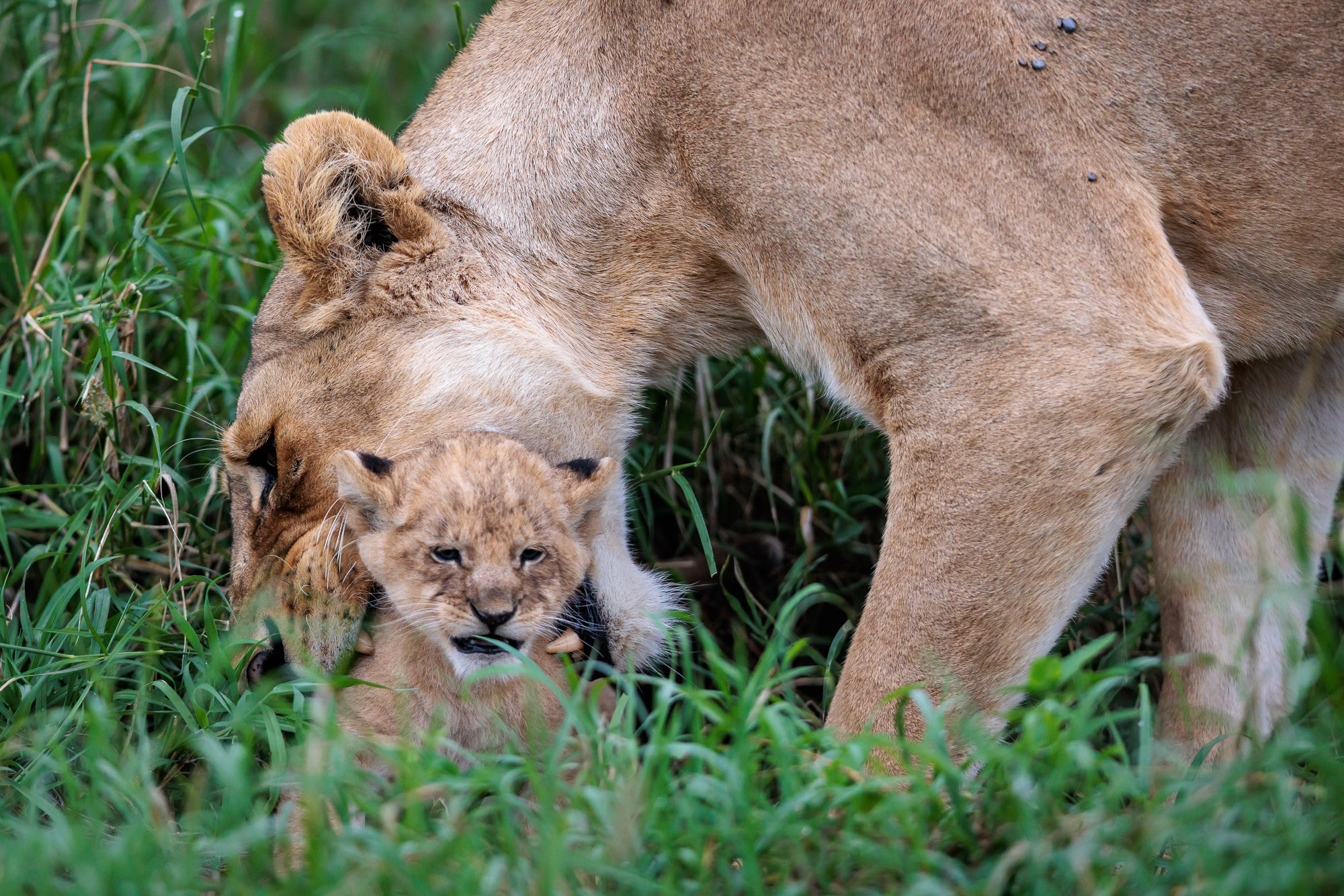
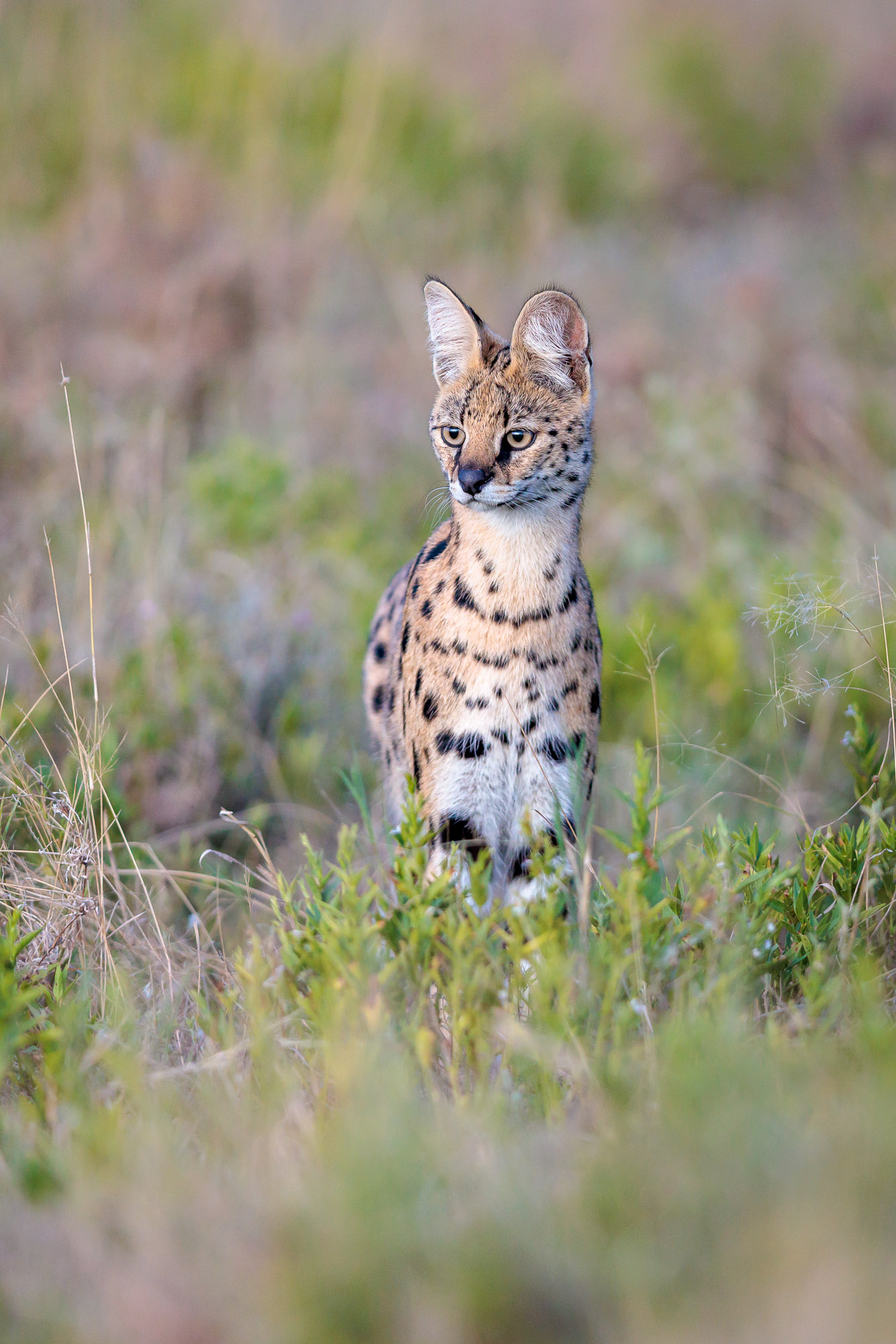
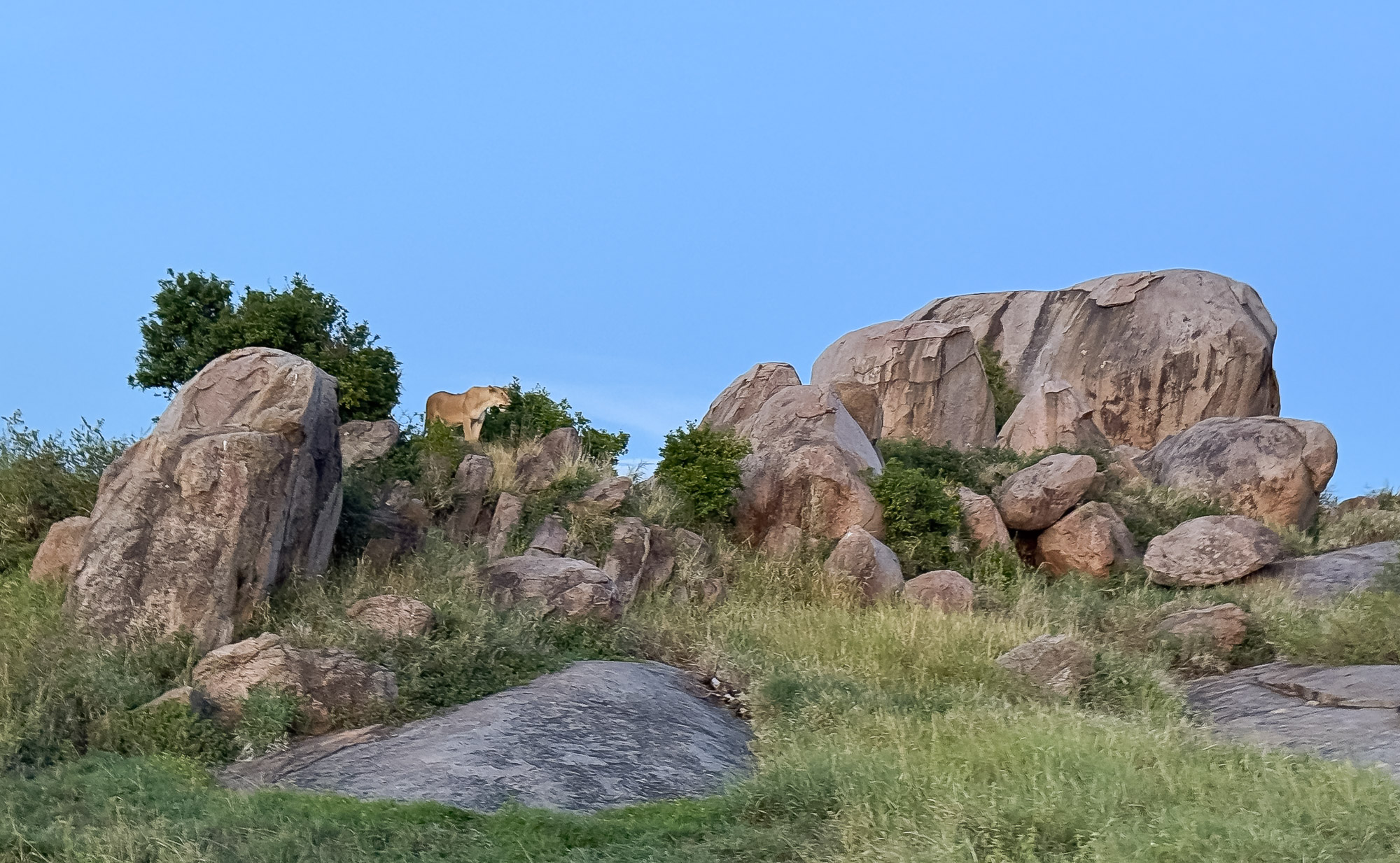
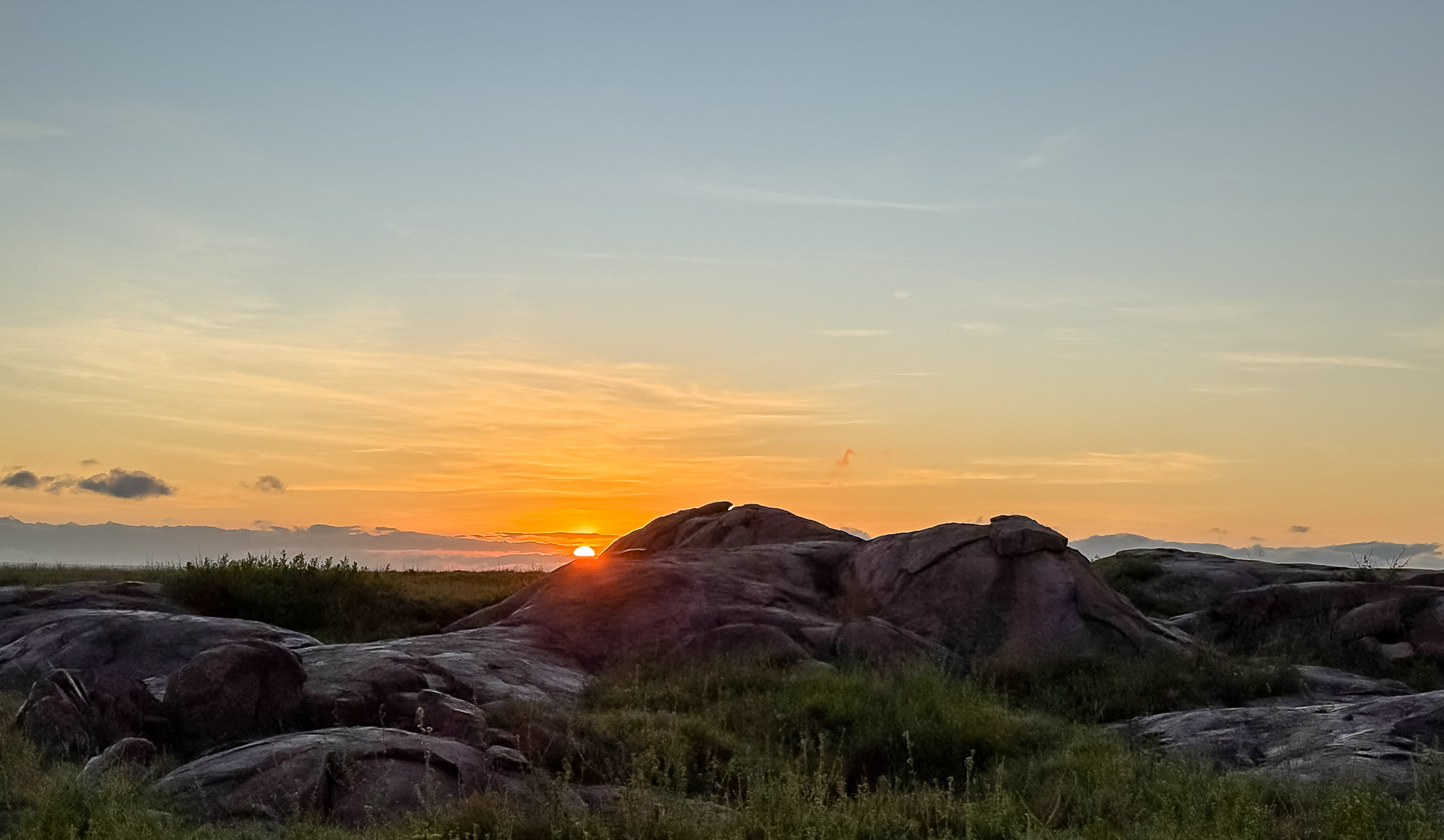
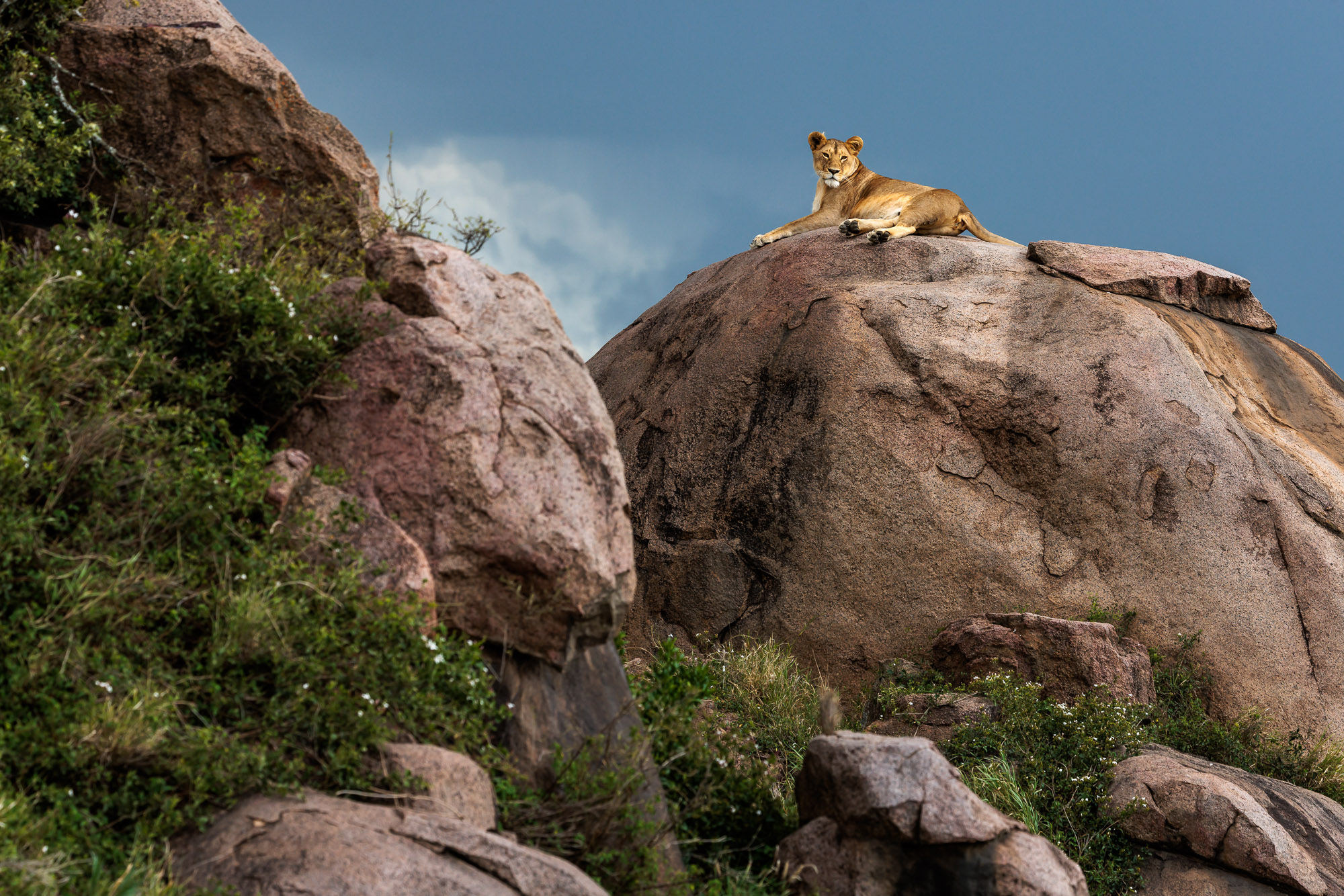
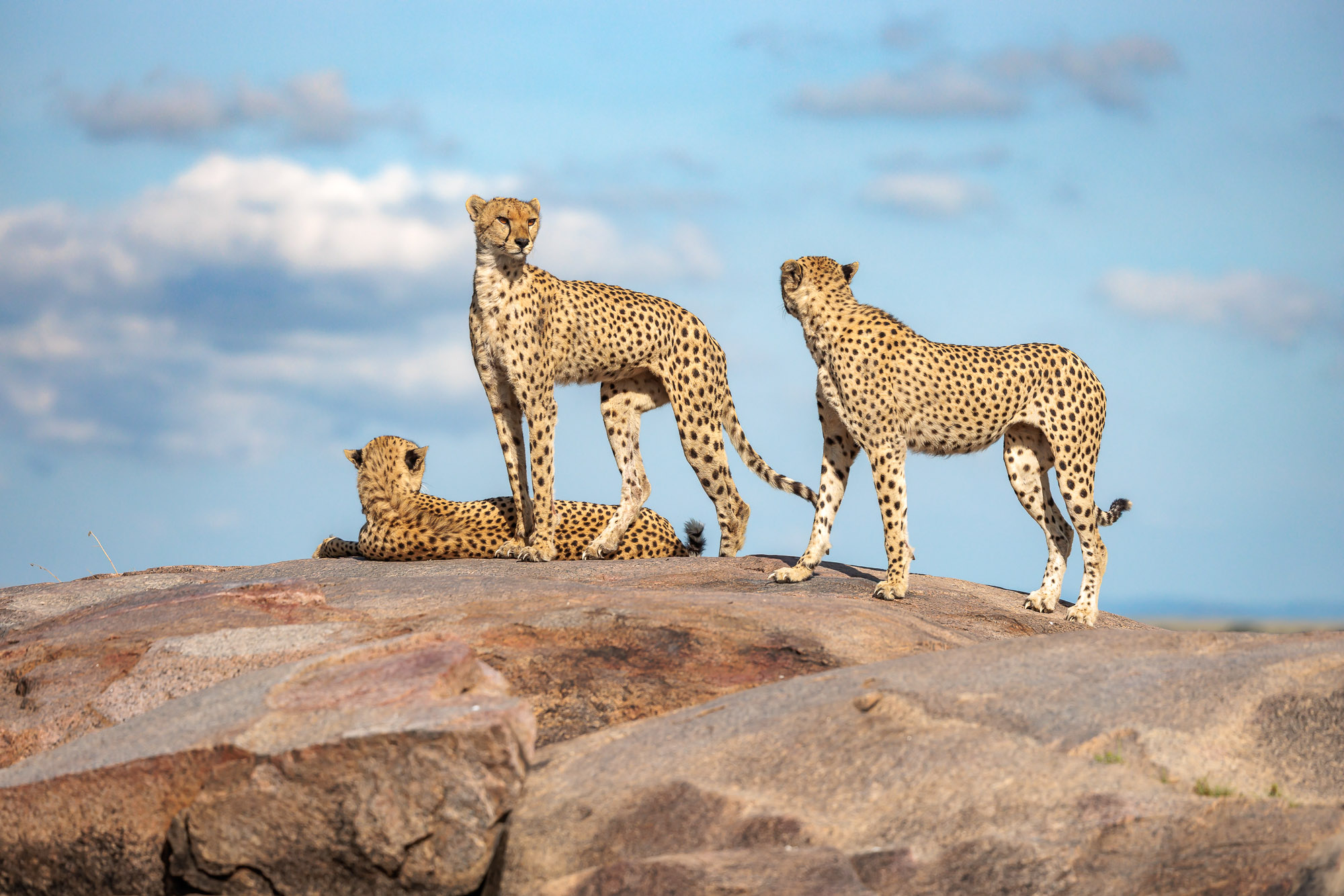
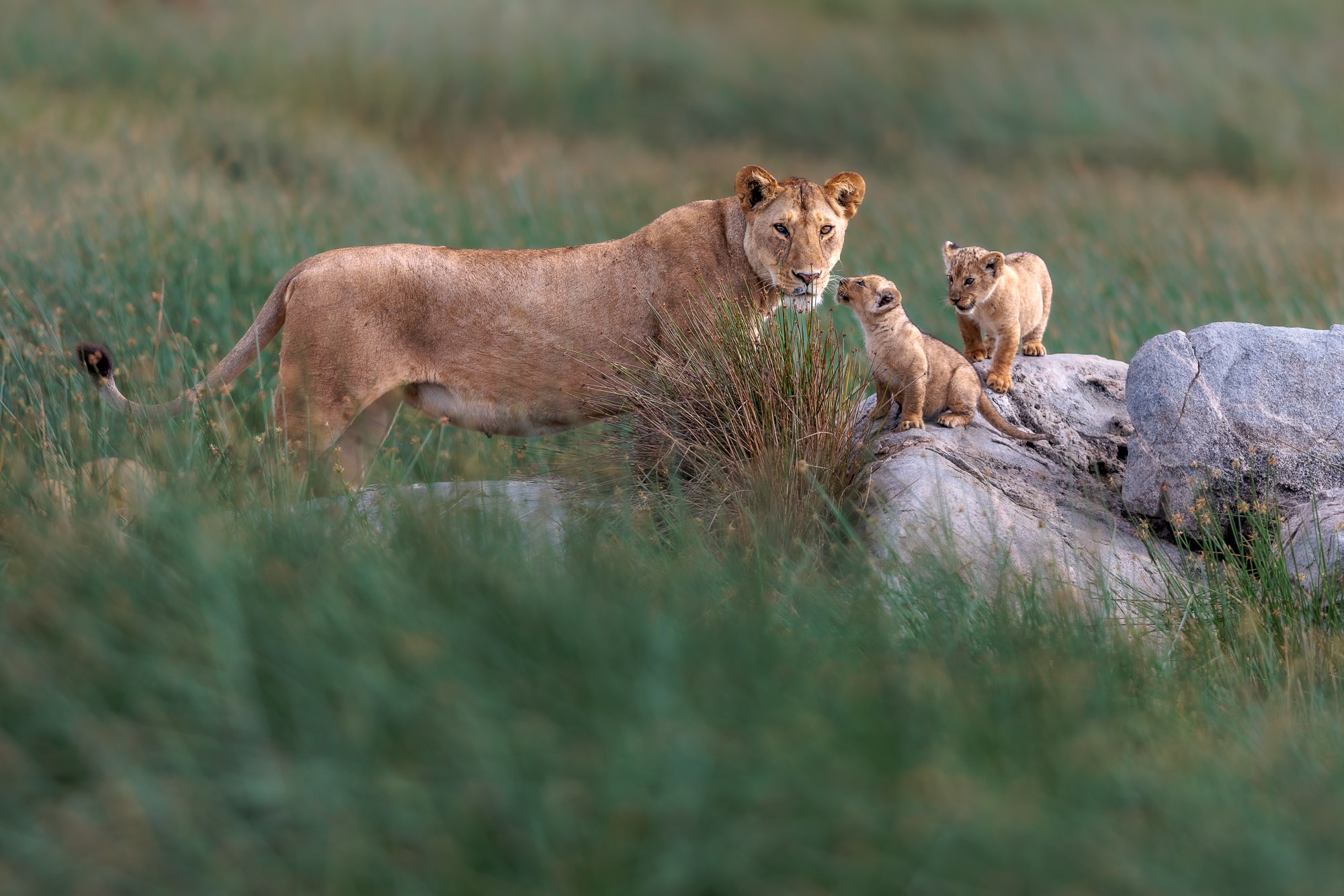
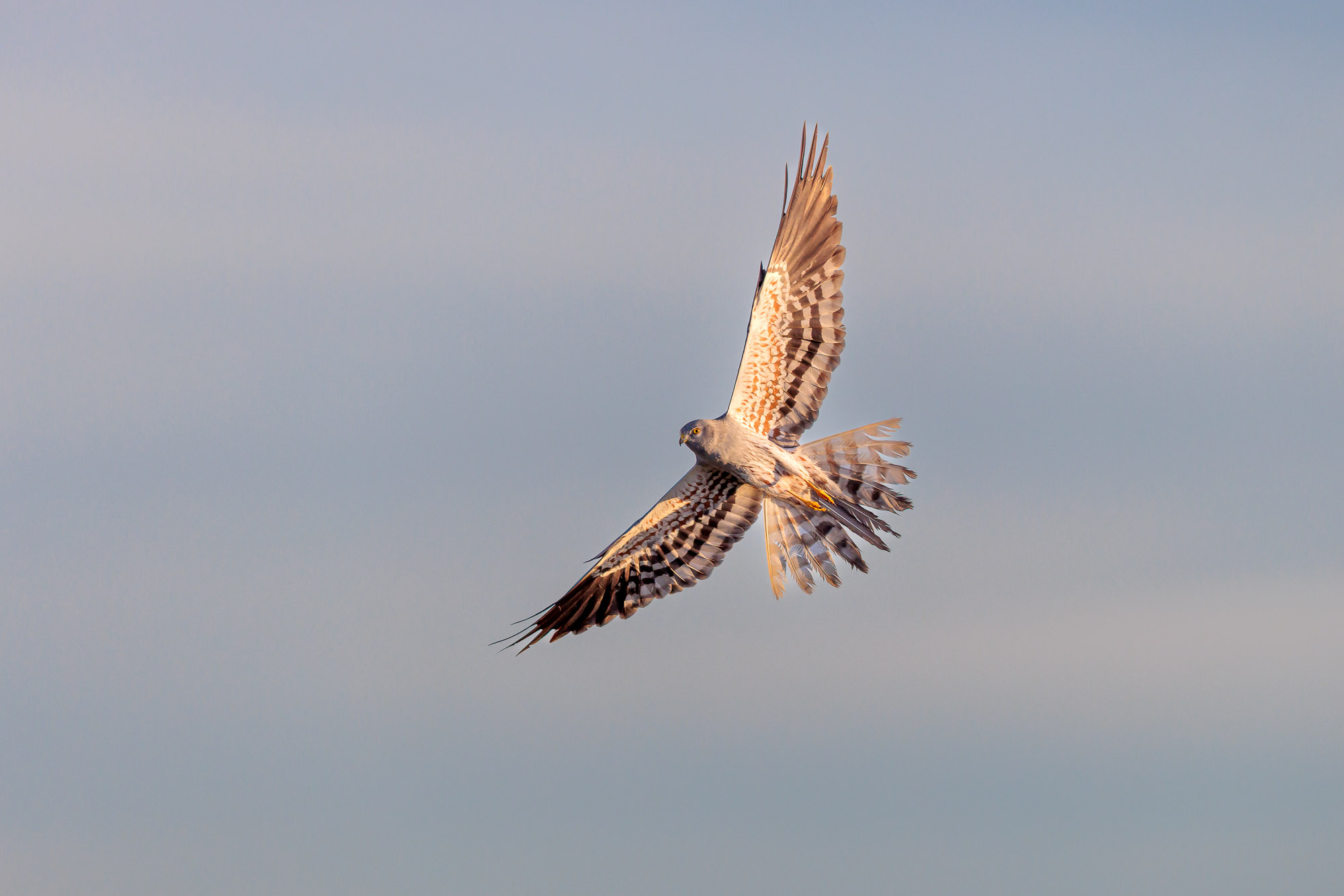
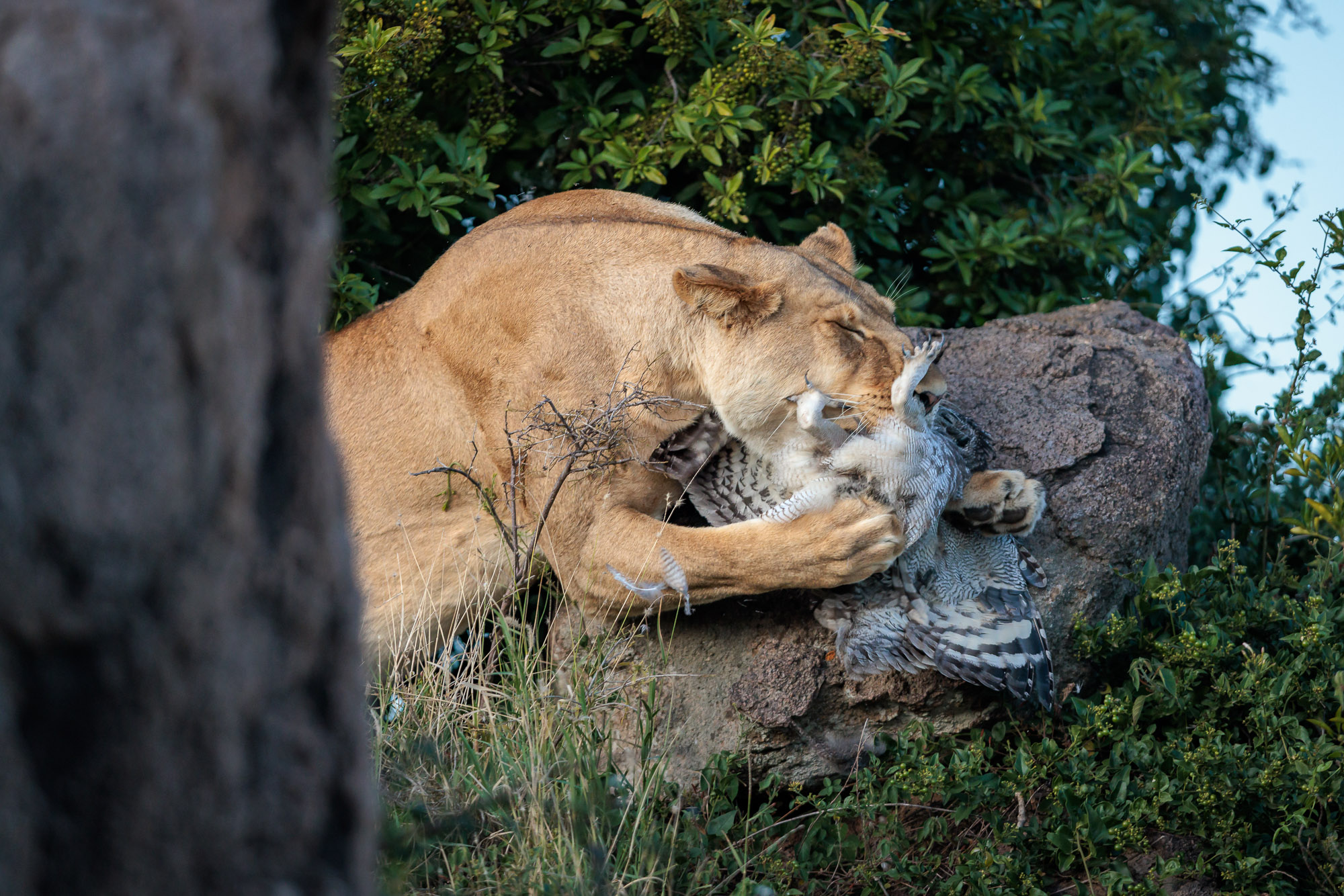
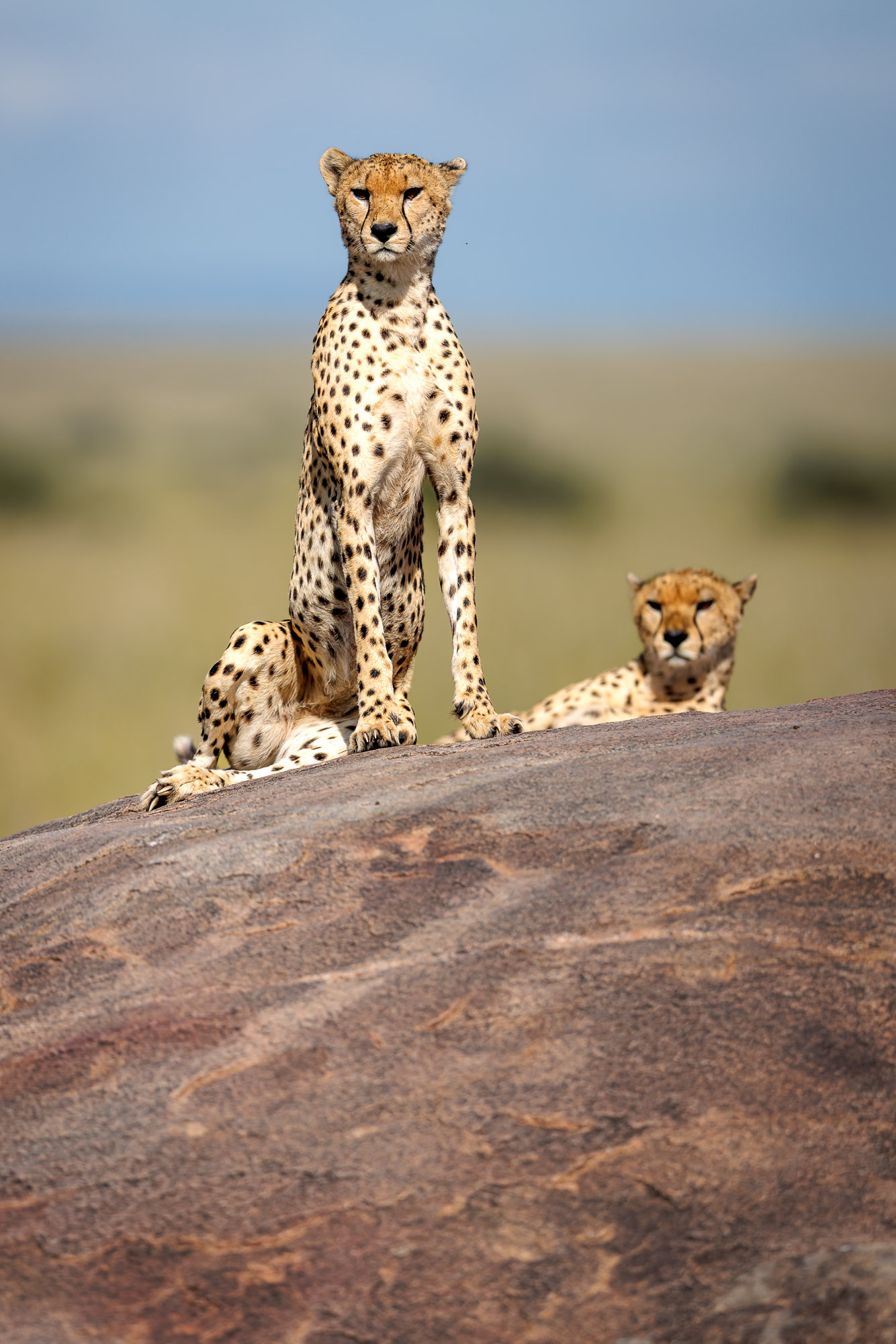
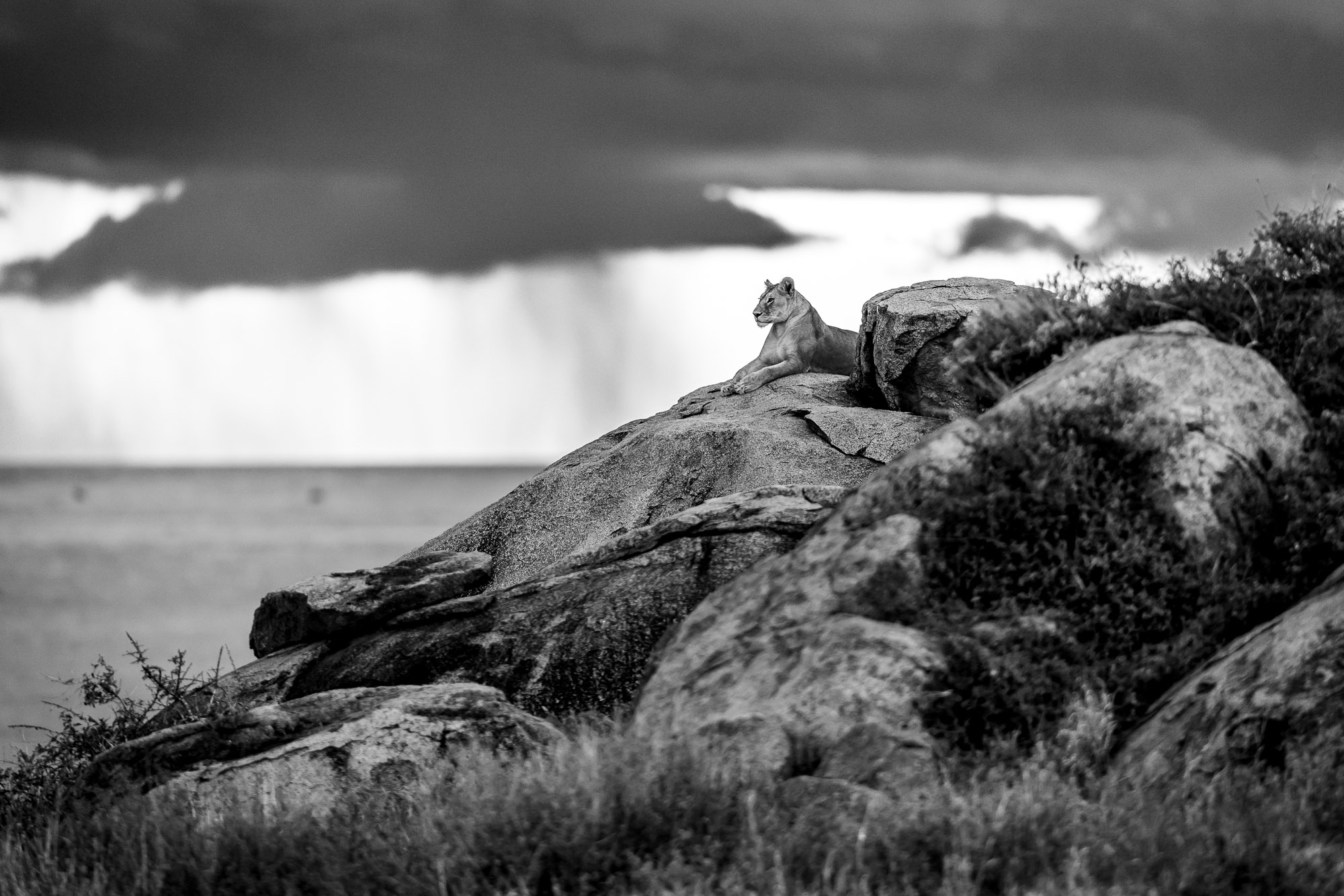
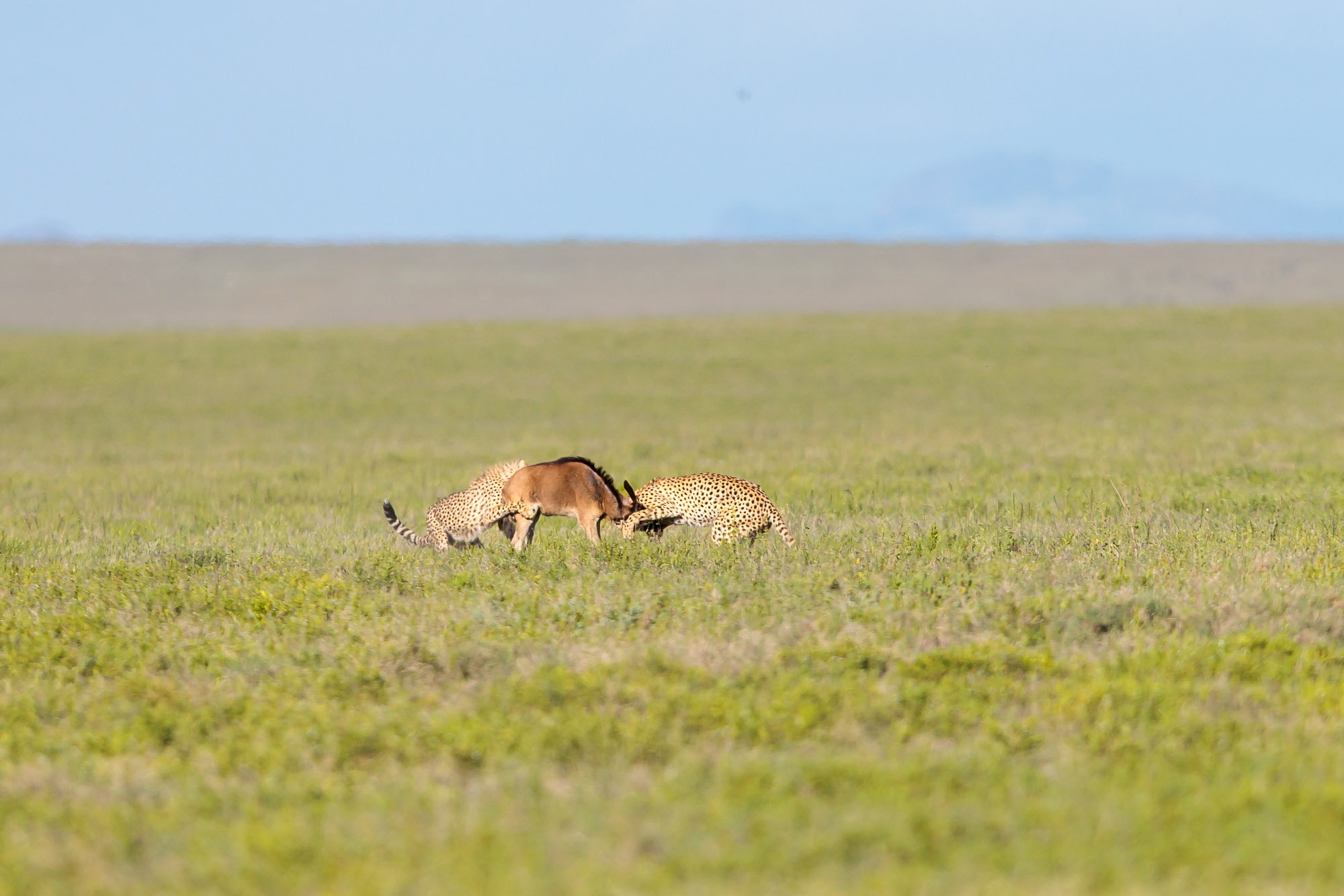
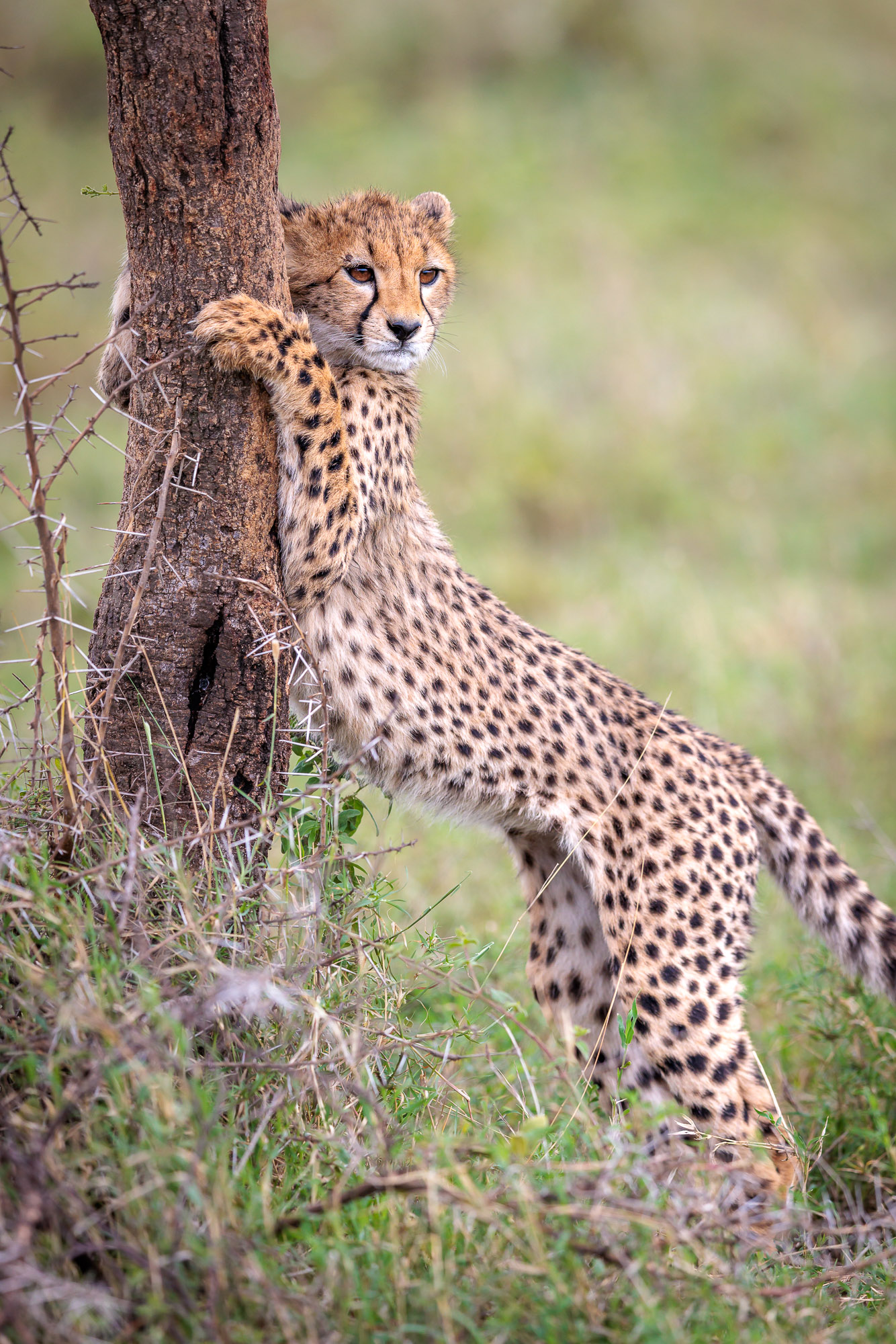
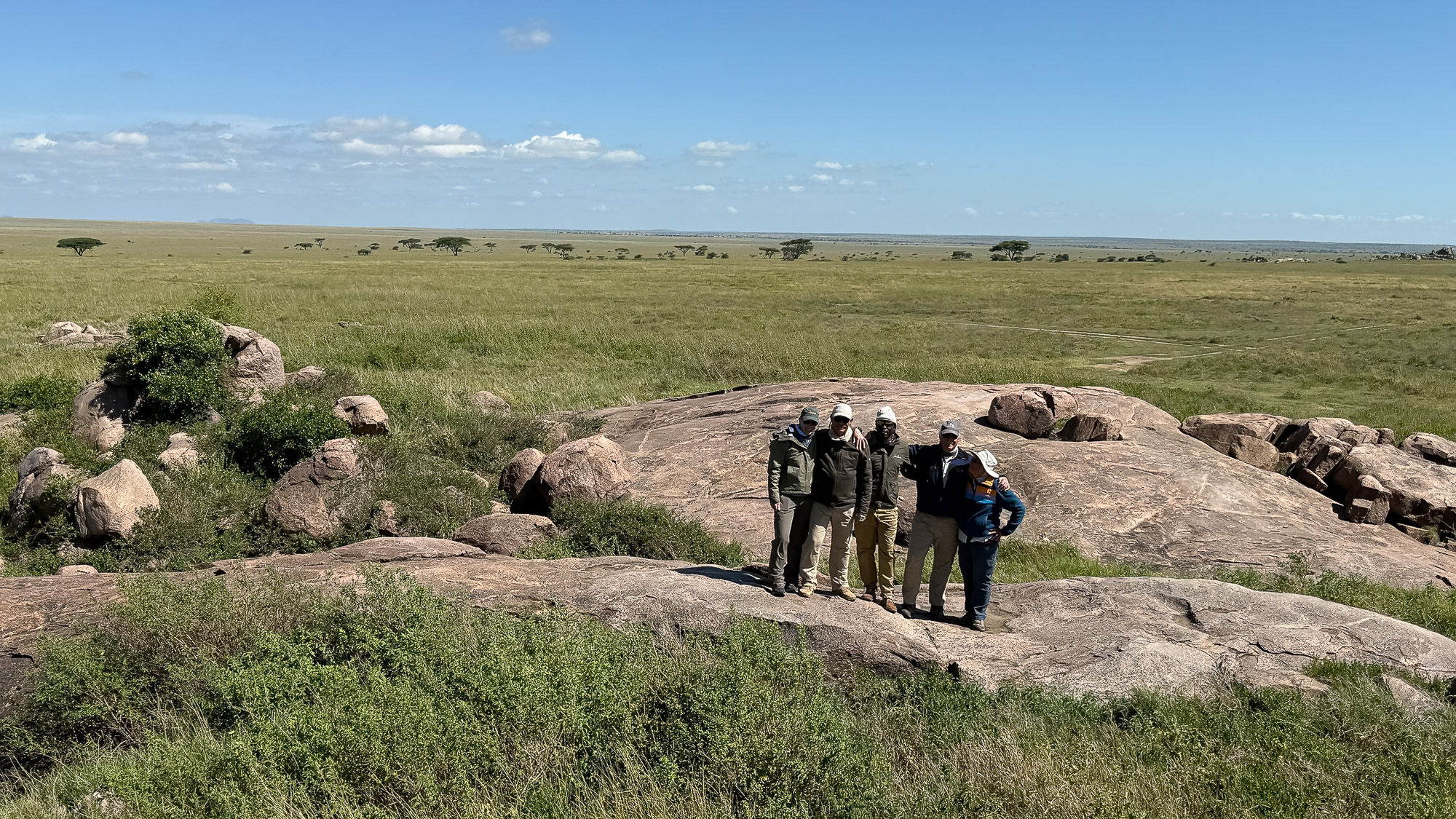
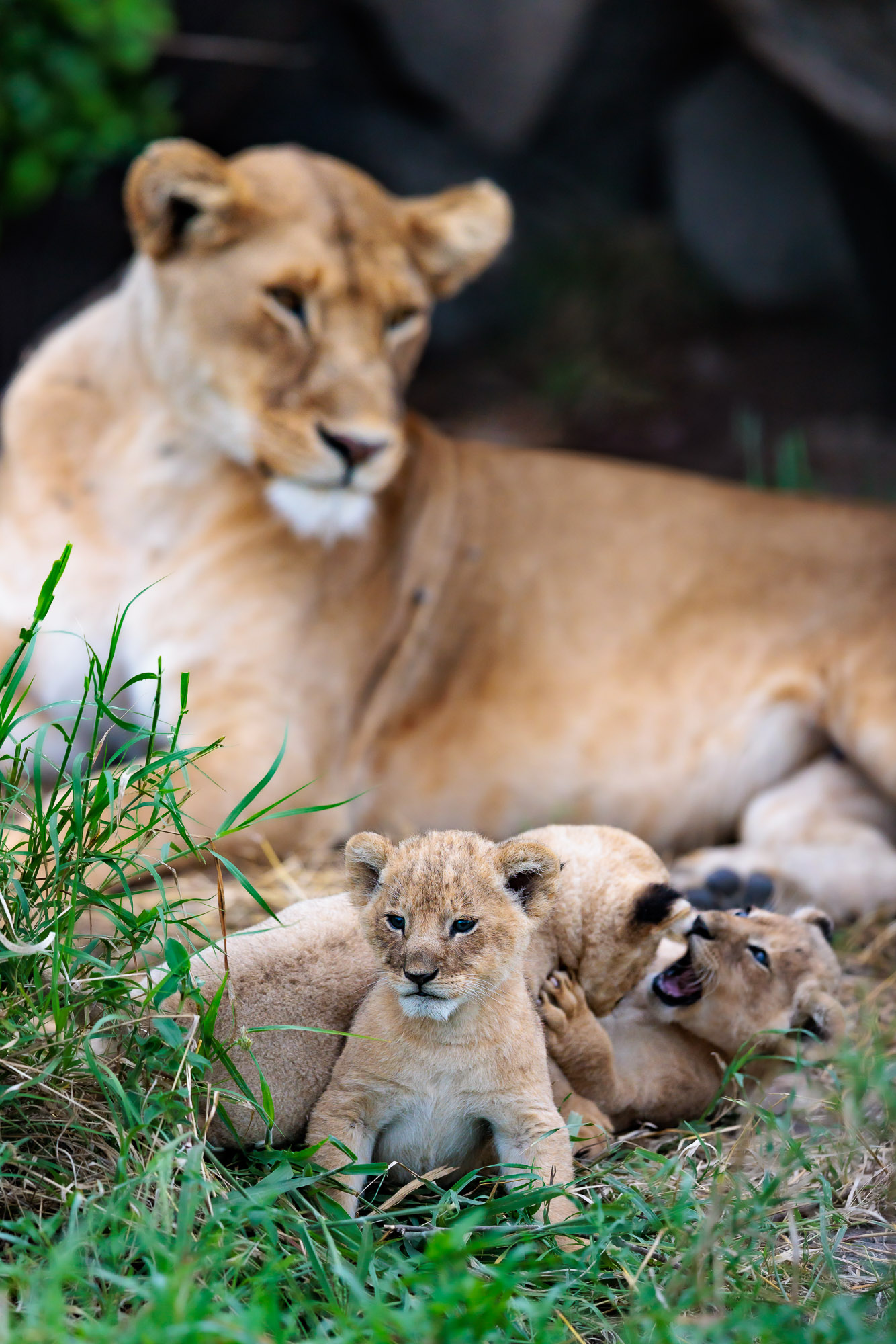
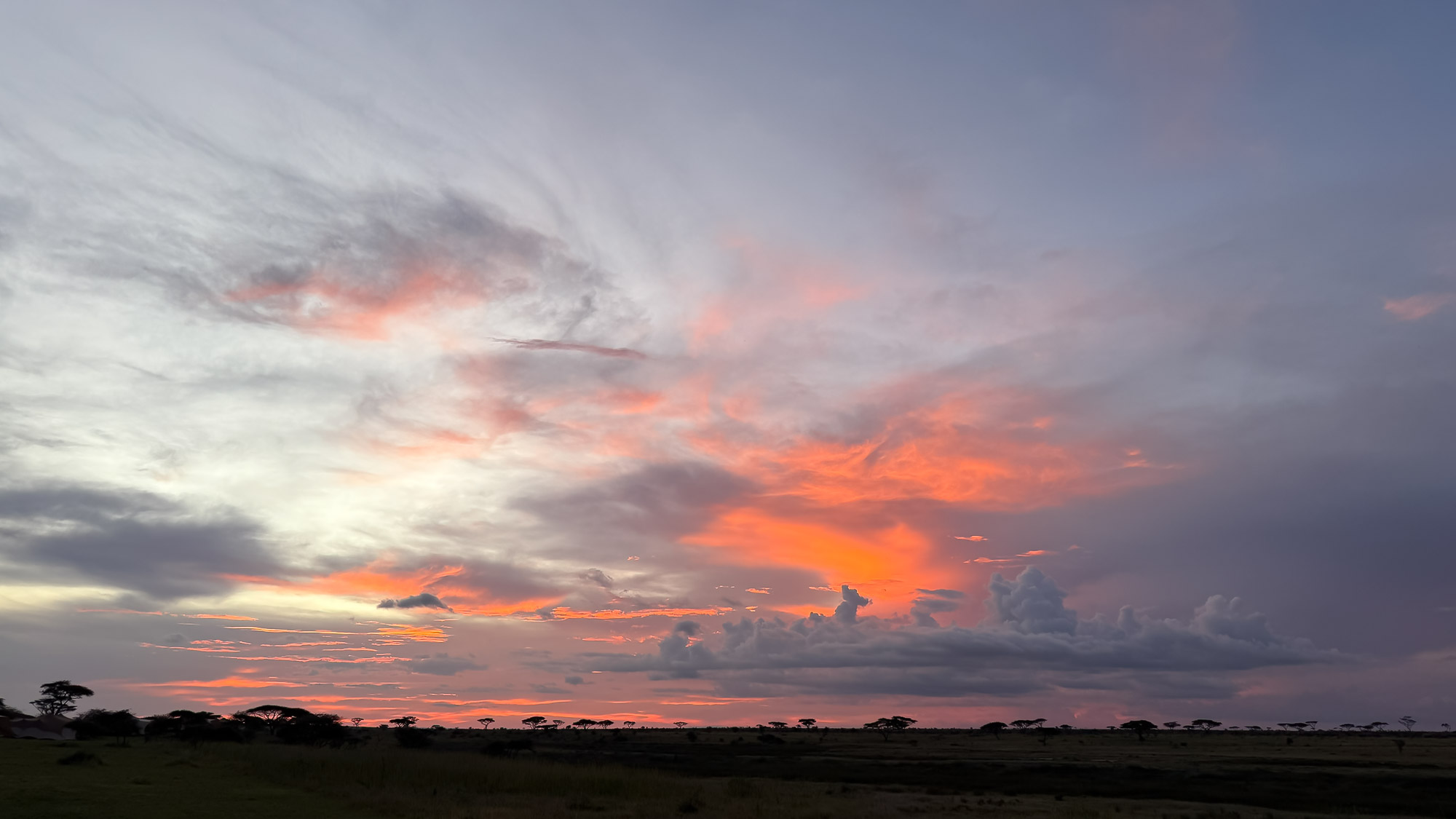
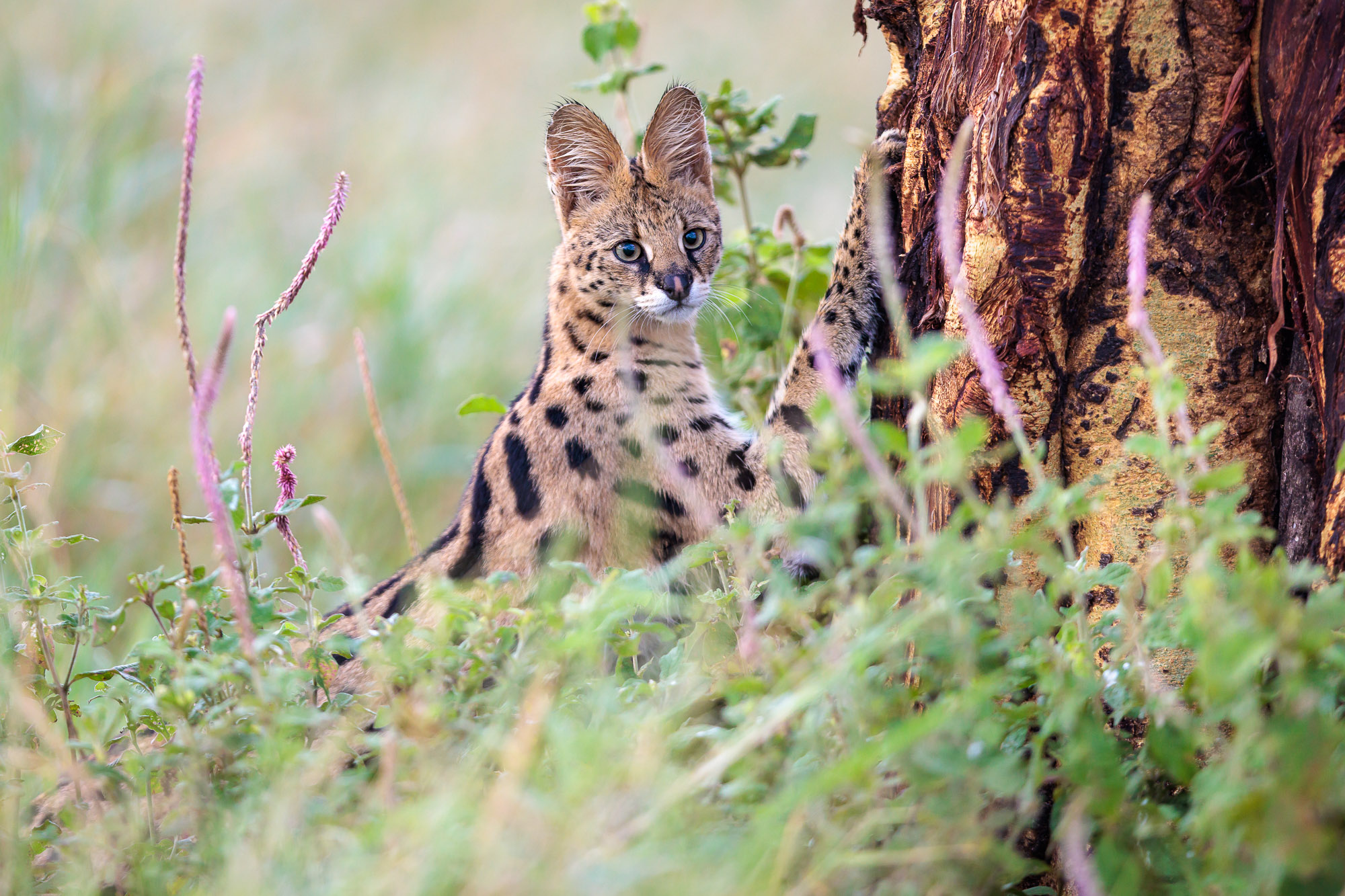
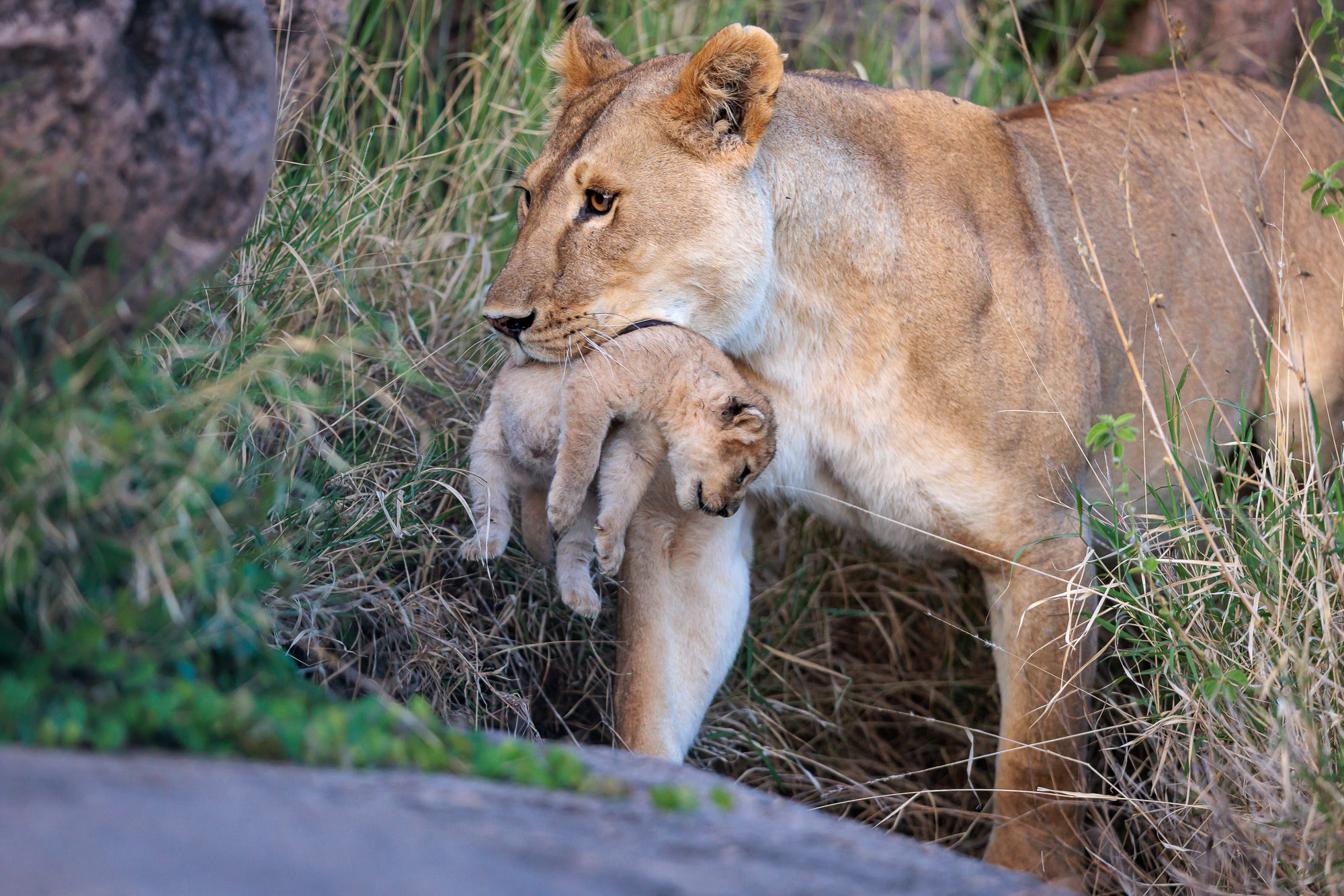
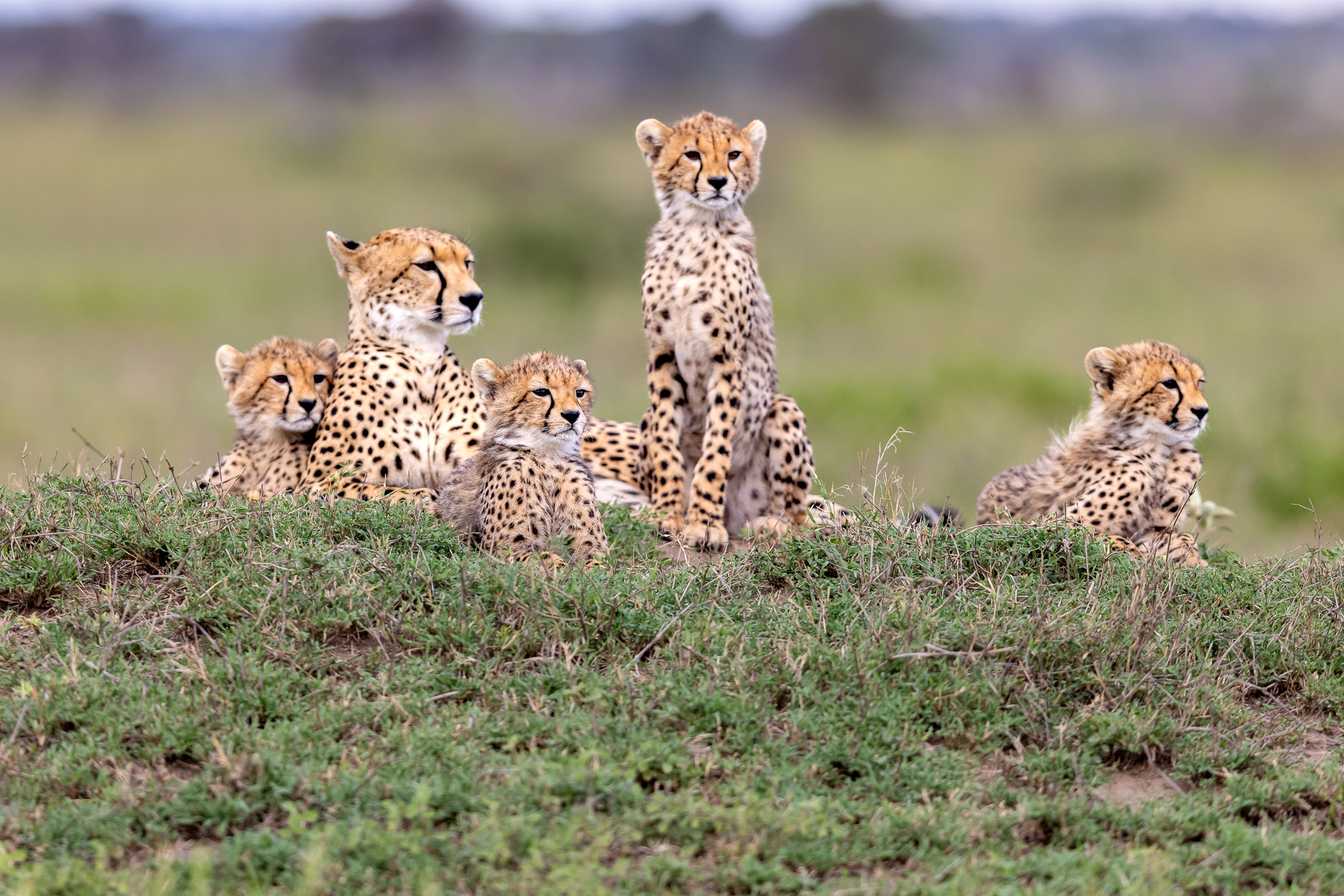
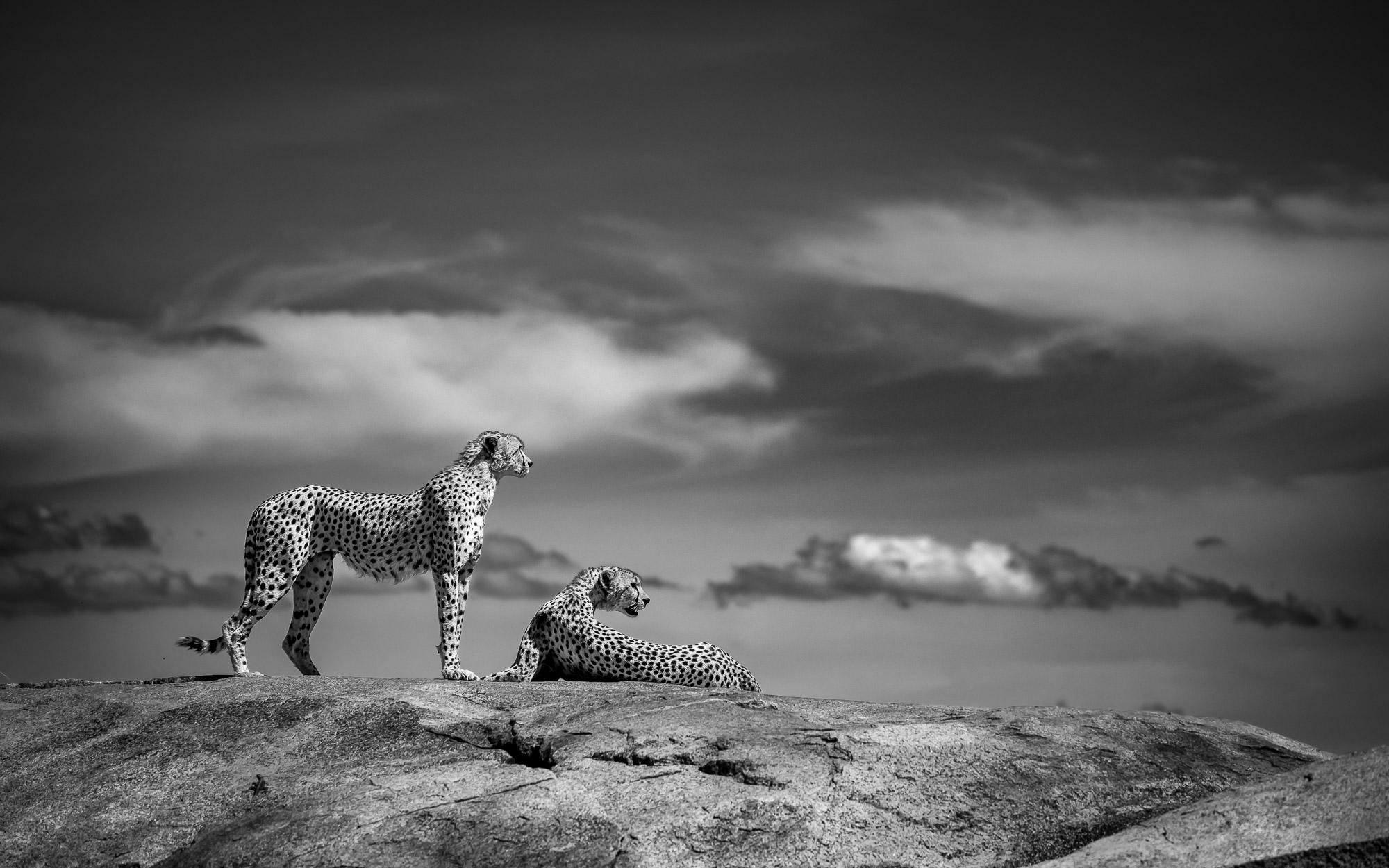
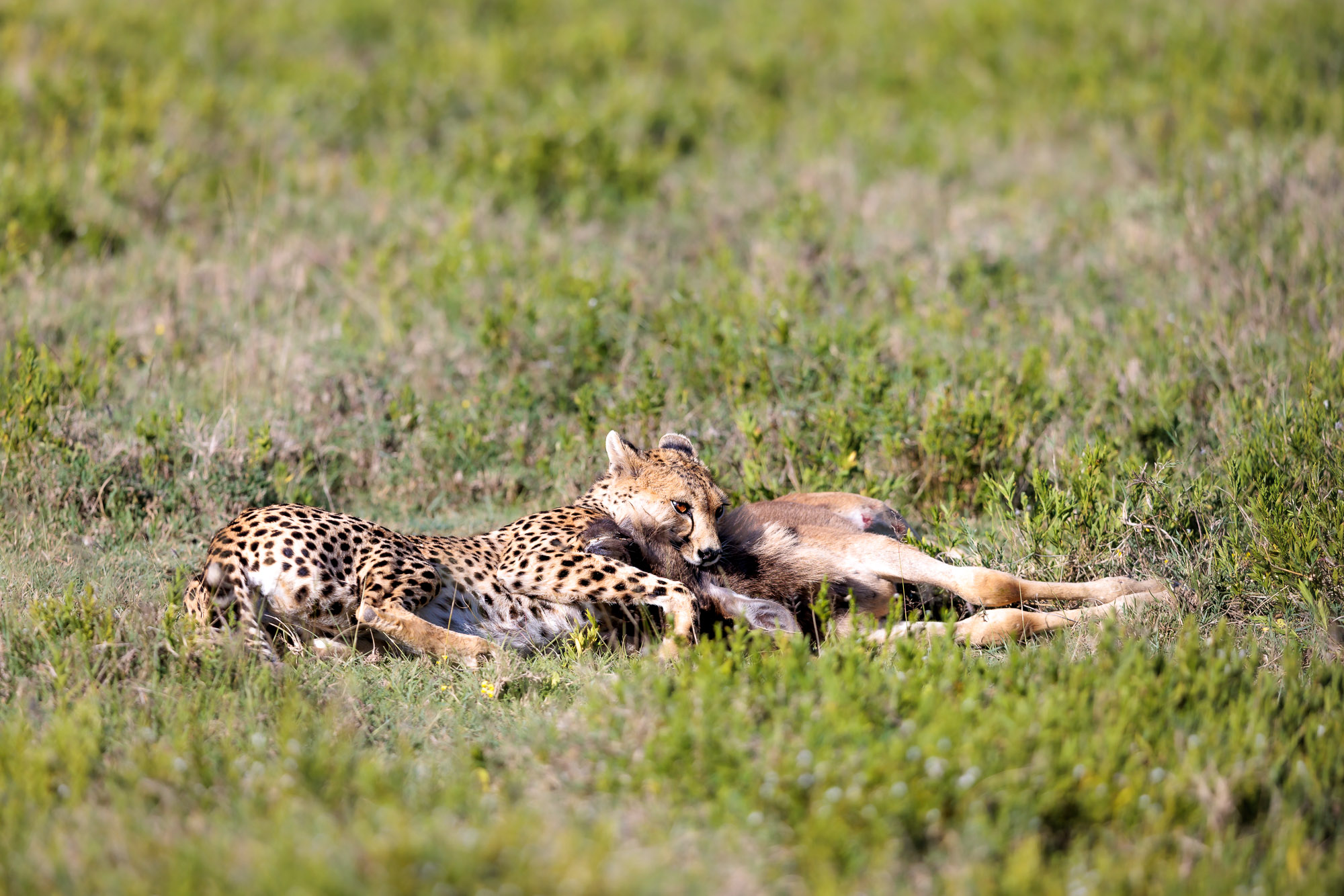
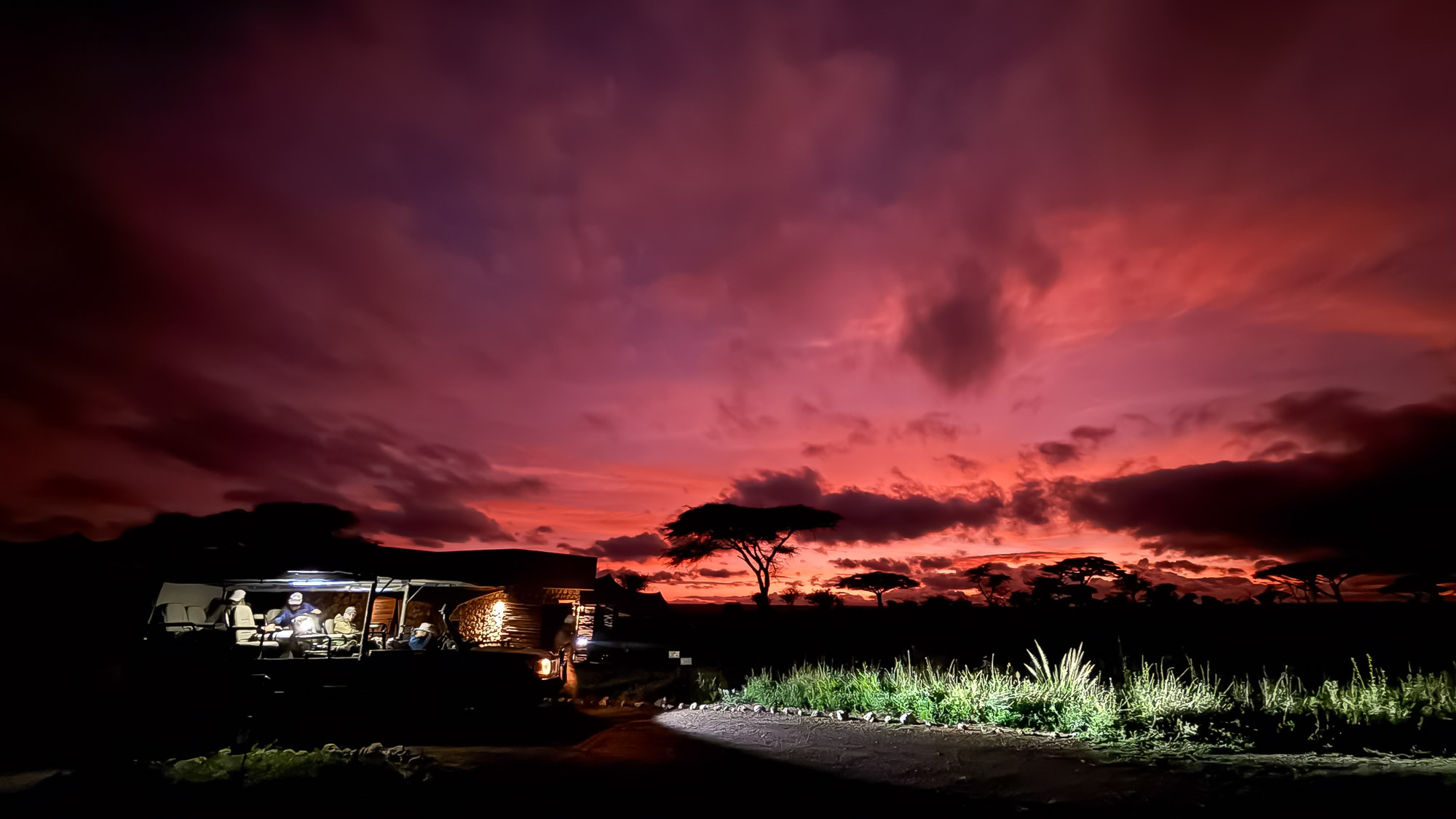

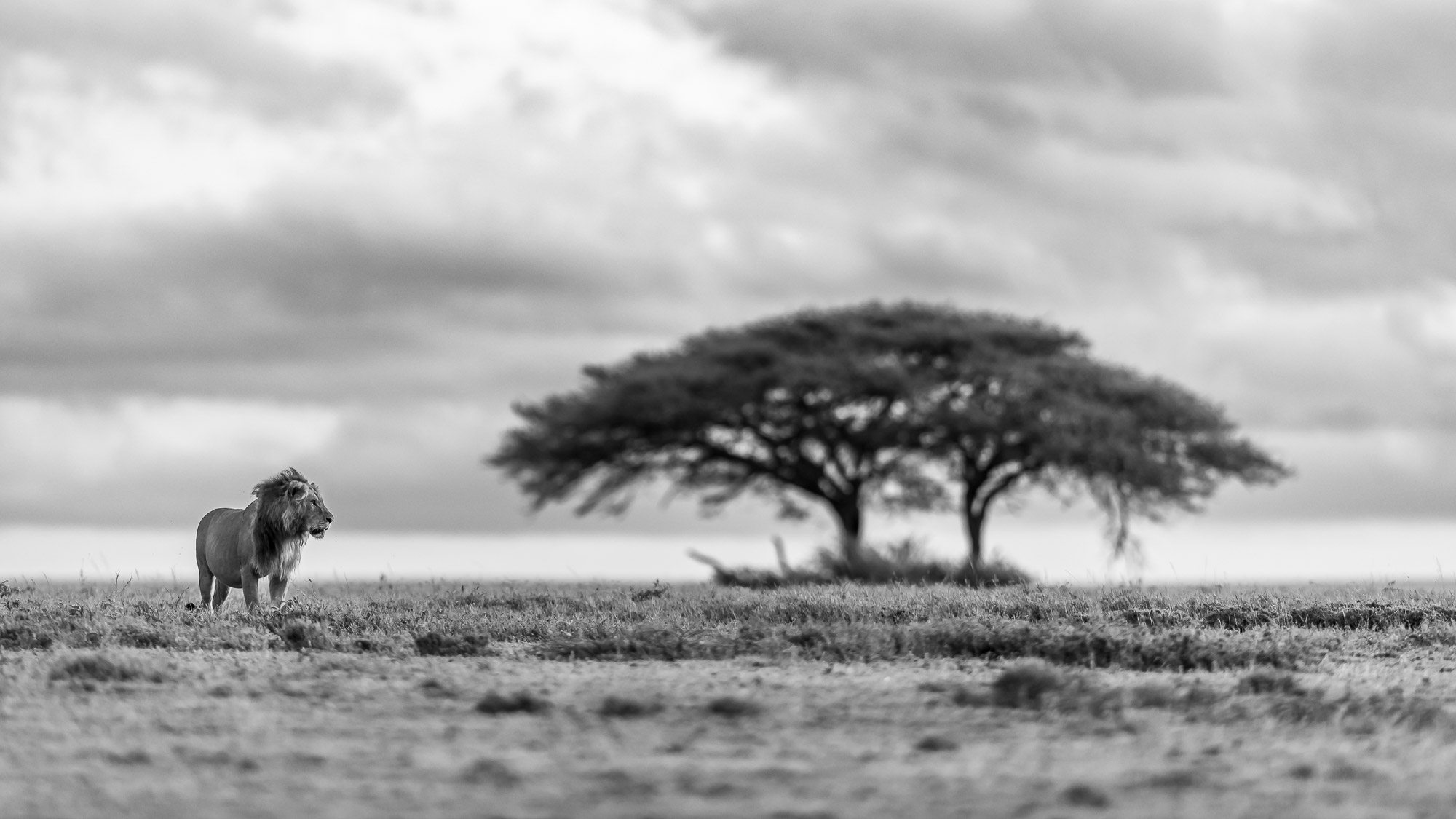
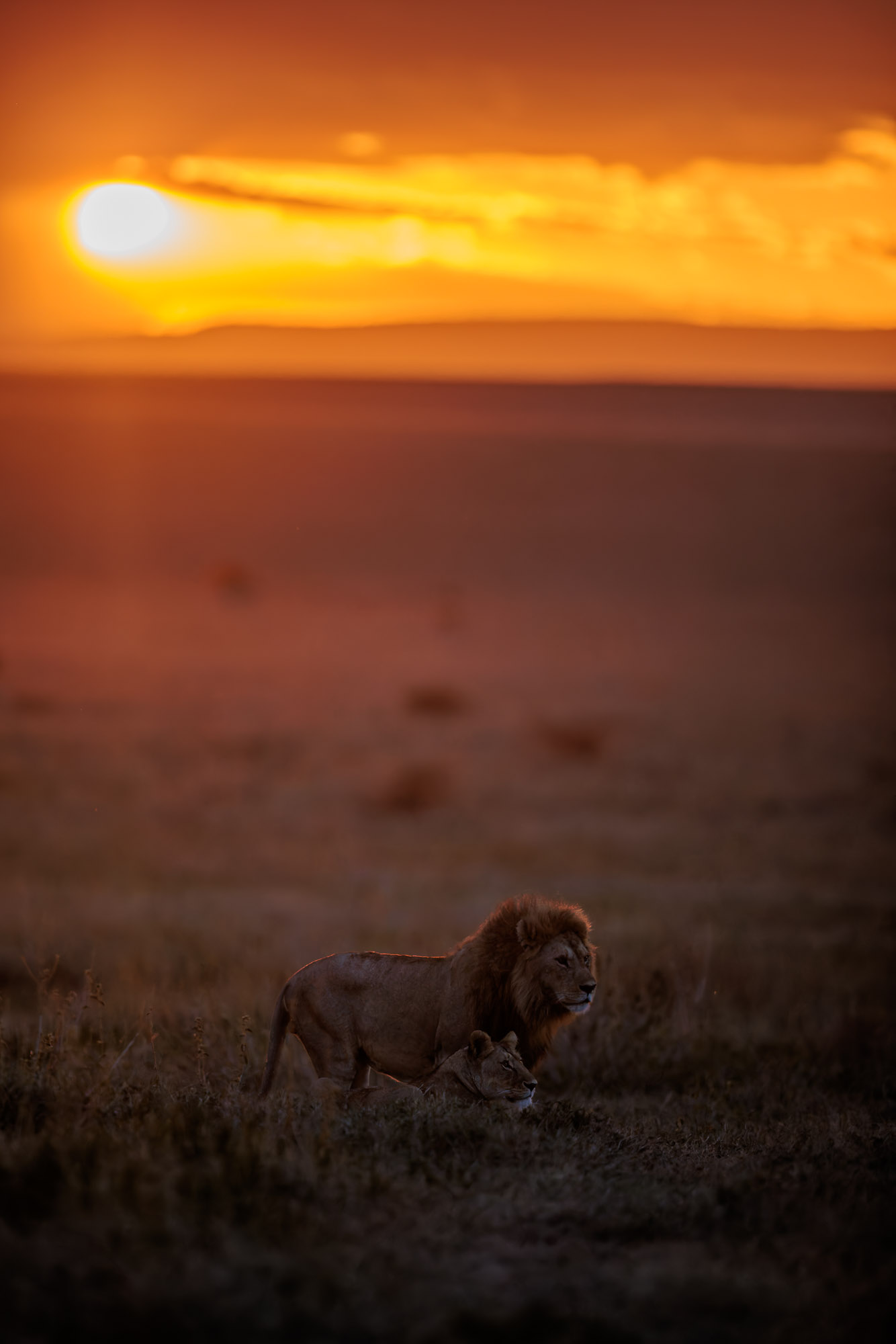
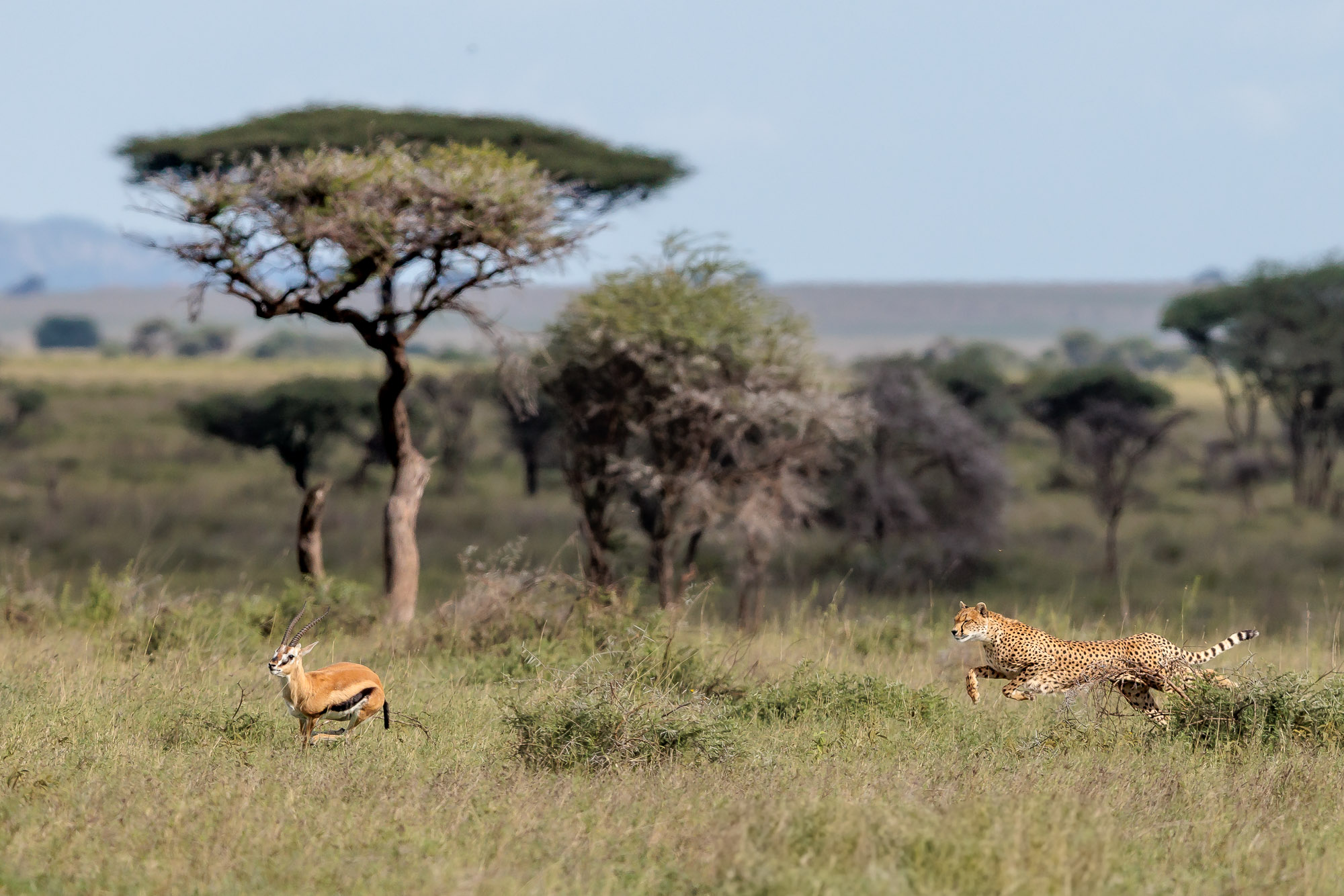
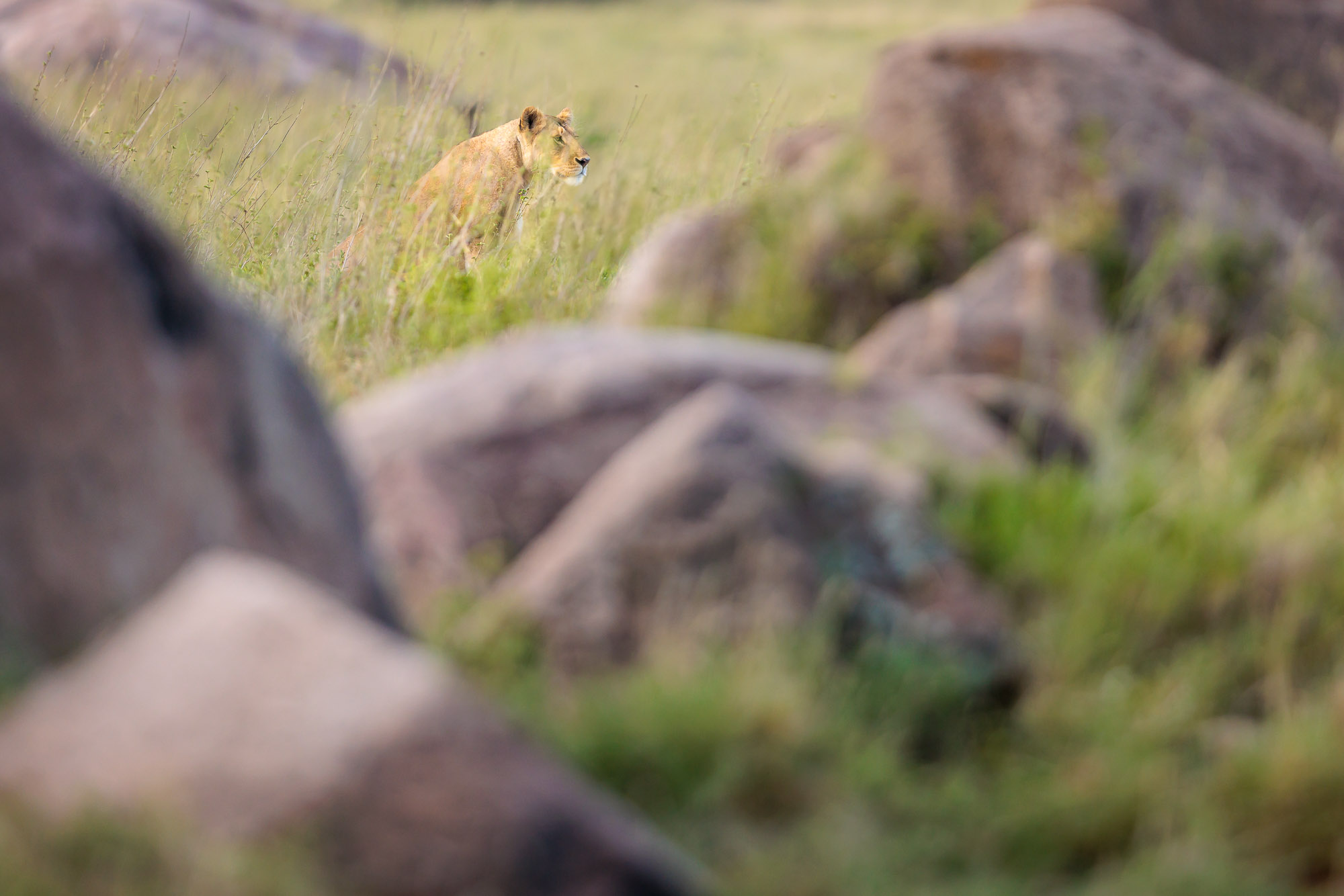
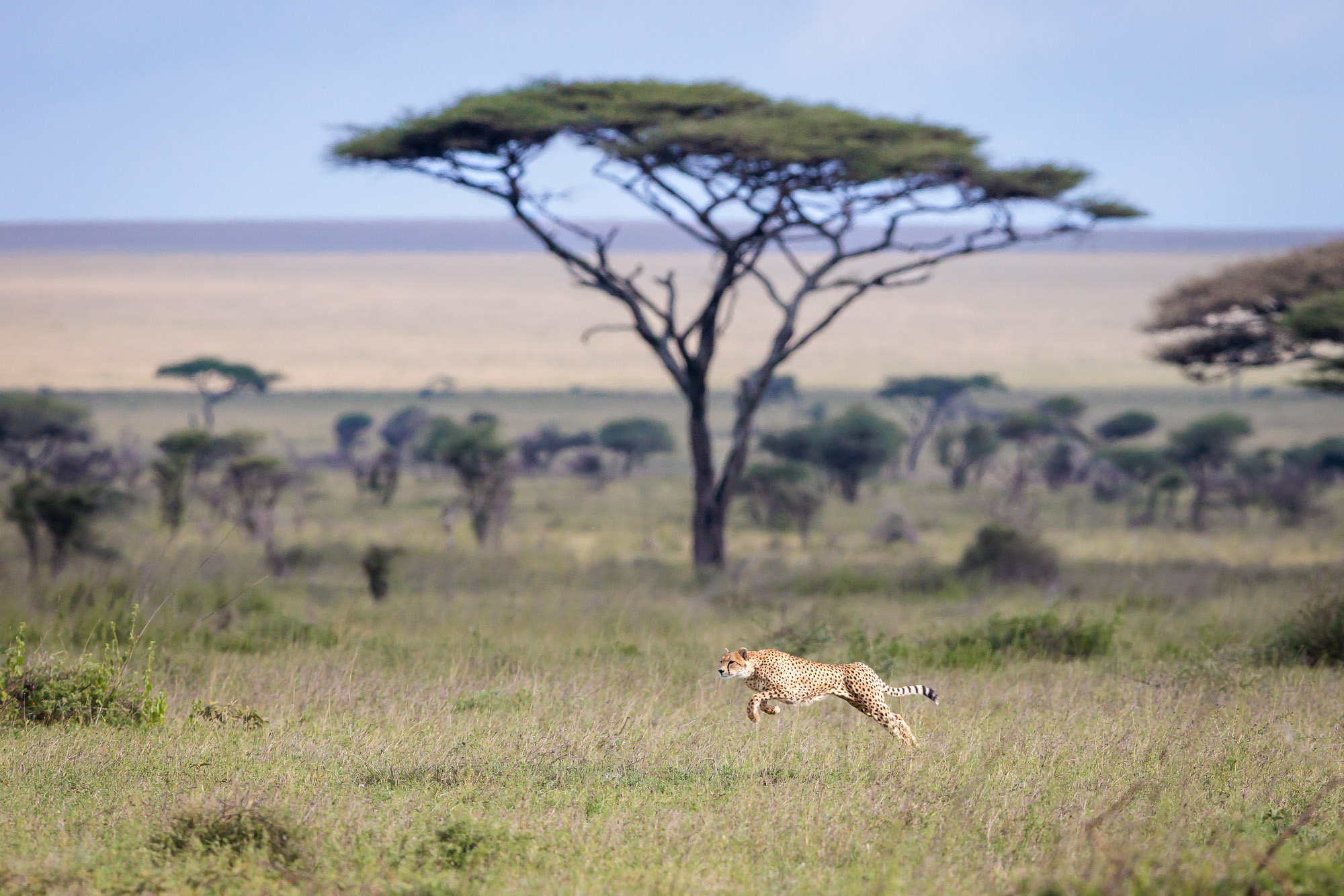
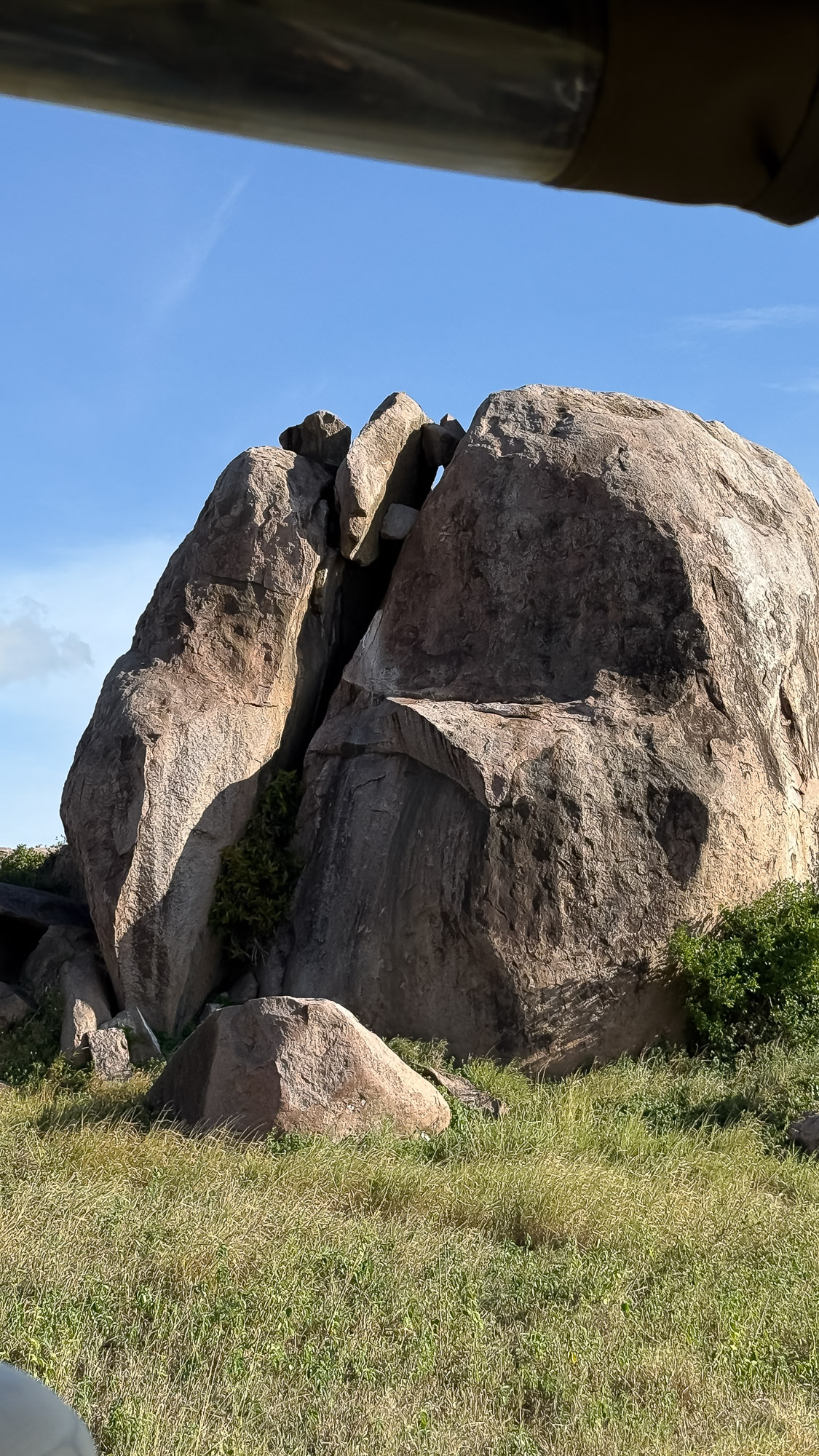
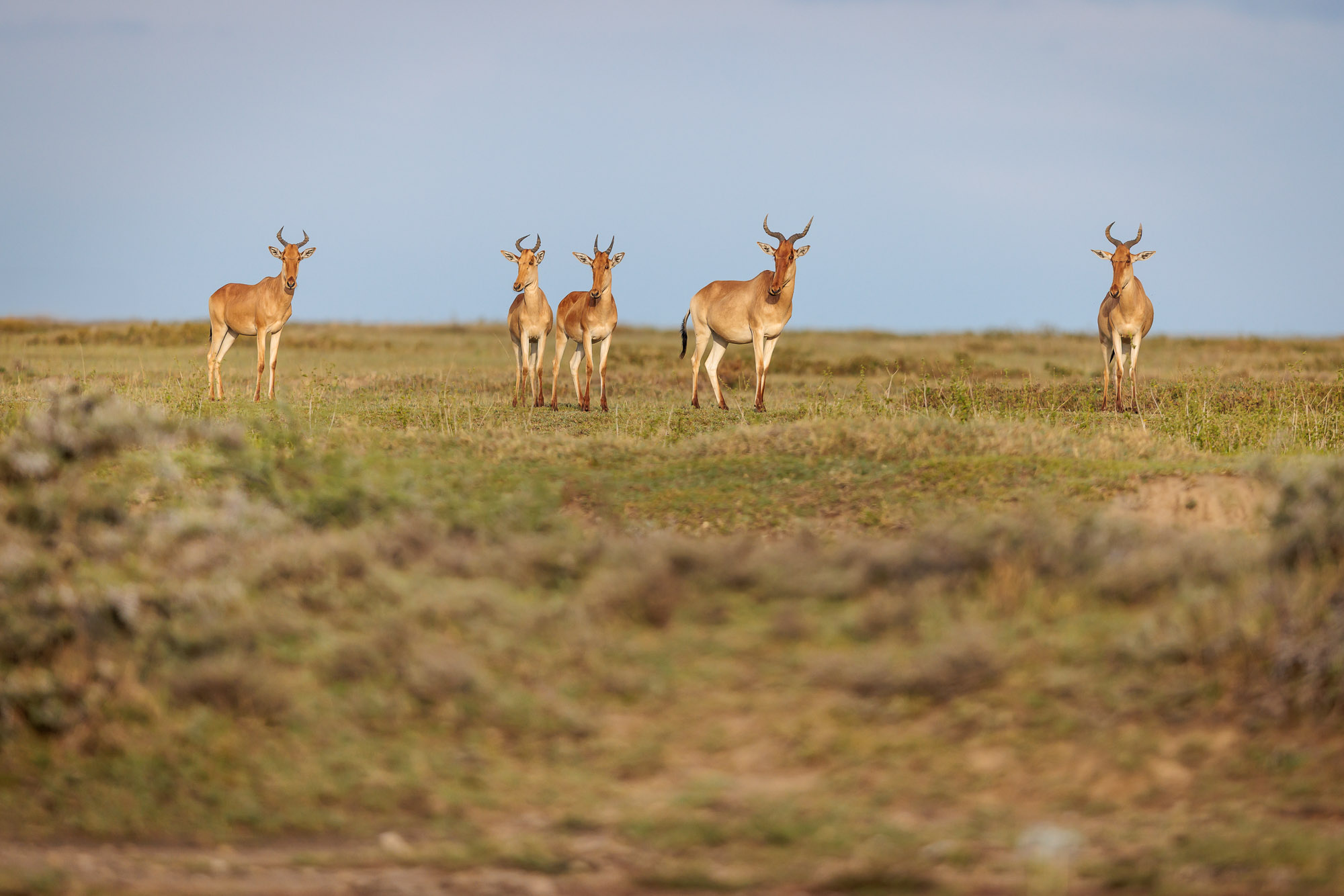
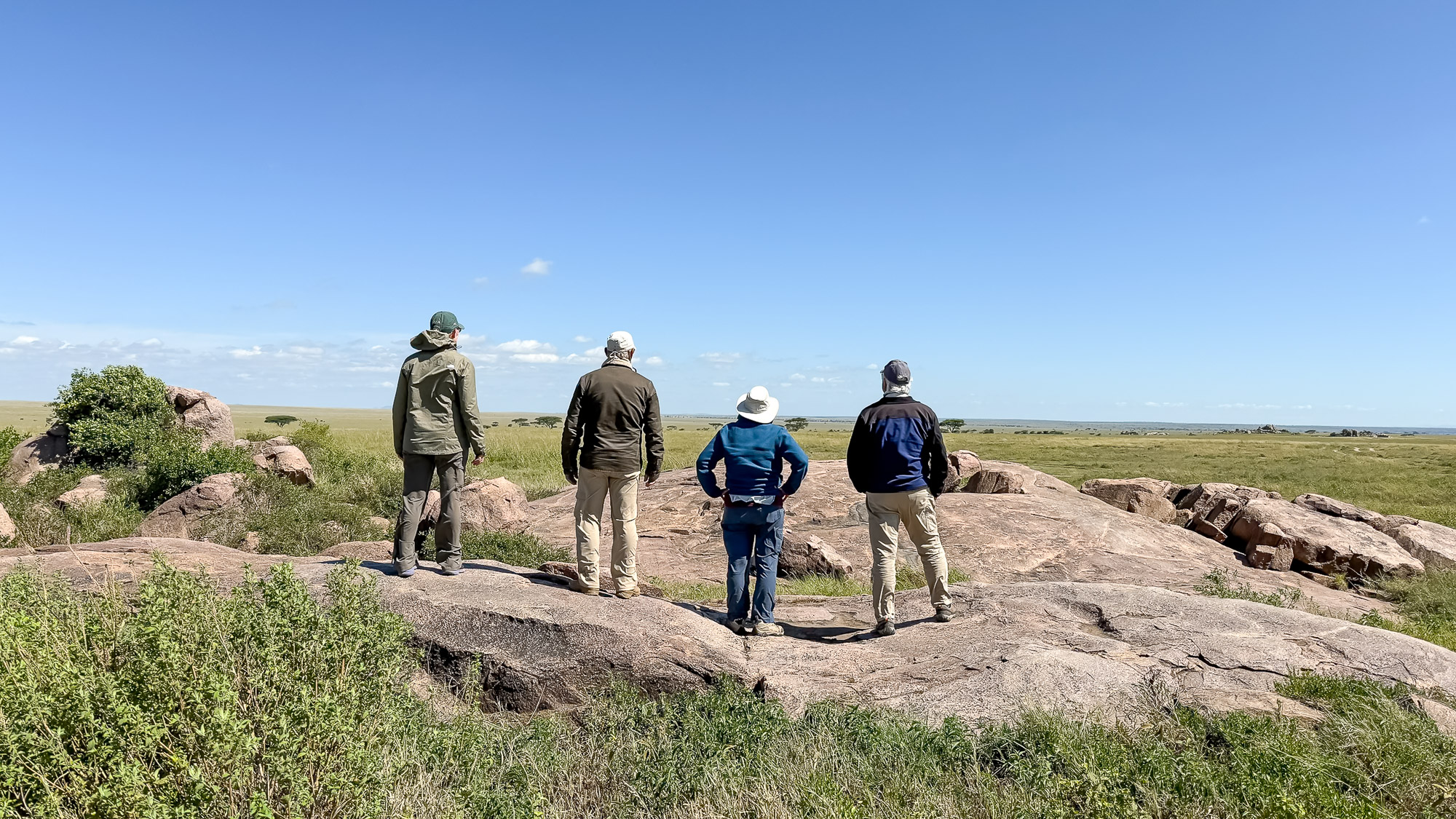
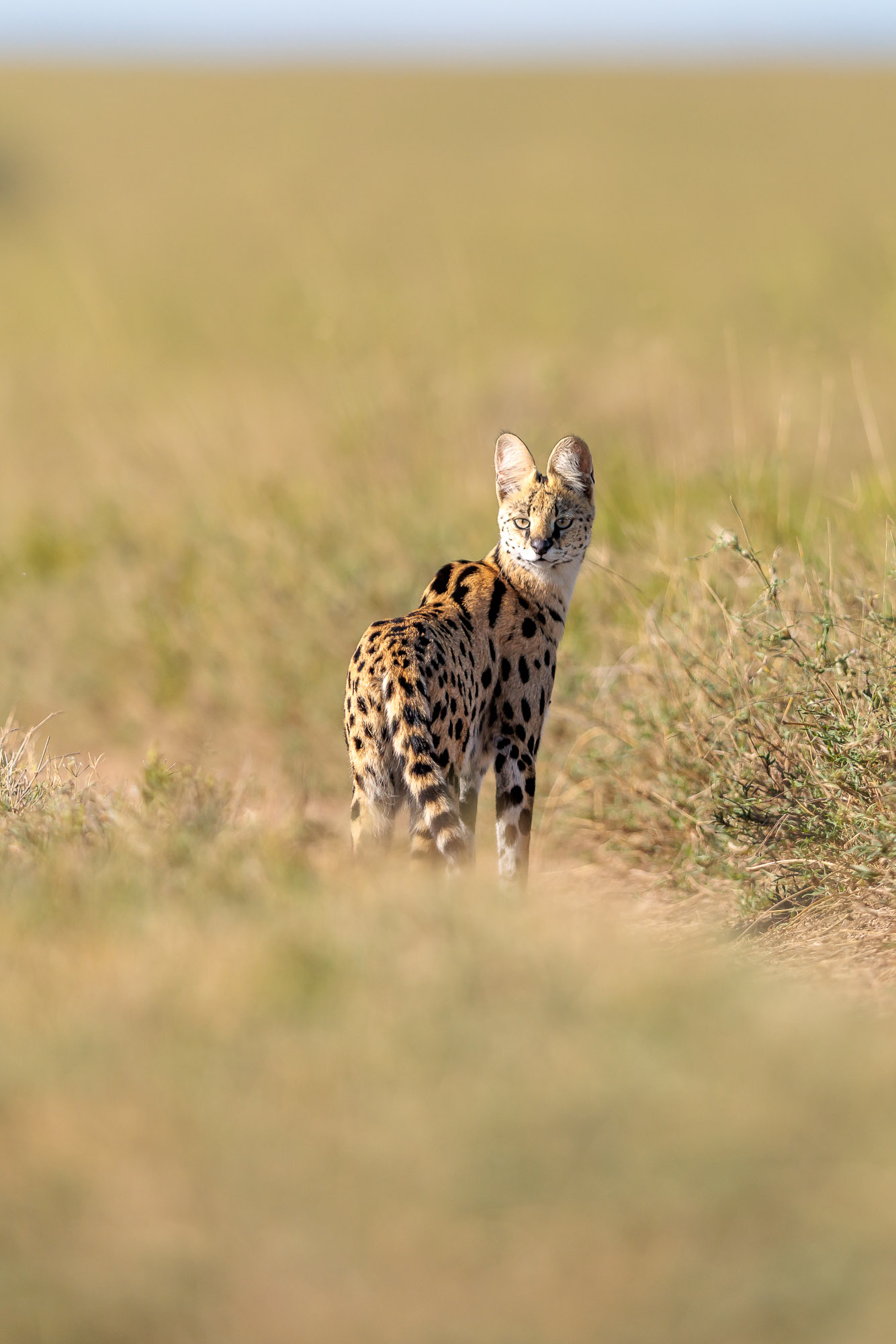

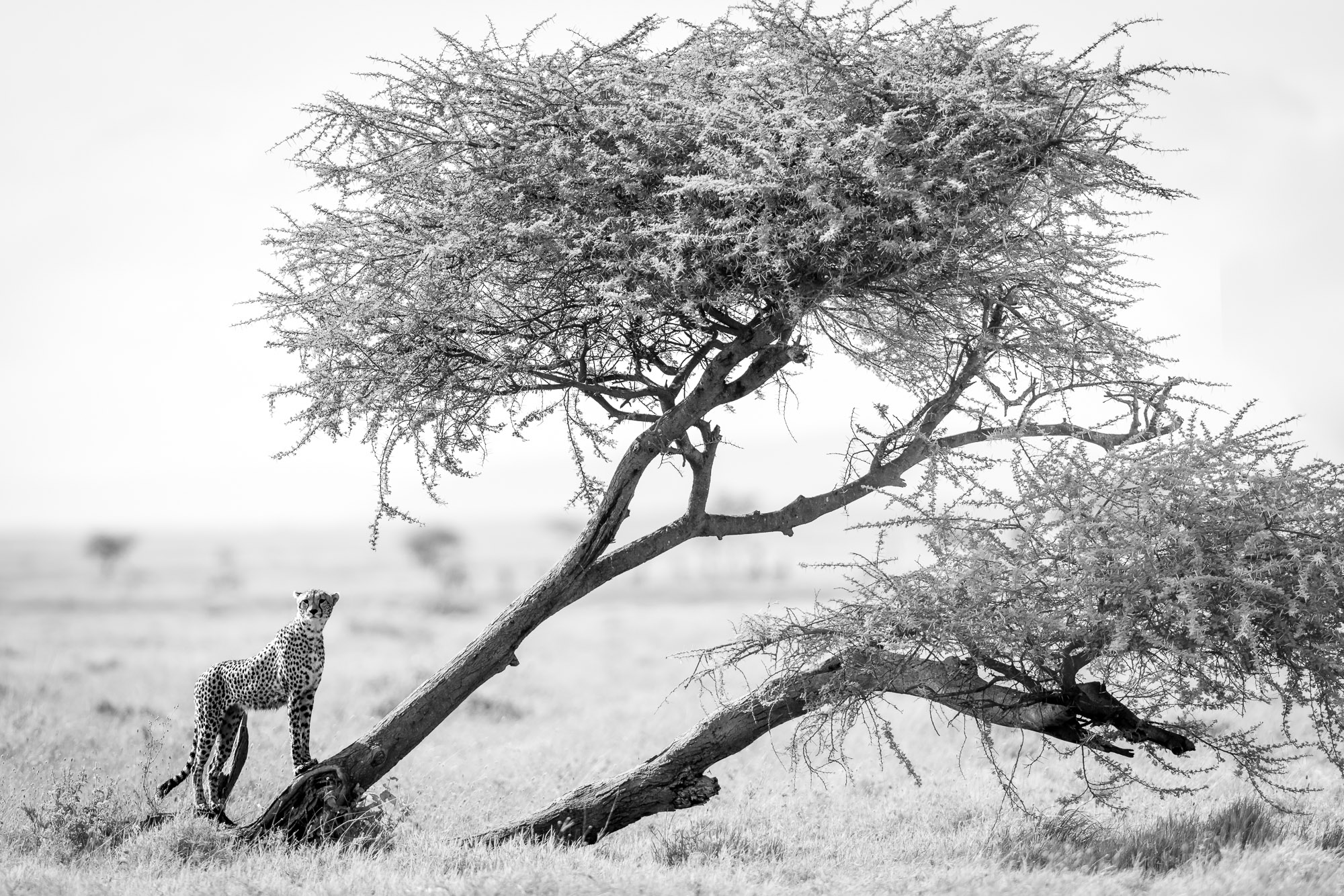
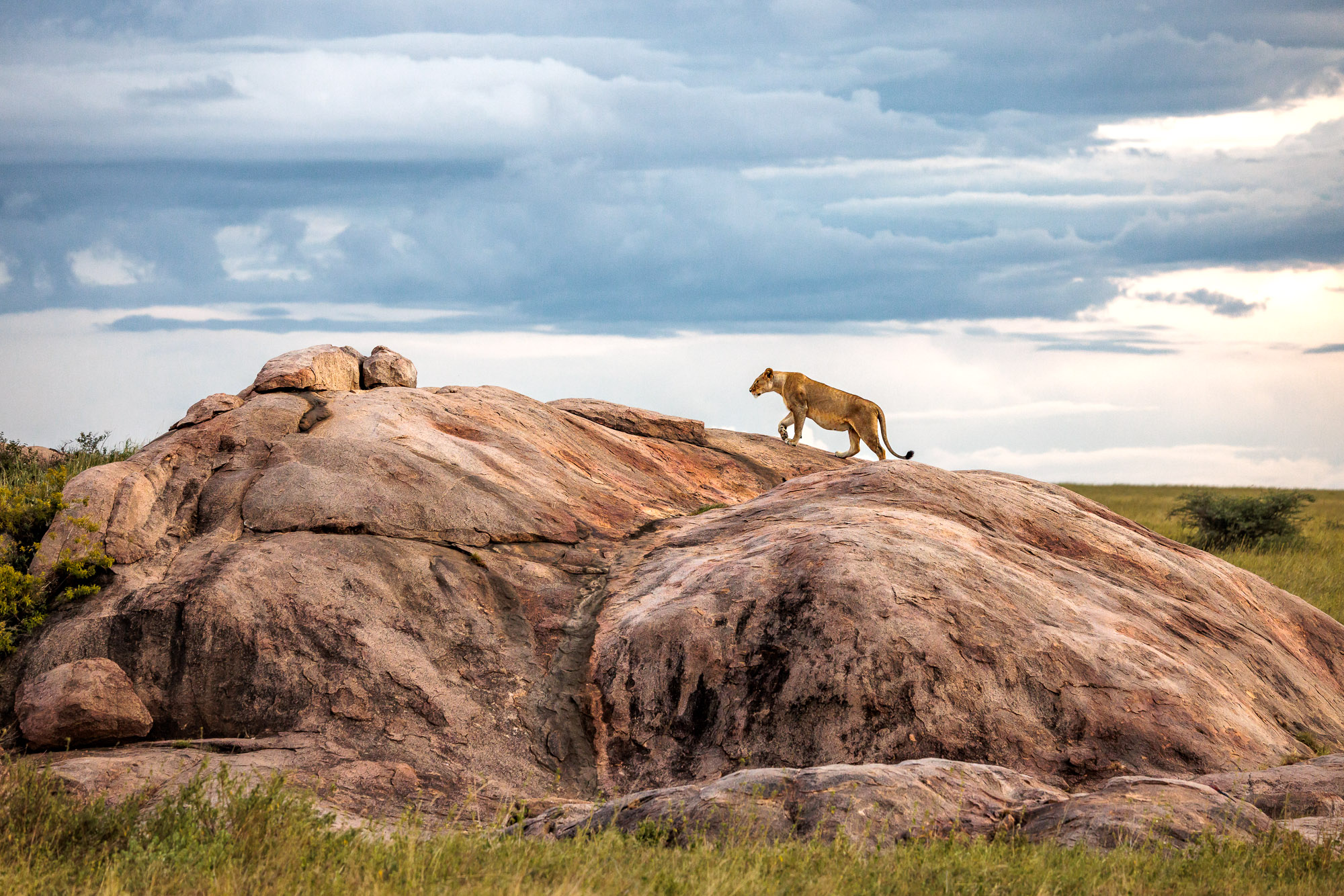
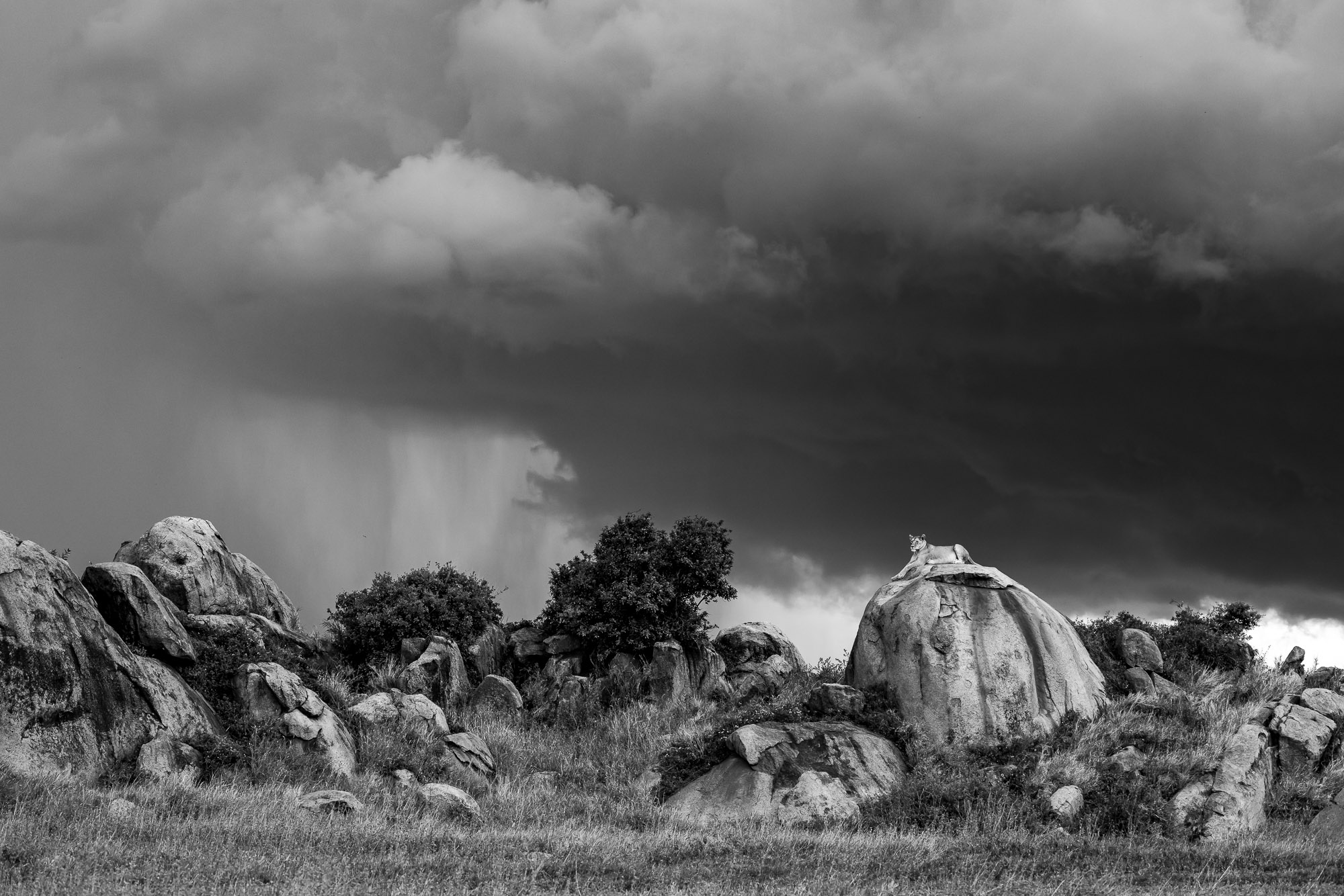

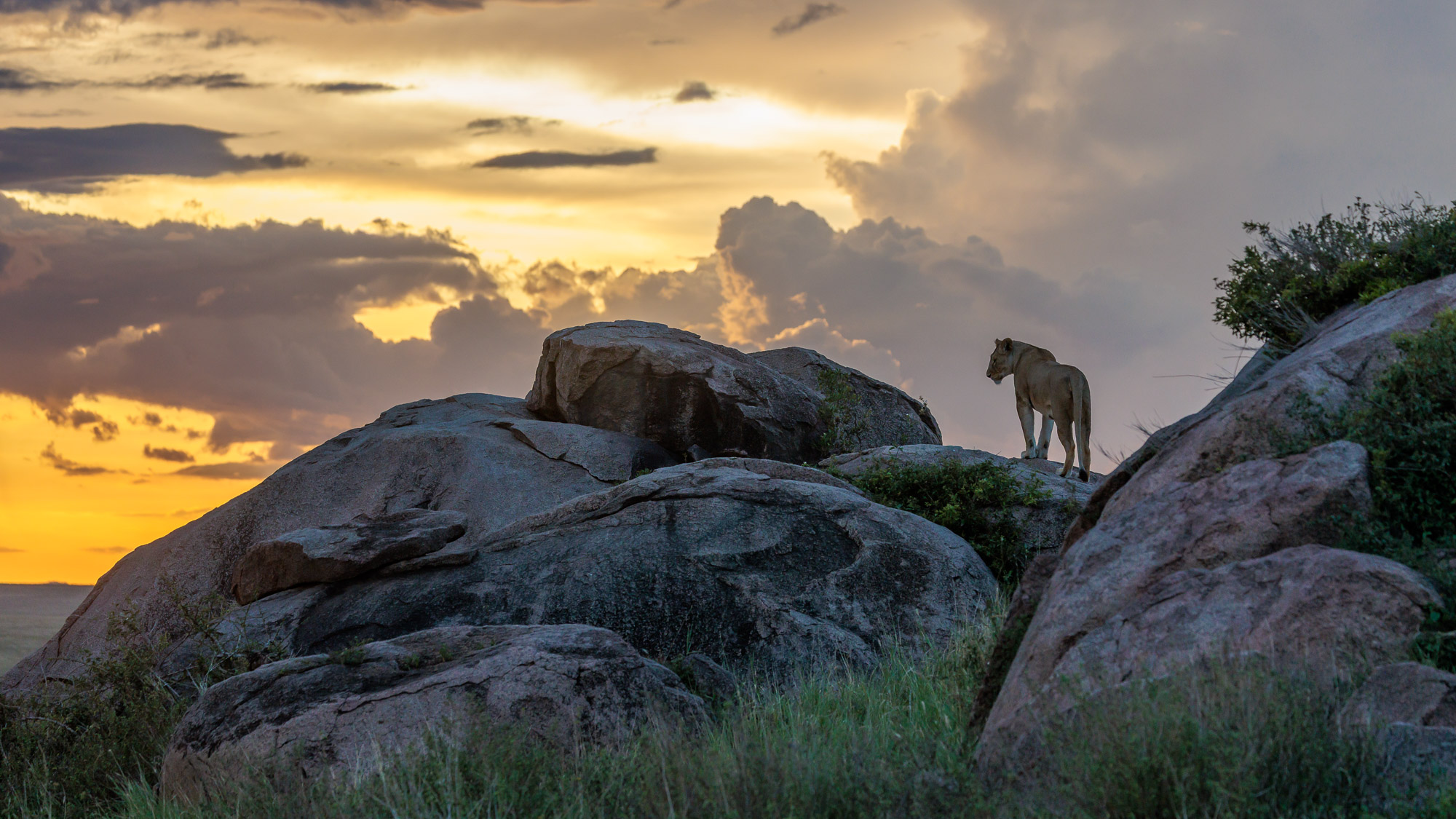
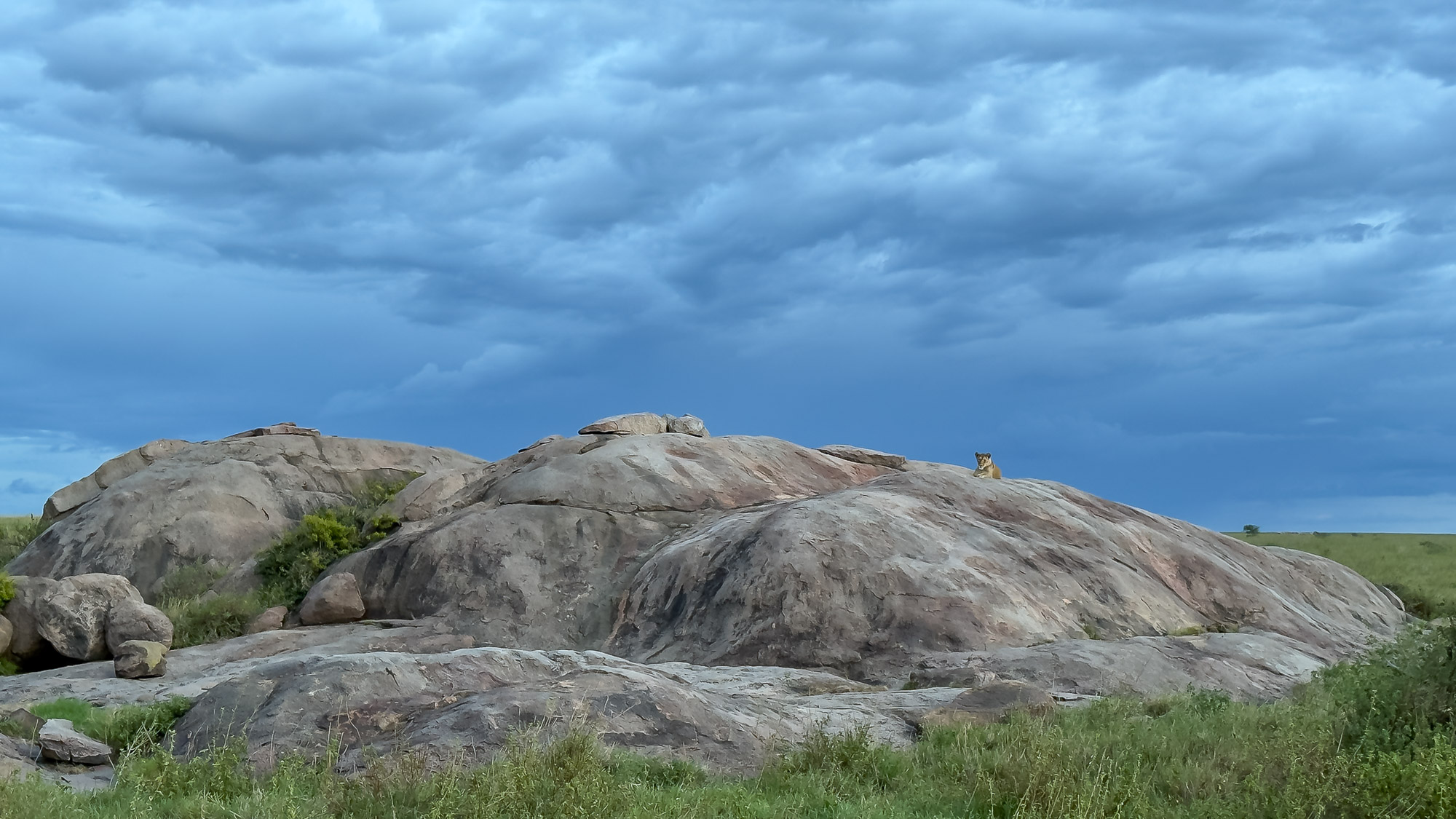
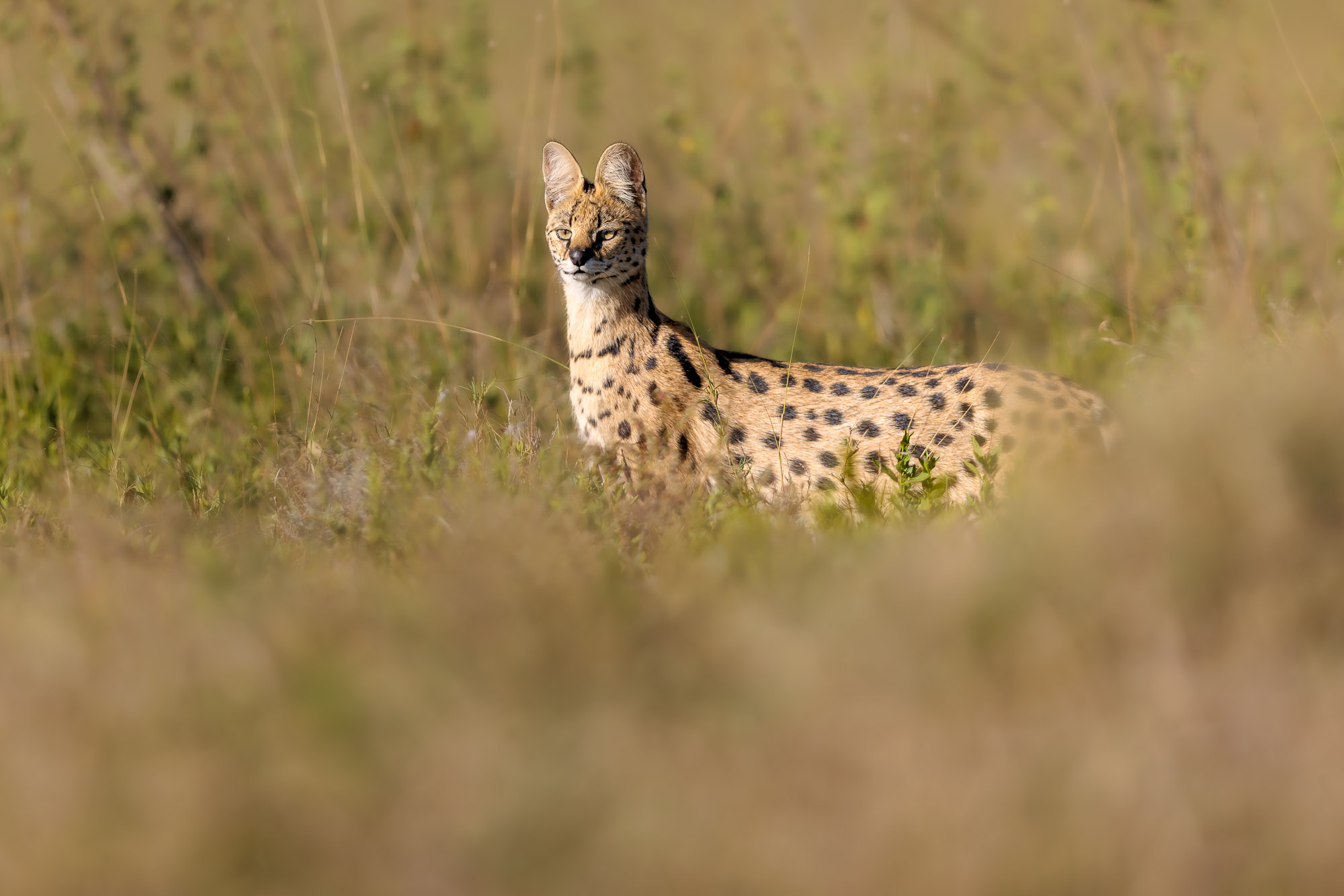
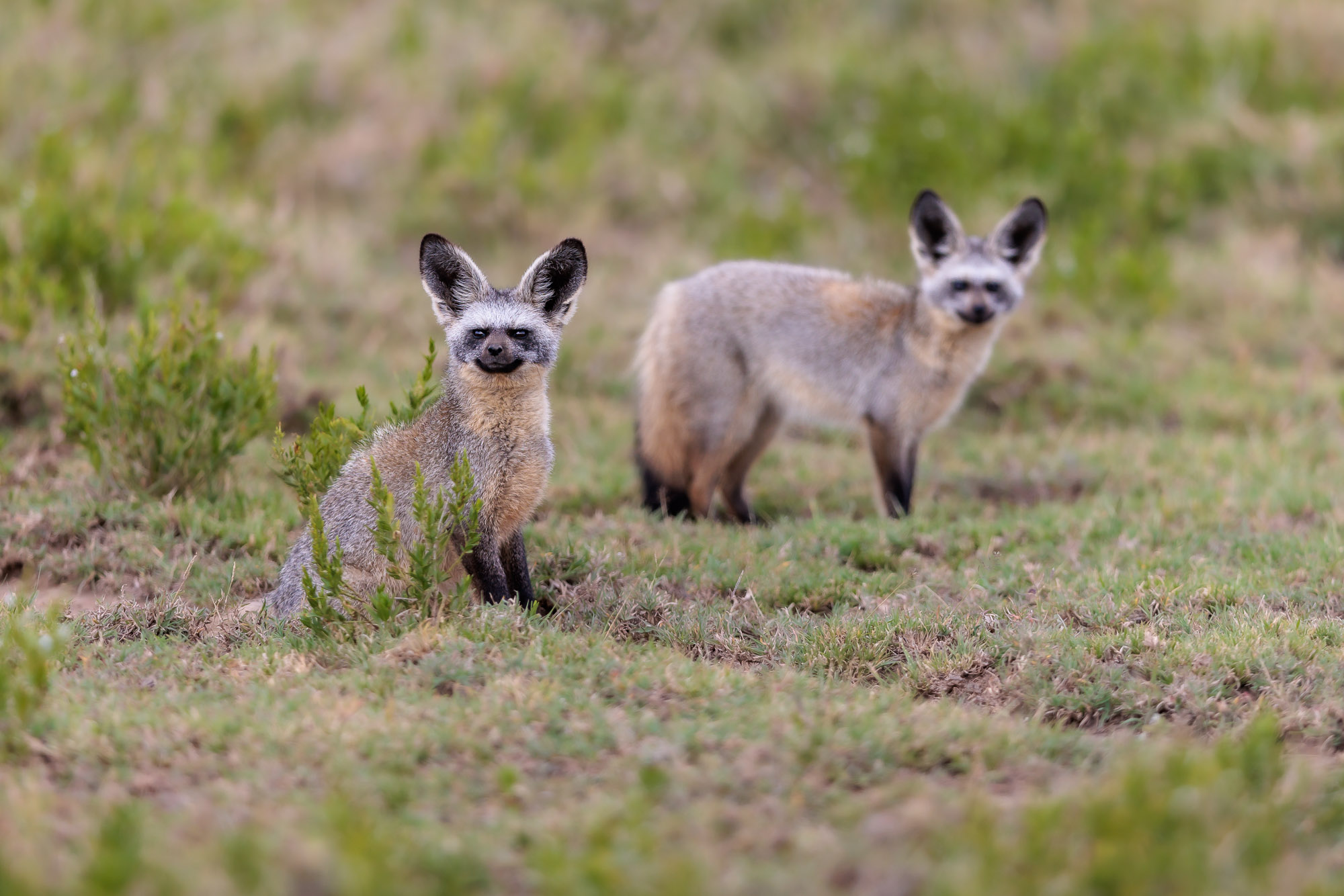
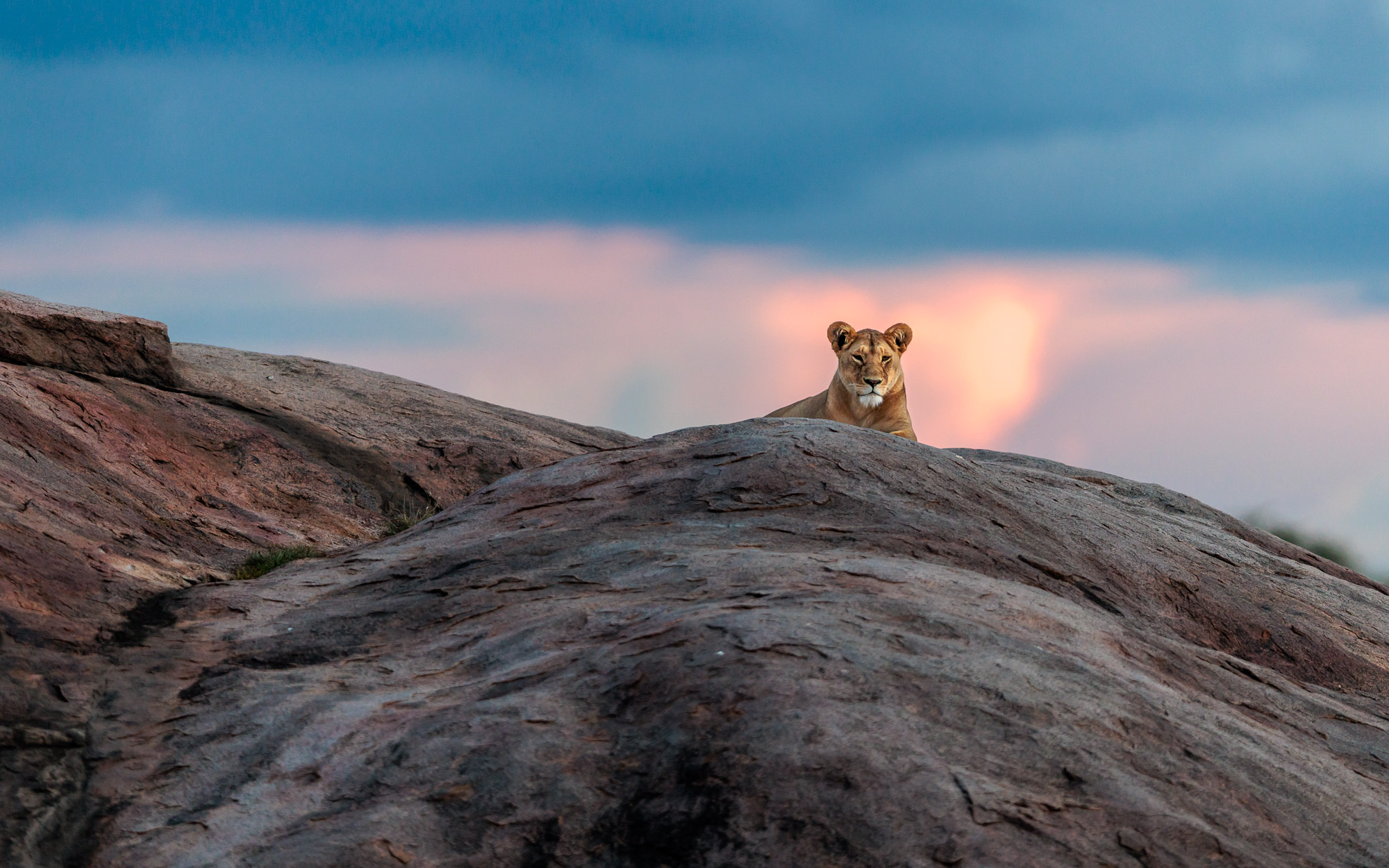
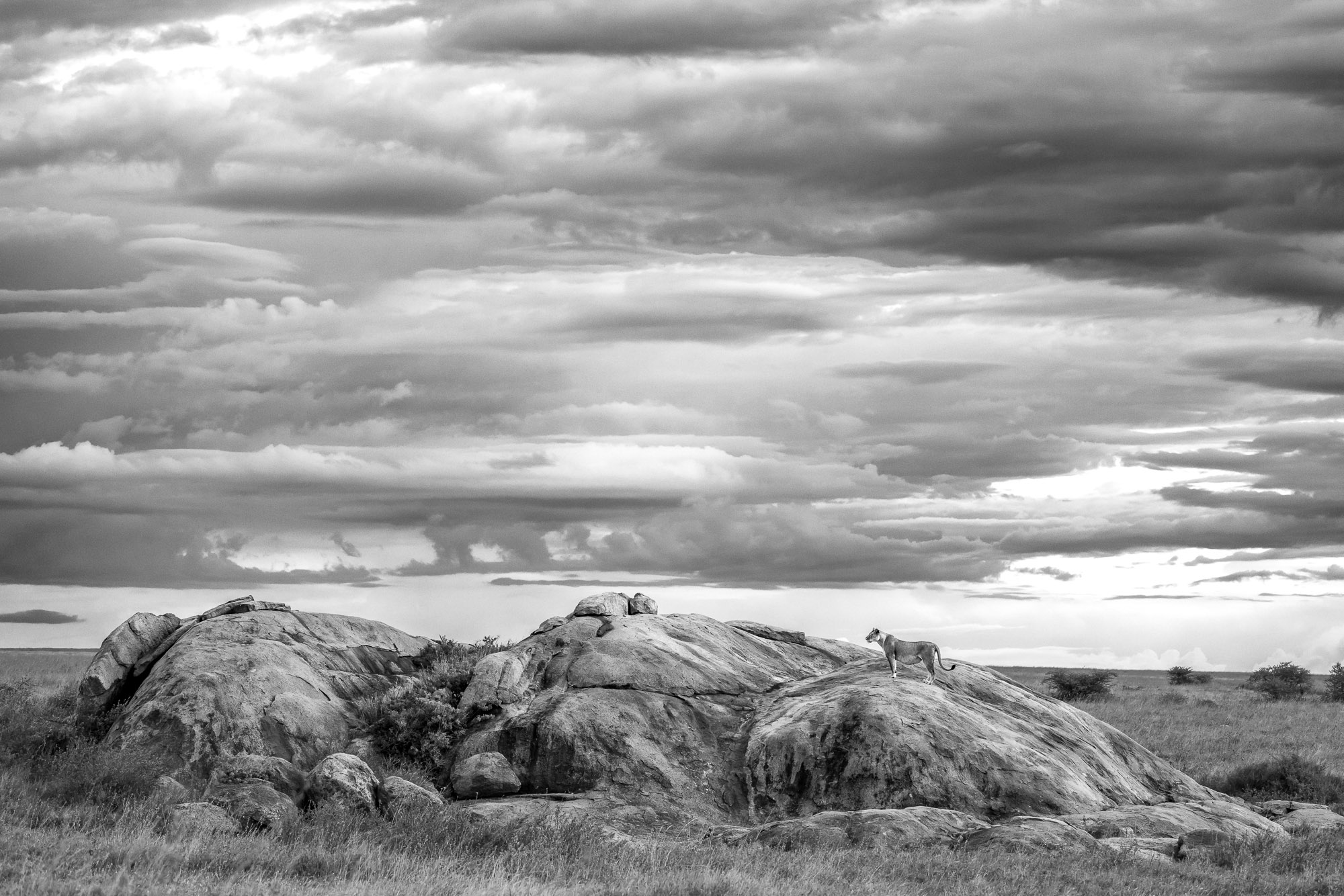
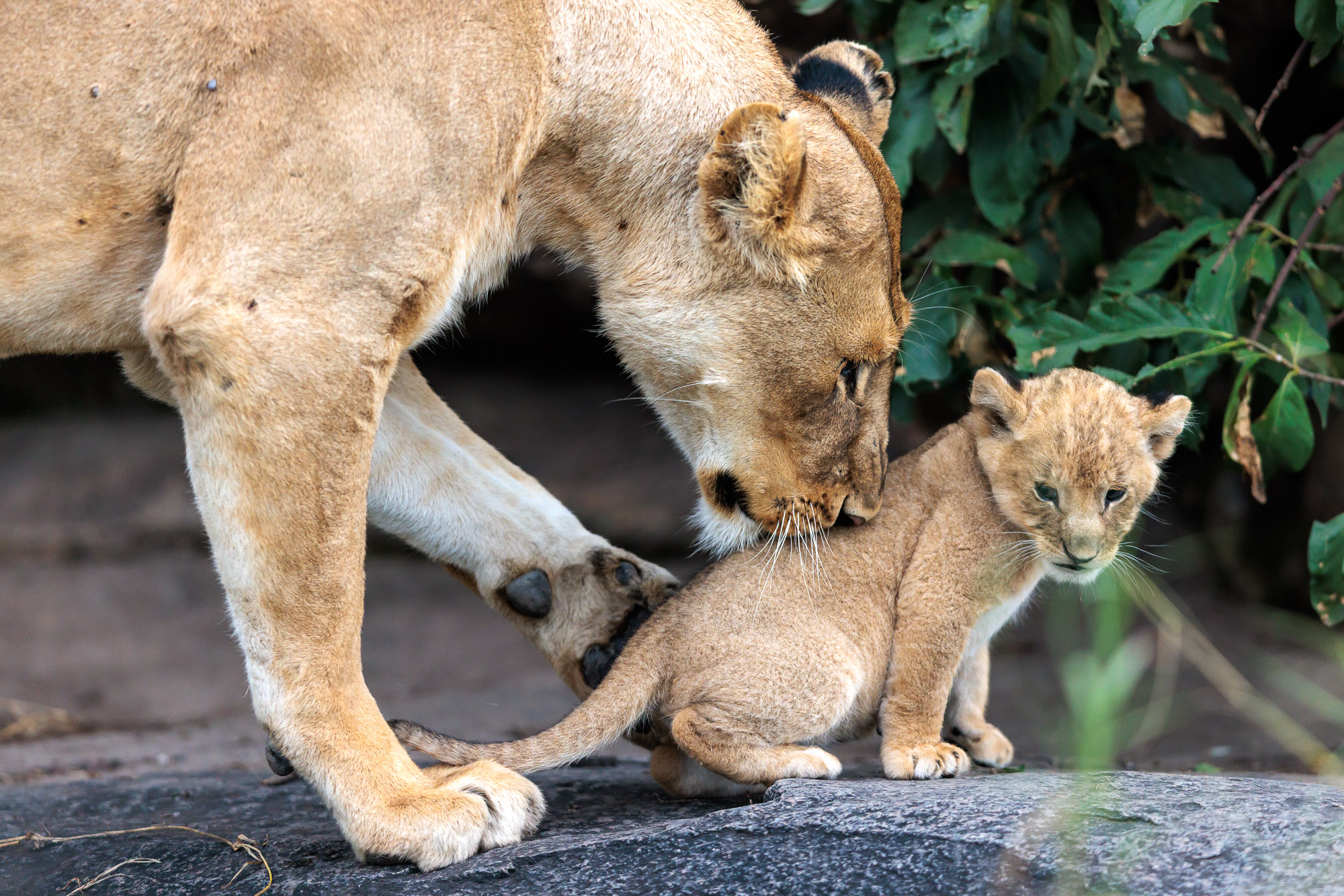
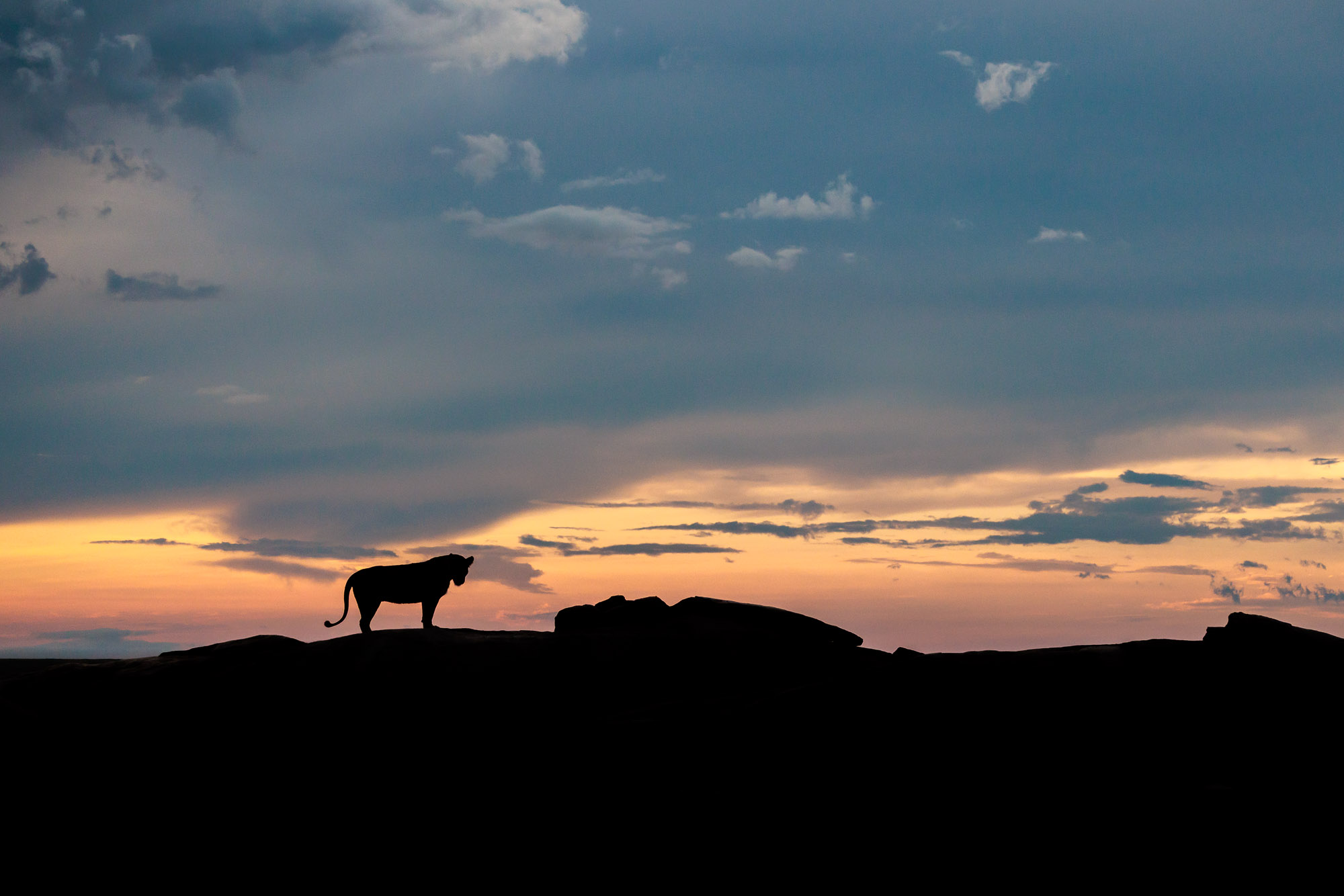
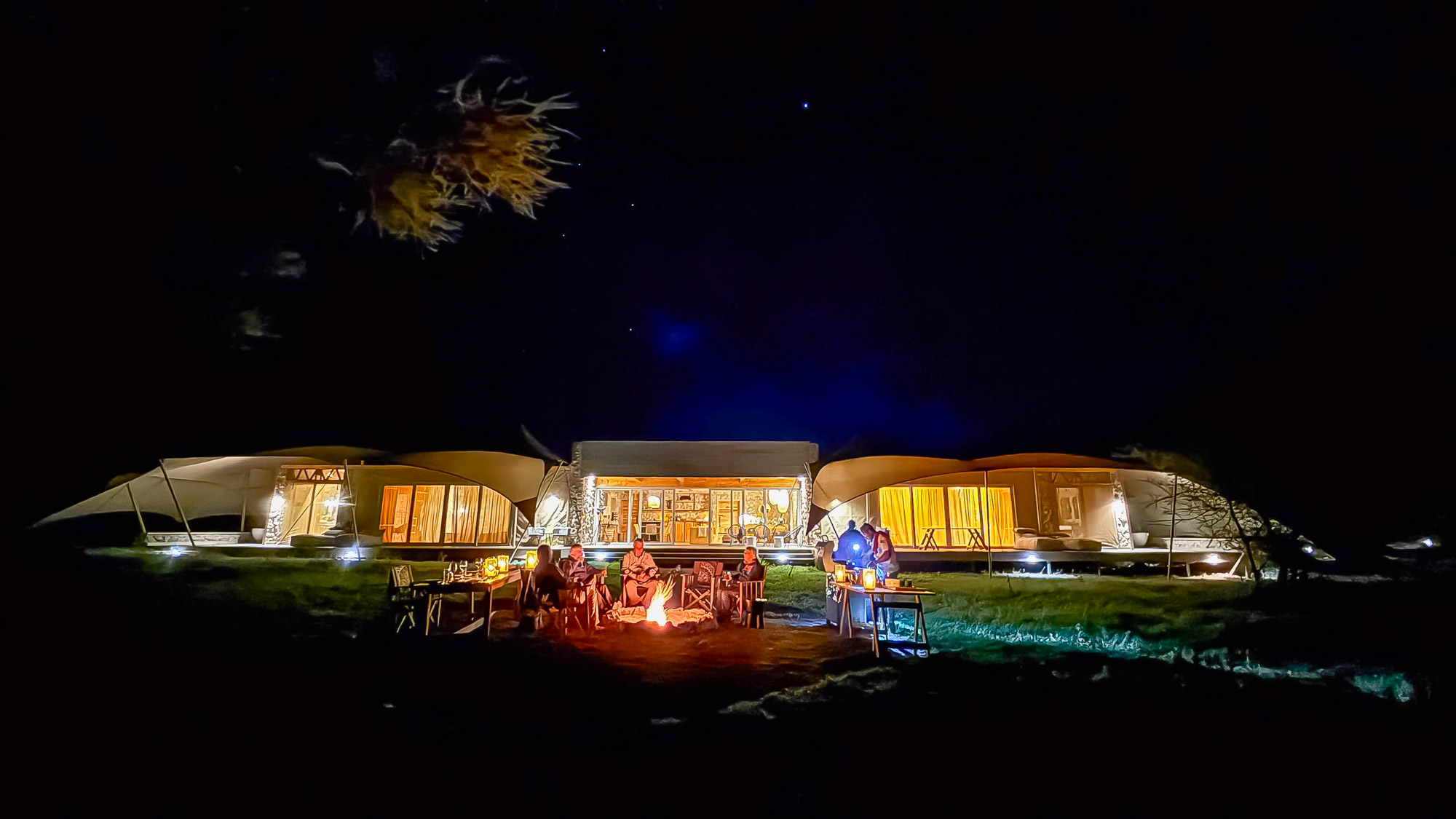
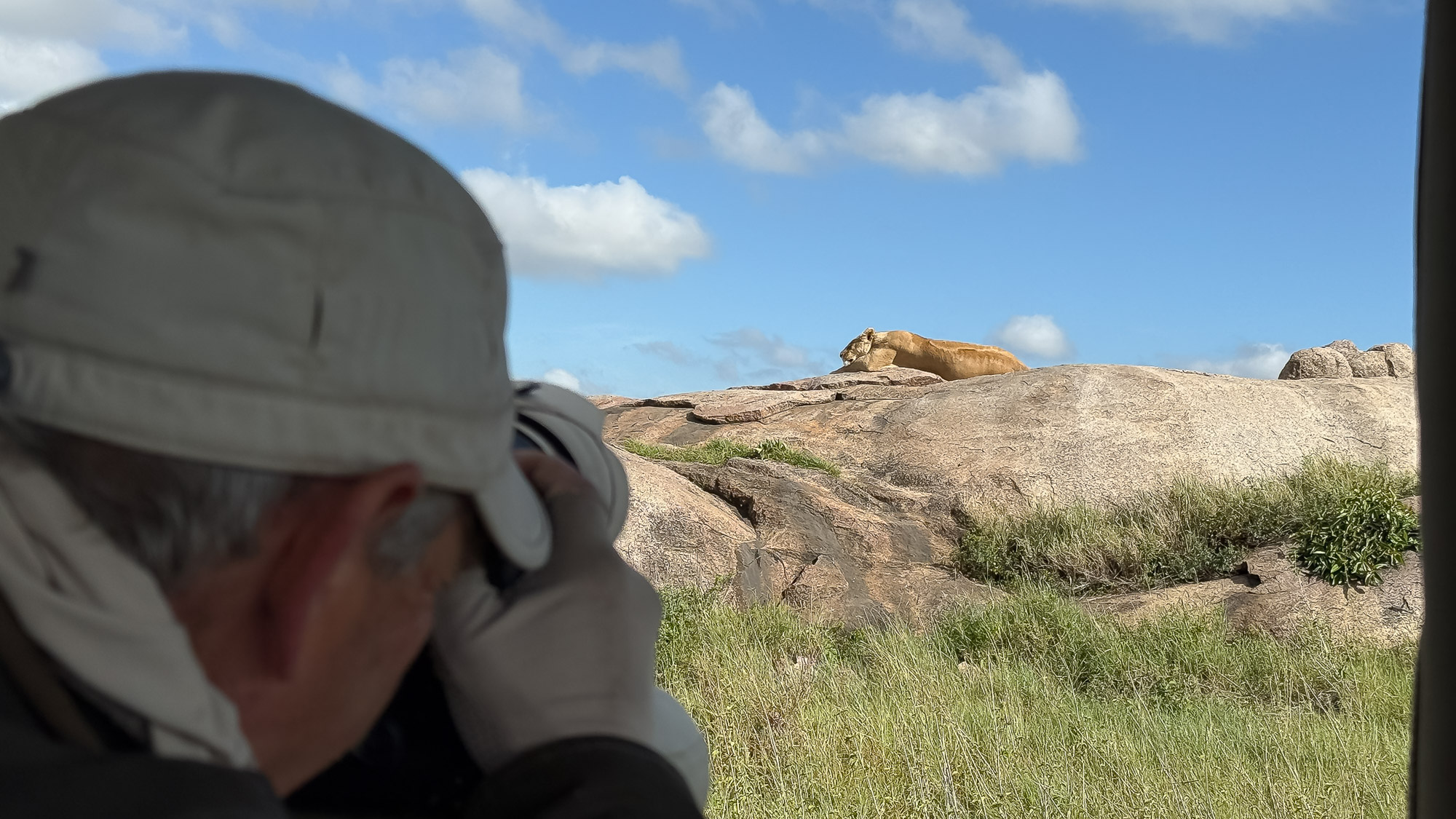
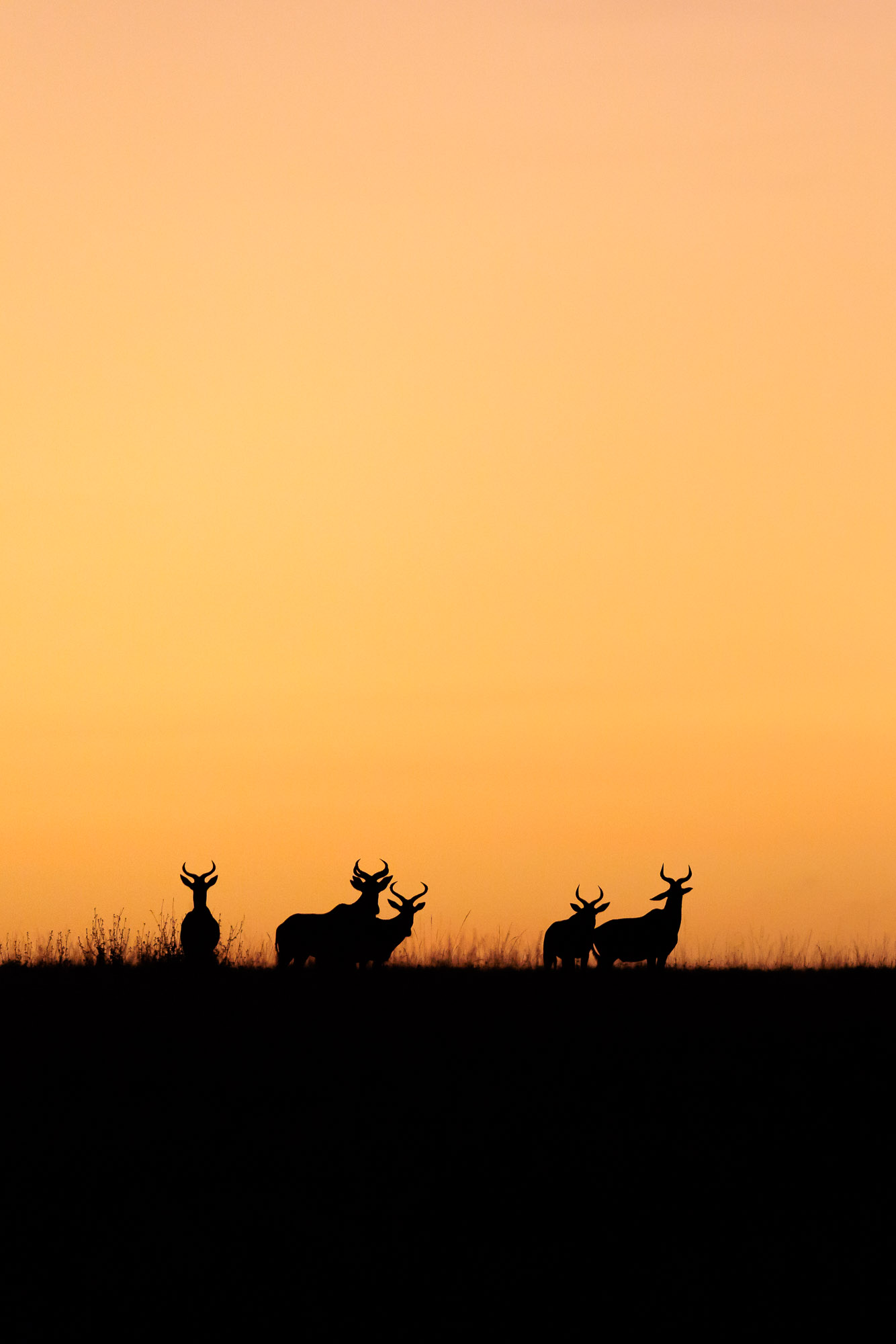
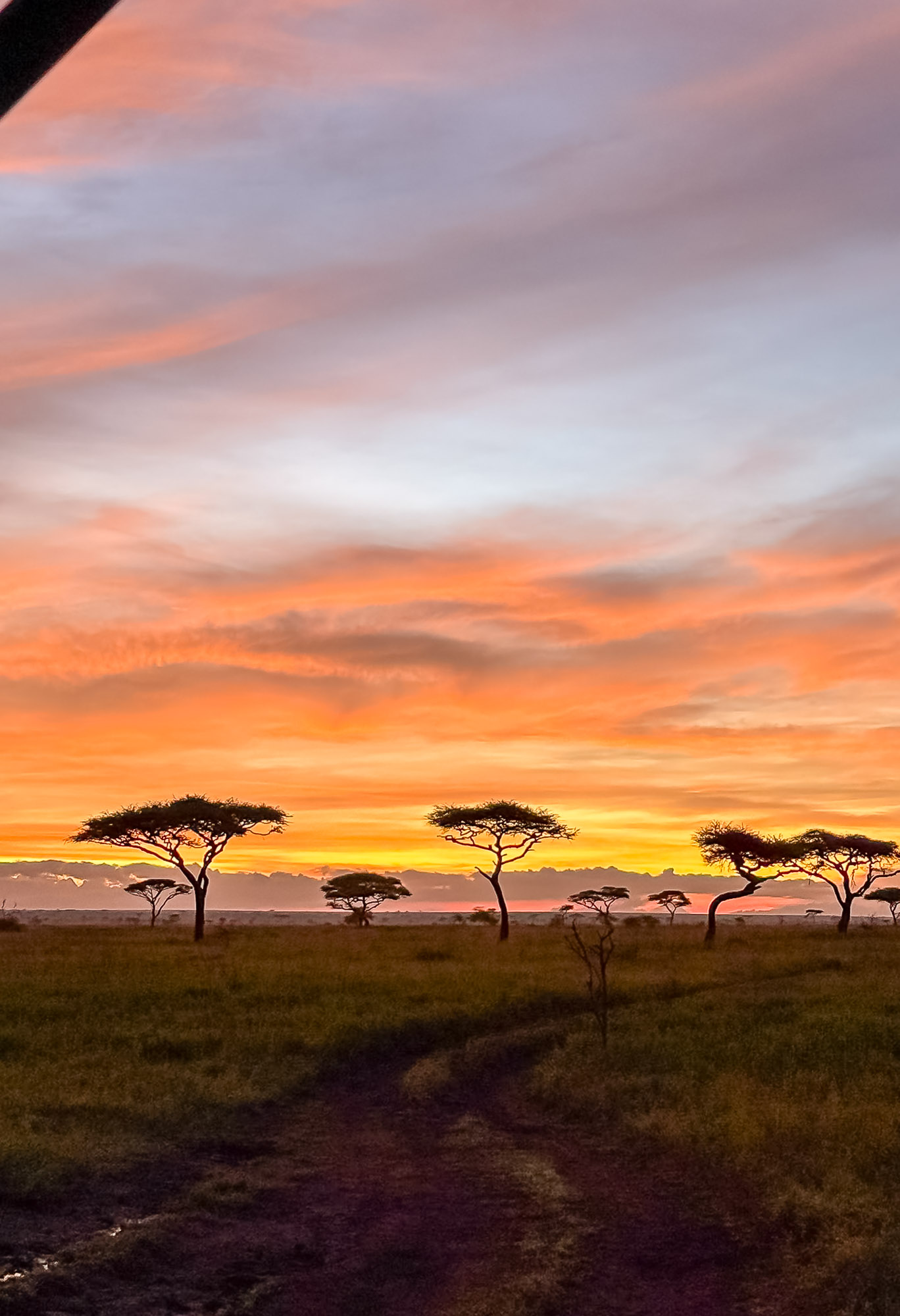

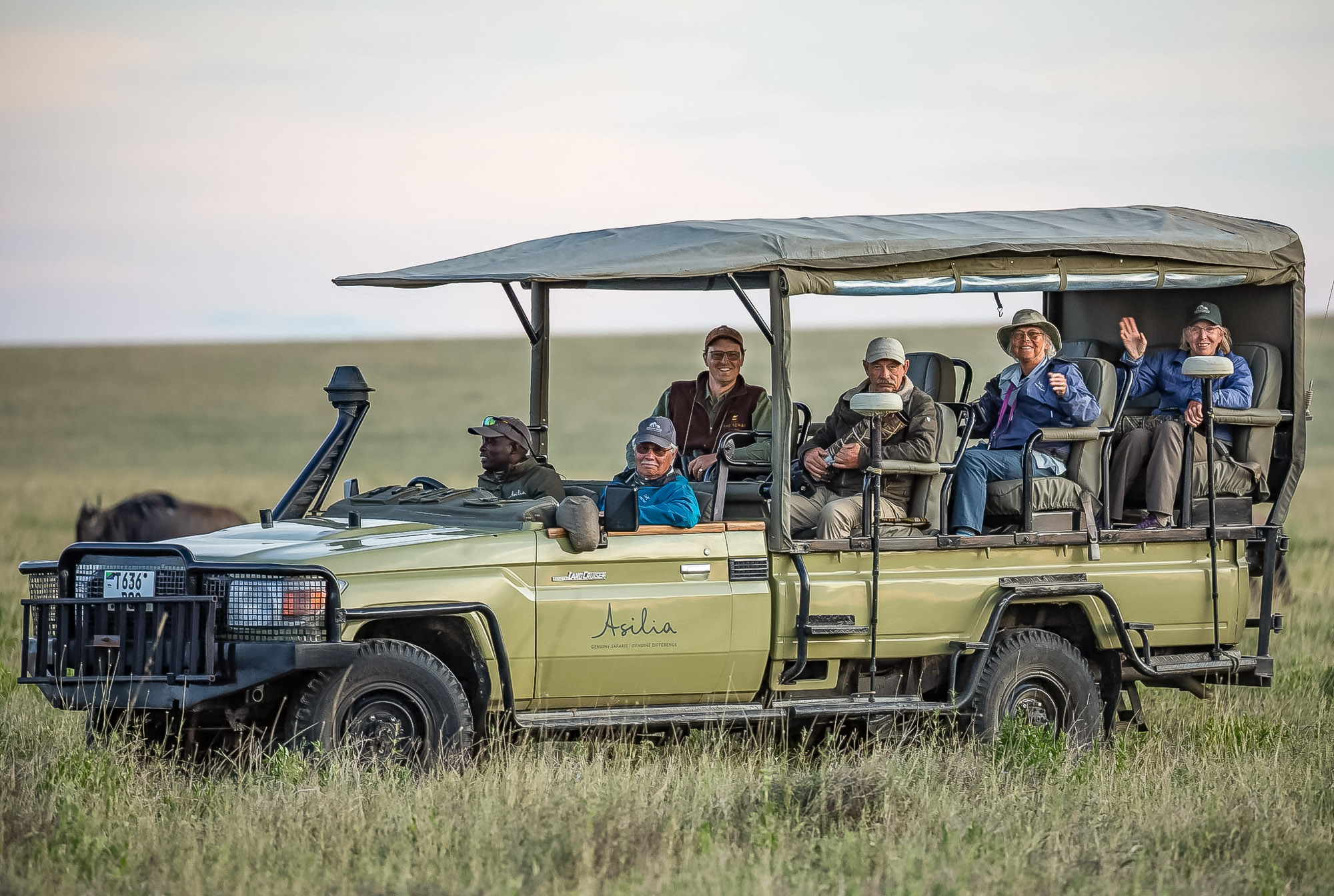
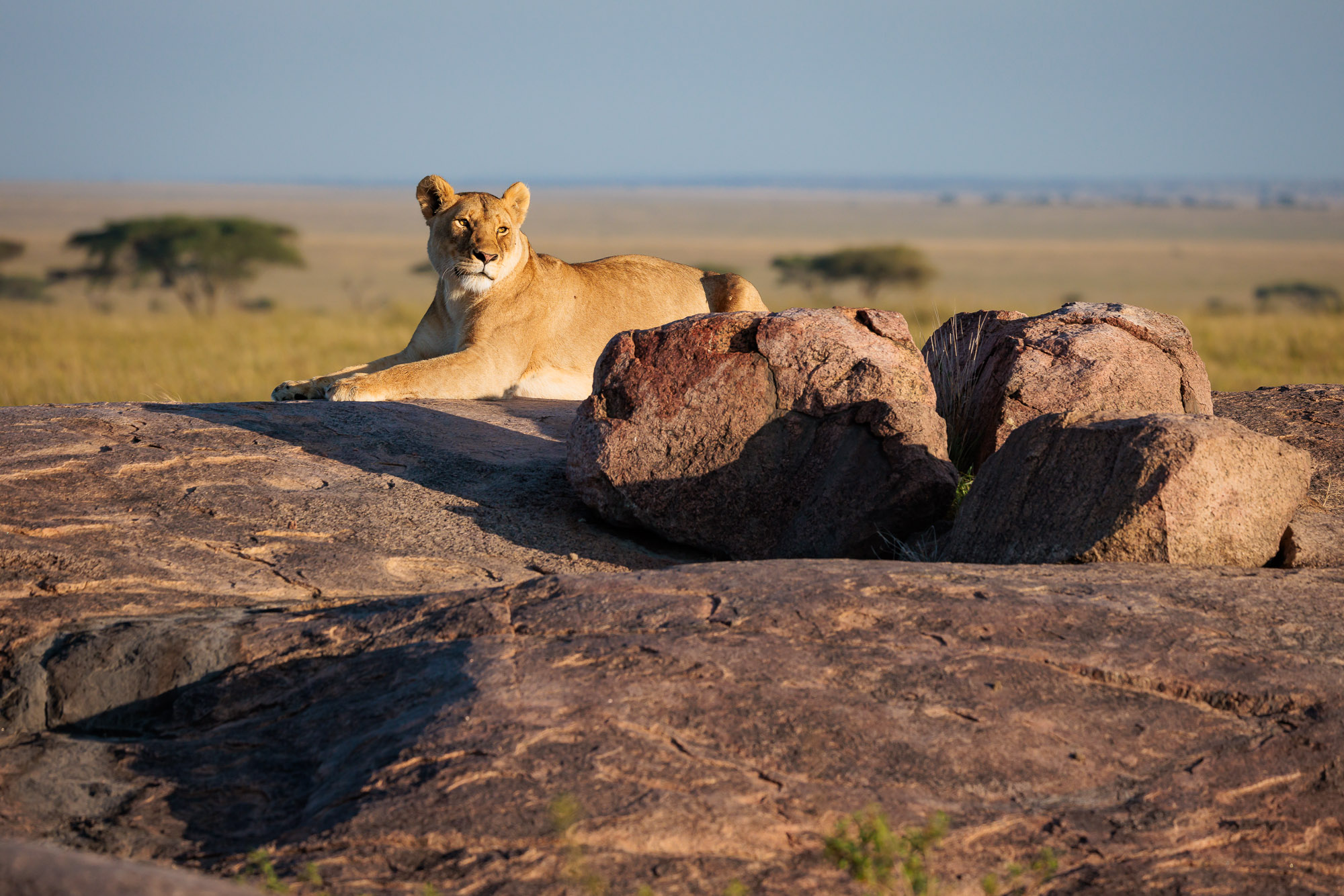
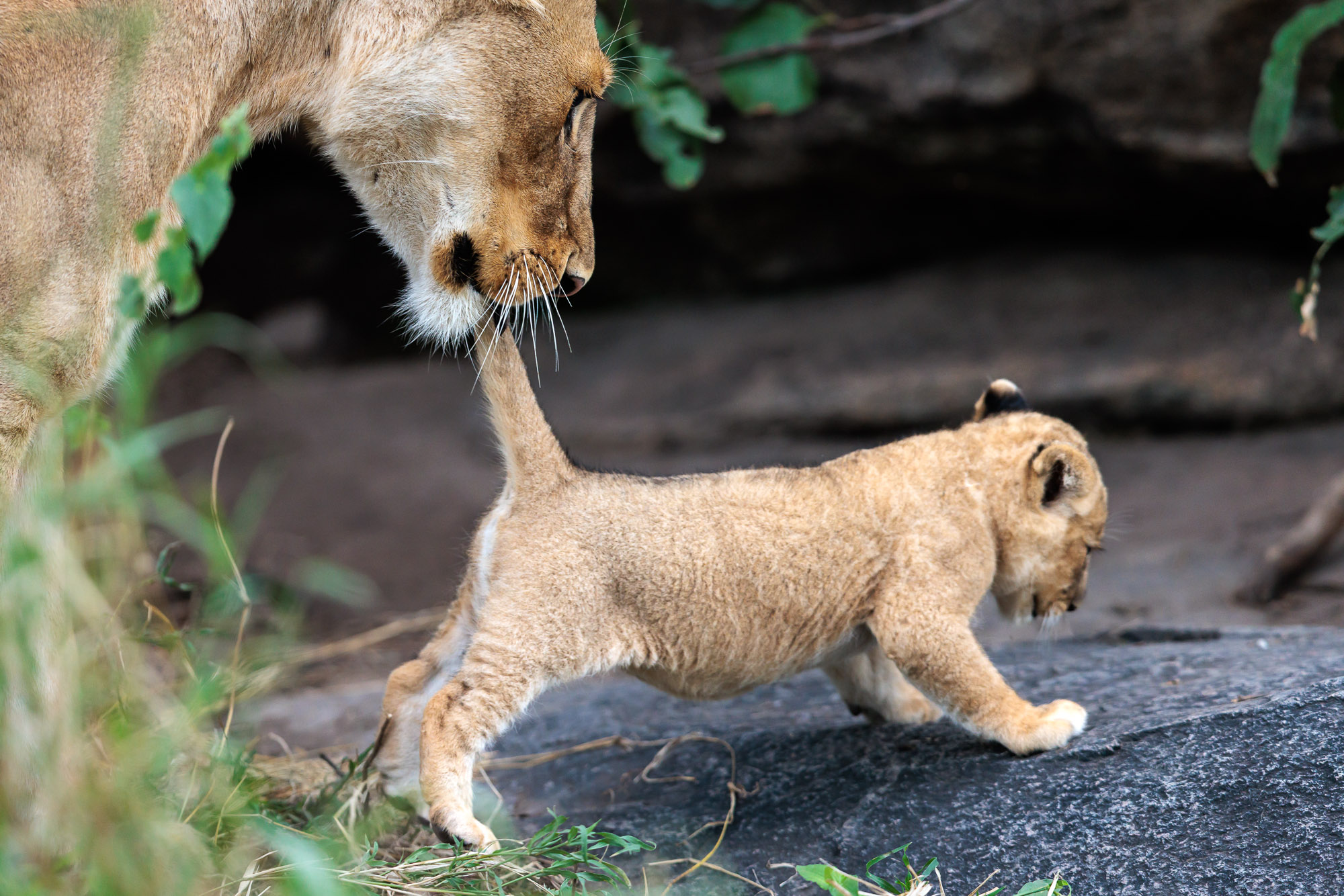
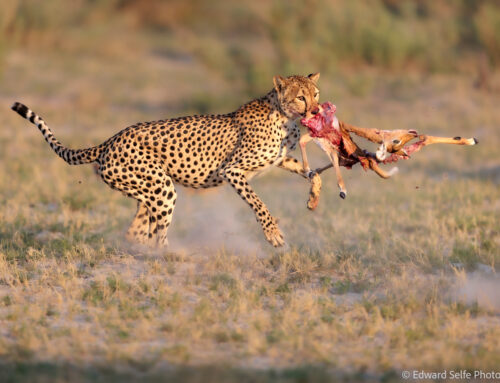
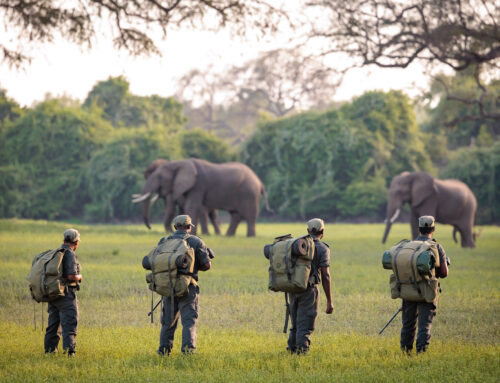

Leave A Comment